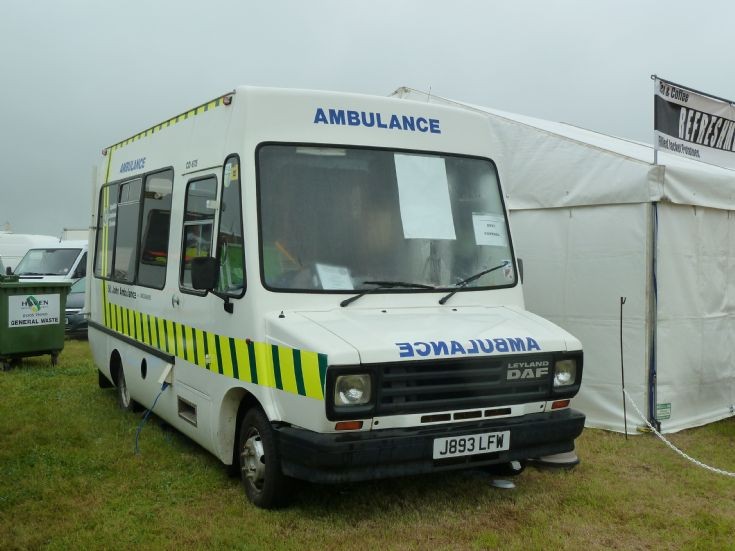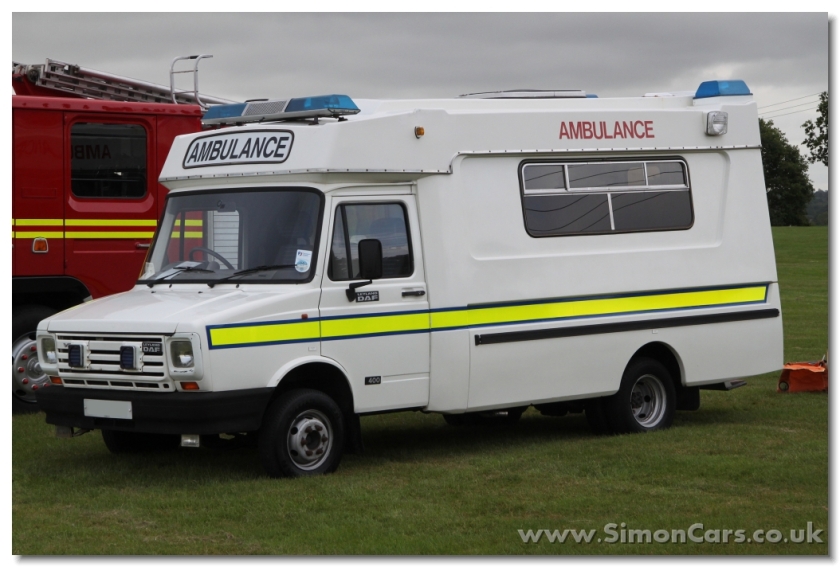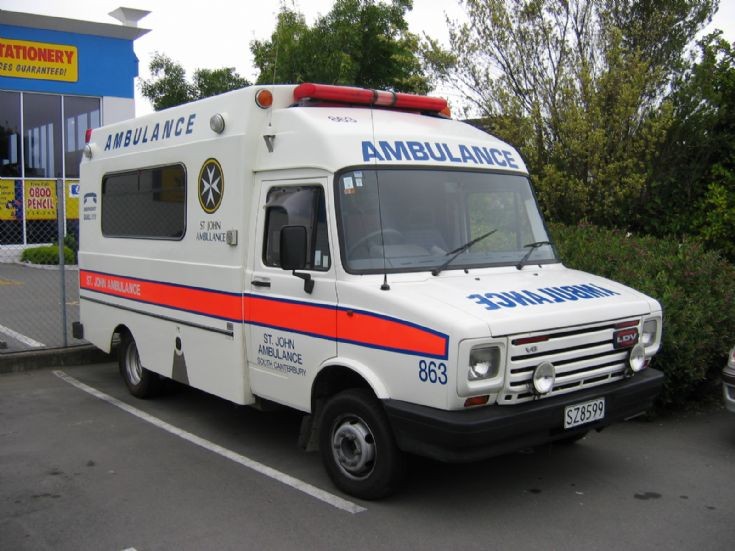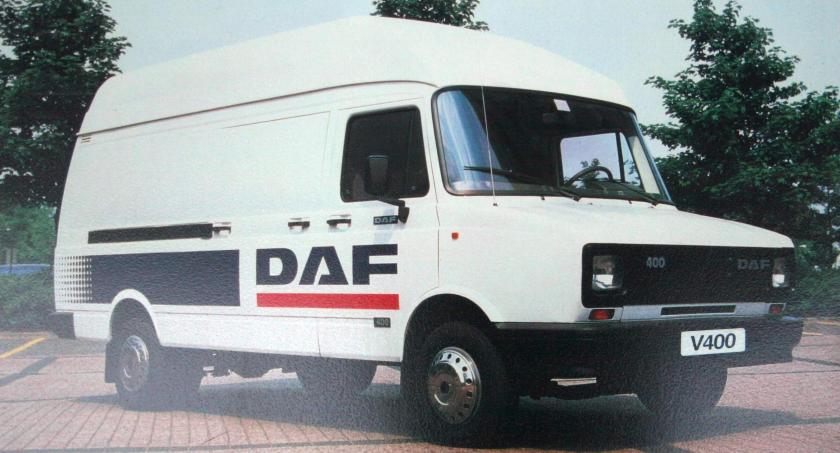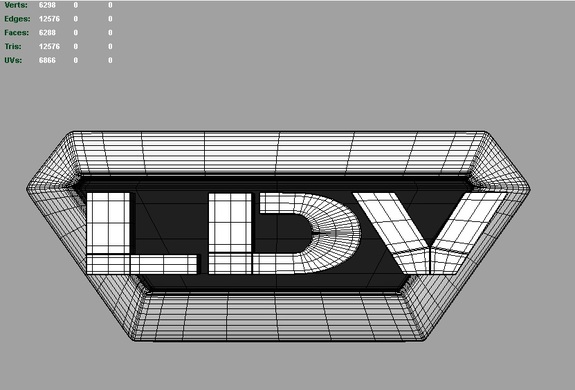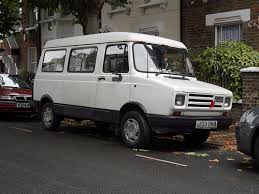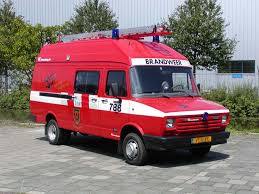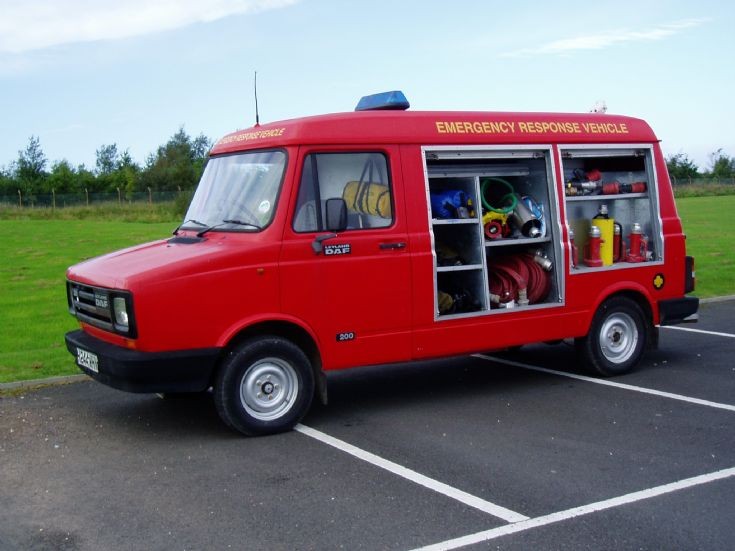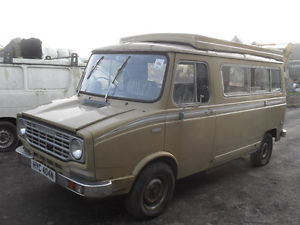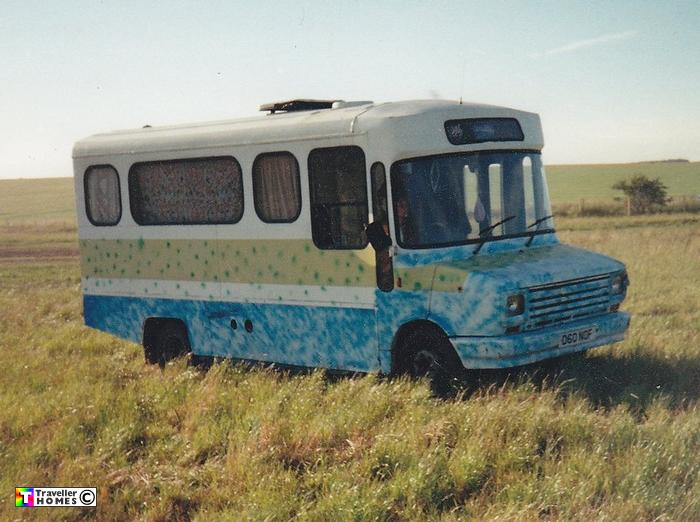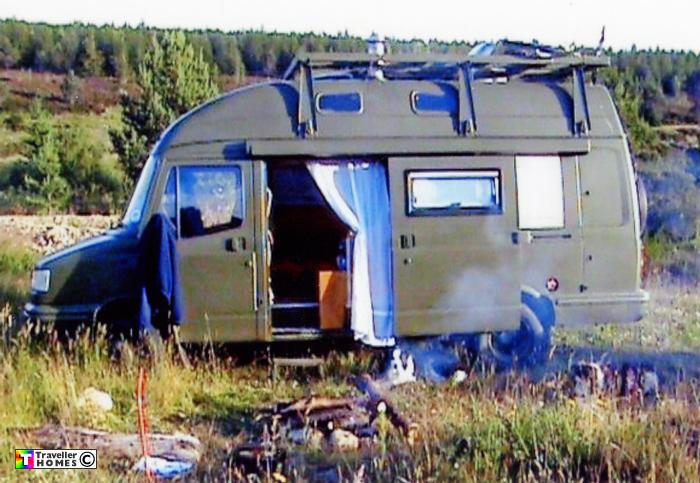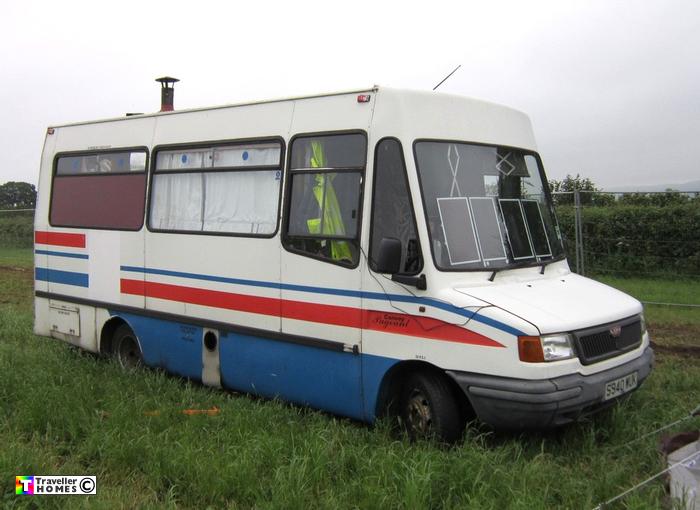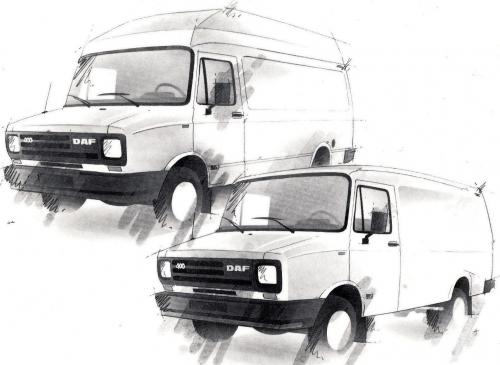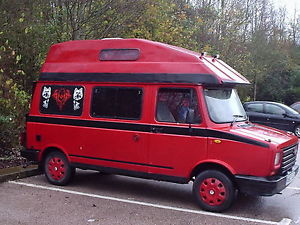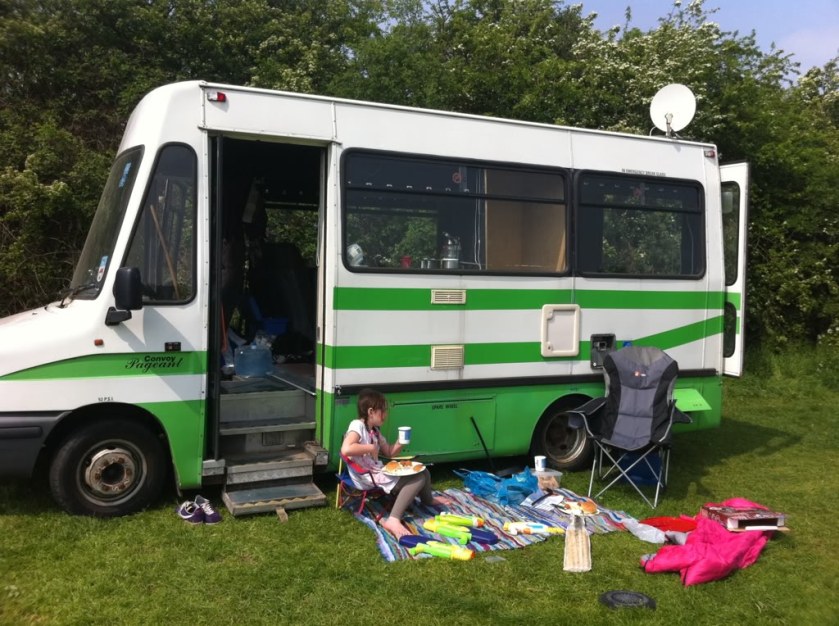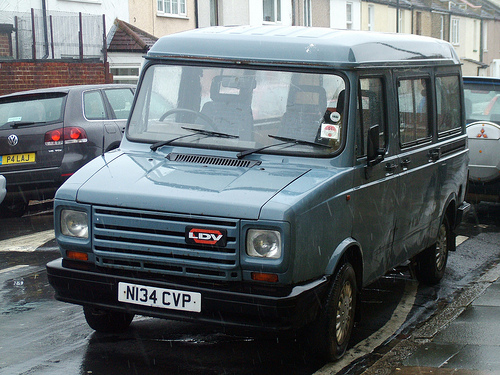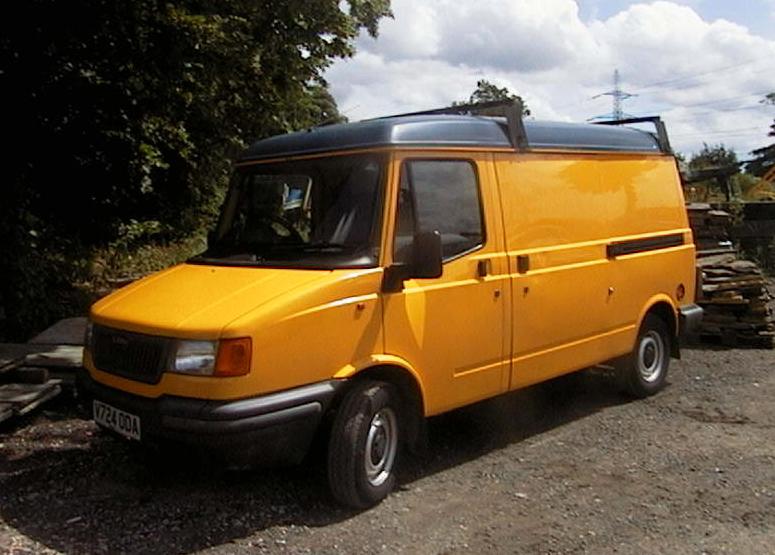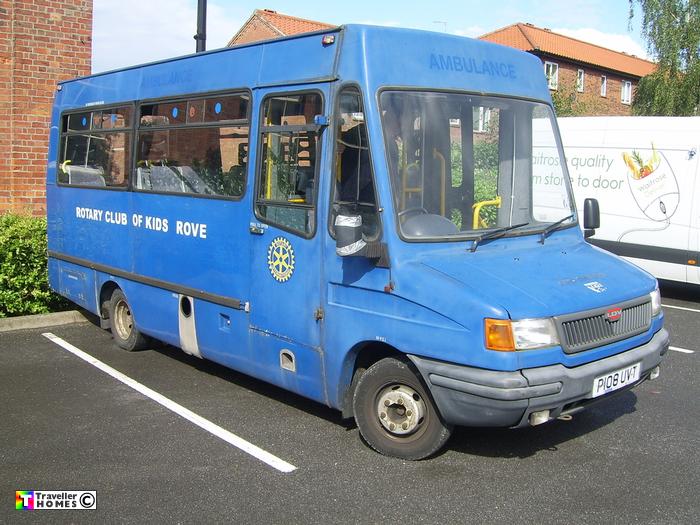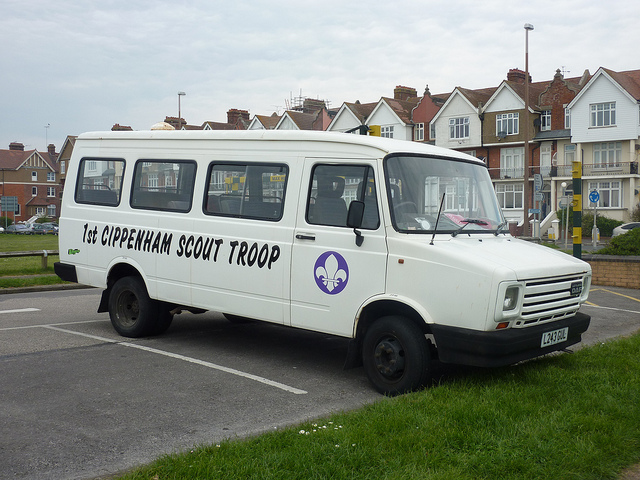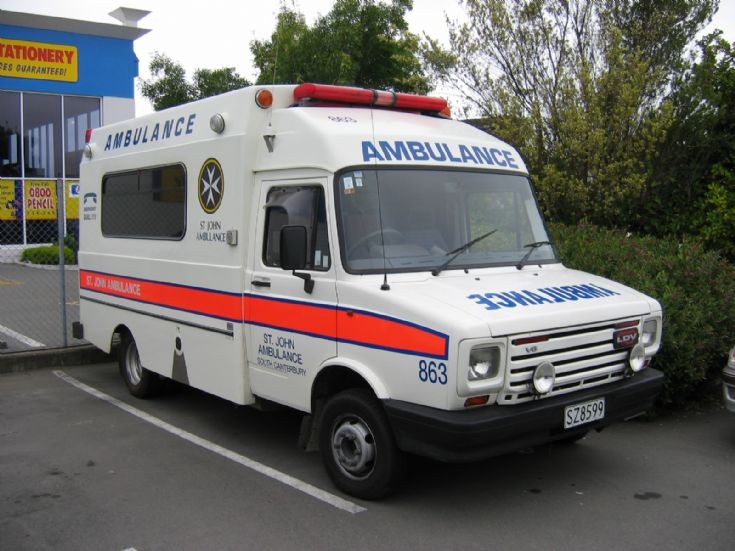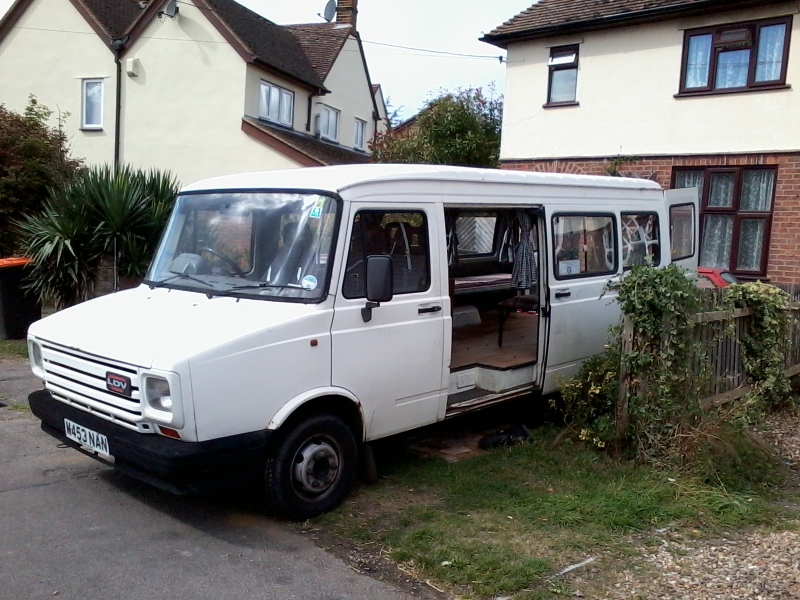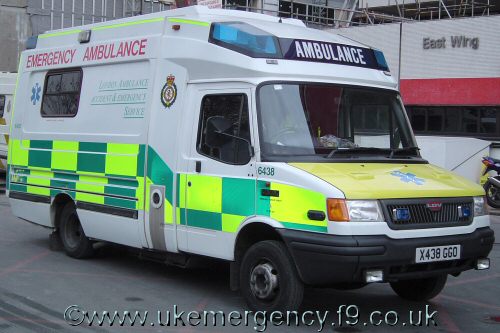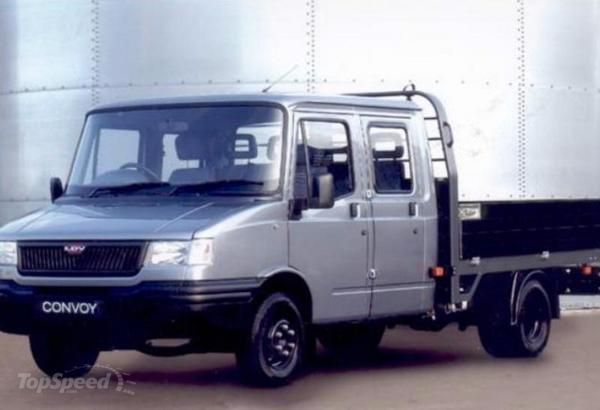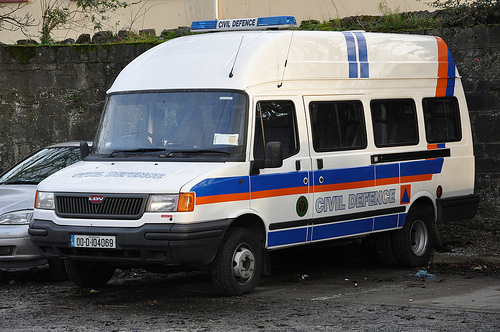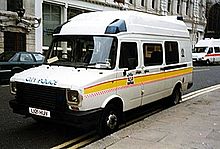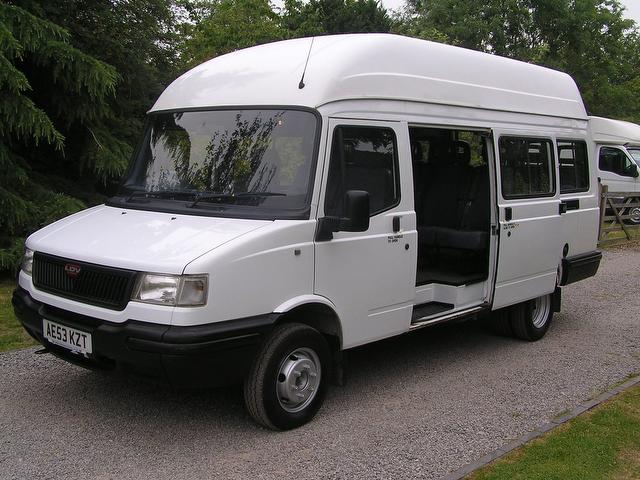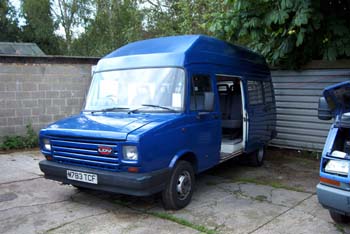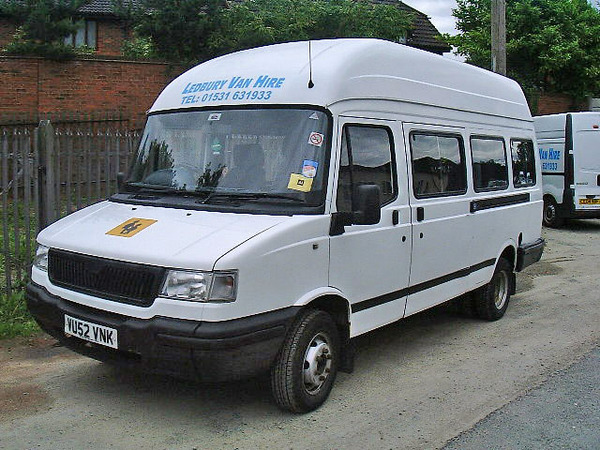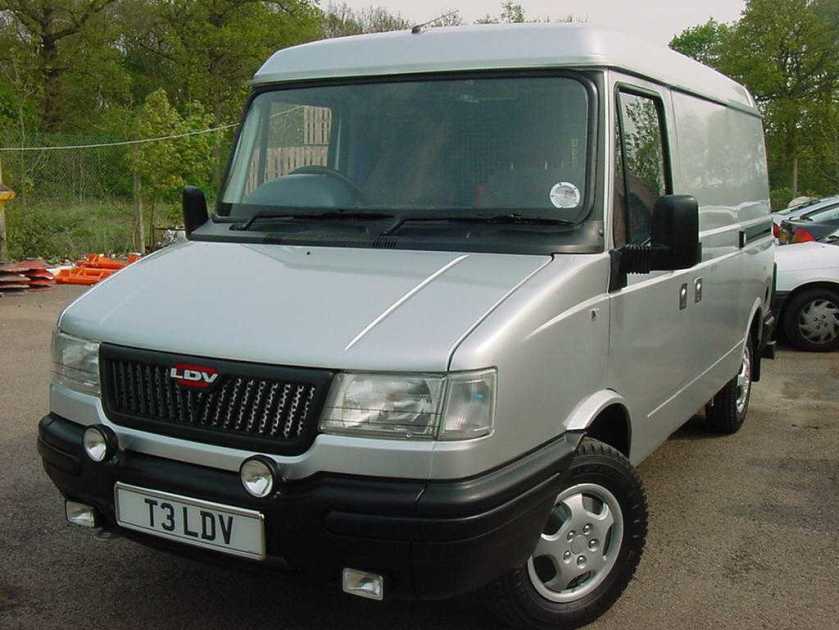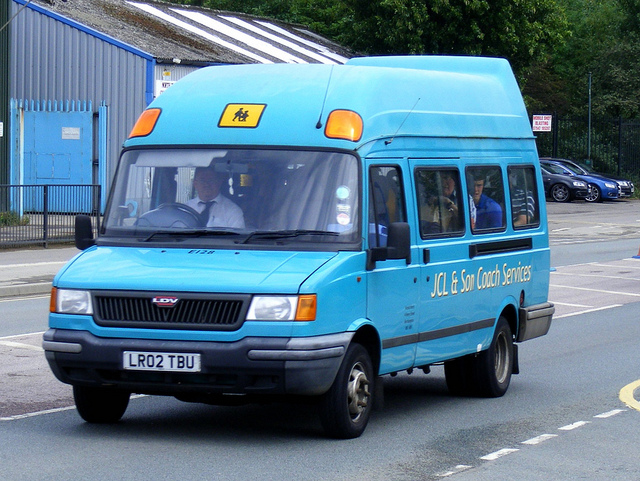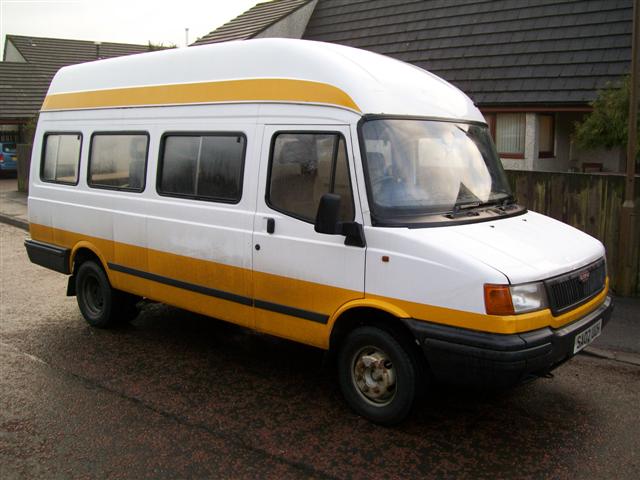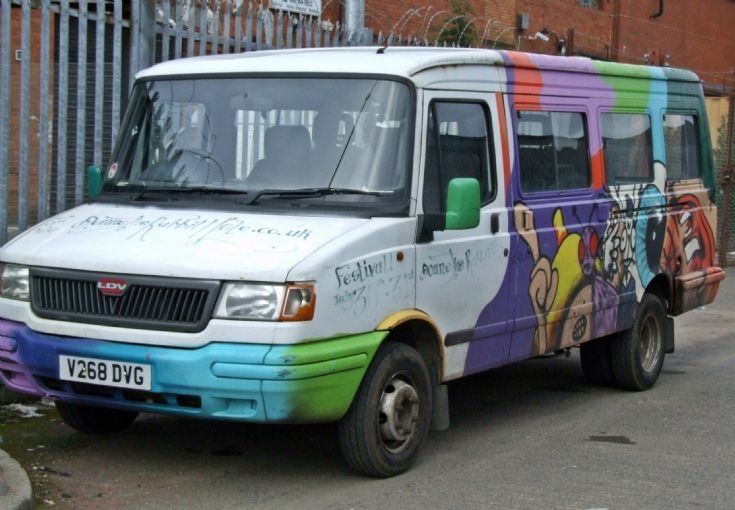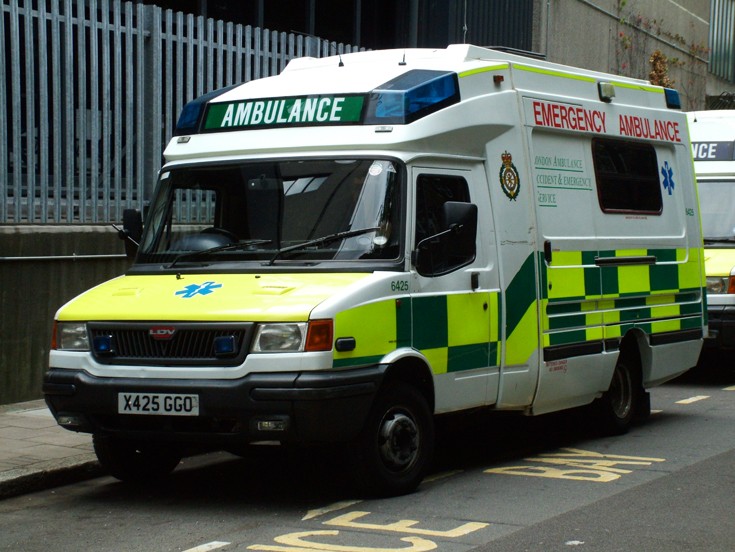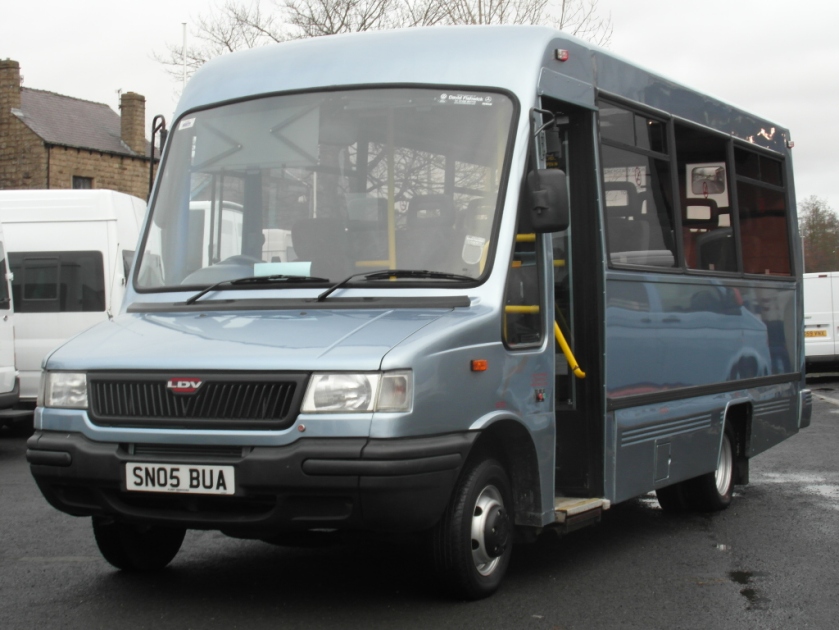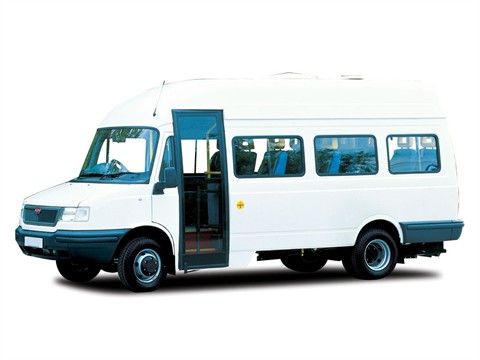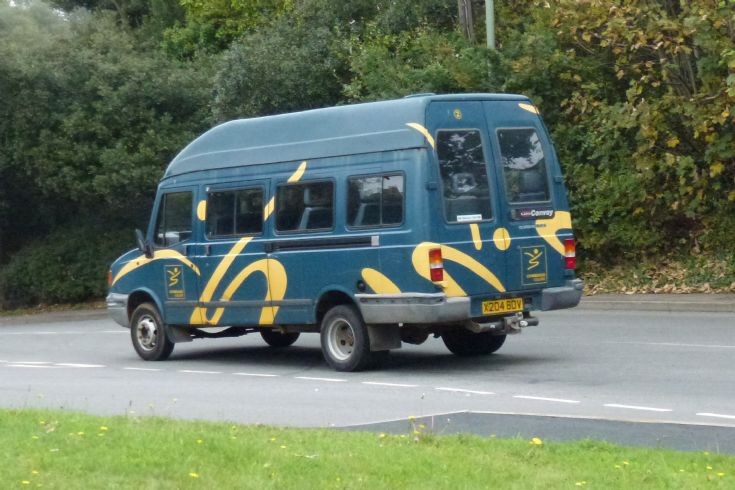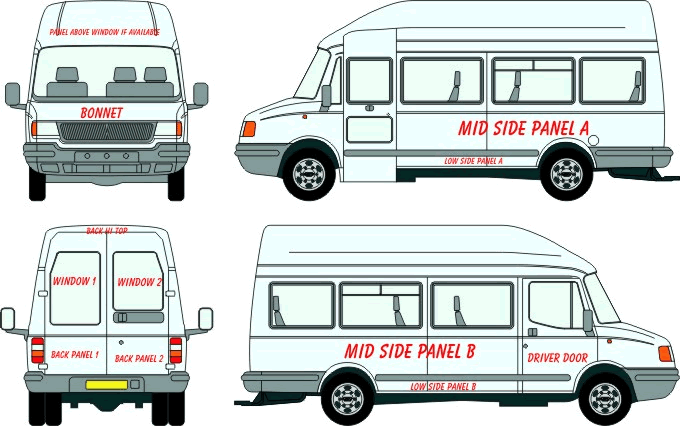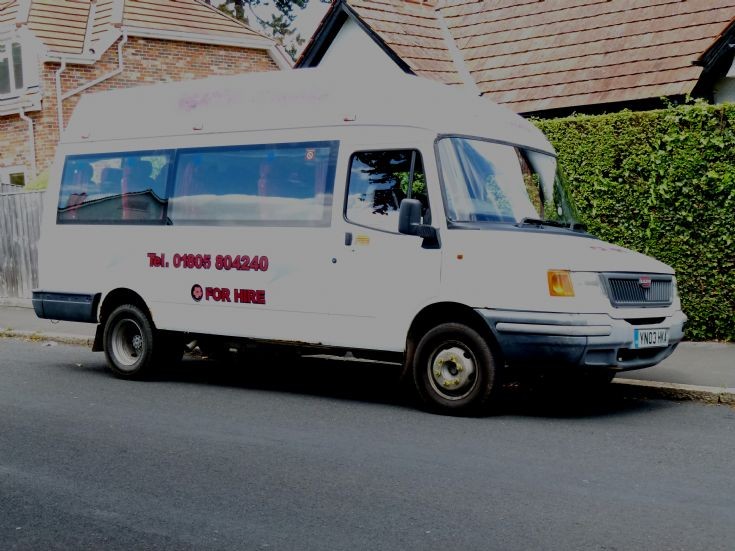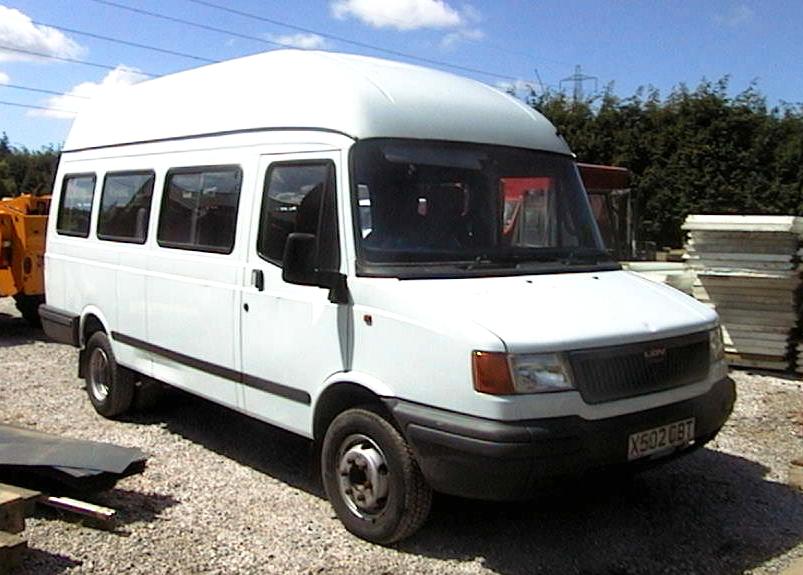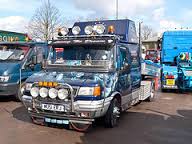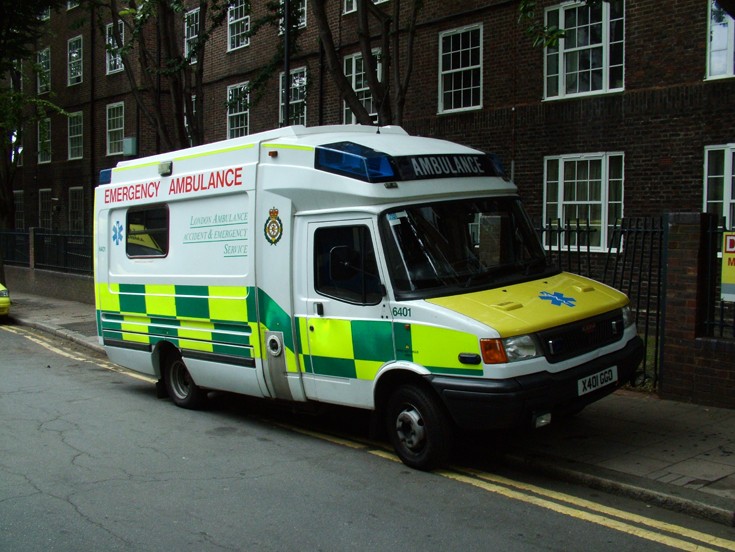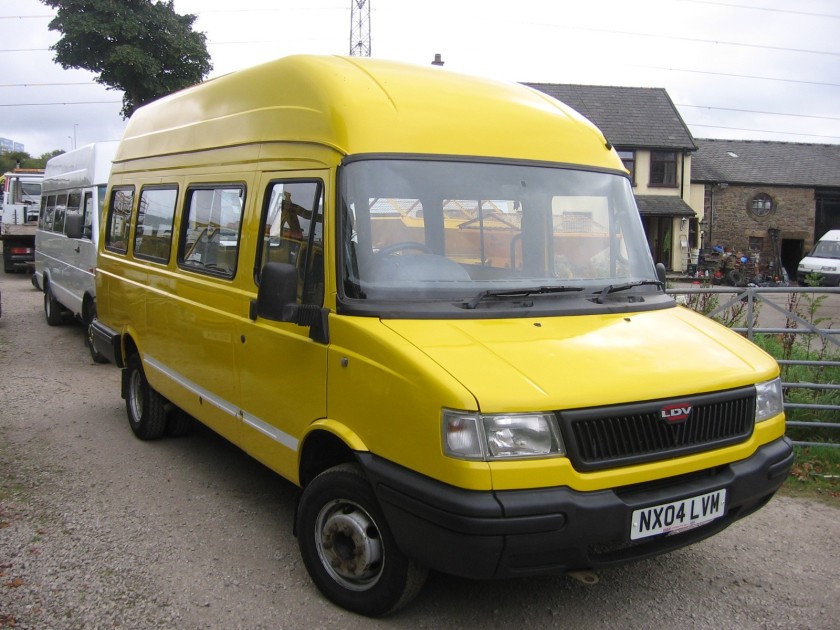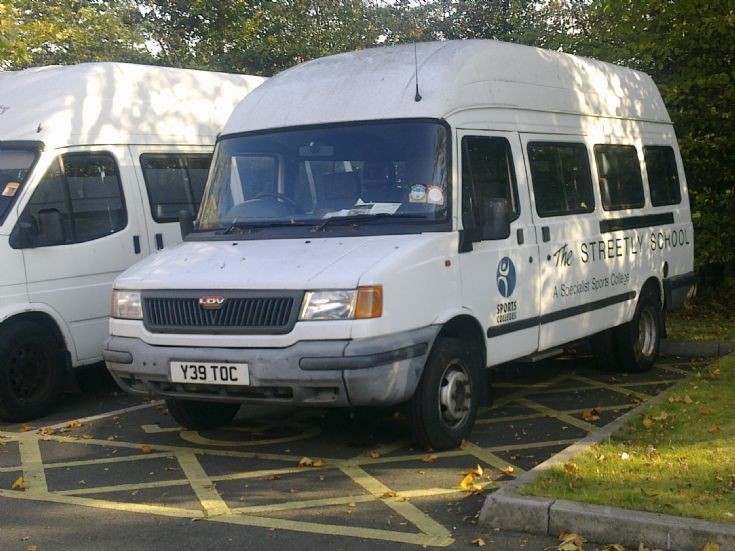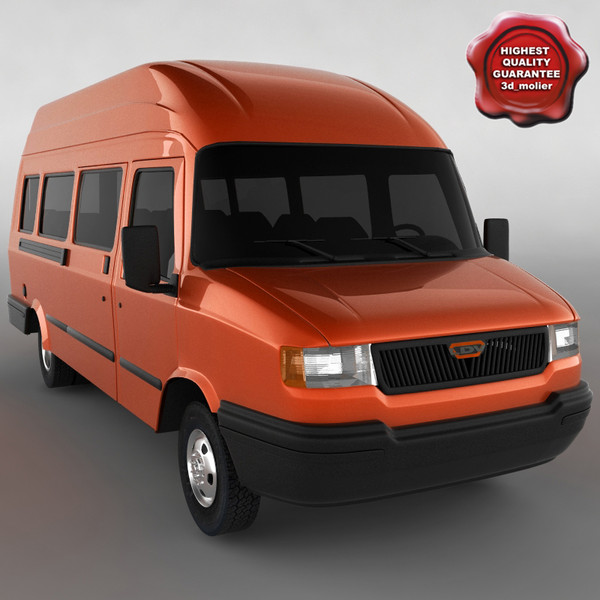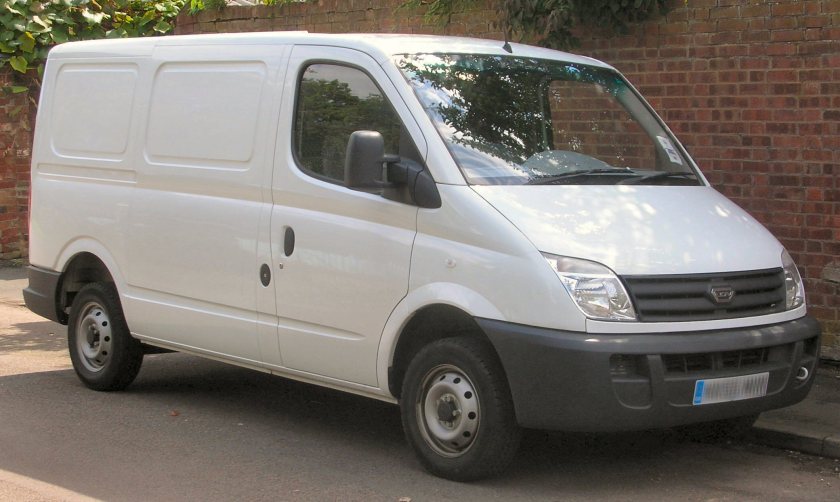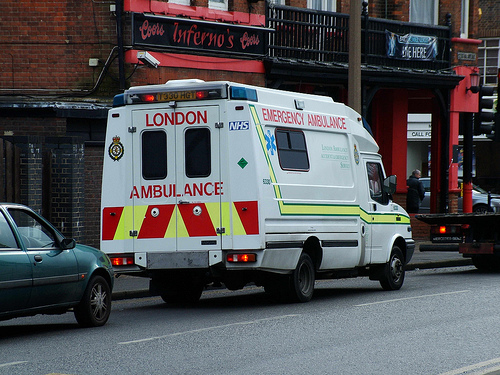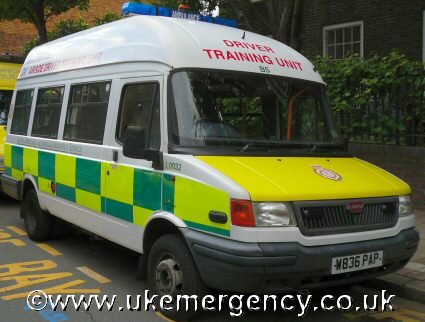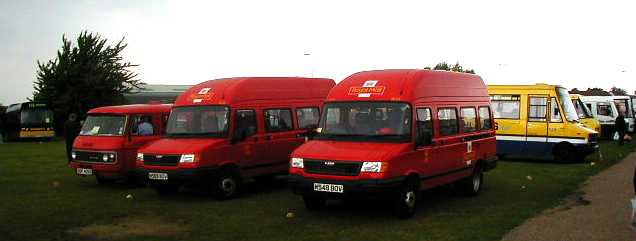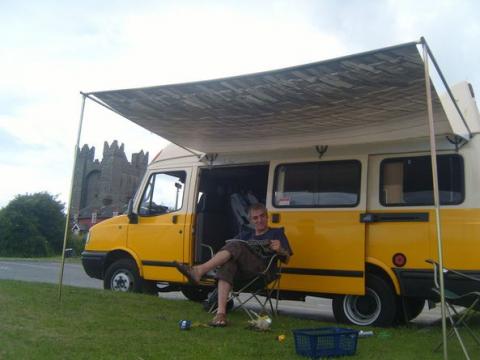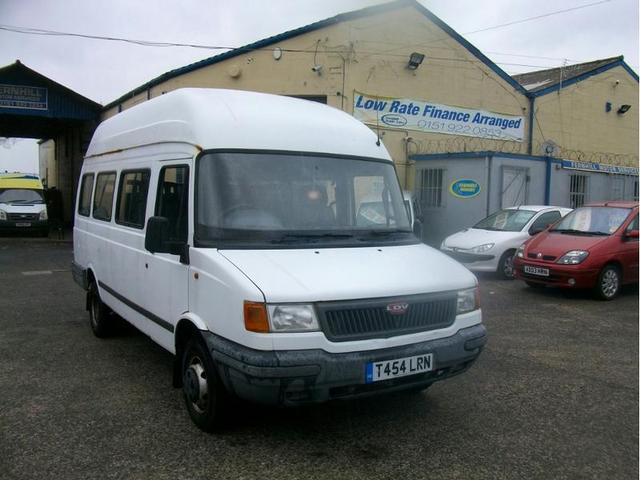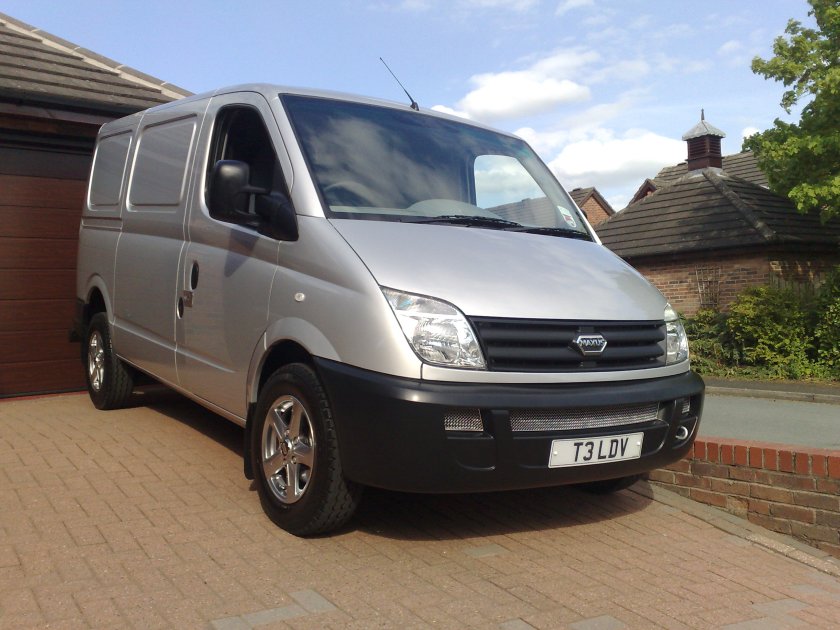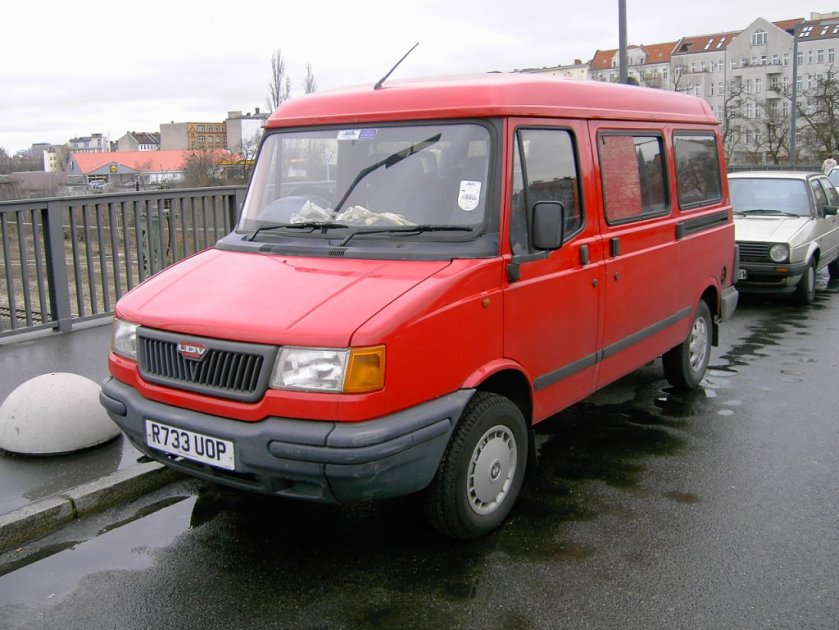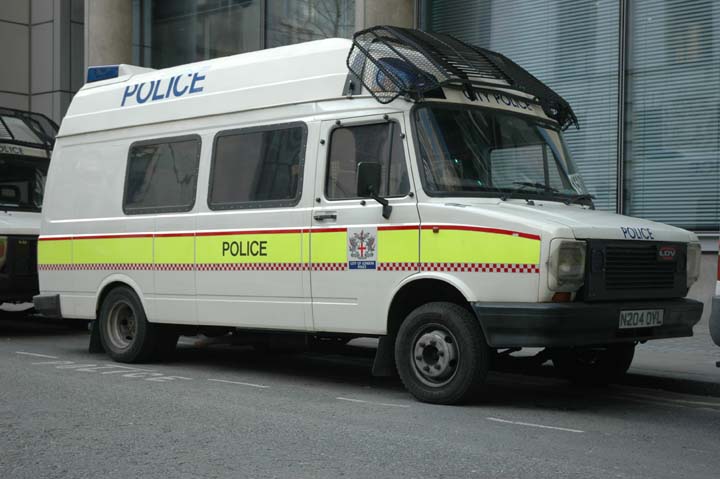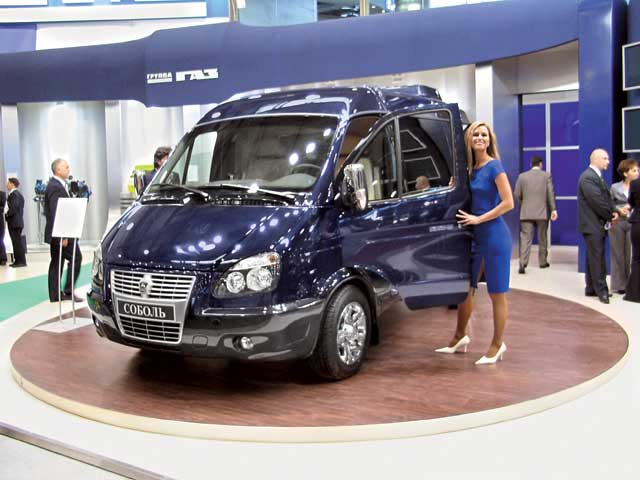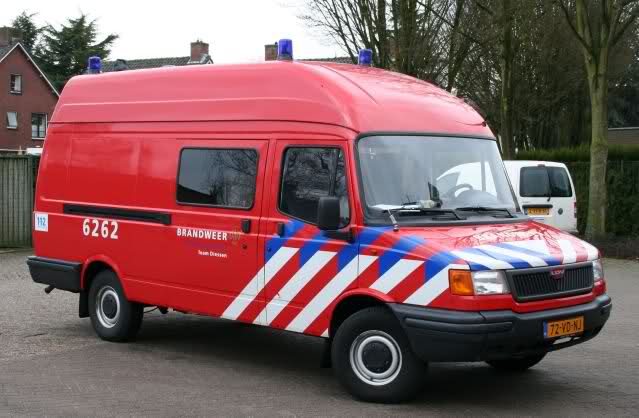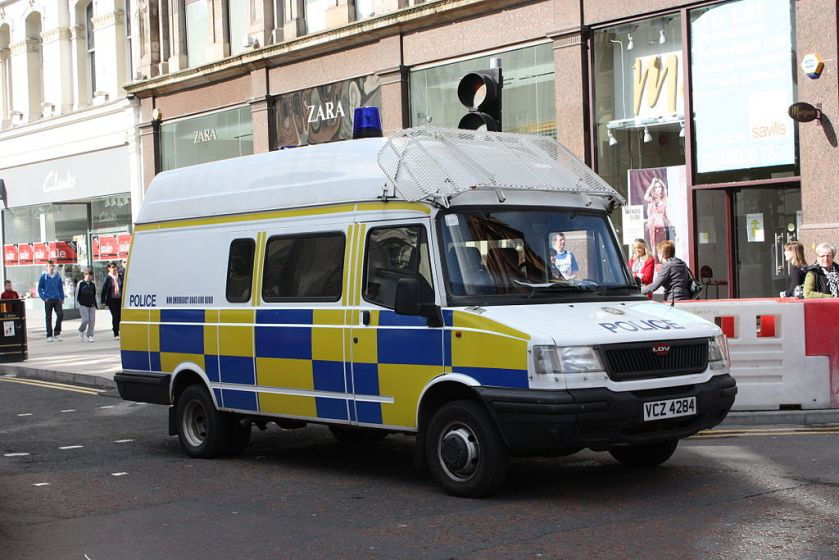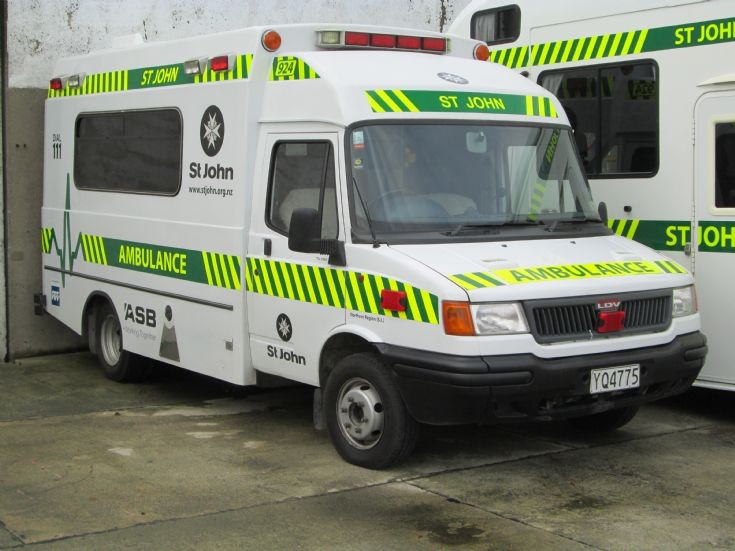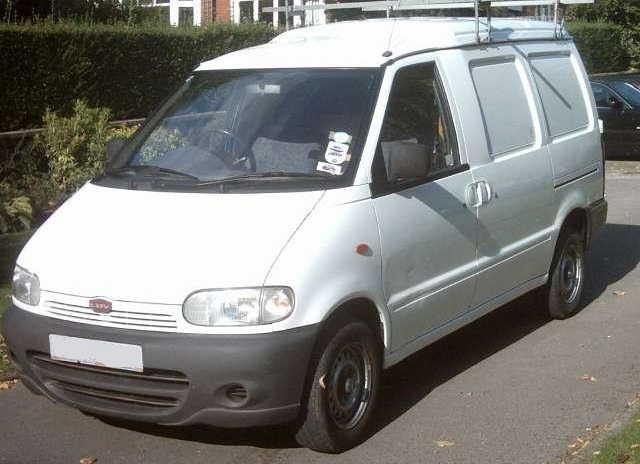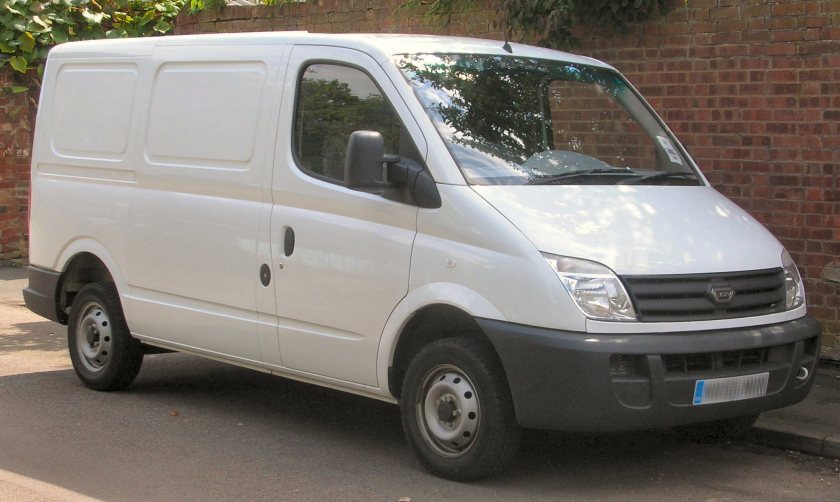MG Cars
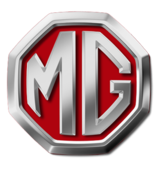 |
|
| Owner | MG Motor (since 2009) |
|---|---|
| Country | United Kingdom |
| Markets | Automotive |
| Previous owners | 1924–1935: William R Morris 1935–1952: Morris Motors Limited 1952–1967: British Motor Corporation 1967–1968: British Motor Holdings 1968–1986: British Leyland 1986–1988: Rover Group 1988–1994: British Aerospace 1994–2000: BMW 2000–2005: MG Rover Group 2006–2008: NAC MG |
| Website | www.mg.co.uk |
 |
|
| Industry | Automotive industry |
|---|---|
| Fate | Merged |
| Founded | 1924 |
| Founder | Cecil Kimber |
| Headquarters | Longbridge, Birmingham (Previously Abingdon, Oxfordshire) |
| Products | MG Automobiles |
| Website | mgcars.com |
MG is a British automotive marque registered by the now defunct MG Car Company Limited, a British sports car manufacturer begun in the 1920s as a sales promotion sideline within W R Morris’s Oxford city retail sales and service business by the business’s manager, Cecil Kimber. Best known for its two-seat open sports cars, MG also produced saloons and coupés. Kimber was an employee of William Morris; MG are the initials for Morris Garages.
The MG business was Morris’s personal property until 1 July 1935 when he sold MG to his holding company, Morris Motors Limited, restructuring his holdings before issuing (preference) shares in Morris Motors to the public in 1936. MG underwent many changes in ownership starting with Morris merging with Austin in The British Motor Corporation Limited in 1952. MG became the MG Division of BMC in 1967 and so a component of the 1968 merger that created British Leyland Motor Corporation. By the start of 2000 MG was part of the MG Rover Group which entered receivership in 2005 and the assets and the MG brand were purchased by Nanjing Automobile Group (which merged into SAIC in 2008) for GB£53 million. Production restarted in 2007 in China, and later at Longbridge plant in the UK under the current manufacturer MG Motor. The first all-new model from MG in the UK for 16 years, the MG 6, was officially launched on 26 June 2011.
Overview
The original MG marque was in continuous use, except for the duration of the Second World War, for 56 years following its inception in 1923. The production of predominantly two-seater sports cars was concentrated at a factory in Abingdon, some 10 miles (16 km) south of Oxford. The British Motor Corporation (BMC) competition department was also based at the Abingdon plant, producing many winning rally and race cars, until the Abingdon factory closed and MGB production ceased in the Autumn of 1980.
Between 1982 and 1991, the MG marque used to badge-engineer sportier versions of Austin Rover’sMetro, Maestro, and Montego ranges. The MG marque was not revived in its own right until 1992, with the MG RV8 – an updated MGB Roadster with a Rover V8 engine, which was previewed at the 1992 Birmingham Motor Show, with low-volume production commencing in 1993.
A second revival came in the summer of 1995, when the high-volume MG F two-seater roadster was launched.
The MG marque, along with the Rover marque, went to the MG Rover group in May 2000, when BMW “broke up” the Rover Group. This arrangement had the return of MG badges on sportier Rover-based cars such as the MG ZT in 2001, along with a revised MG F model, known as the MG TF, launched in 2002; however, all production ceased in April 2005 when MG Rover went into administration.
The assets of MG Rover were bought by Chinese carmaker Nanjing Automobile in July 2005, subsequently bought by SAIC in December 2007, which now operate a UK subsidiary, MG Motor.
History
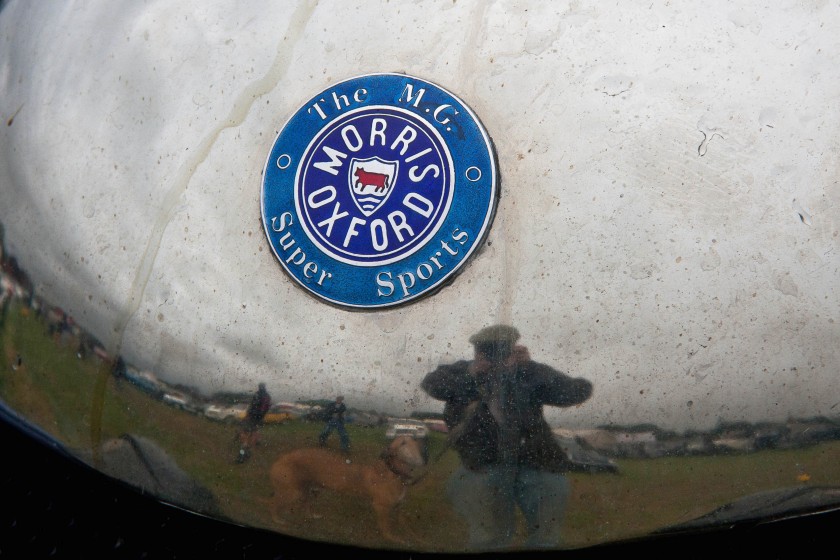 The company’s name supposedly originated from the initials of Morris Garages, W R Morris’s (Lord Nuffield’s) original retail sales and service business in Longwall Street, Oxford, when the business’s manager, Cecil Kimber, began promoting sales by producing his own versions. Kimber had joined the company as its sales manager in 1921. He was promoted to general manager in 1922, a position he held until 1941, when he fell out with Lord Nuffield over procuring wartime work. Kimber died in 1945 in a railway accident. The site of the garages was redeveloped in 1980, retaining the original frontage, and is now used as student accommodation by New College.
The company’s name supposedly originated from the initials of Morris Garages, W R Morris’s (Lord Nuffield’s) original retail sales and service business in Longwall Street, Oxford, when the business’s manager, Cecil Kimber, began promoting sales by producing his own versions. Kimber had joined the company as its sales manager in 1921. He was promoted to general manager in 1922, a position he held until 1941, when he fell out with Lord Nuffield over procuring wartime work. Kimber died in 1945 in a railway accident. The site of the garages was redeveloped in 1980, retaining the original frontage, and is now used as student accommodation by New College.
Debate remains as to when the MG Car Company started, although the first cars bore both Morris and MG badges, in addition to reference to MG with the octagon badge appears in an Oxford newspaper from November 1923, the MG Octagon was registered as a trademark by Morris Garages on the 1 May 1924, with its 90th anniversary being widely celebrated in 2014. Others dispute this and believe that MG only properly began trading in 1925. The explanation may lie in the distinction between the MG business and the company of that name which may have come to own it later.
The first cars which were rebodied Morris models used coachwork from Carbodies of Coventry and were built in premises in Alfred Lane, Oxford. Demand soon caused a move to larger premises in Bainton Road in September 1925, sharing space with the Morris radiator works. Continuing expansion meant another move in 1927 to a separate factory in Edmund Road, Cowley, Oxford, near the main Morris factory and for the first time it was possible to include a production line. In 1928, the company had become large enough to warrant an identity separate from the original Morris Garages and the M.G. Car Company Limited was established in March of that year, and in October for the first time a stand was taken at the London Motor Show. Space again soon ran out and a search for a permanent home led to the lease of part an old leather factory in Abingdon, Oxfordshire in 1929, gradually taking over more space until production ended there in 1980. The MG Car Club was founded in 1930 for owners and enthusiasts of MG cars.
Nuffield Organisation
Originally owned personally by William Morris, MG was sold in 1935 to Morris Motors (itself a member of the Morris Organizations later called the Nuffield Organisation), a change that was to have serious consequences for MG, particularly its motor-sport activities.
BMC
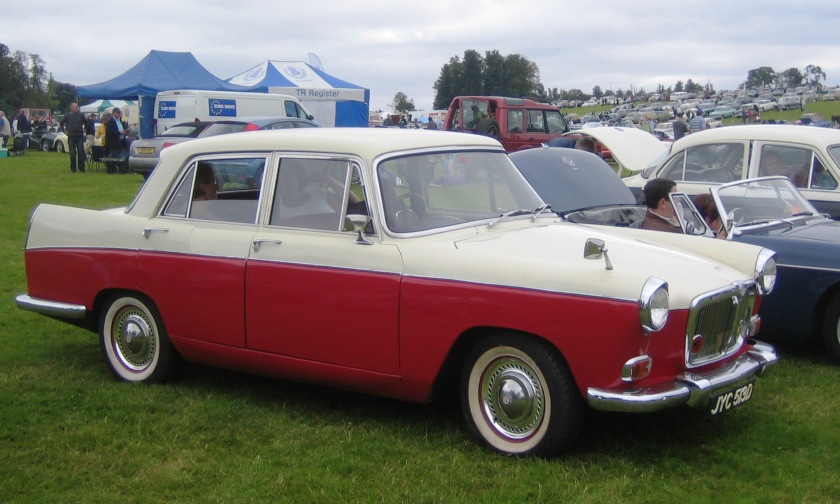 1966 MG Magnette Mark IV, a typical badge-engineered BMC saloon car
1966 MG Magnette Mark IV, a typical badge-engineered BMC saloon car
MG was absorbed with Morris into The British Motor Corporation Limited, created in 1952 to merge Morris Motors Limited and The Austin Motor Company Limited. Long-time service manager John Thornley took over as general manager, guiding the company through its best years until his retirement in 1969. Under BMC, several MG models were no more than badge-engineered versions of other marques, with the main exception being the small MG sports cars. BMC took over Jaguar Cars in September 1966 and that December BMC changed its name to British Motor Holdings. BMH joined with Leyland Motor Corporation in 1968 to form British Leyland Motor Corporation (BLMC).
BL
Following partial nationalisation in 1975, BLMC became British Leyland (later just BL). British Leyland’s management and engineering staff were predominantly from the former Leyland organization, which included MG’s historical close rival Triumph. Triumph was grouped into BL’s Specialist Division, alongside Rover and Jaguar, while MG was retained with the other former BMC marques in the Austin-Morris Division which otherwise made mass-production family cars. While new Triumph models such as the TR7 and the Dolomite were launched during the ‘Seventies no new MG models were introduced apart from the limited-production V8 version of the MGB. While the MG operations was profitable these profits were entirely offset by the huge losses accrued by the rest of the Austin-Morris division and any funding to the Division within BL was allocated to urgently required mass market models, leaving MG with limited resources to develop and maintain its existing model range, which became increasingly outdated. Amidst a mix of economic, internal and external politics, the Abingdon factory was shut down on 24 October 1980 as part of the drastic programme of cutbacks necessary to turn BL around after the turbulent times of the 1970s. The last car to be built there was the MGB, and after the closure of the Abingdon plant, the MG marque was temporarily abandoned.
Though many plants were closed, none created such an uproar among workers, dealers, clubs, and customers as this closure did. Years later, Sir Michael Edwardes expressed regret about his decision.
In 1982, the marque was revived and the Austin Rover Group built high-performance versions of their saloon and hatchback models built at Longbridge (Metro) or Cowley (Maestro and Montego). The MG Metro continued until 1990, with the Maestro and Montego versions being suspended a year later.
BAe then BMW
After BL became the Rover Group in 1986, ownership of the MG marque passed to British Aerospace in 1988 and then in 1994 to BMW. The MG name was revived in 1993 with the launch of the MG RV8, followed by the mid-engined MG F in 1995.
MG Rover
BMW sold the business in 2000 and the MG marque passed to the MG Rover Group based in Longbridge, Birmingham. The practice of selling unique MG sports cars alongside badge-engineered models (by now Rovers) continued. The Group went into receivership in 2005 and car production was suspended on 7 April 2005. As of 2003, the site of the former Abingdon factory was host to McDonald’s and the Thames Valley Police with only the former office block still standing. The headquarters of the MG Car Club (established 1930) is situated next door.
In 2006, it was reported that an initiative called Project Kimber, led by David James, had entered talks with Nanjing to buy the MG brand to produce a range of sports cars based on the discontinued Smart Roadster design by DaimlerChrysler. No agreement was reached, which resulted in the AC Cars marque being adopted for the new model, instead. As of 2009, the project appears to be dormant.
MG Motor
On 22 July 2005, the Nanjing Automobile Group purchased the rights to the MG brand and the assets of the MG Rover Group (except the production line for the ZS model) for £53 million, creating a new company called NAC MG UK. This was later renamed MG Motor, after the merge of Nanjing Automobile with Shanghai Automobile Industry Corporation (SAIC). In 2011, MG launched a new model, the MG 6 in GT (hatchback) and Magnette (saloon) versions which became the first new-generation MG available in the UK since the MG TF. The MG range is now sold in China, Chile, Colombia, Brazil, Costa Rica, South Africa and the United Kingdom, availability of models depending on market.
The first all-new model from MG for 16 years, the MG 6, was officially launched on 26 June 2011 during a visit to MG Motor’s Longbridge plant by Chinese Premier Wen Jiabao.
By March 2012, SAIC had invested a total of £450 million in MG Motor. Sales in the UK totalled 782 vehicles in 2012. The new MG 3 went on sale in the United Kingdom in September 2013.
MG Motor was voted third place for the ‘Best Manufacturer’ category in the Auto Express 2014 Driver Power survey. MG celebrated its 90th birthday in 2014, and enjoyed further celebrations with a record-breaking year that had the company lead UK car-industry growth in 2014. The MG brand’s sales rose by 361% during 2014 thanks in part to the introduction of the MG 3 to the product range.
Car models
The earliest model, the 1924 MG 14/28 consisted of a new sporting body on a Morris Oxford chassis. This car model continued through several versions following the updates to the Morris. The first car which can be described as a new MG, rather than a modified Morris was the MG 18/80 of 1928 which had a purpose designed chassis and the first appearance of the traditional vertical MG grille. A smaller car was launched in 1929 with the first of a long line of Midgets starting with the M-Type based on a 1928 Morris Minor chassis. MG established a name for itself in the early days of the sport of international automobile racing. Beginning before and continuing after World War II, MG produced a line of cars known as the T-Series Midgets which, post-war, were exported worldwide, achieving greater success than expected. These included the MG TC, MG TD, and MG TF, all of which were based on the pre-war MG TB, and updated with each successive model.
MG departed from its earlier line of Y-Type saloons and pre-war designs and released the MGA in 1955. The MGB was released in 1962 to satisfy demand for a more modern and comfortable sports car. In 1965 the fixed head coupé (FHC) followed: the MGB GT. With continual updates, mostly to comply with increasingly stringent United States emissions and safety standards, the MGB was produced until 1980. Between 1967 and 1969 a short-lived model called the MGC was released. The MGC was based on the MGB body, but with a larger (and, unfortunately, heavier) six-cylinder engine, and somewhat worse handling. MG also began producing the MG Midget in 1961. The Midget was a re-badged and slightly restyled second-generation Austin-Healey Sprite. To the dismay of many enthusiasts, the 1974 MGB was the last model made with chrome bumpers due to new United States safety regulations; the 1974½ bore thick black rubber bumpers that some claimed ruined the lines of the car. In 1973, the MGB GT V8 was launched with the ex-BuickRover V8 engine and was built until 1976. As with the MGB, the Midget design was frequently modified until the Abingdon factory closed in October 1980 and the last of the range was made. The badge was also applied to versions of BMC saloons including the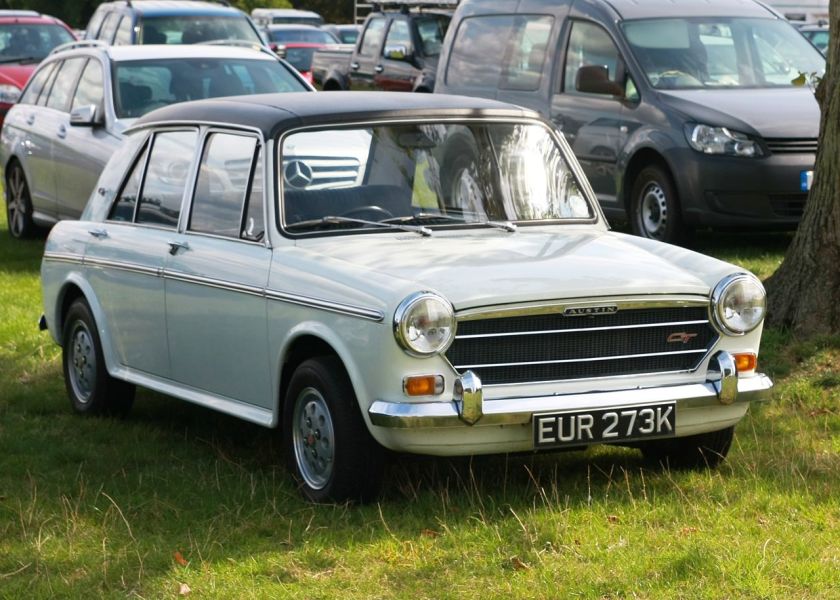 BMC ADO16, which was also available as a Riley, but with the MG pitched as slightly more “sporty”.
BMC ADO16, which was also available as a Riley, but with the MG pitched as slightly more “sporty”.
The marque lived on after 1980 under BL, being used on a number of Austin saloons including the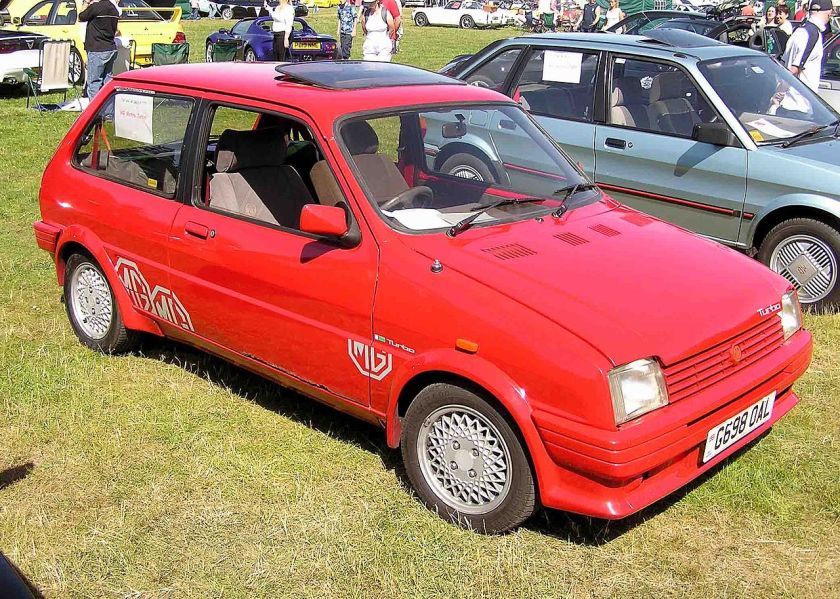 Metro,
Metro,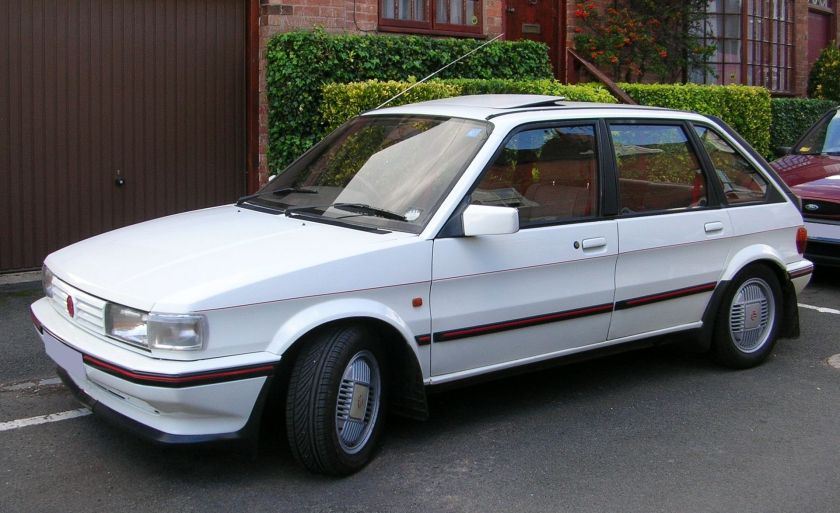 Maestro, and
Maestro, and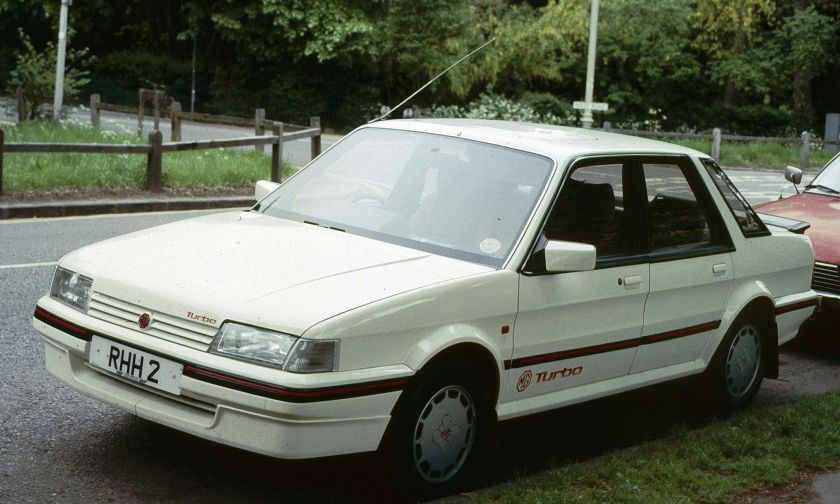 Montego. In New Zealand, the MG badge even appeared on the late 1980s Montego estate, called the MG 2.0 Si Wagon. There was a brief competitive history with a mid-engined, six-cylinder version of the Metro. The MG Metro finished production in 1990 on the launch of a Rover-only model. The MG Maestro and MG Montego remained on sale until 1991, when production of these models was pruned back in order for Rover to concentrate on the more modern 200 Series and 400 Series. High performance Rover Metro, 200 and 400 GTi models had gone on sale in late 1989 and throughout 1990 as the MG version of the Metro was discontinued in 1990 and the versions of the Maestro and Montego were axed in 1991.
Montego. In New Zealand, the MG badge even appeared on the late 1980s Montego estate, called the MG 2.0 Si Wagon. There was a brief competitive history with a mid-engined, six-cylinder version of the Metro. The MG Metro finished production in 1990 on the launch of a Rover-only model. The MG Maestro and MG Montego remained on sale until 1991, when production of these models was pruned back in order for Rover to concentrate on the more modern 200 Series and 400 Series. High performance Rover Metro, 200 and 400 GTi models had gone on sale in late 1989 and throughout 1990 as the MG version of the Metro was discontinued in 1990 and the versions of the Maestro and Montego were axed in 1991.
The Rover Group revived the two-seater with the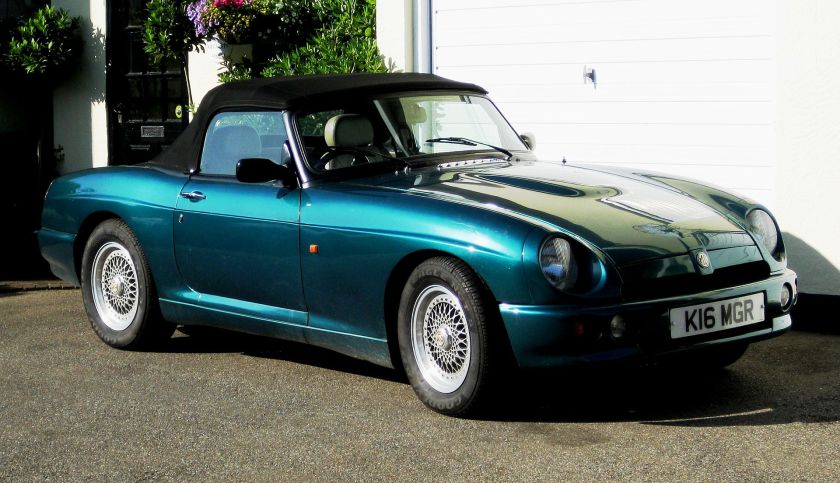 MG RV8 in 1992. The all-new MGF went on sale in 1995, becoming the first mass-produced “real” MG sports car since the MGB ceased production in 1980.
MG RV8 in 1992. The all-new MGF went on sale in 1995, becoming the first mass-produced “real” MG sports car since the MGB ceased production in 1980.
Following the May 2000 purchase of the MG and Rover brands by the Phoenix Consortium and the forming of the new MG Rover Group, the MG range was expanded in the summer of 2001 with the introduction of three sports models based on the contemporary range of Rover cars. The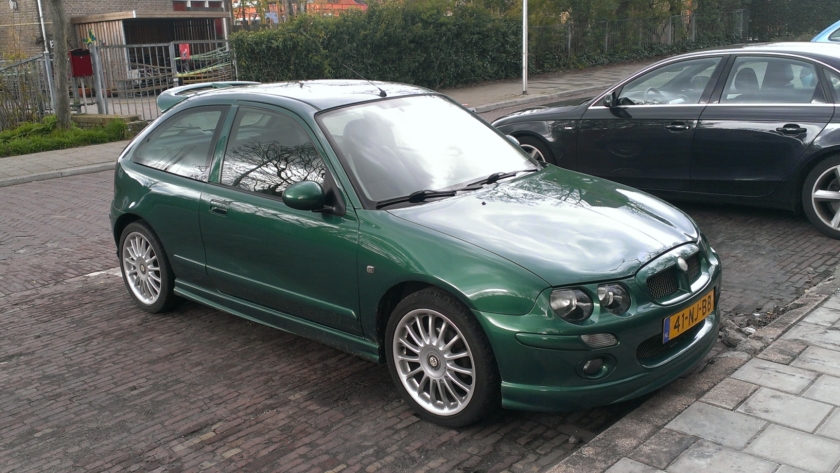 MG ZR was based on the Rover 25, the MG ZS on the Rover 45, and the MG ZT/ZT-T on the Rover 75.
MG ZR was based on the Rover 25, the MG ZS on the Rover 45, and the MG ZT/ZT-T on the Rover 75.
The MG Rover Group purchased Qvale, which had taken over development of the De Tomaso Bigua. This car, renamed the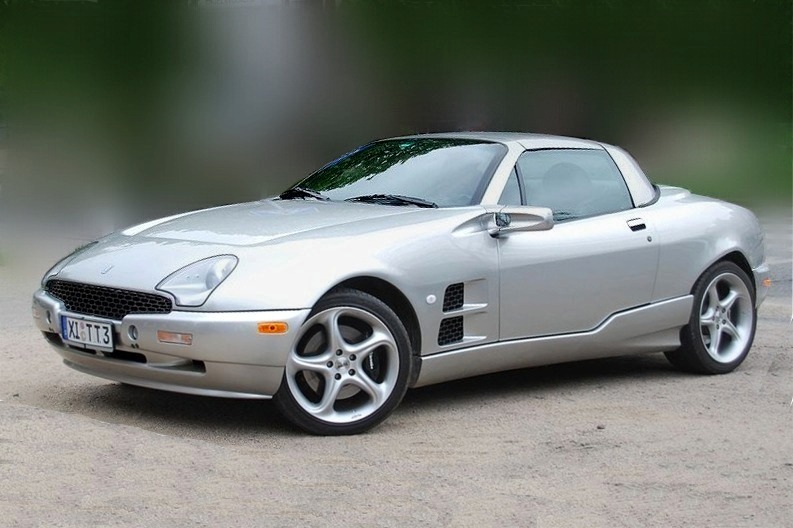 Qvale Mangusta and already approved for sale in the United States, formed the basis of the MG XPower SV, an “extreme” V8-engined sports car. It was revealed in 2002 and went on sale in 2004.
Qvale Mangusta and already approved for sale in the United States, formed the basis of the MG XPower SV, an “extreme” V8-engined sports car. It was revealed in 2002 and went on sale in 2004.
Motorsport
From its earliest days MGs have been used in competition and from the early 1930s a series of dedicated racing cars such as the 1931 C-Type and 1934 Q-type were made and sold to enthusiasts who received considerable company assistance. This stopped in 1935 when MG was formally merged with Morris Motors and the Competition Department closed down. A series of experimental cars had also been made allowing Captain George Eyston to take several world speed records. In spite of the formal racing ban, speed record attempts continued with Goldie Gardner exceeding 200 mph (320 km/h) in the 1100 cc EX135 in 1939.
After World War II record breaking attempts restarted with 500 cc and 750 cc records being taken in the late 1940s. A decision was also taken to return to racing and a team of MGAs was entered in the tragedy-laden 1955 24 Hours of Le Mans race, the best car achieving 12th place.
Prior to the use of the Toyota Tundra silhouette in the Craftsman Truck Series, MG was reported as the last foreign brand to be used in NASCAR. It was driven in 1963 by Smokey Cook.
In 2001 MG re-launched their motor sport campaign to cover the 24 Hours of Le Mans (MG-Lola EX257), British Touring Car Championship (BTCC) (MG ZS), British and World Rally Championships and MG Independent British Rally Championship (MG ZR). The Le Mans team failed to win the endurance race in 2001 and 2002 and quit in 2003. MG Sport+Racing raced in the British Touring Car Championships with the MG ZS between 2001 and 2003 as a factory team. In 2004 WSR raced the MG ZS as a privateer team. After three years without a major sponsor, WSR teamed up with RAC in 2006 and the team was called Team RAC. In 2007 an MG ZR driven by BRC Stars Champion Luke Pinder won class N1 on Britain’s round of the World Rally championship. Wales Rally GB. The MG British Rally Challenge still runs today despite the liquidation in 2005.
In 2004 plans to race in the Deutsche Tourenwagen Masters (DTM) with a heavily modified V8 powered ZT supertouring car were cancelled due to MG Rover’s liquidation in April 2005.
In January 2012, MG Motor announced that it would enter the 2012 British Touring Car Championship through the newly established MG KX Momentum Racing team. In its debut season the team ran two MG6s driven by Jason Plato and Andy Neate. Jason ended the season in third place, with the car yet to find its foot in wet conditions.
The team returned in 2013 with Sam Tordoff driving, who performed well in his debut year having joined through the KX Academy scheme. Plato once again came third, with Tordoff sixth.
MG won the 2014 Manufacturer’s Championship to break Honda’s four-year reign. After just three years of competition, the MG6 GT sealed the title by 95 points at the season finale at Brands Hatch. Drivers Plato and Tordoff racked up seven wins and 20 podiums in the 30-race calendar. Plato finished the Driver’s Championship in second place, behind Colin Turkington, while Tordoff finished seventh. The 2014 season also saw a third MG6 GT was on the grid, driven by Marc Hynes. Also maintained by Triple Eight but in a new livery which didn’t resemble the other two MG cars. MG came second in the Constructors Championship in 2015, with Andrew Jordan leading the MG team by finishing the season fifth.
List of models
The MG Rover owners club was set up to preserve the Marque (www.mgr-forums.com)
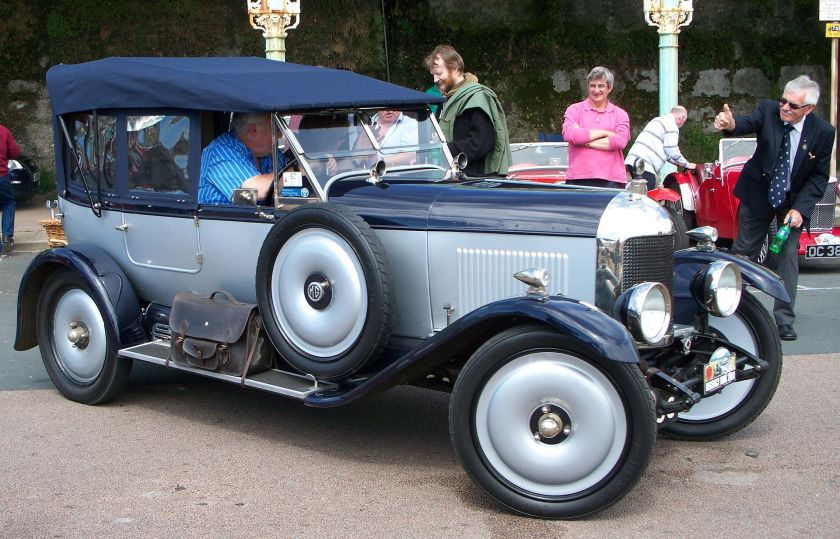 1924–1927: MG 14/28
1924–1927: MG 14/28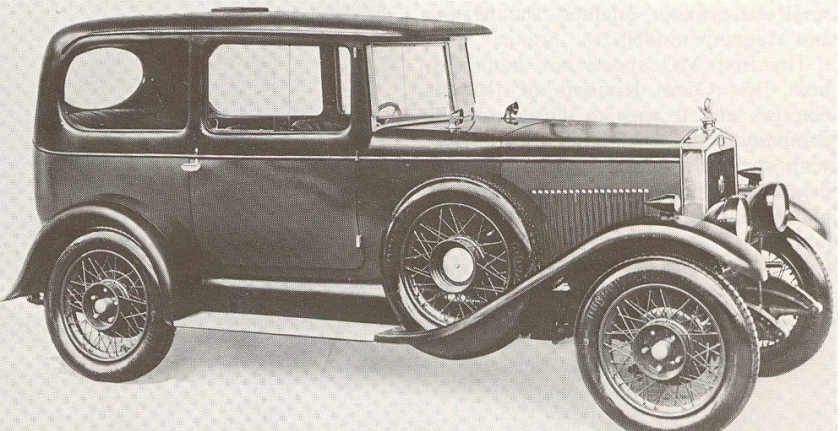 1927–1929: MG 14/40
1927–1929: MG 14/40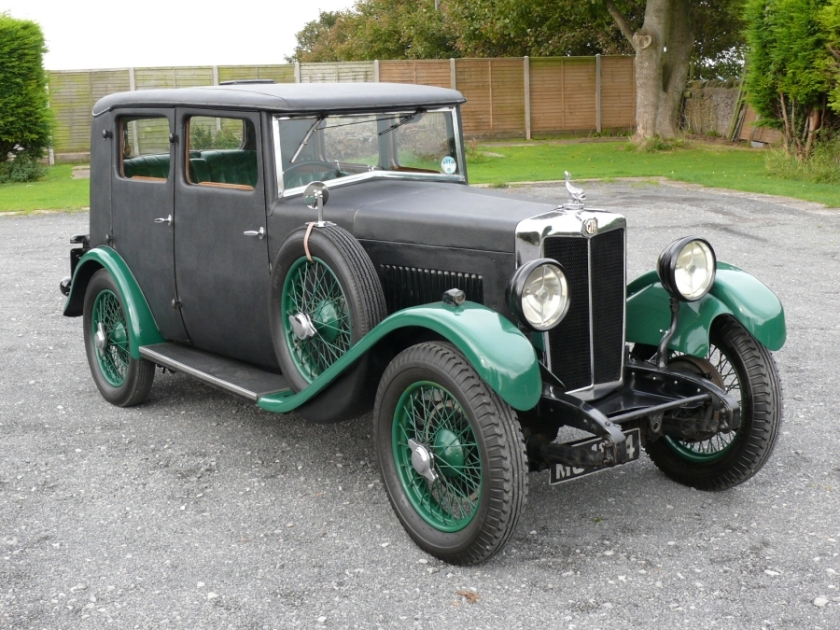
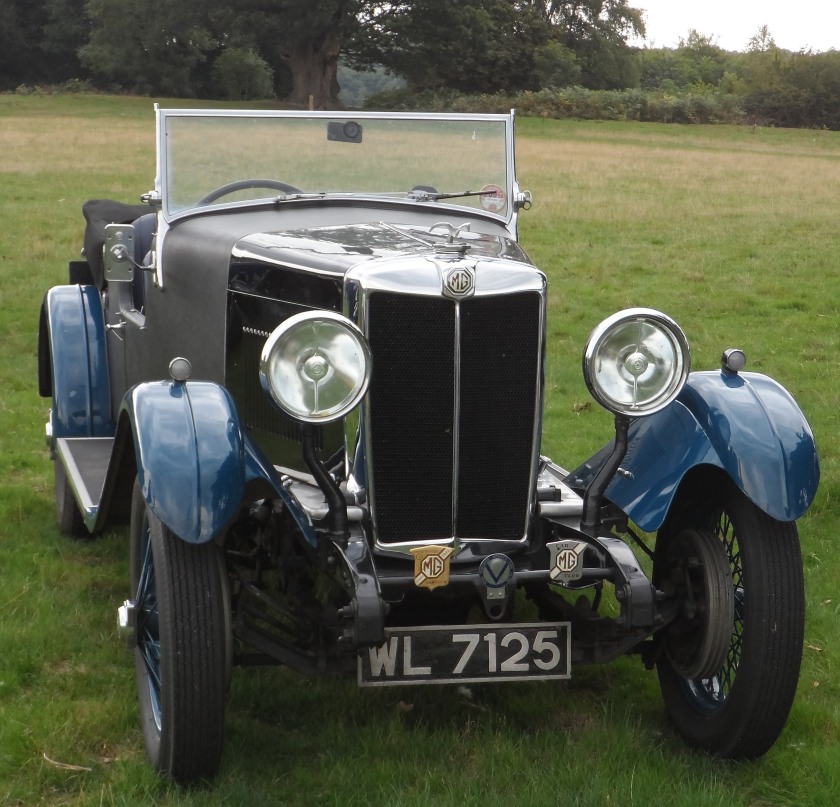
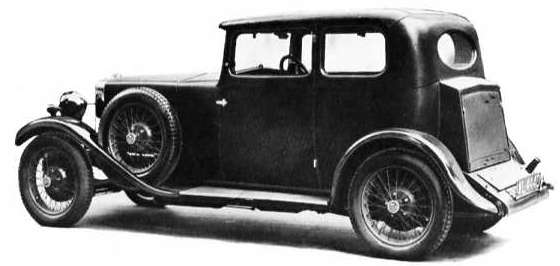
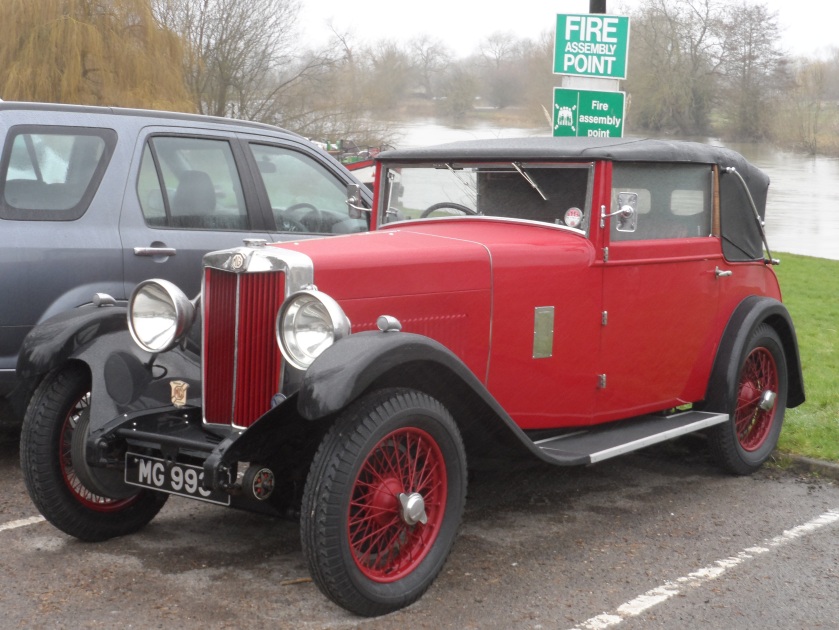
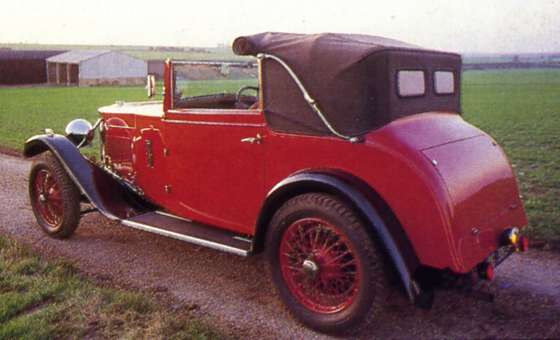 1928–1933: MG 18/80
1928–1933: MG 18/80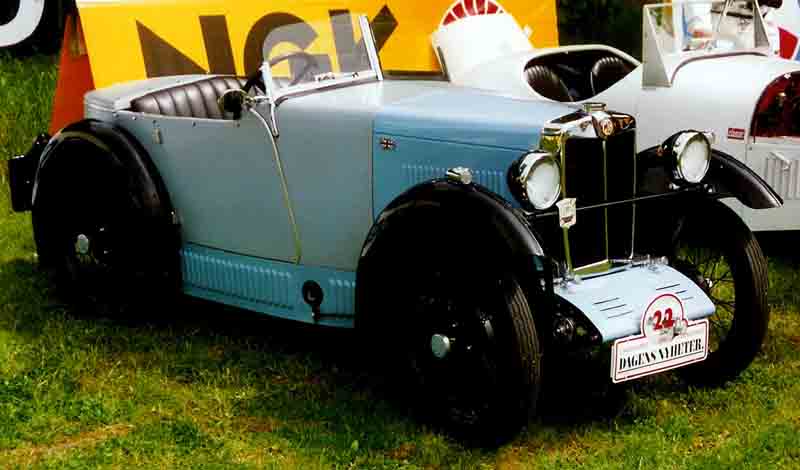
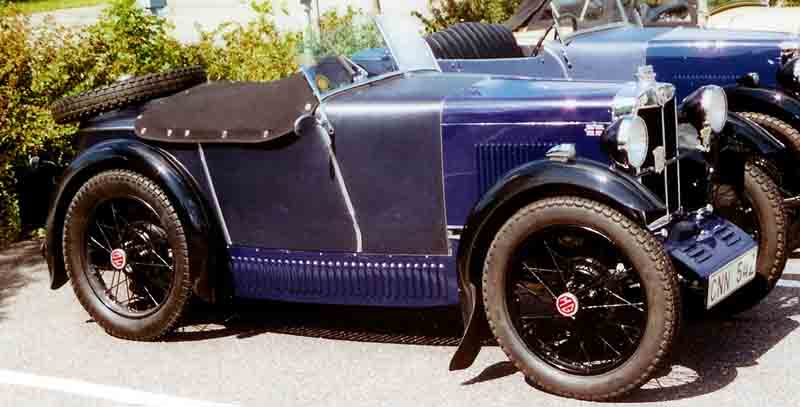 1929–1932: MG M-type Midget
1929–1932: MG M-type Midget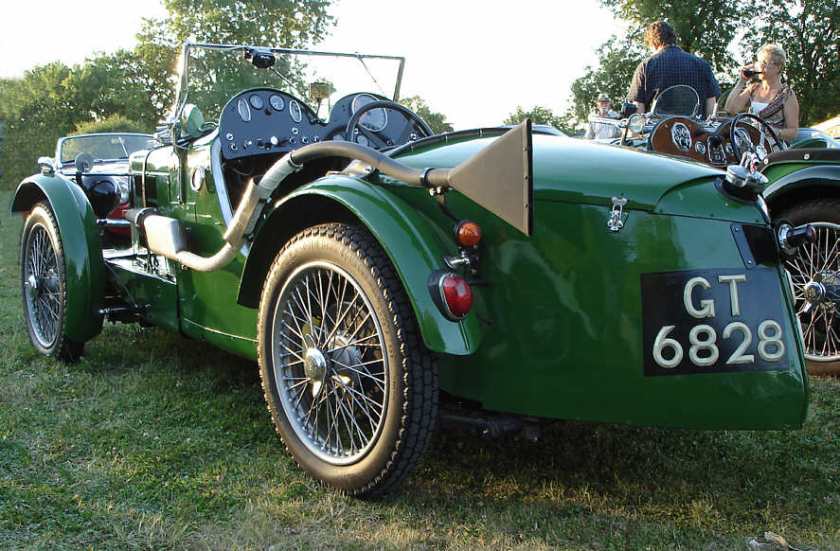
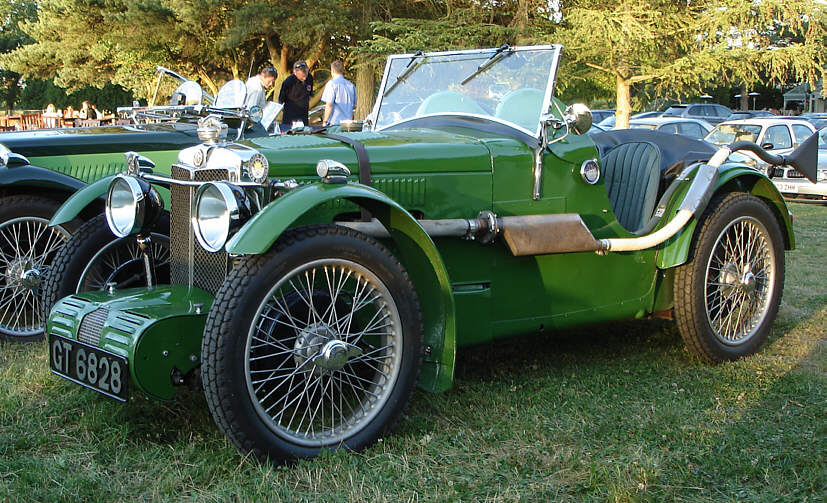 1931–1932: MG C-type Midget
1931–1932: MG C-type Midget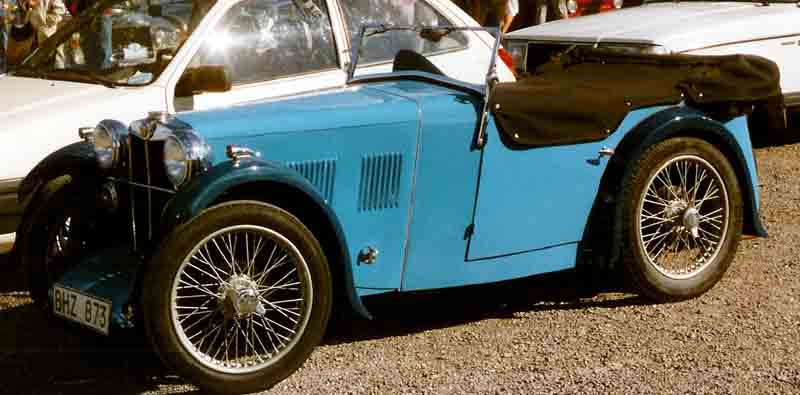
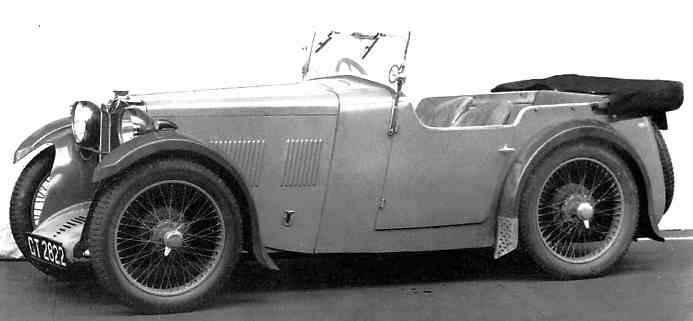
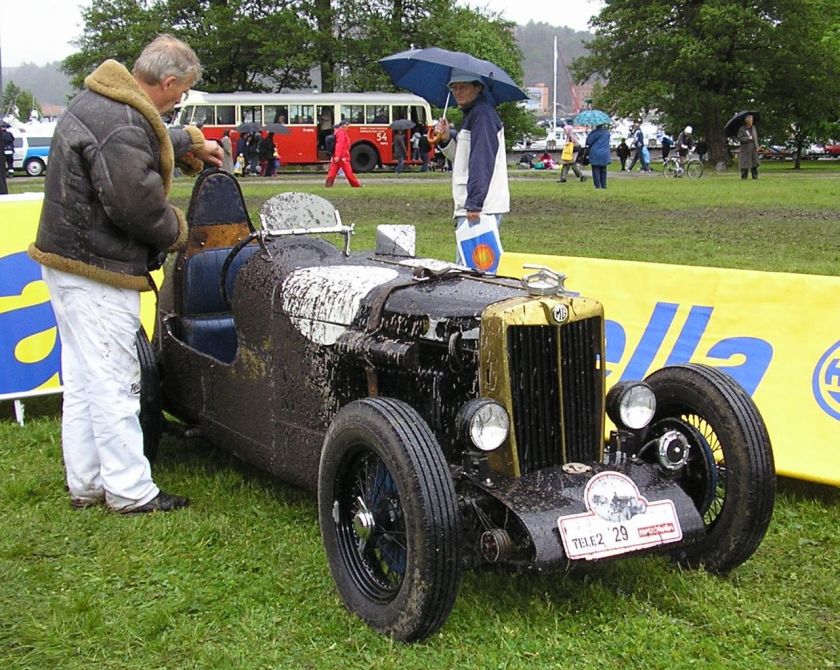
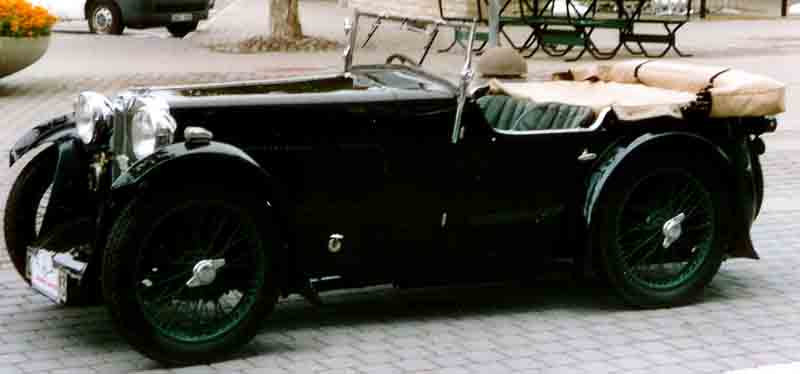
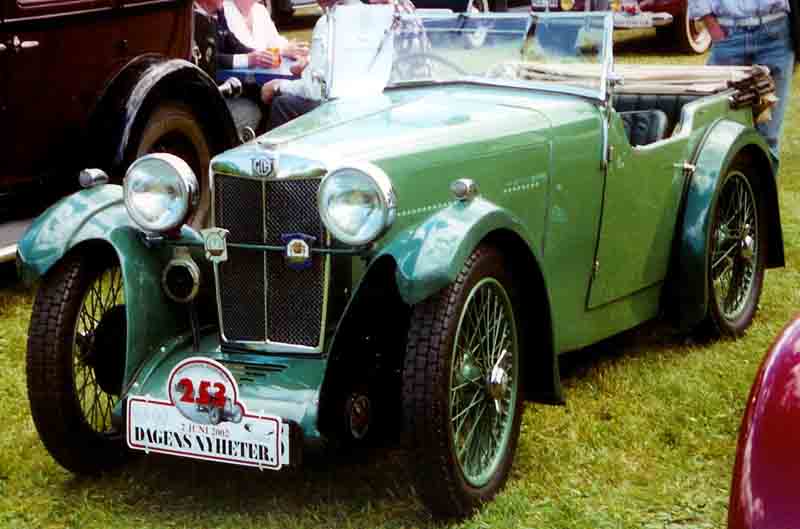
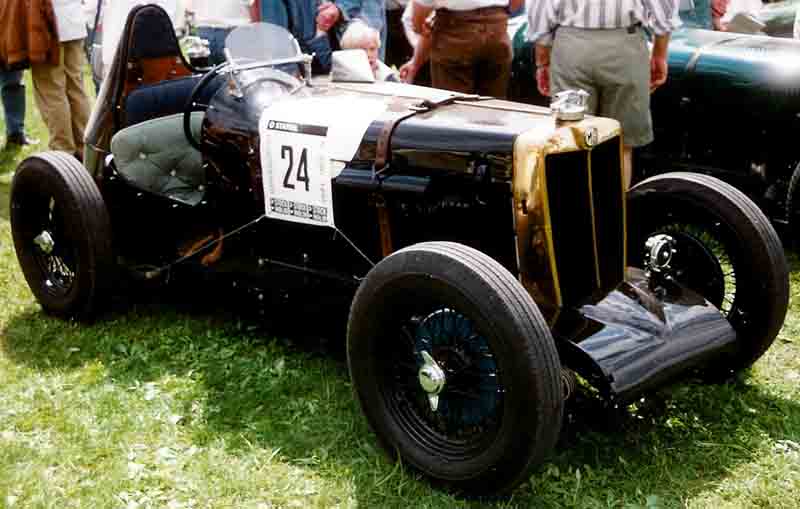 1931–1932: MG D-type Midget
1931–1932: MG D-type Midget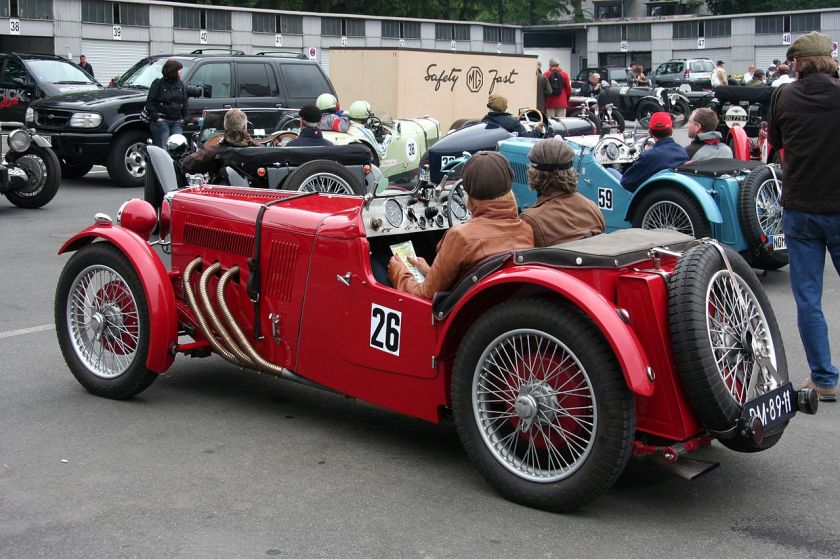 1931–1932: MG F-type Magna
1931–1932: MG F-type Magna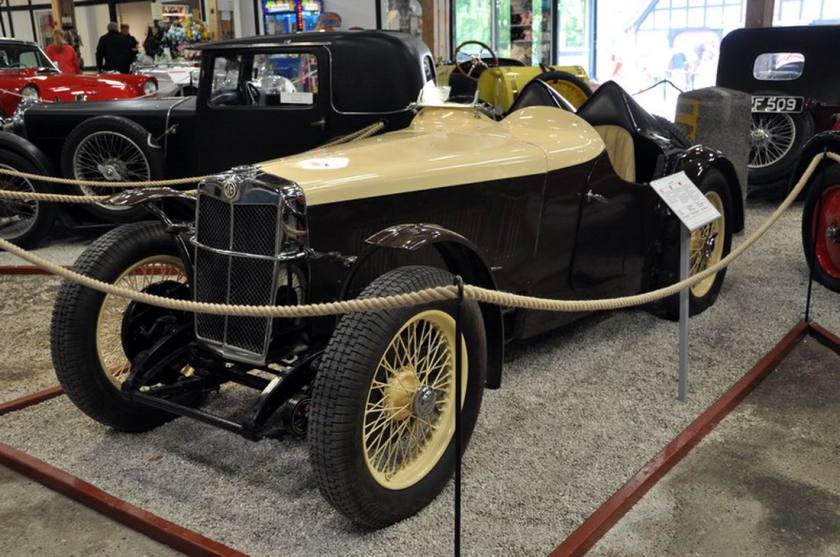 1935 MG F Magna. Dit is een originele racewagen die destijds al 230 km-h
1935 MG F Magna. Dit is een originele racewagen die destijds al 230 km-h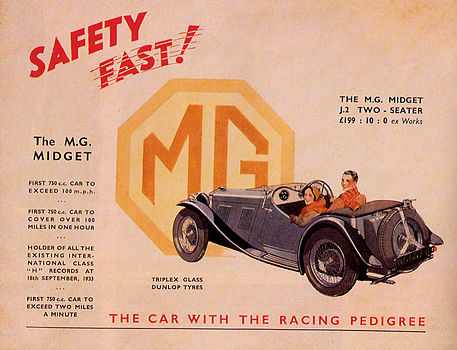 1932–1934: MG J-type Midget advertisement
1932–1934: MG J-type Midget advertisement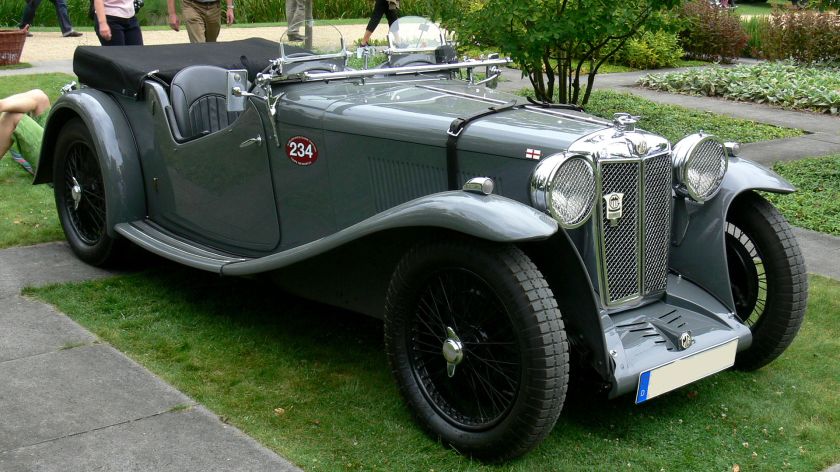
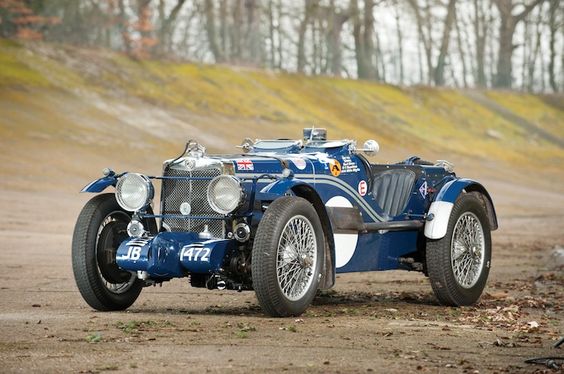
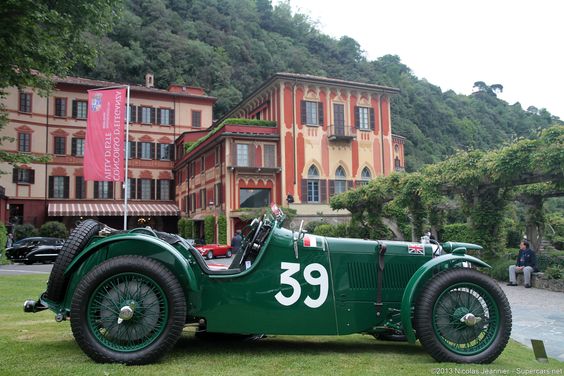
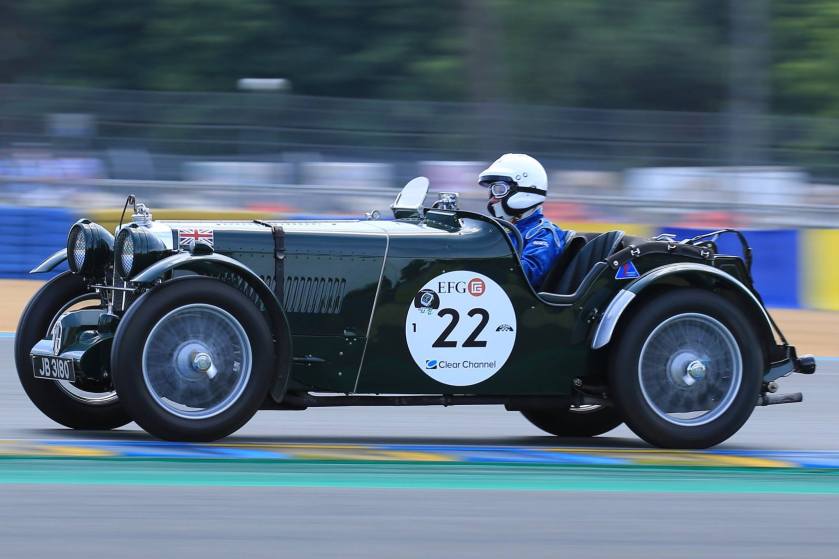
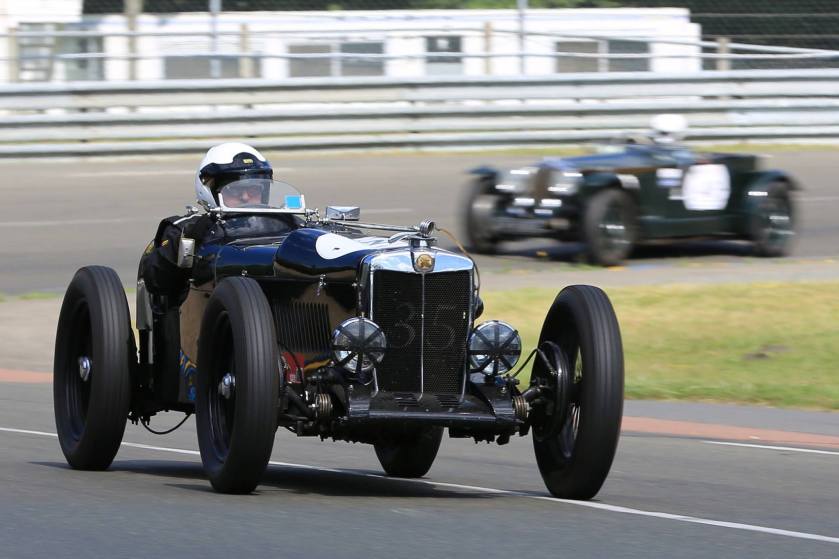
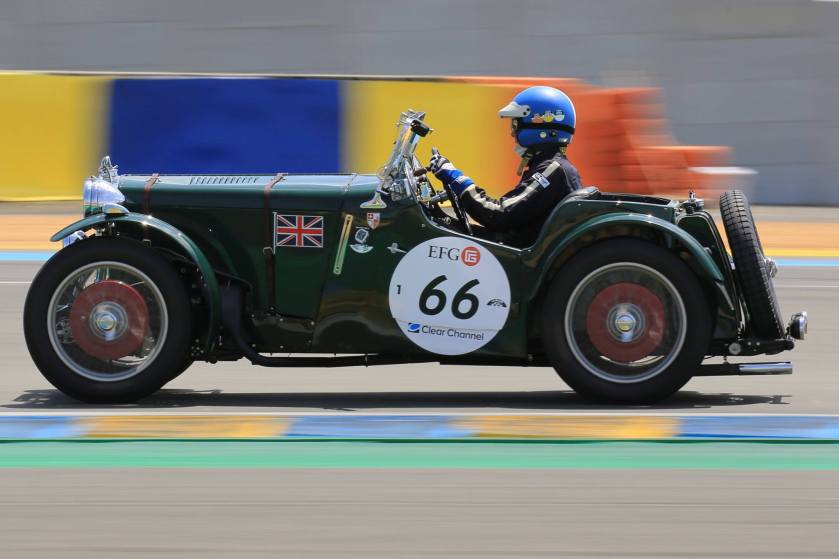
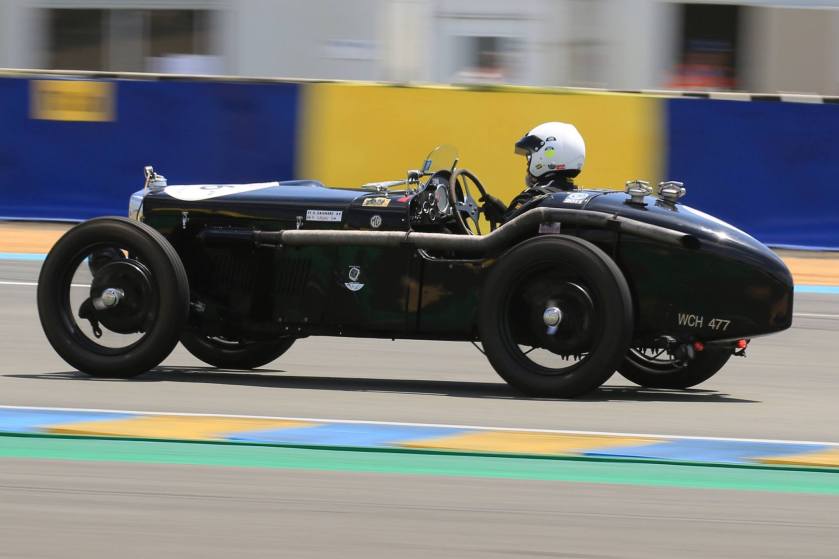 1932–1934: MG K-type Magnette
1932–1934: MG K-type Magnette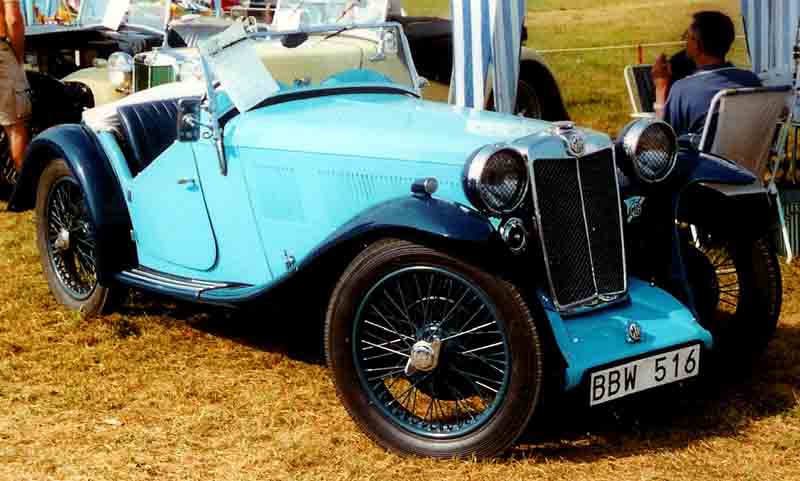
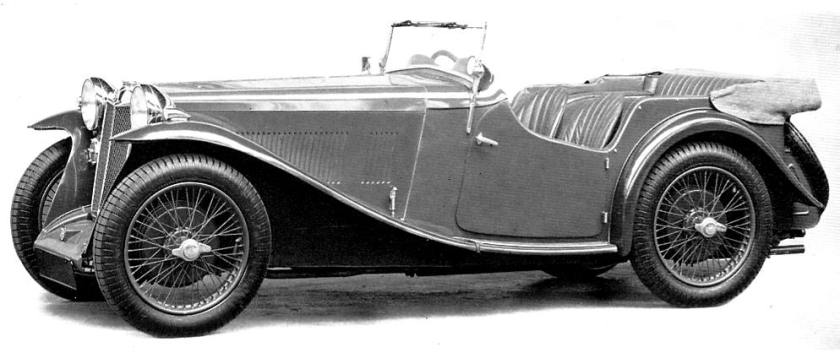
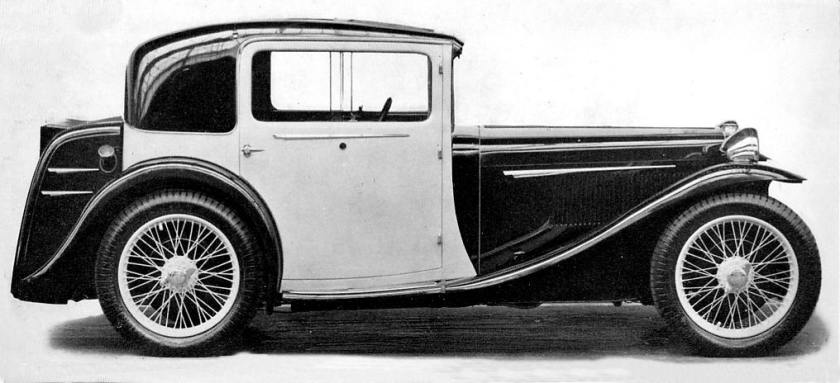 1933–1934: MG L-type Magna
1933–1934: MG L-type Magna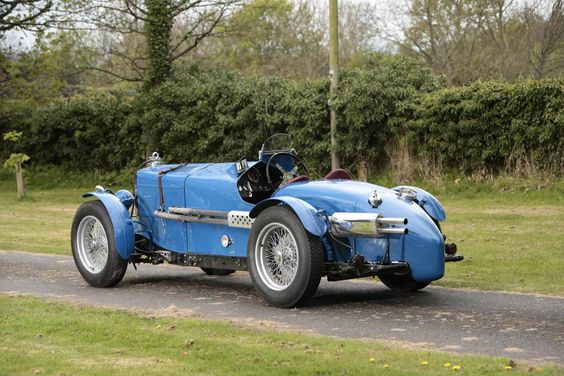
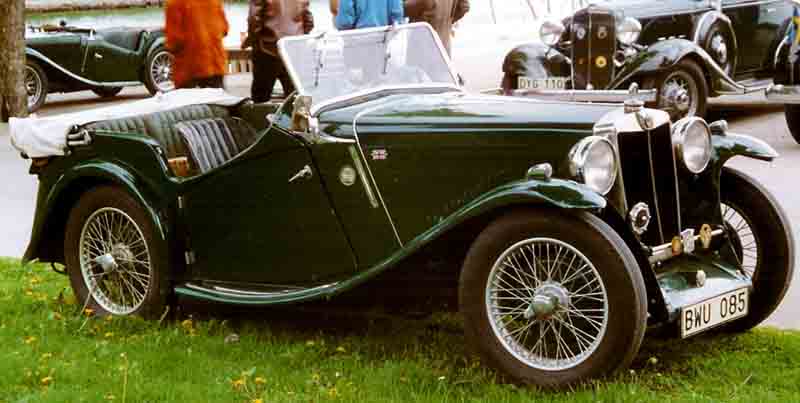
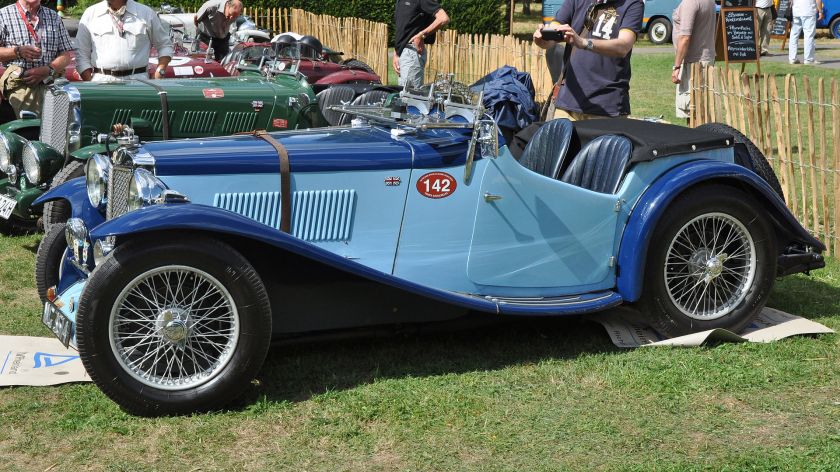
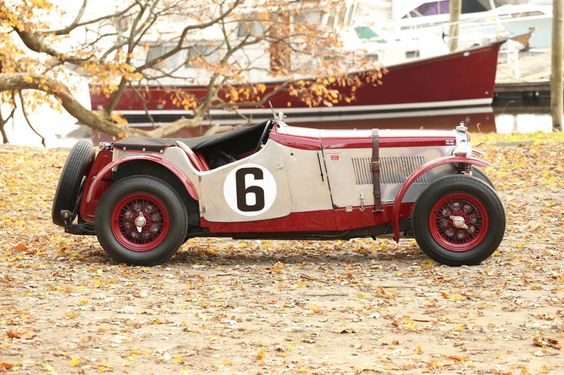
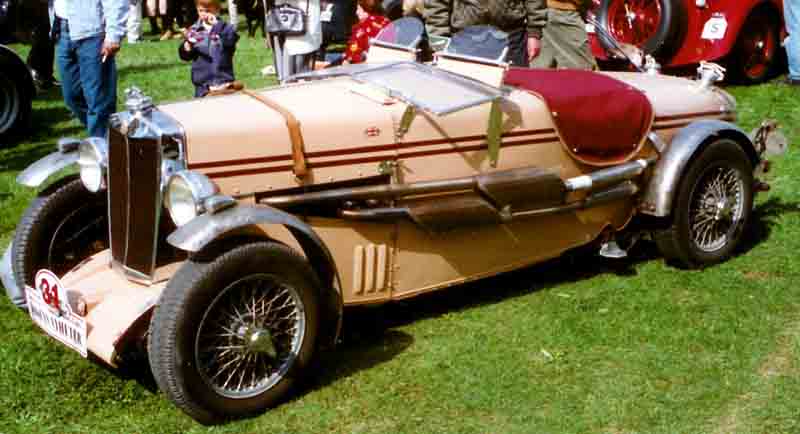
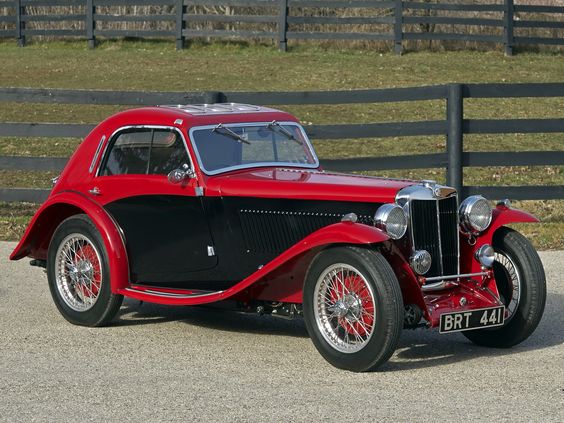
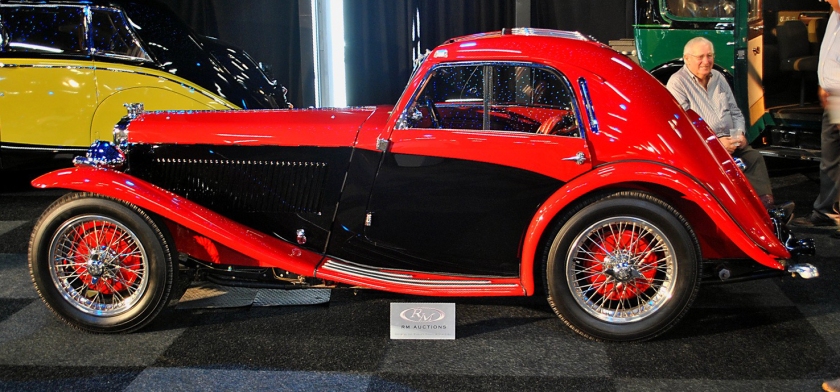
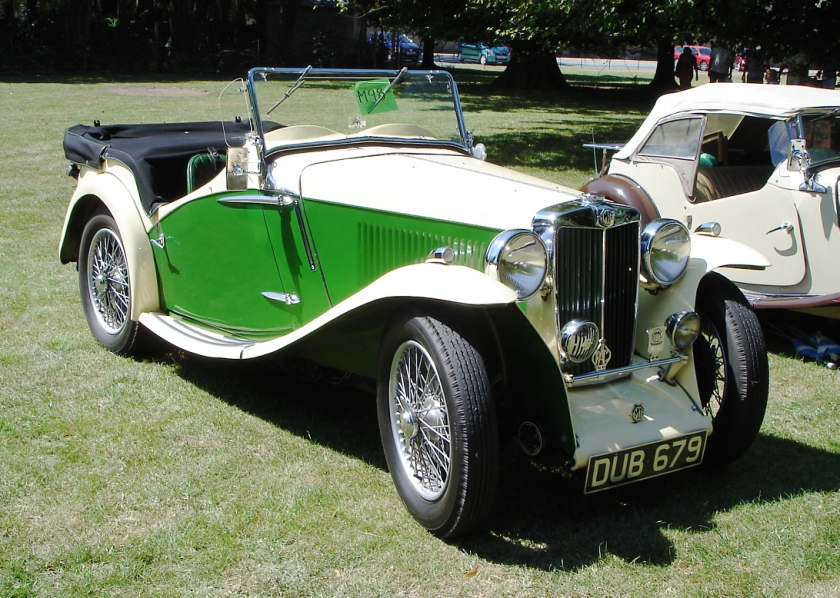 1934–1936: MG N-type Magnette
1934–1936: MG N-type Magnette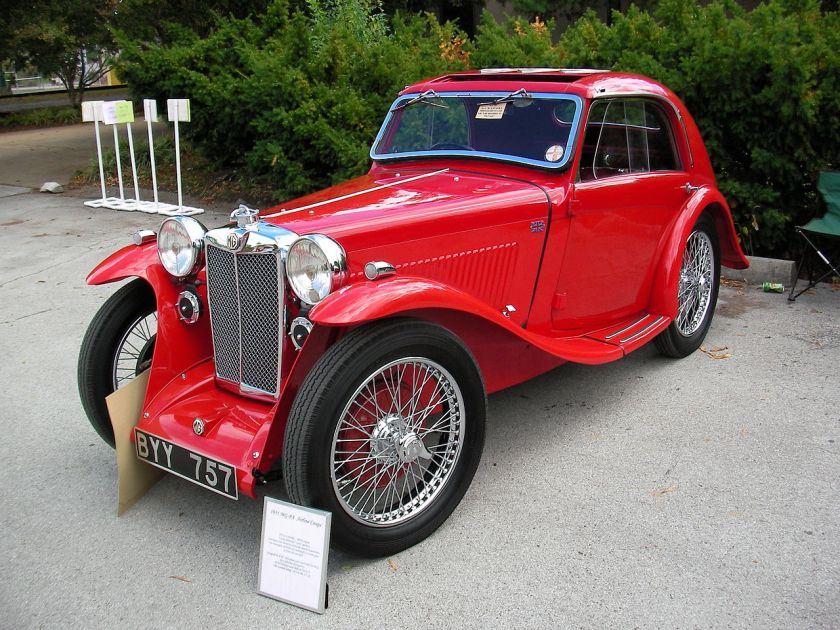
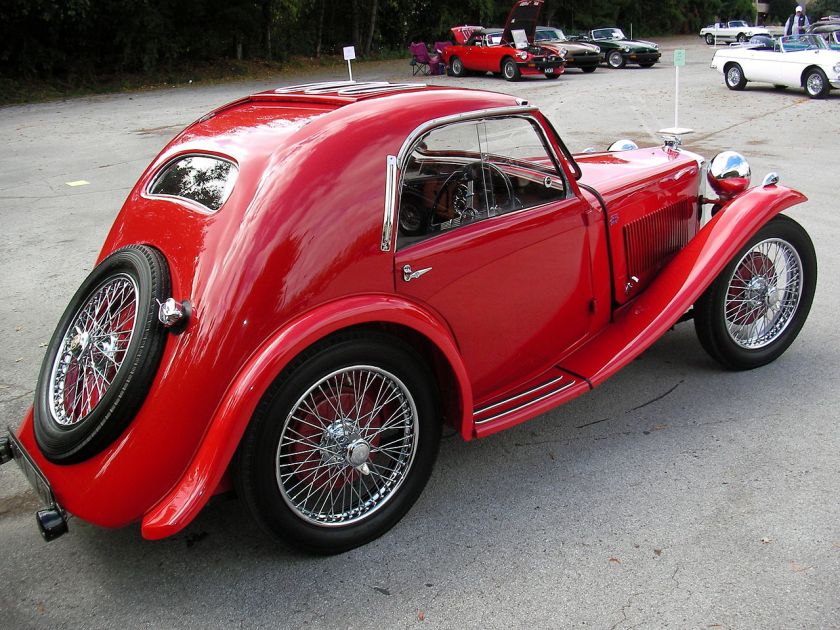
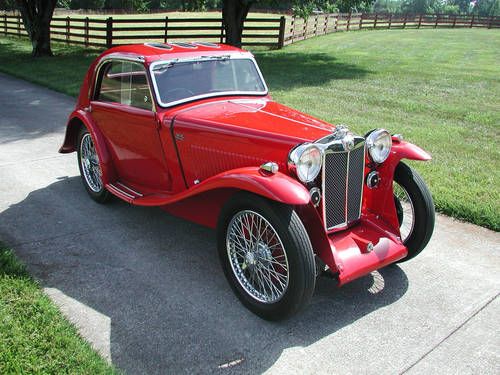
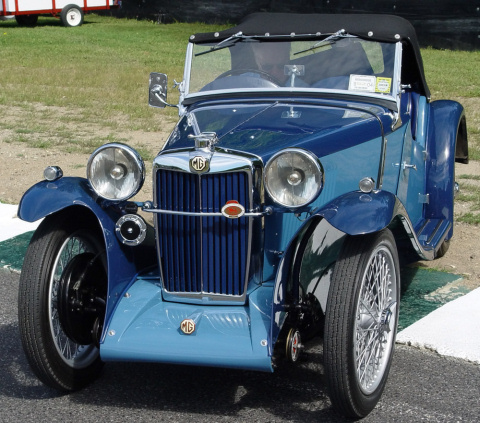
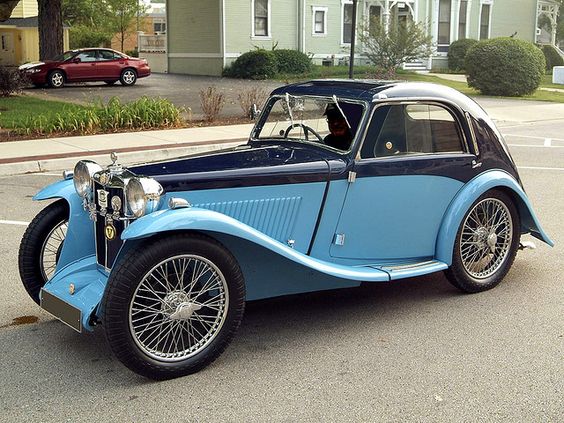
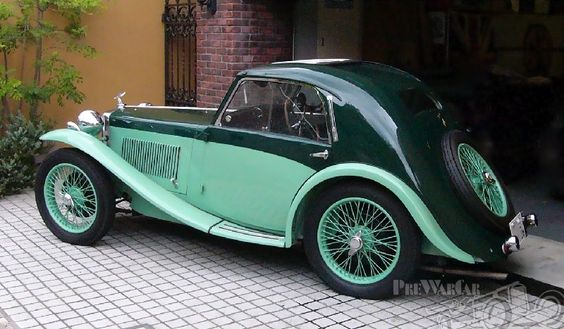
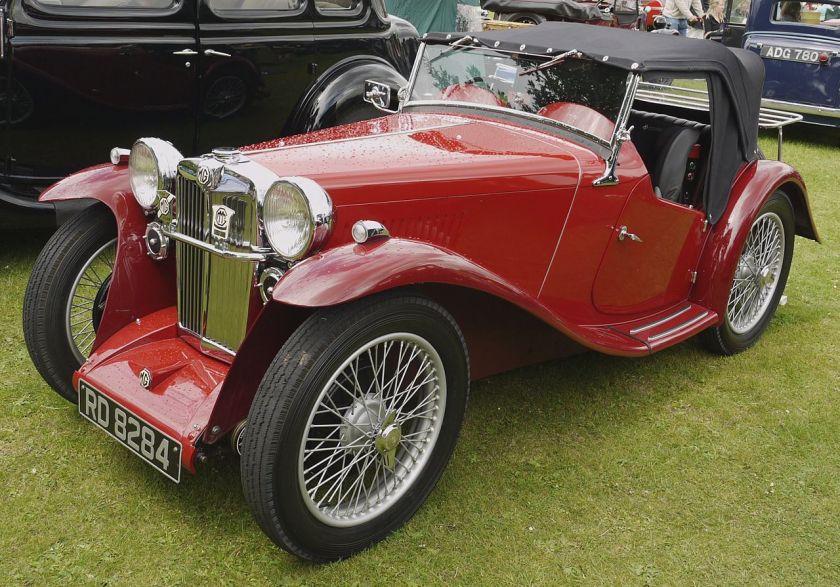
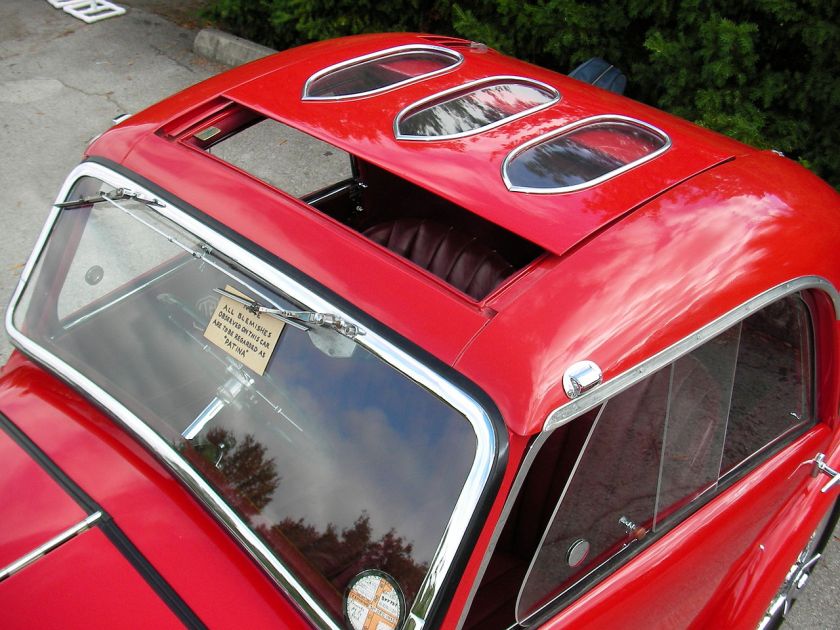 1934–1936: MG P-type Midget
1934–1936: MG P-type Midget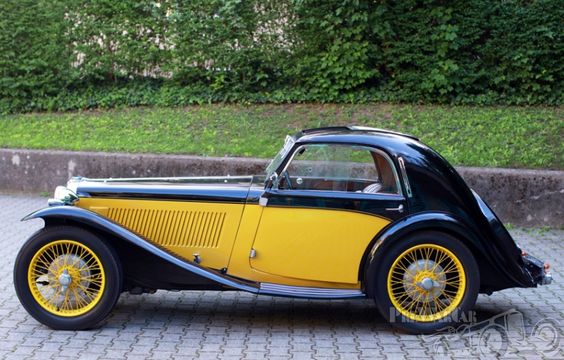
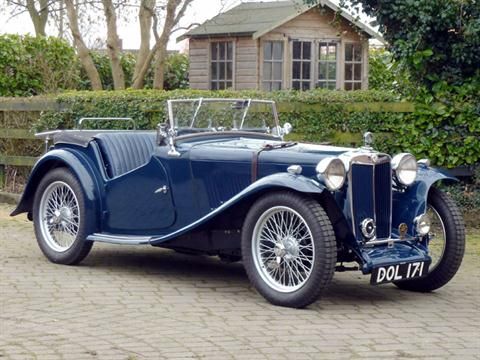
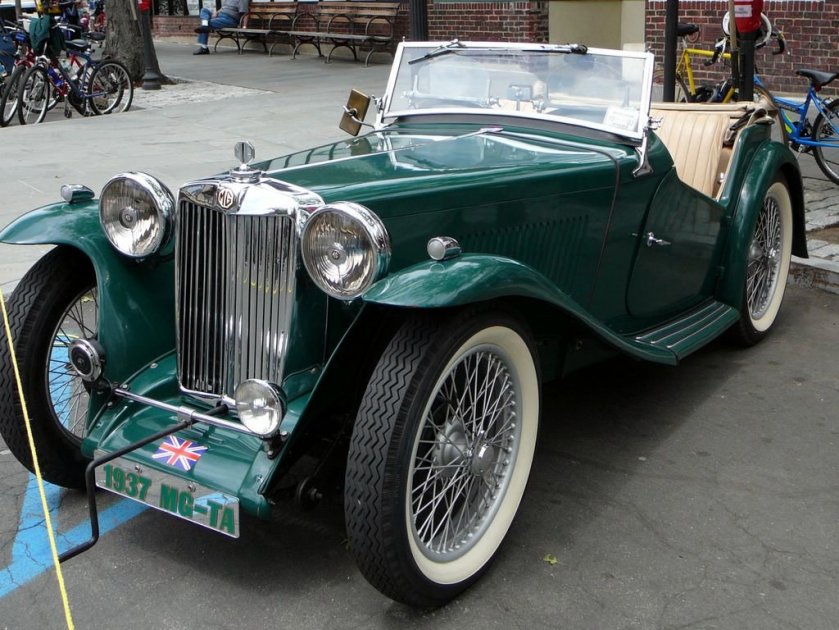
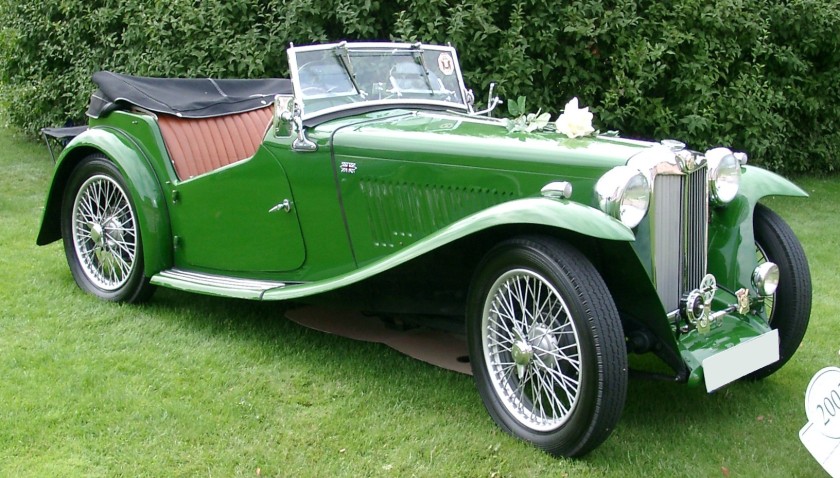
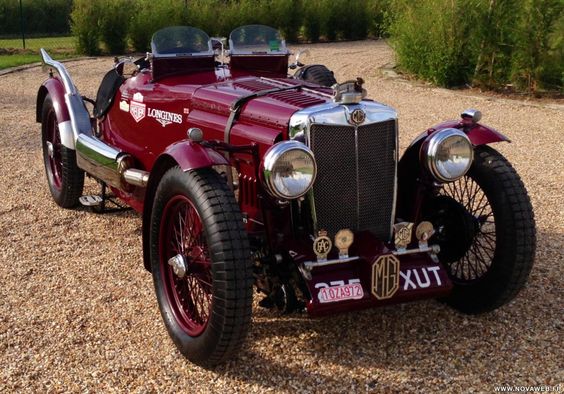
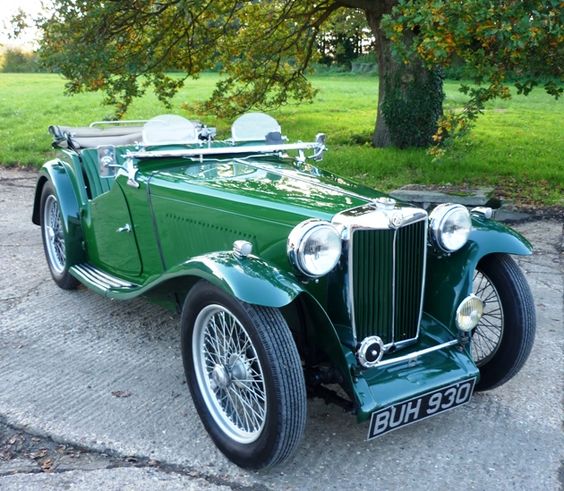 1936–1939: MG TA Midget
1936–1939: MG TA Midget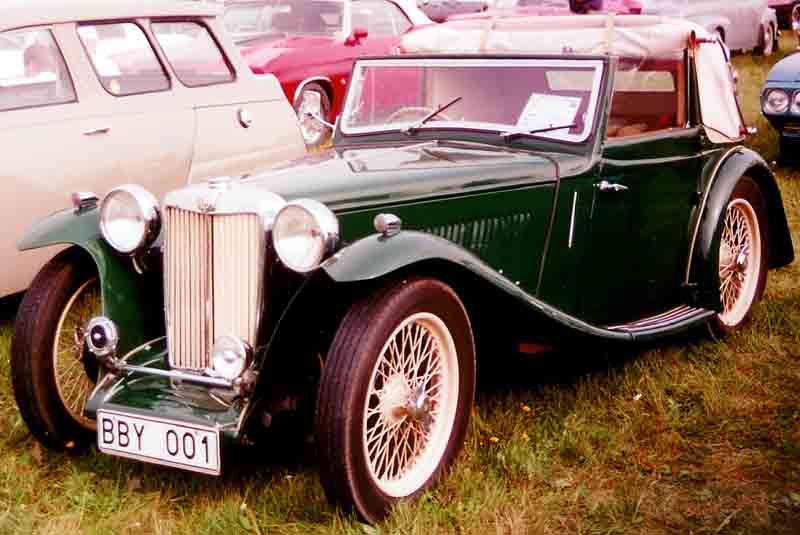 1939–1940: MG TB Midget
1939–1940: MG TB Midget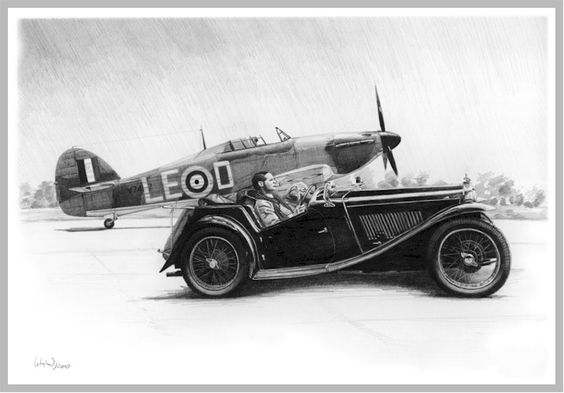
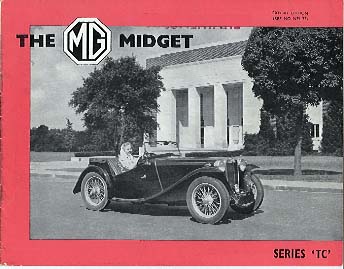
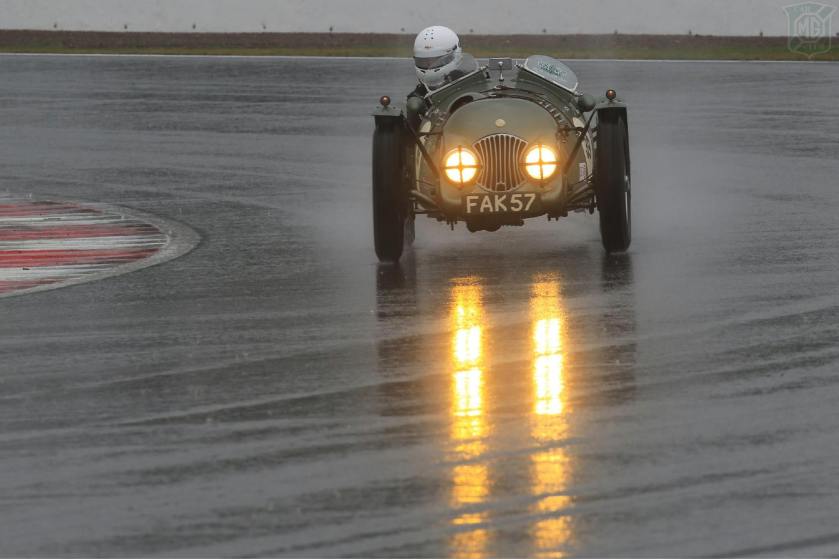
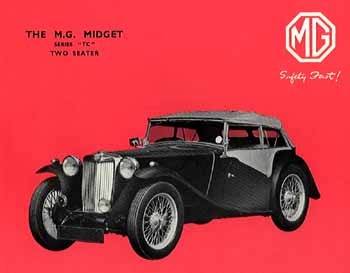
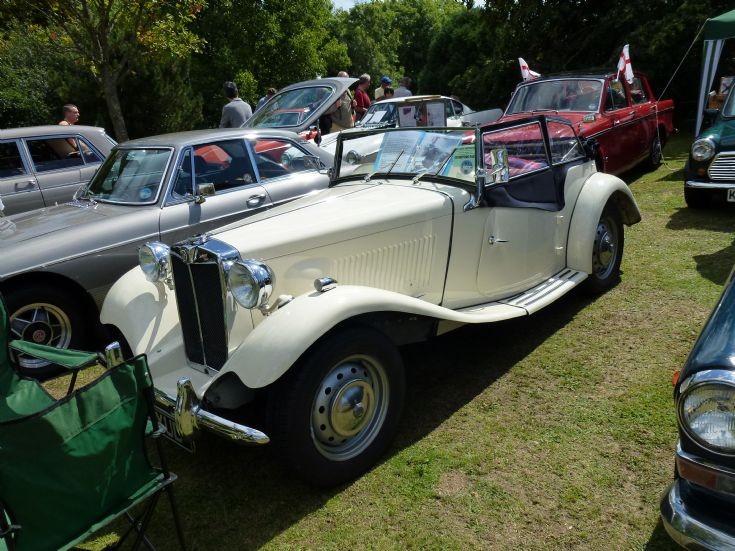
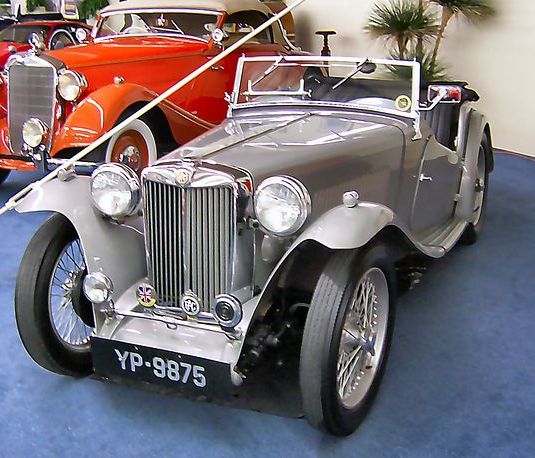 1945–1950: MG TC Midget
1945–1950: MG TC Midget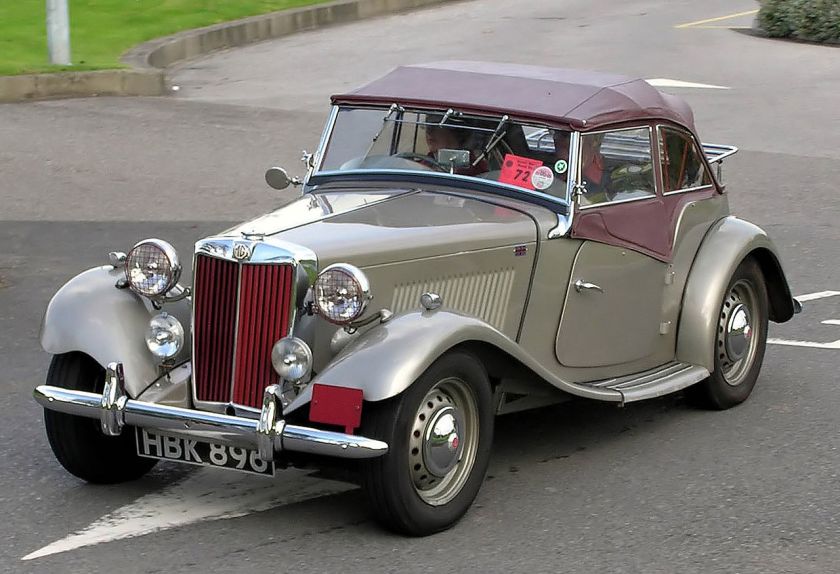
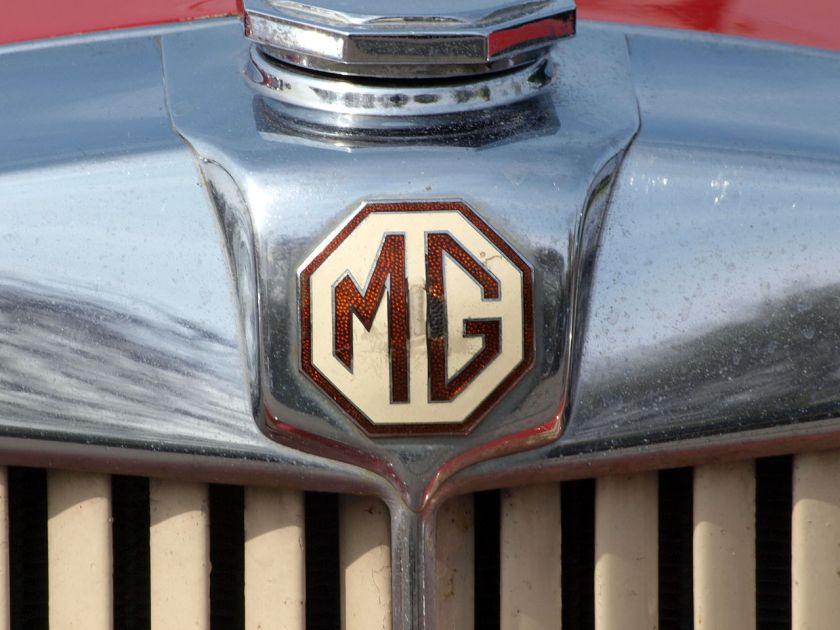
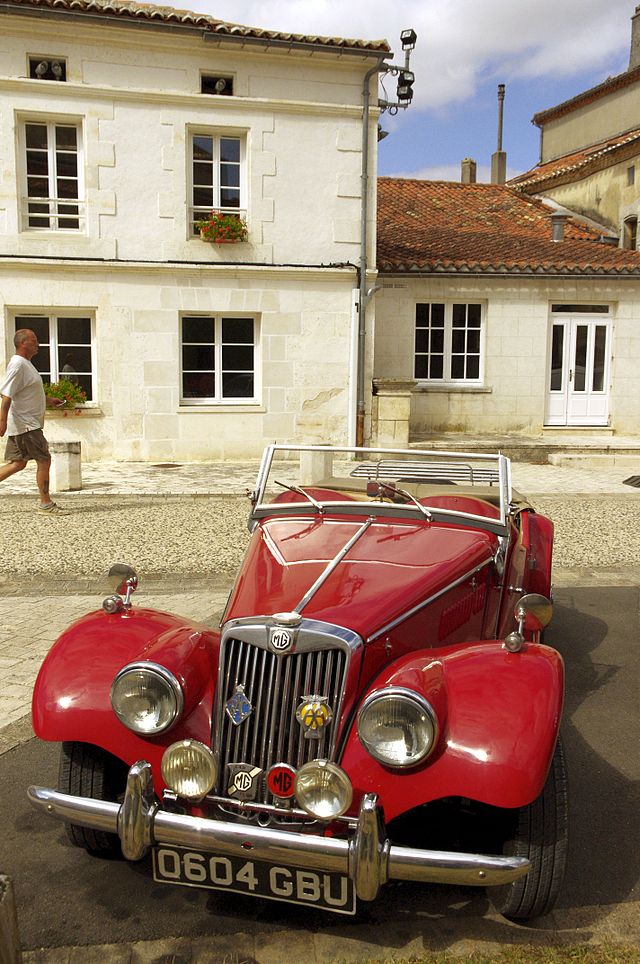 1950–1953: MG TD Midget
1950–1953: MG TD Midget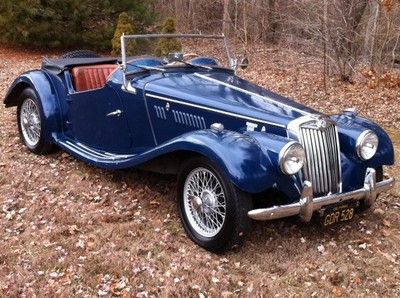
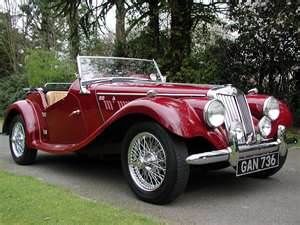
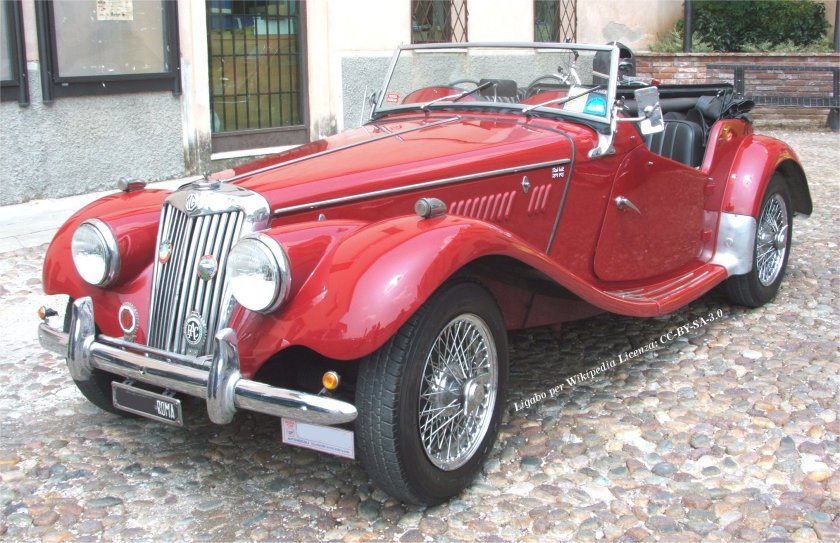
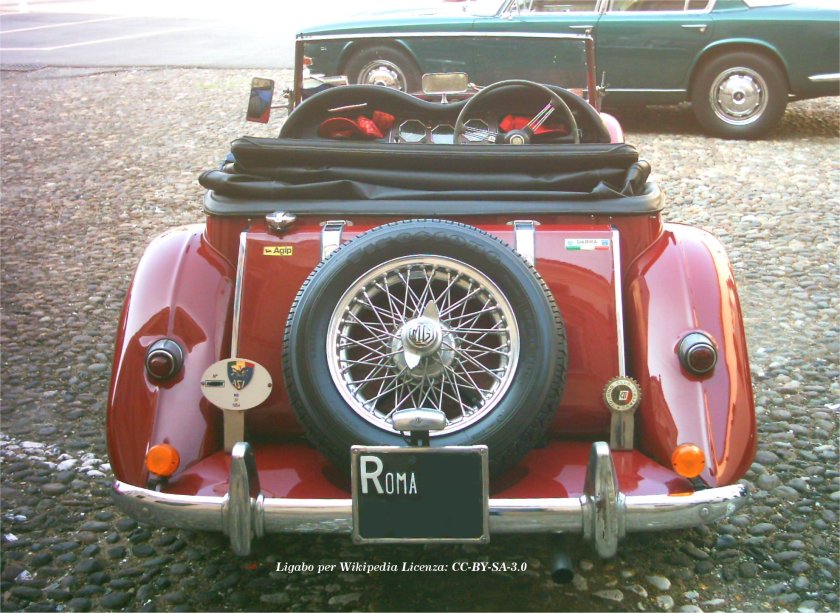
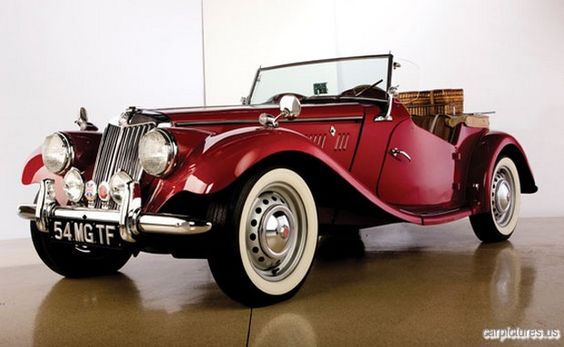
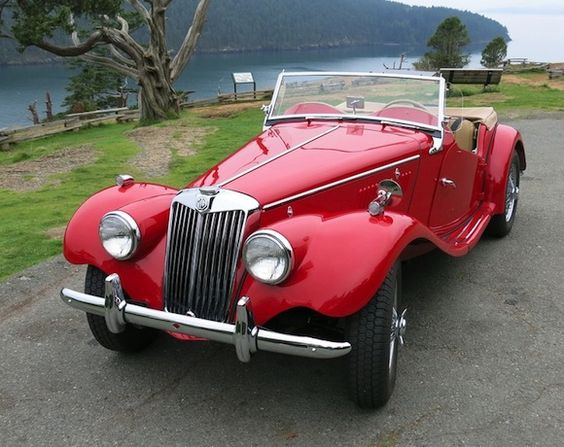
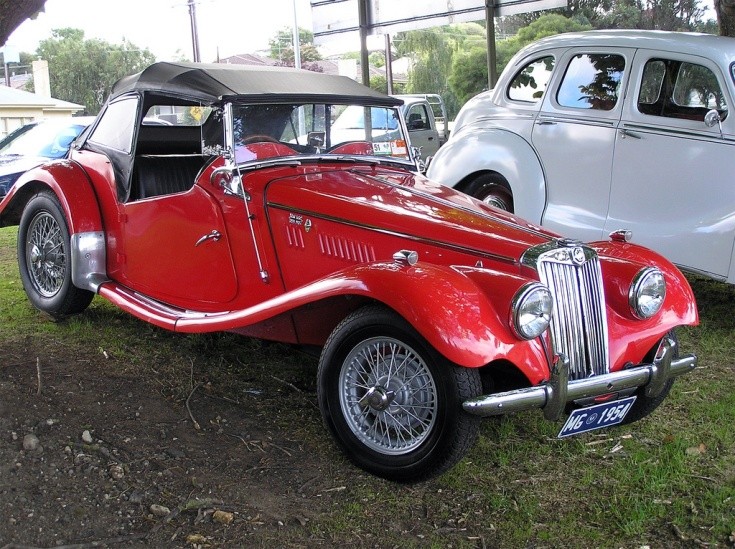
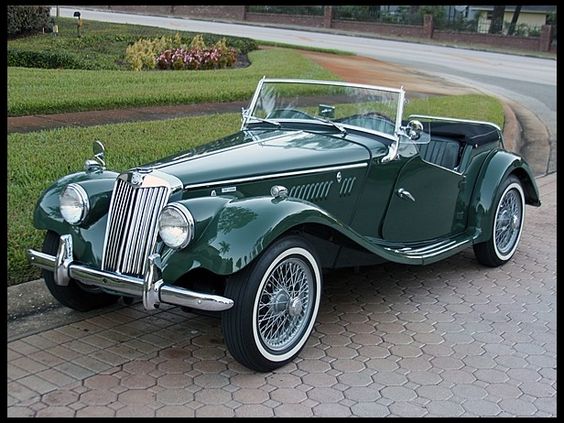 1953–1955: MG TF Midget
1953–1955: MG TF Midget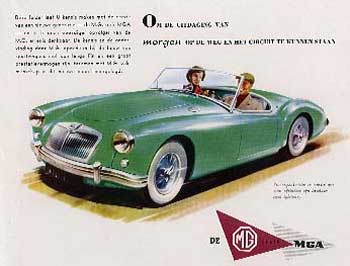
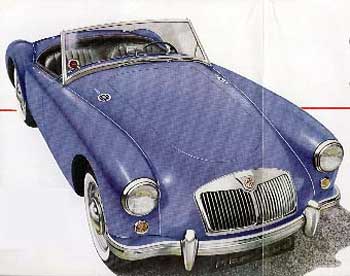
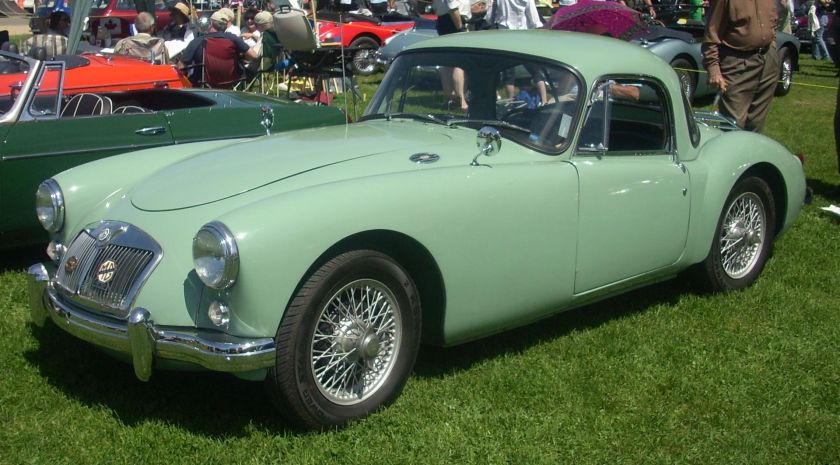
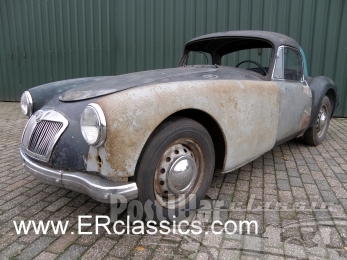
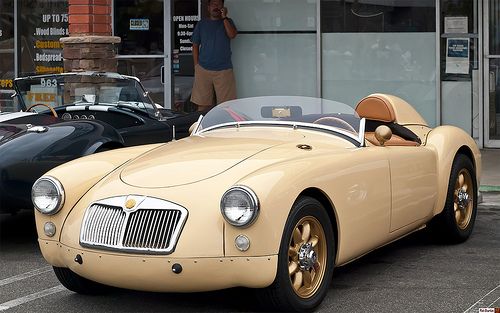
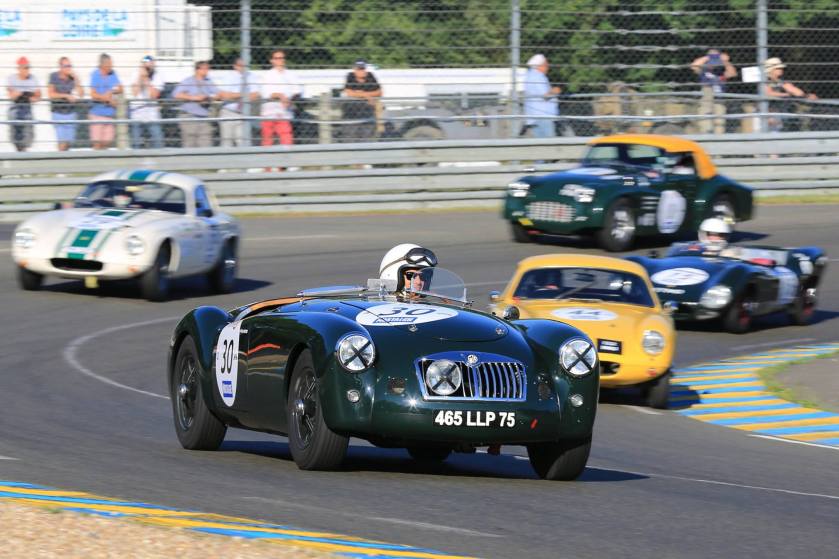

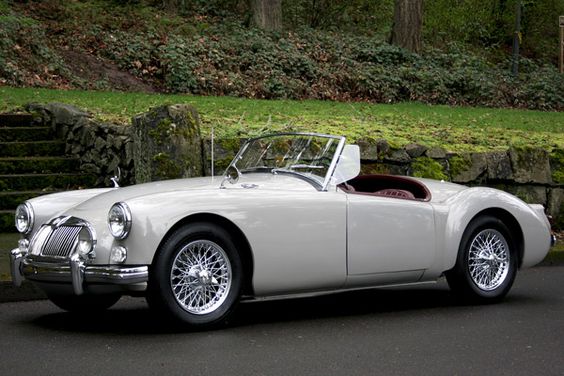
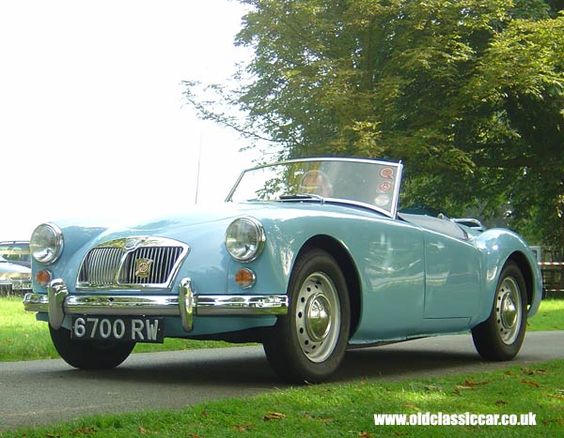
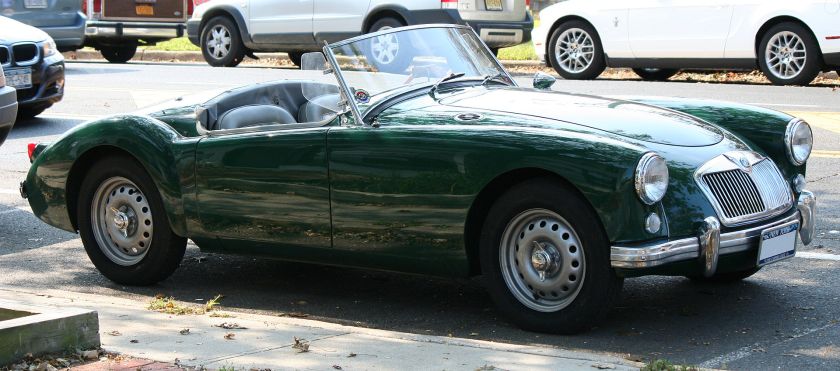

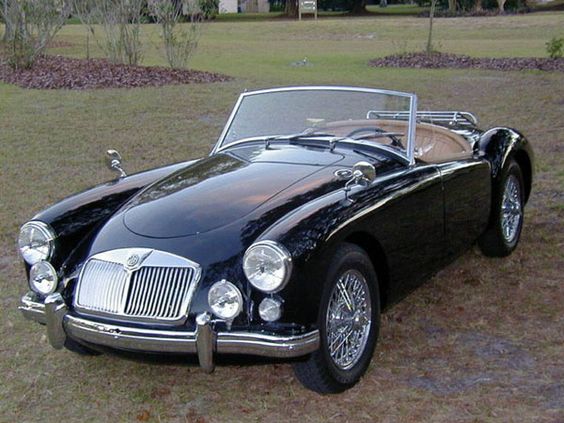
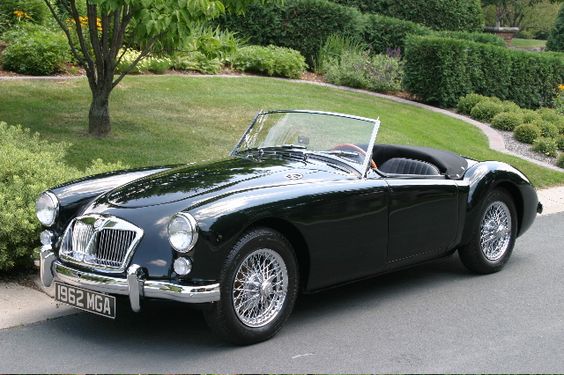
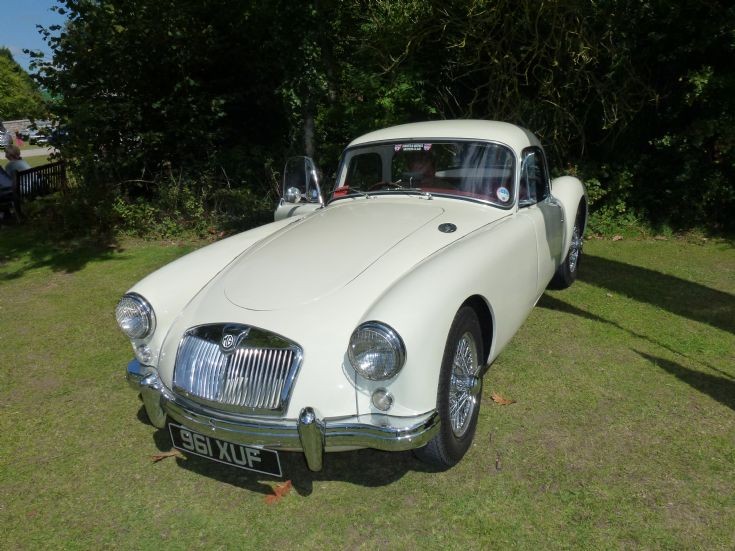
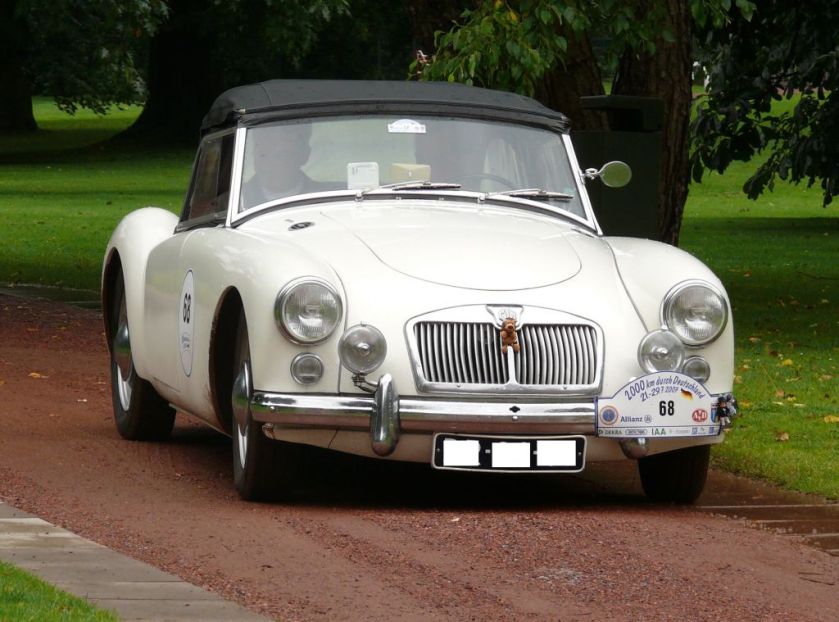
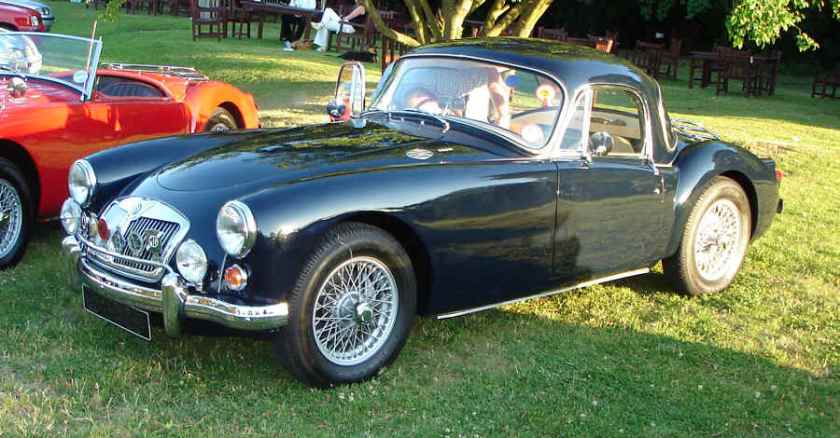
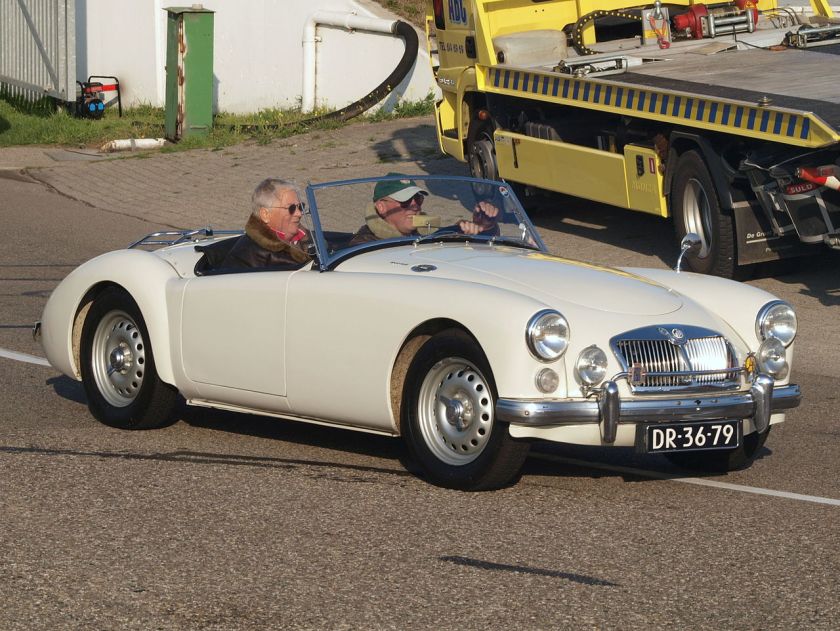
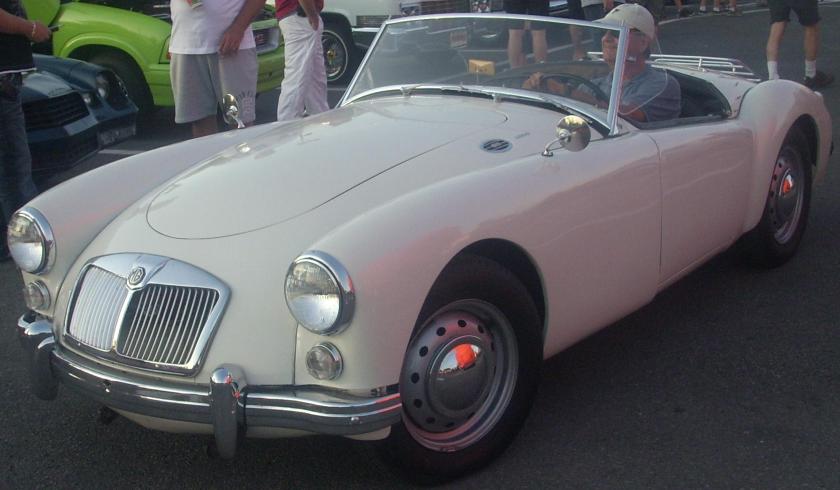
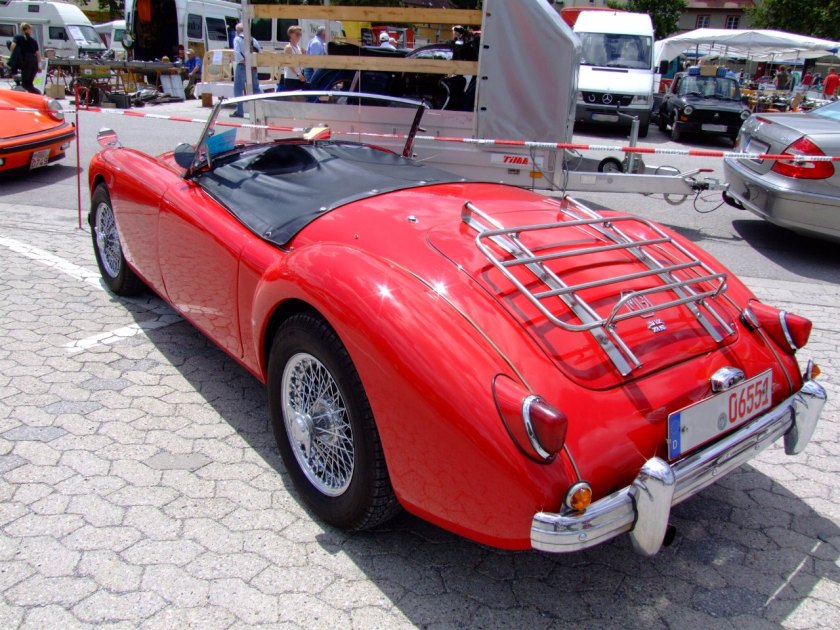
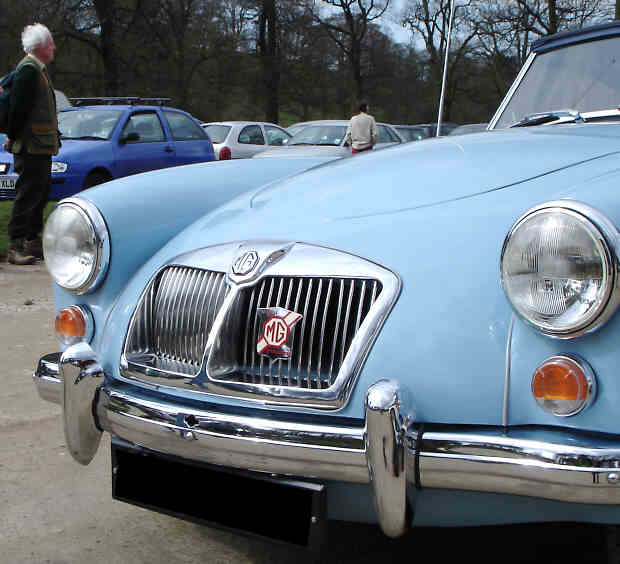 1955–1962: MG MGA
1955–1962: MG MGA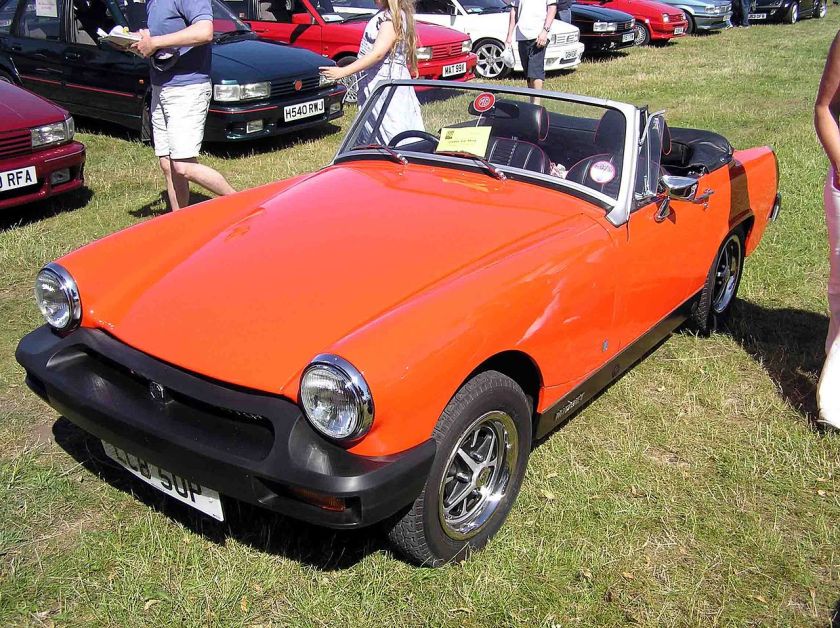
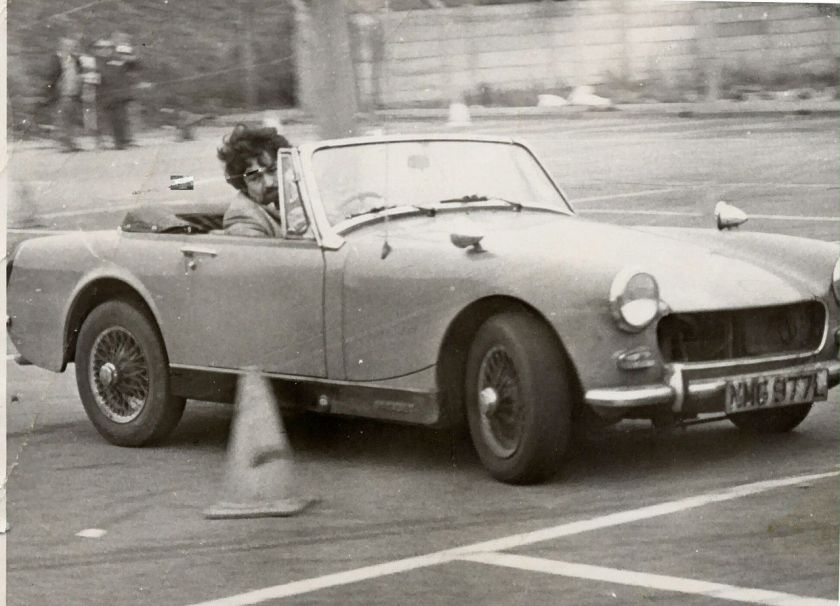
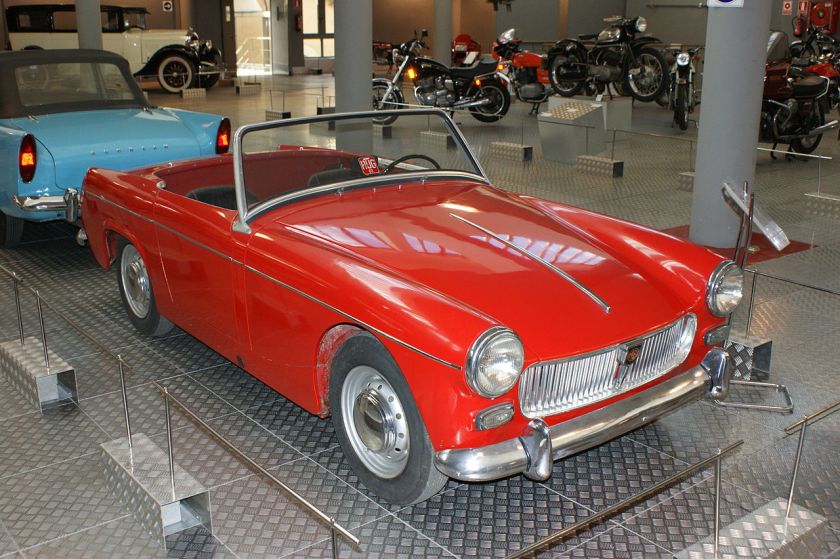
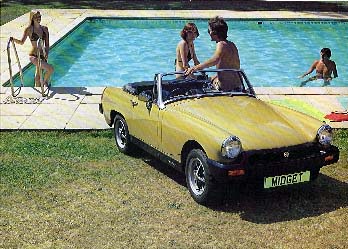
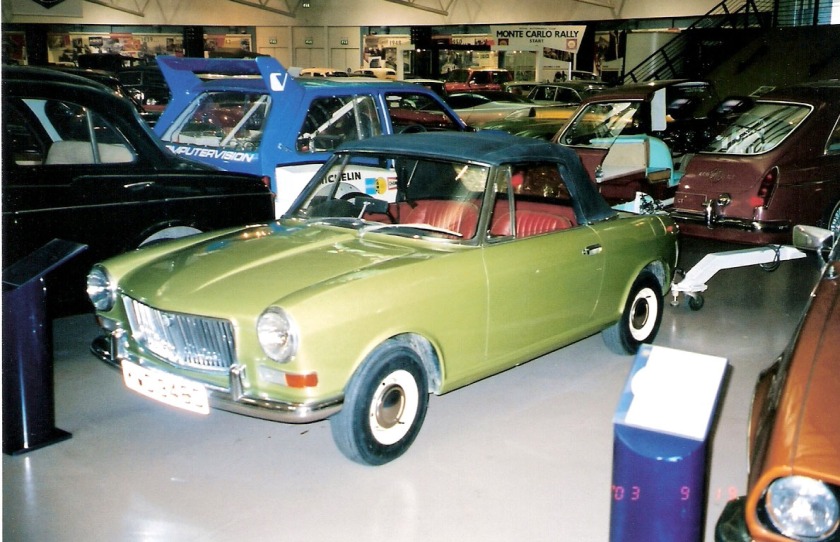 1961–1979: MG Midget
1961–1979: MG Midget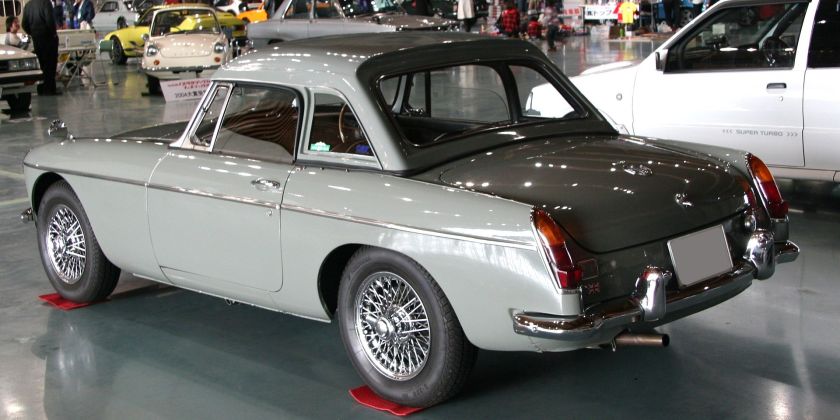
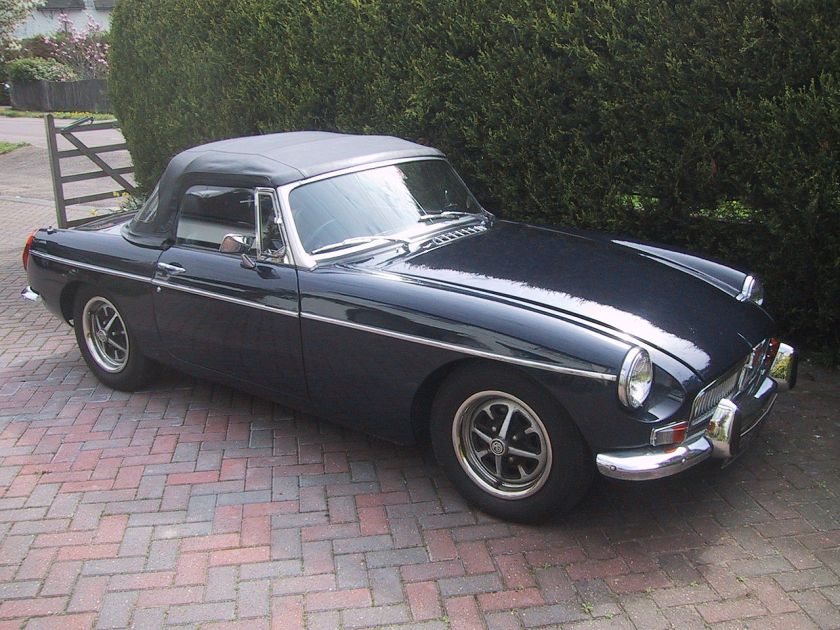
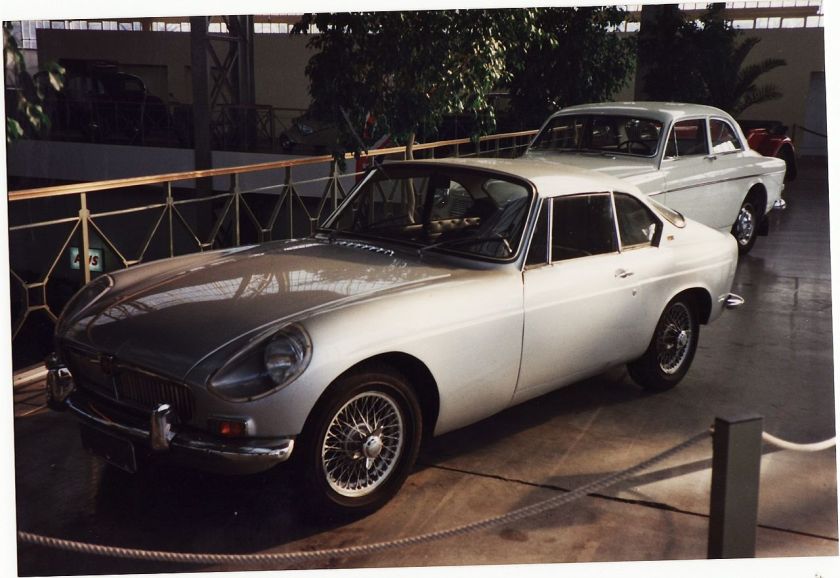
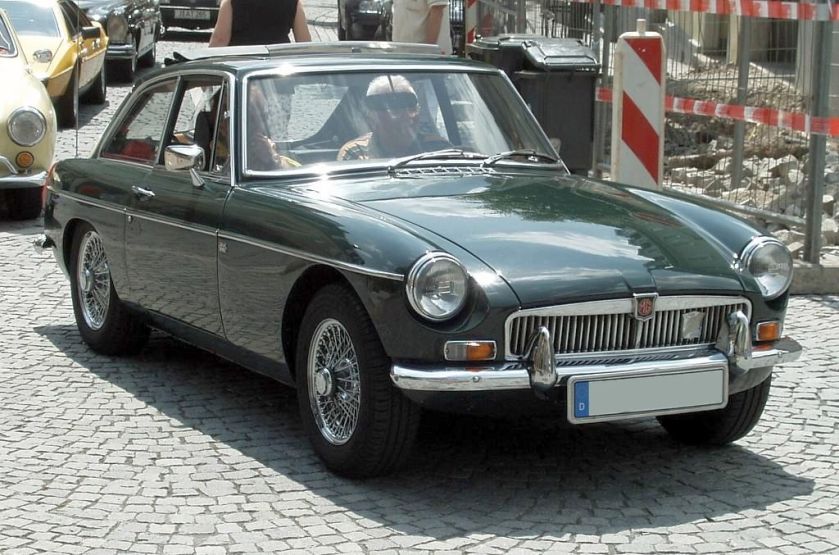
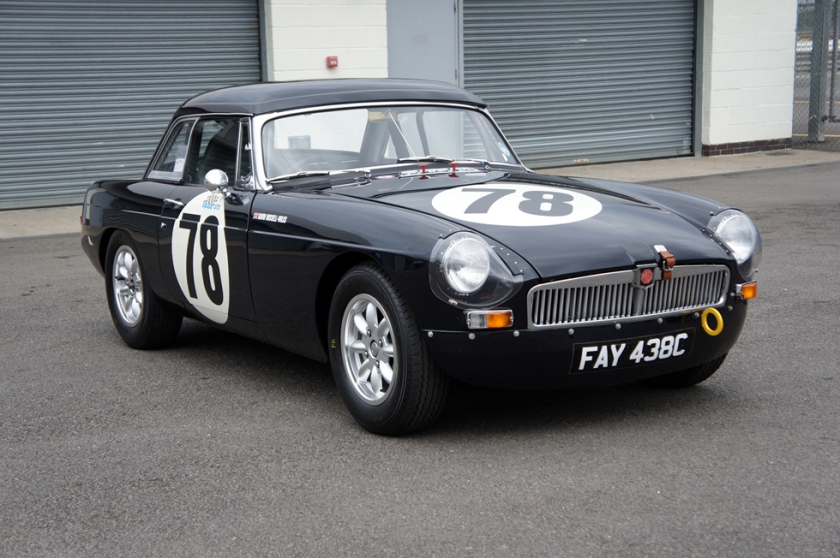
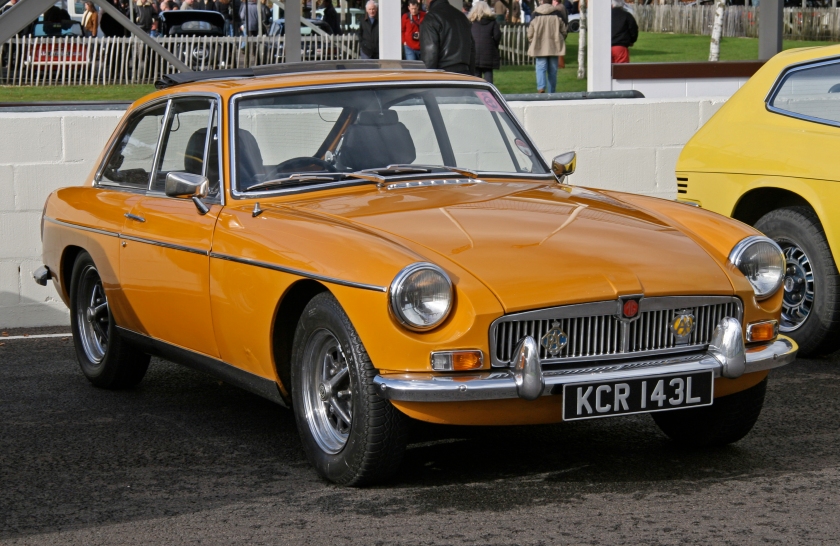
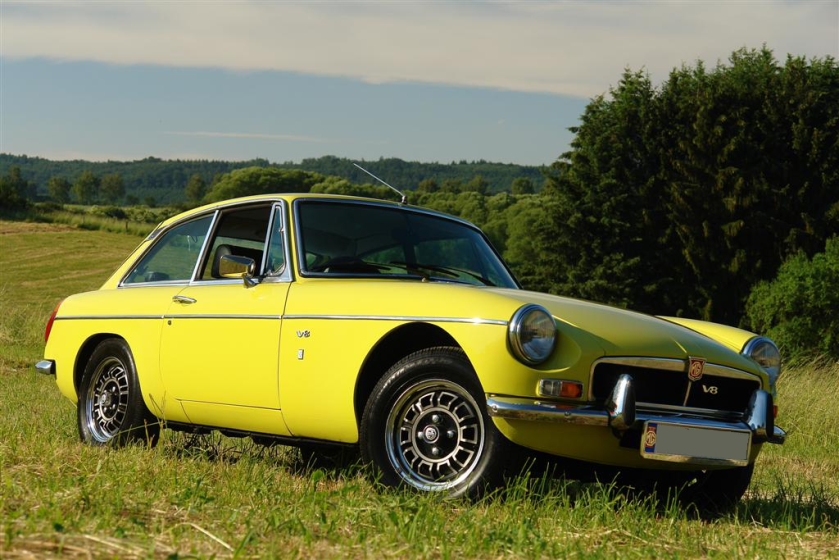
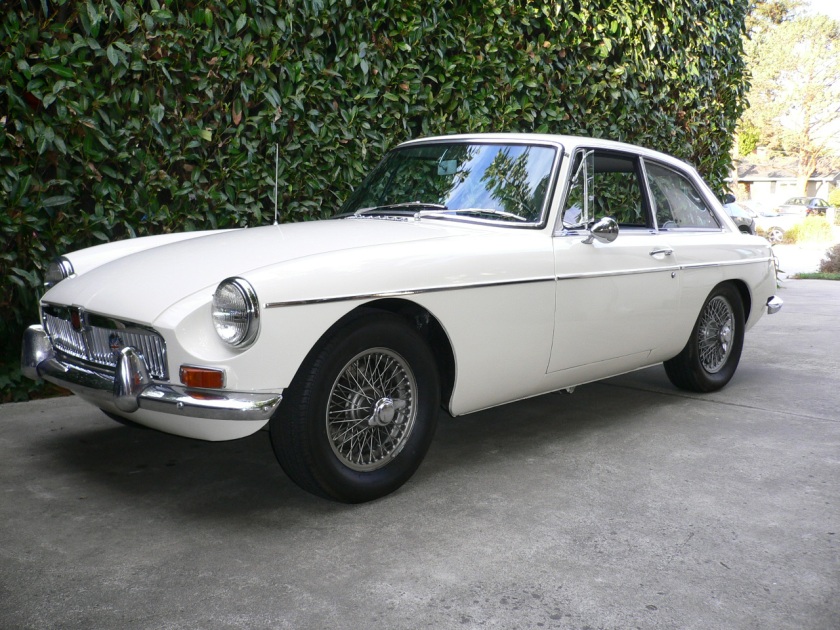
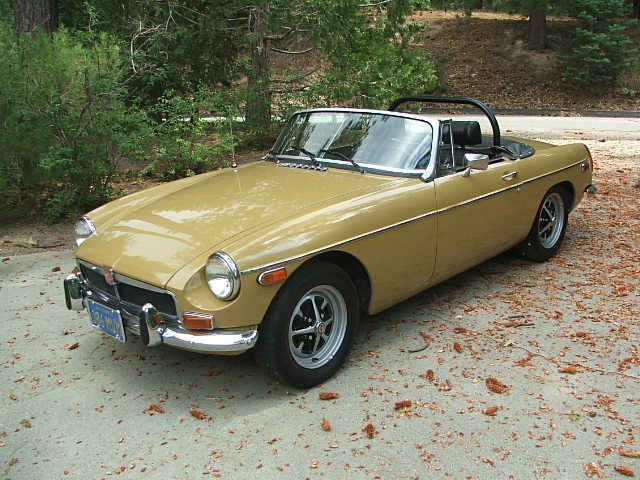
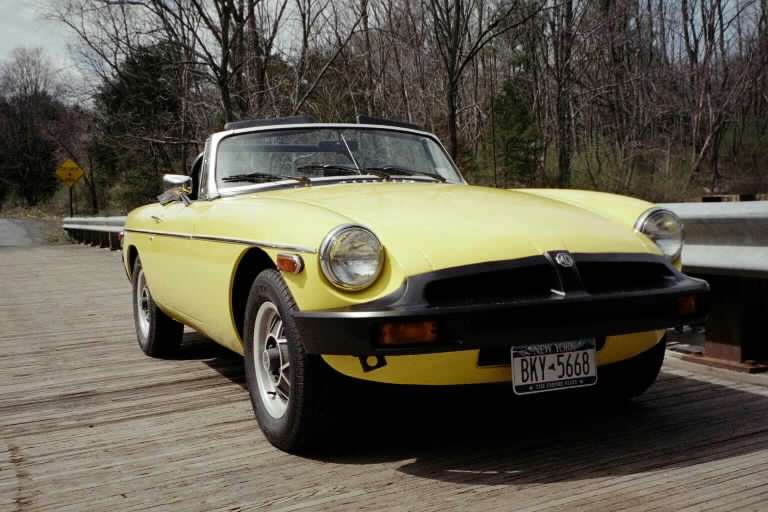 1962–1980: MG MGB
1962–1980: MG MGB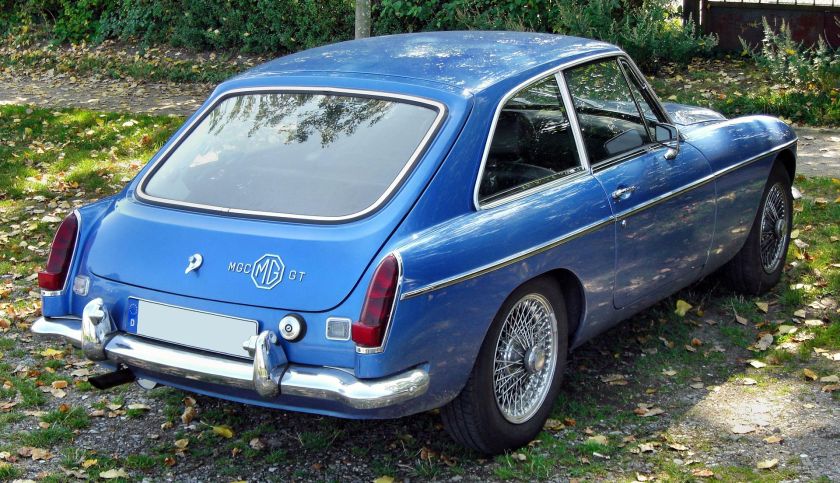
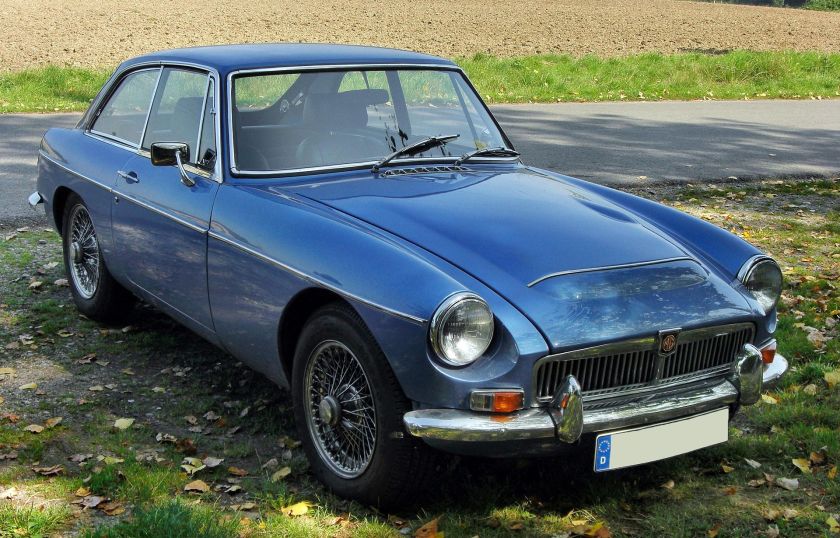 1967–1969: MG MGC
1967–1969: MG MGC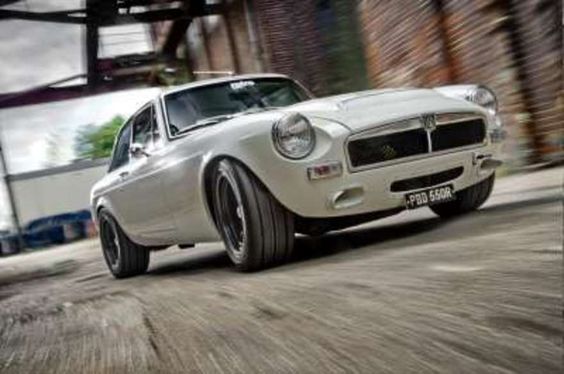
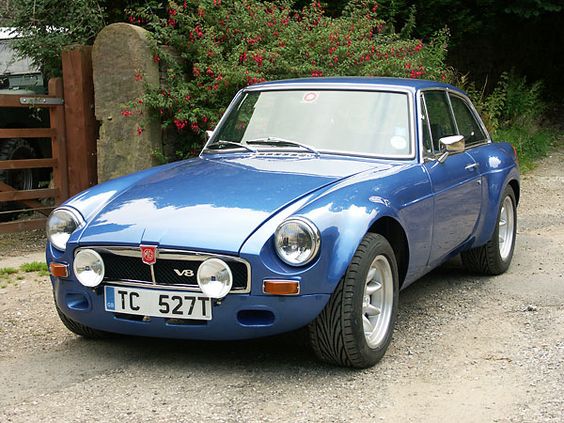
 1973–1976: MGB GT V8
1973–1976: MGB GT V8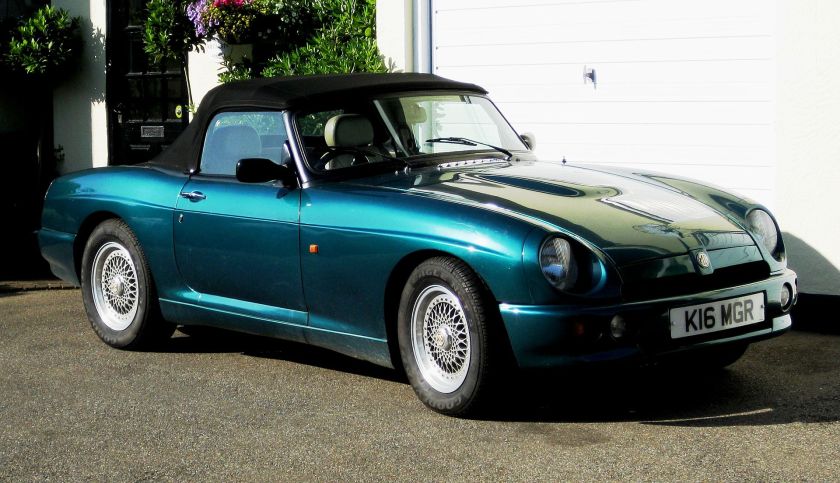 1992–1995: MG RV8
1992–1995: MG RV8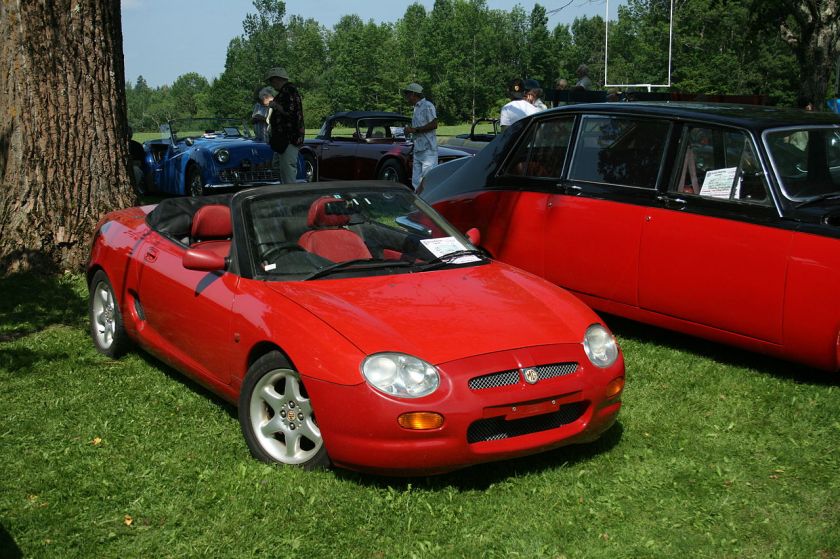
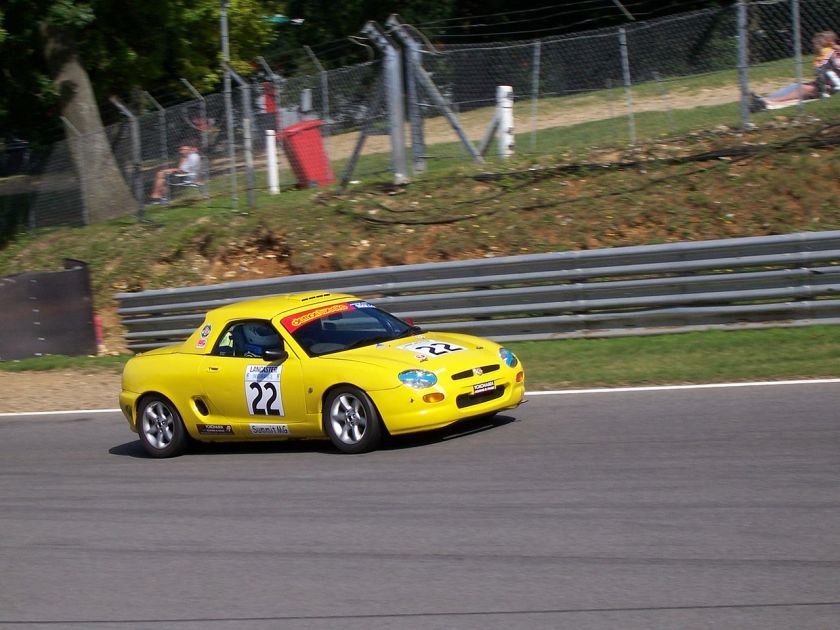 1995–2002: MG F
1995–2002: MG F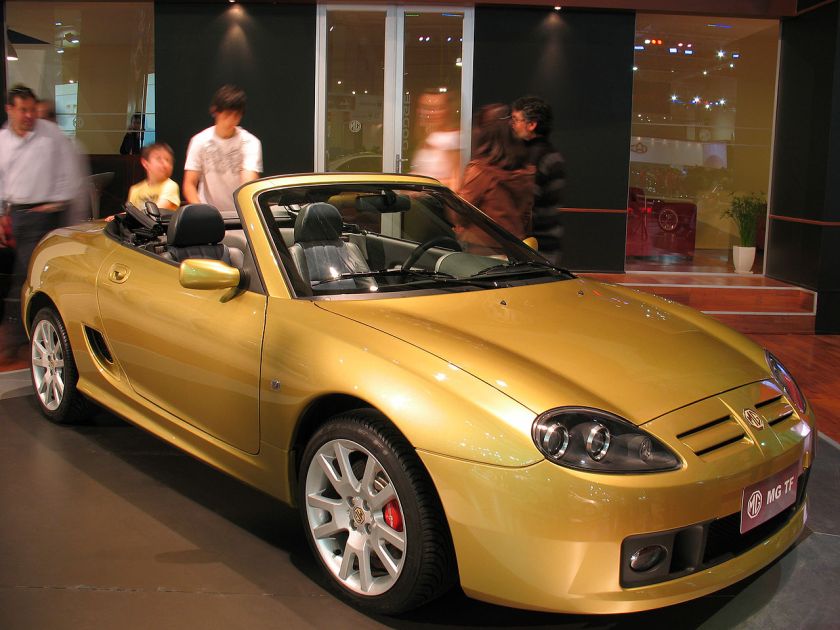
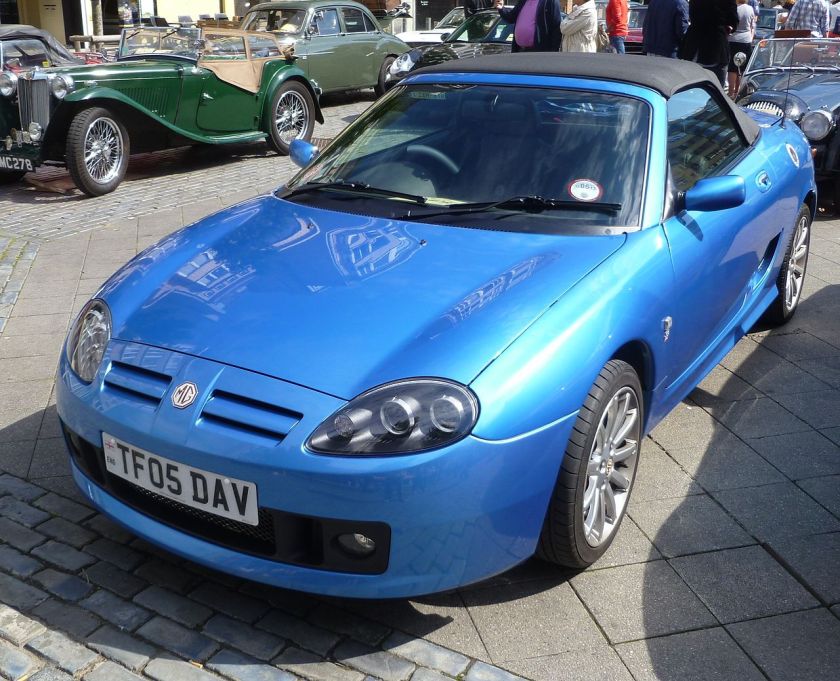
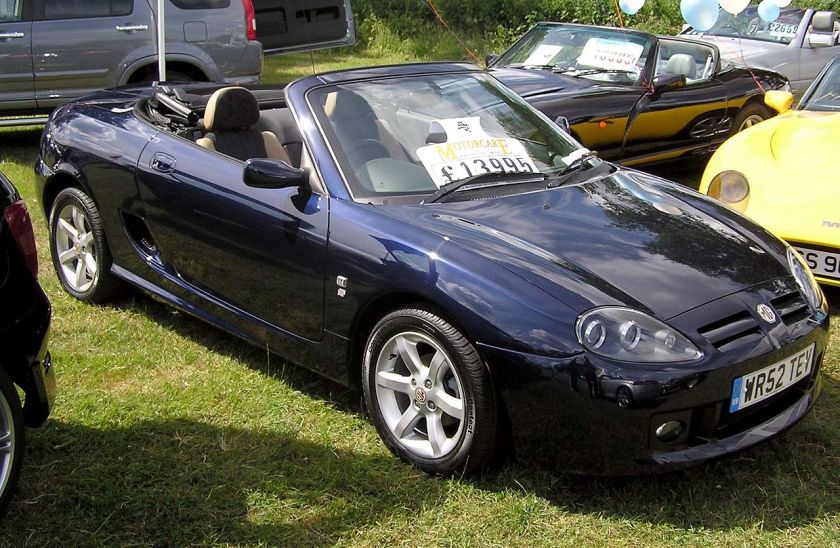
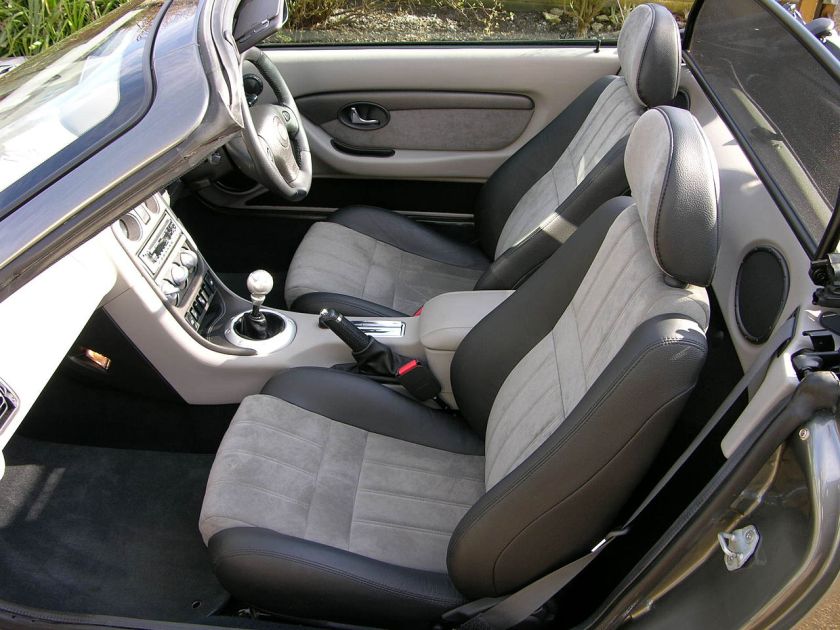
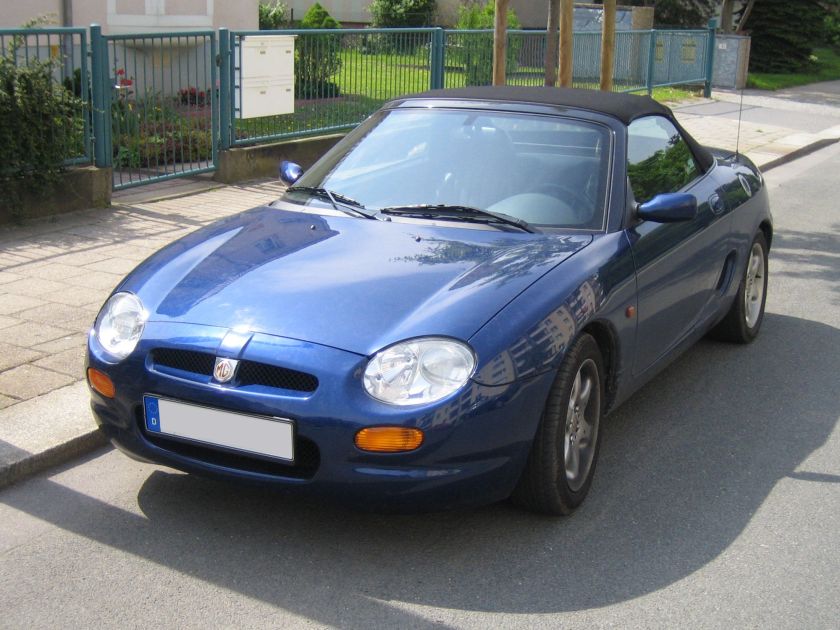 2002–2005 and 2007–2009: MG TF
2002–2005 and 2007–2009: MG TF
Subcompact cars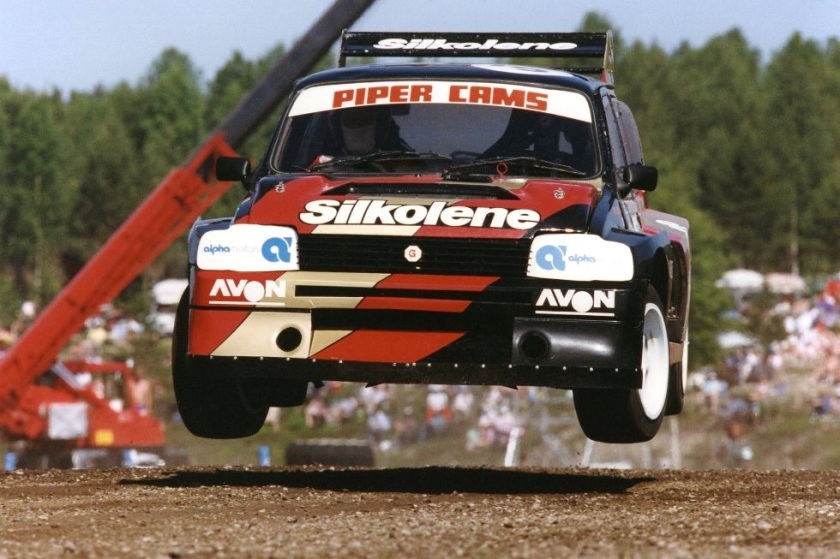
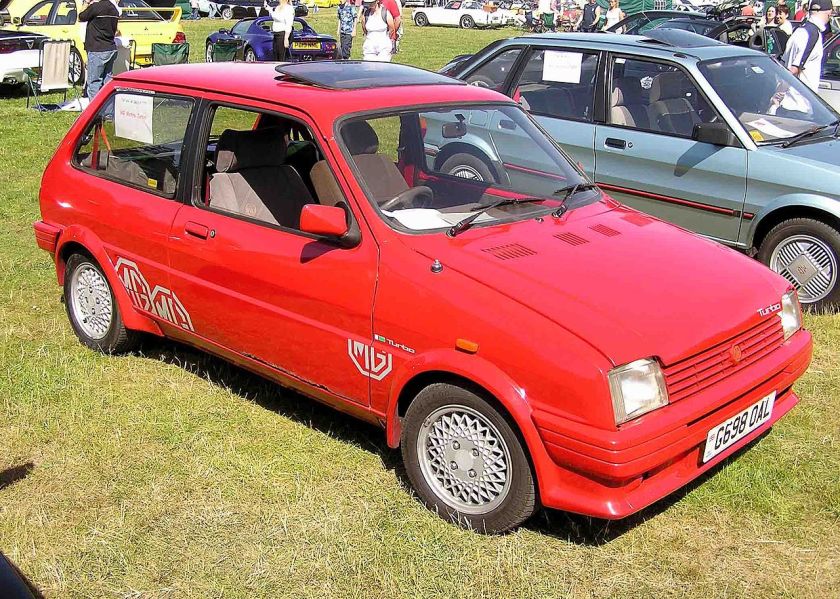
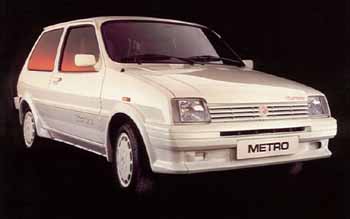
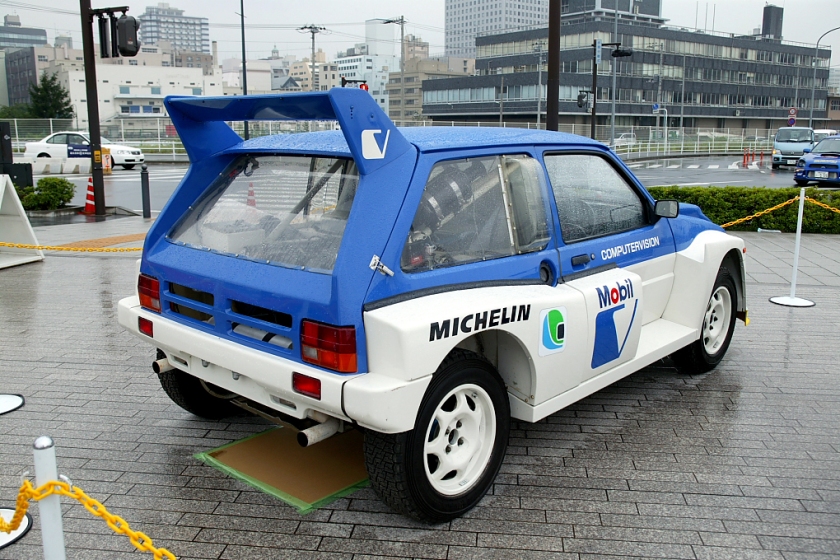
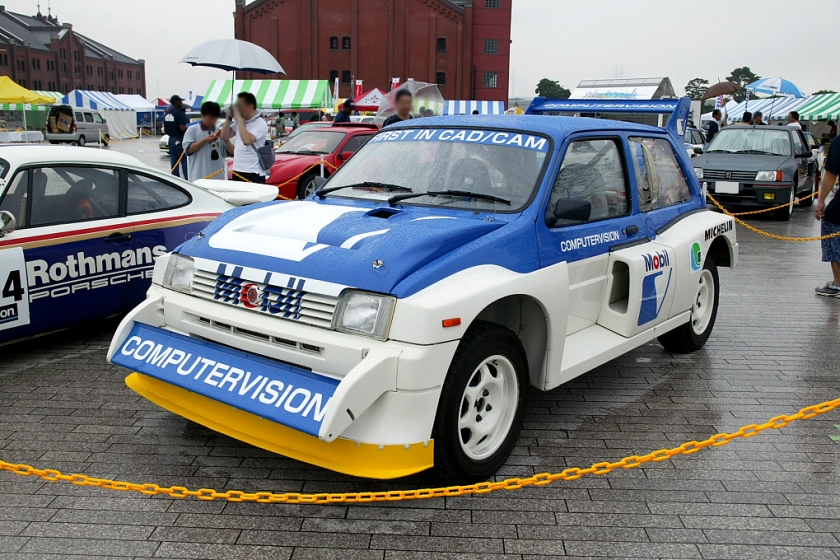 1982–1990: MG Metro
1982–1990: MG Metro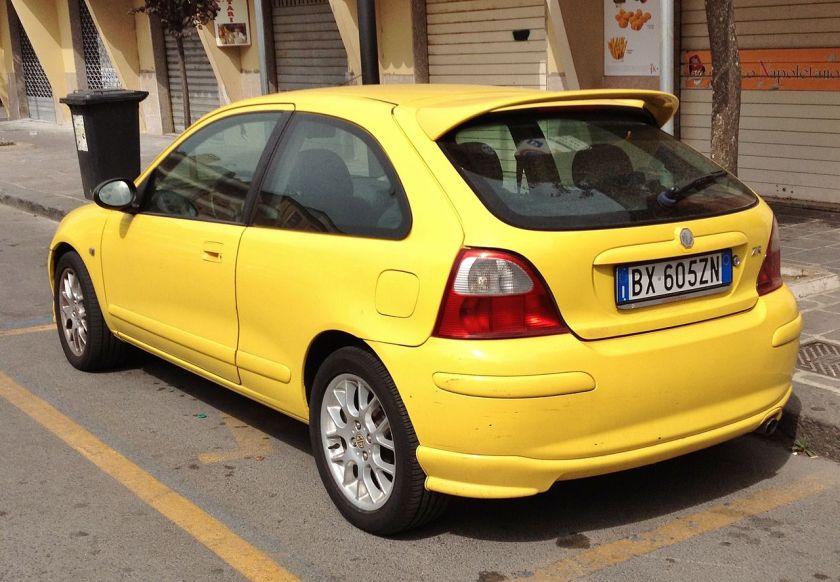
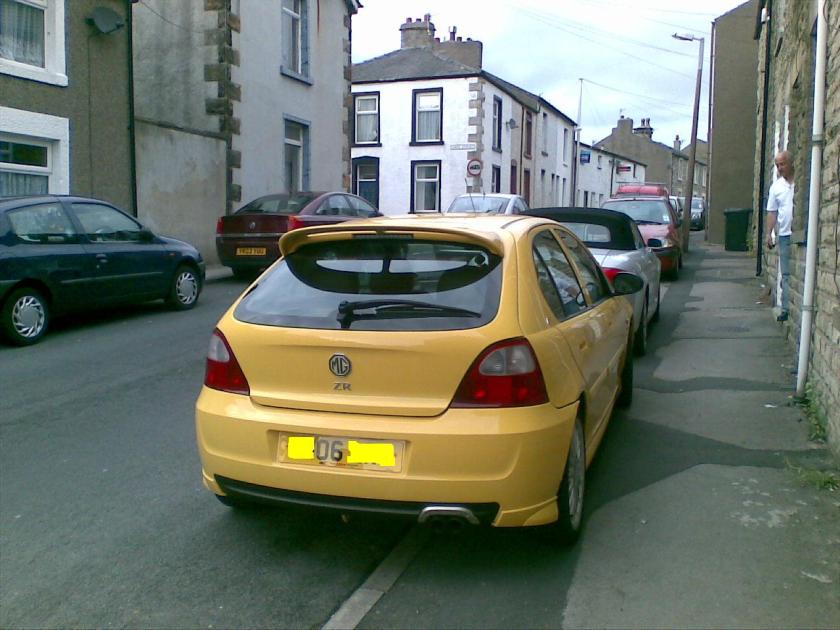
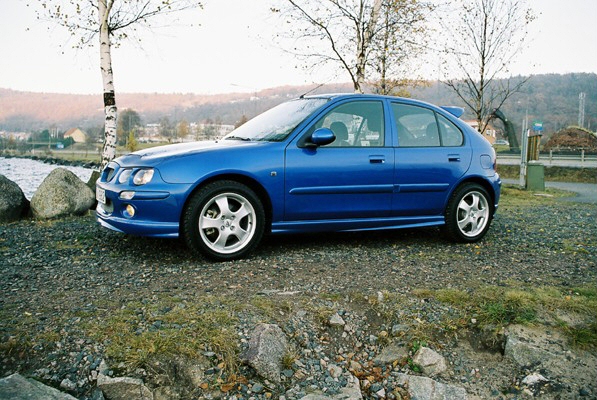
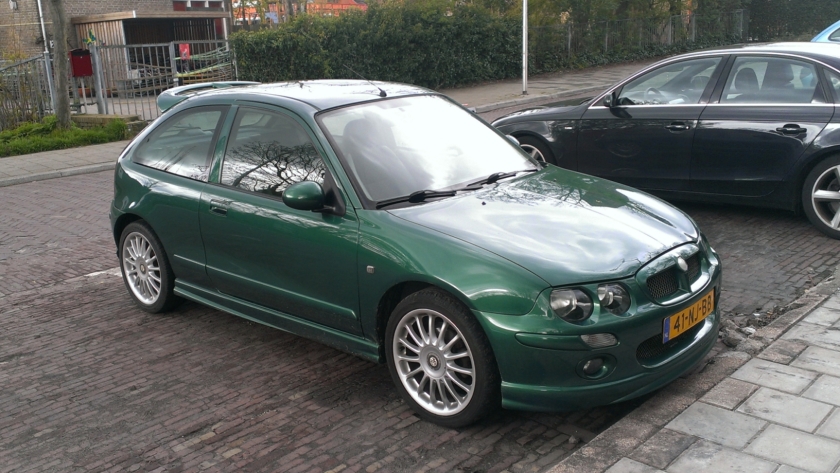
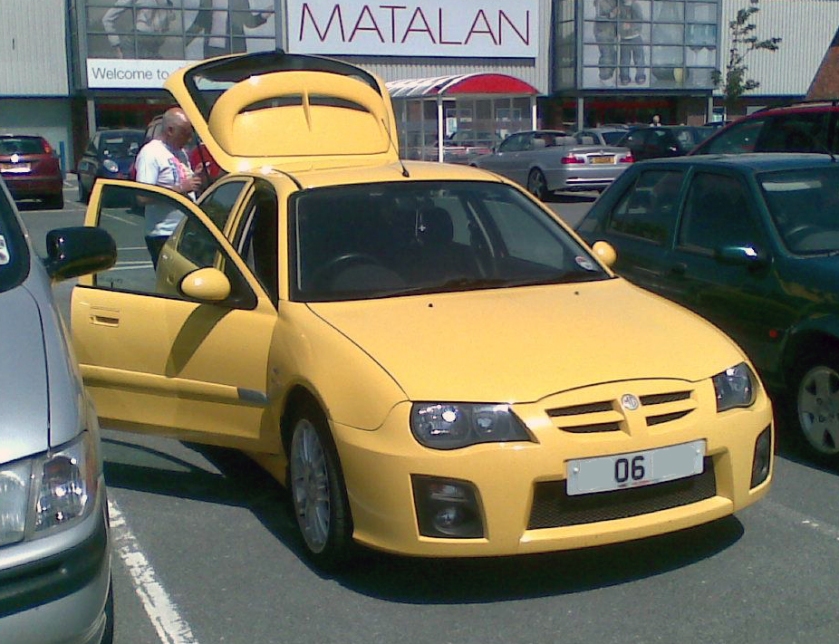
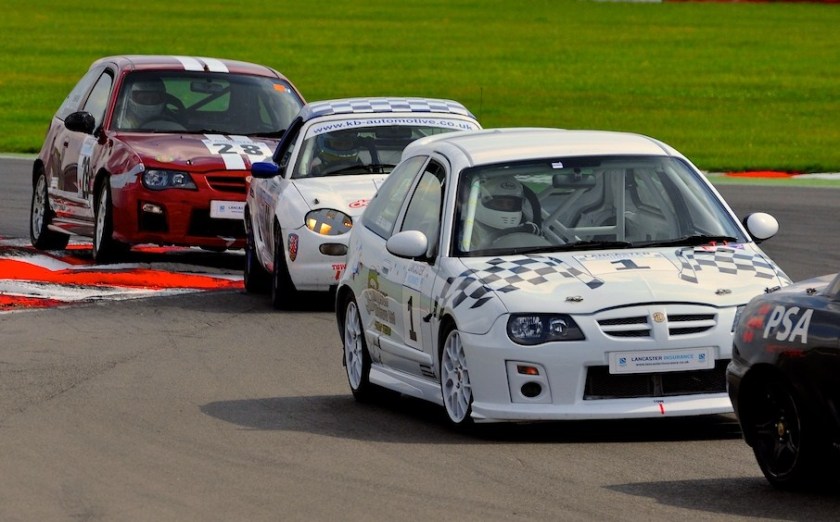
MG 3
Compact cars (Small saloons)
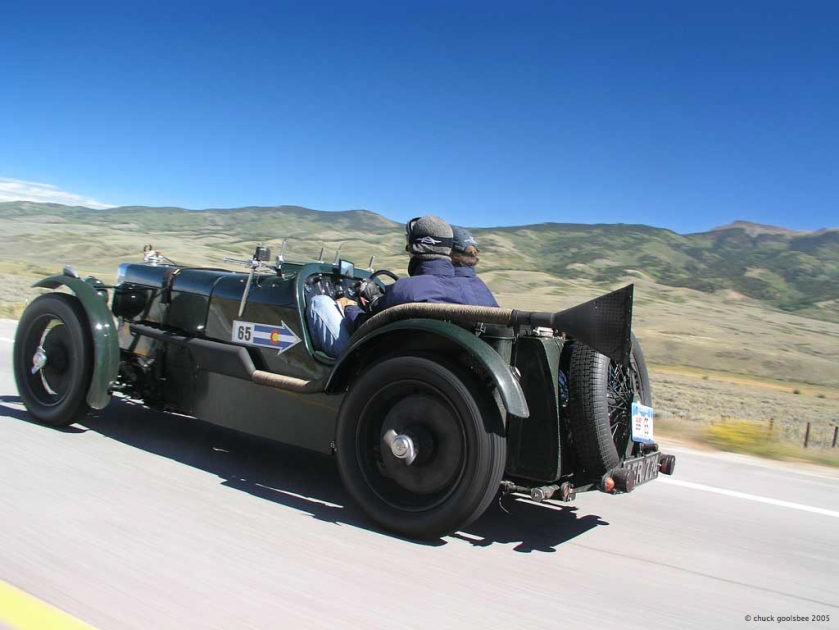
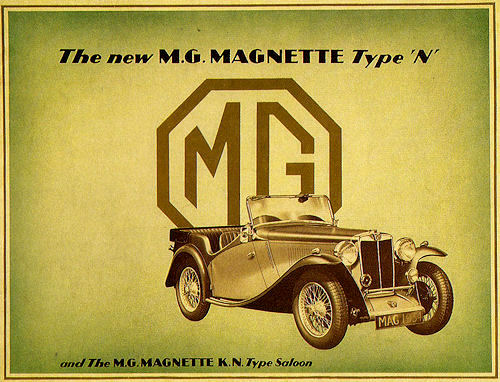
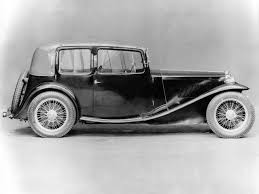
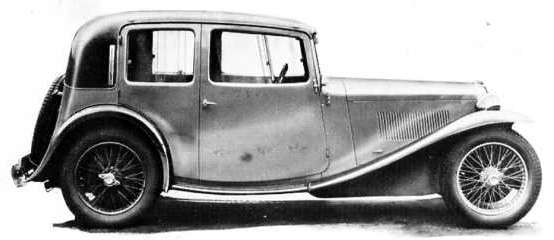
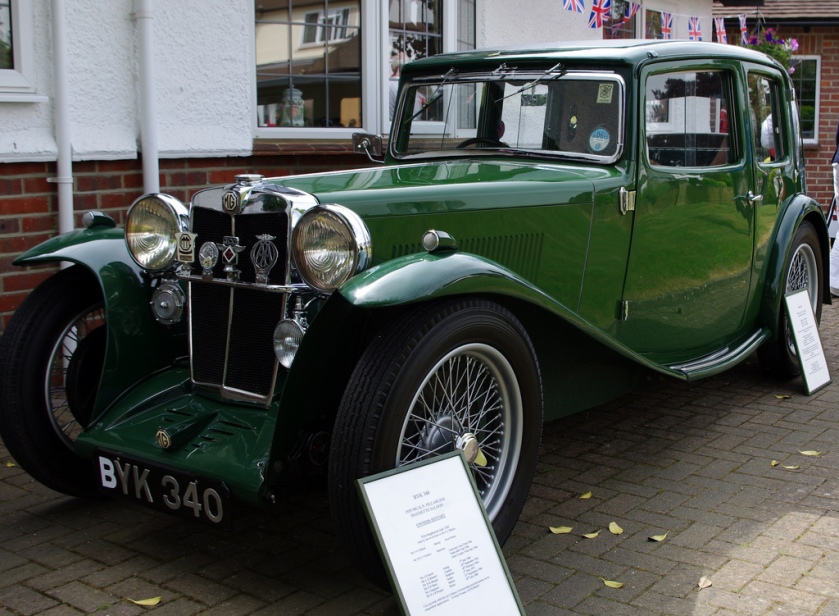
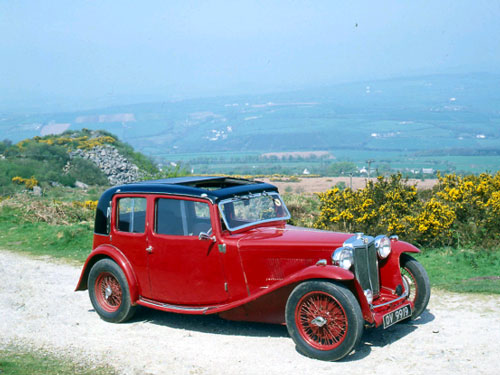
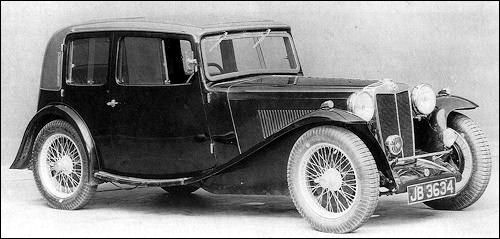
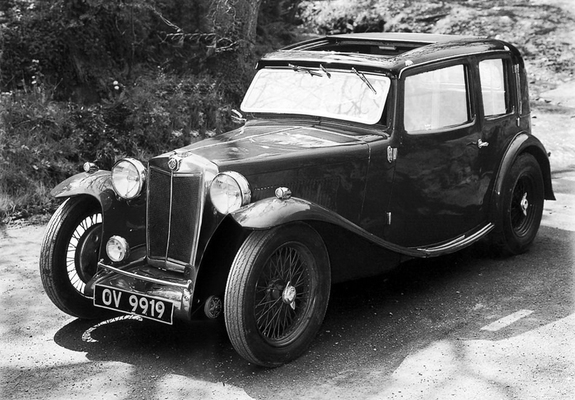
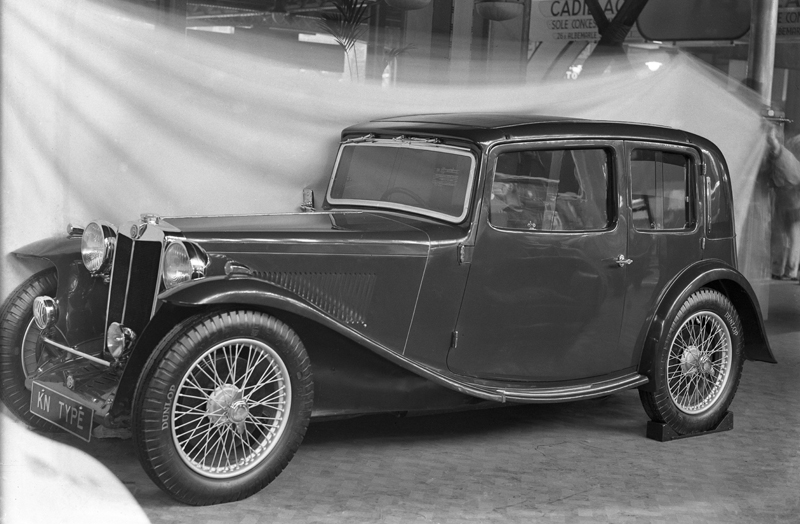
 1933–1934: MG KN
1933–1934: MG KN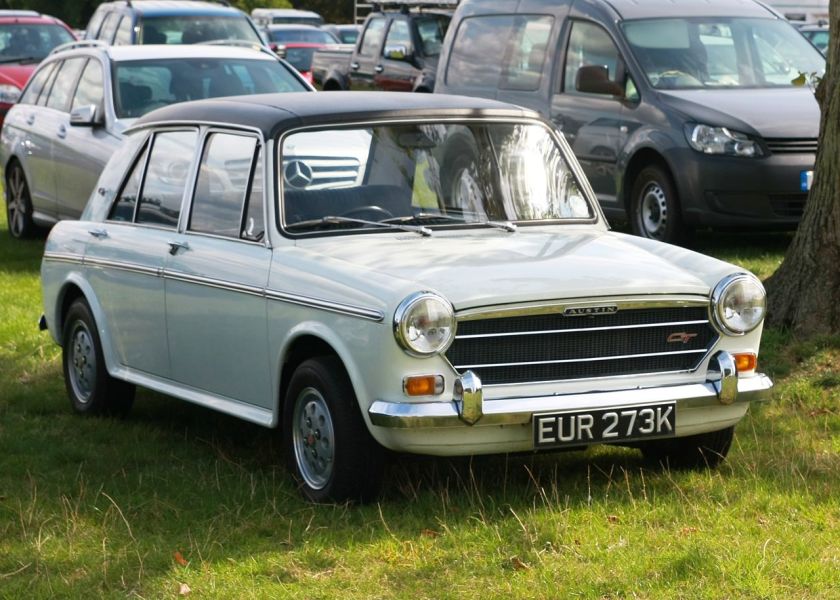 1972 BMC ADO16 Amalgamated Drawing Office project number 16
1972 BMC ADO16 Amalgamated Drawing Office project number 16
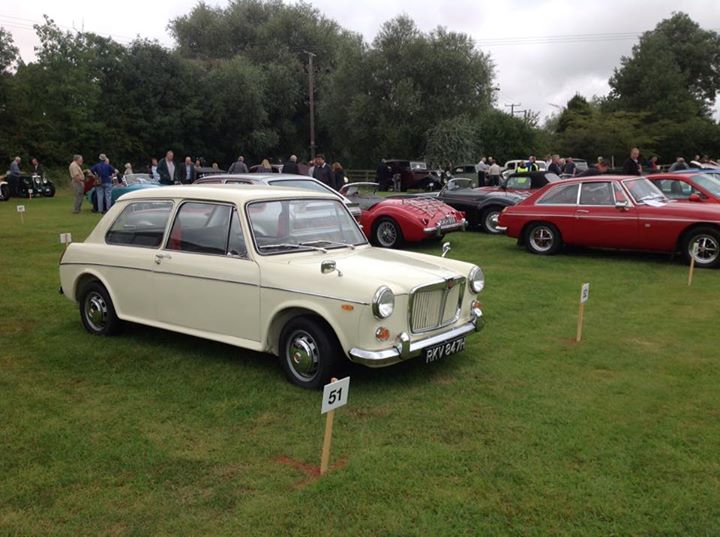
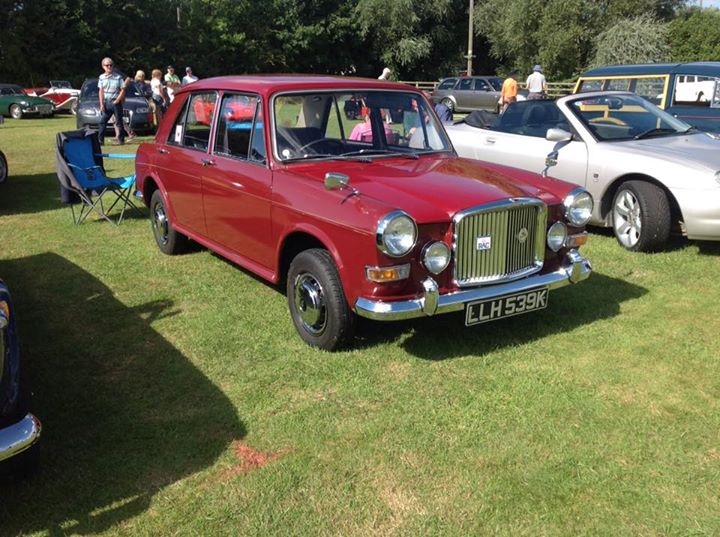
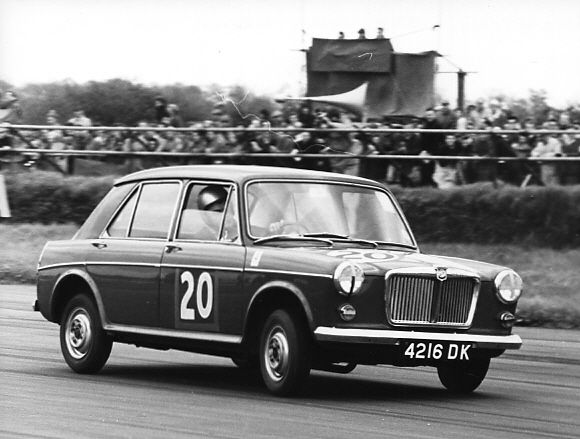 1962–1968: MG 1100
1962–1968: MG 1100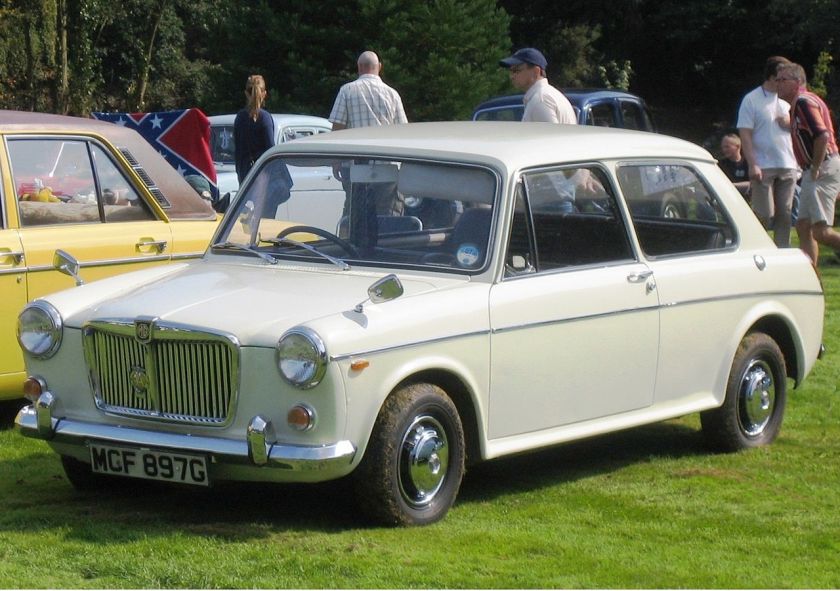 1967–1973: MG 1300
1967–1973: MG 1300
Midsize cars (Medium saloons)
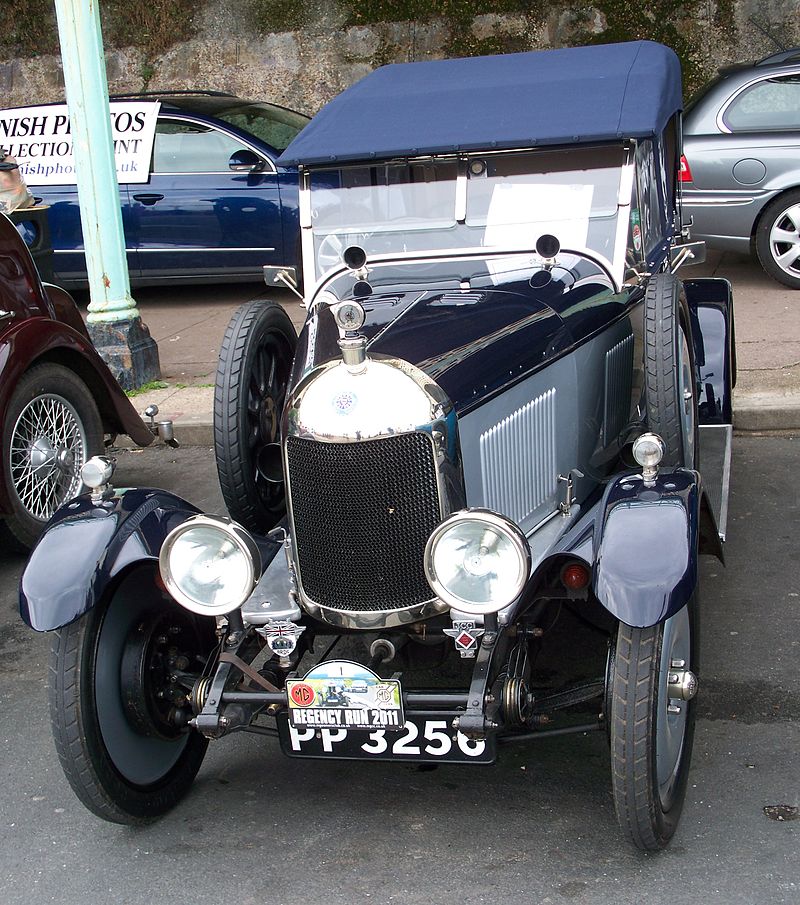
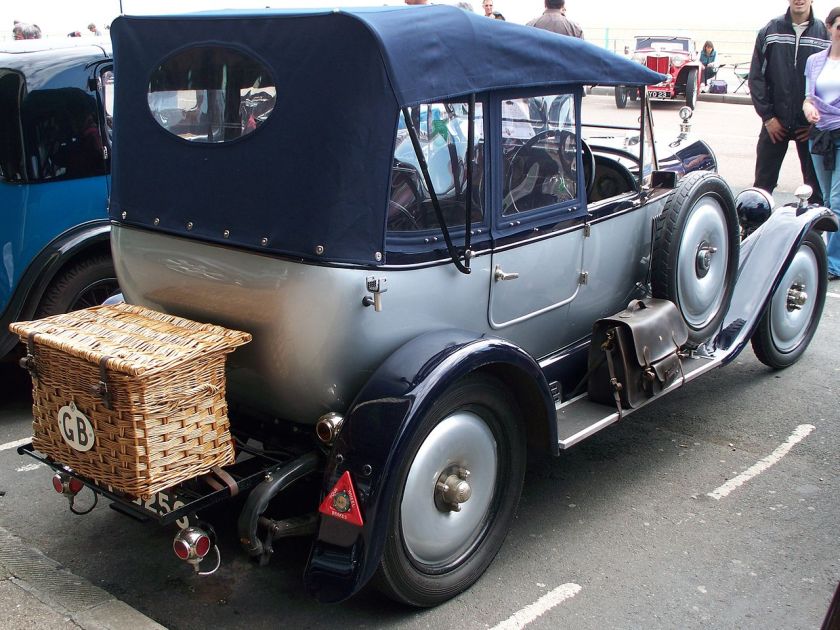
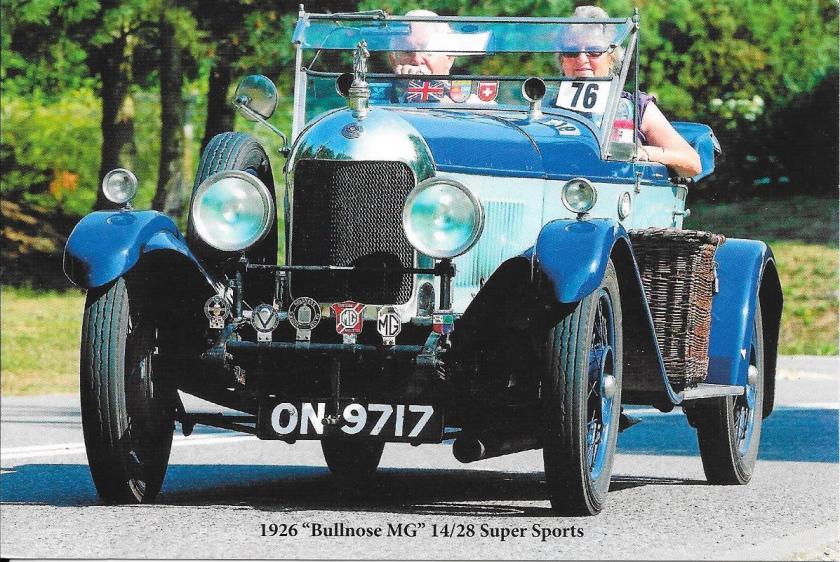
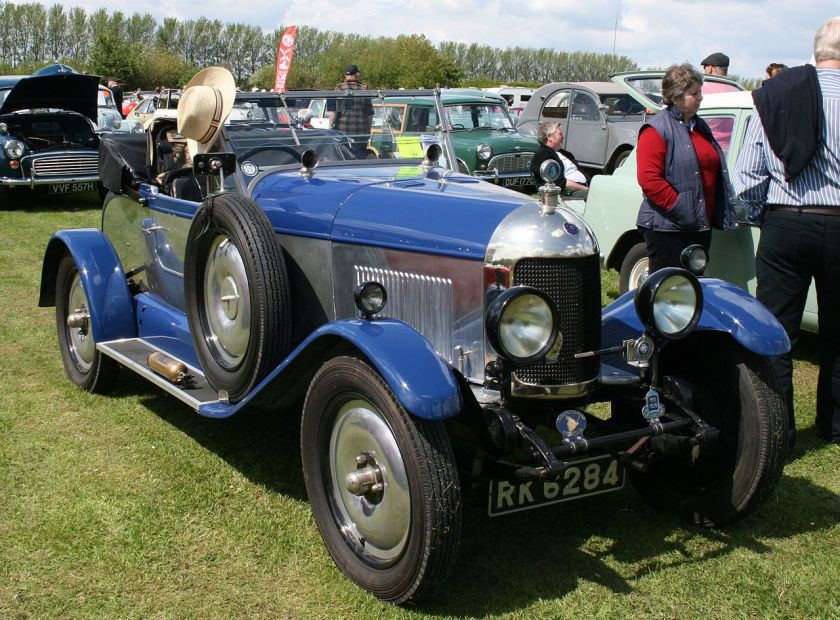
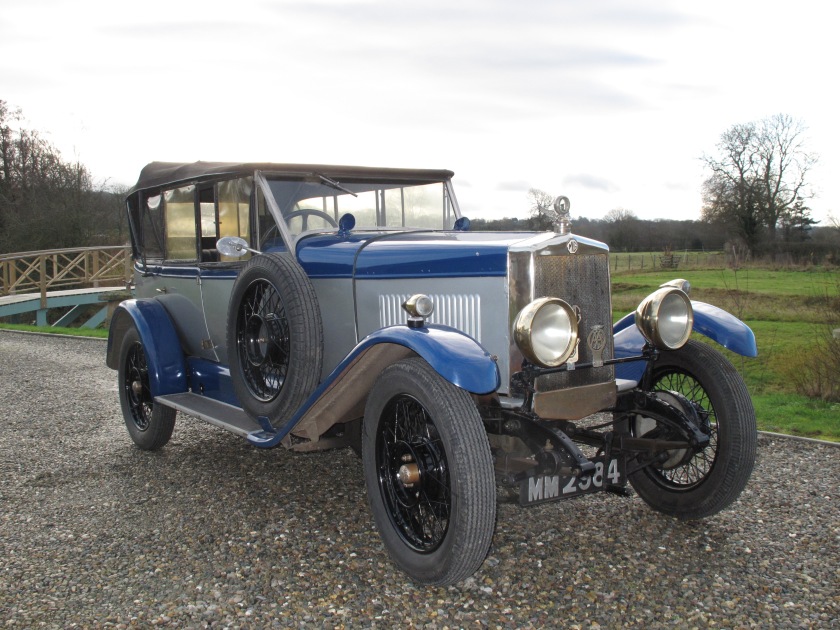 1924–1927: MG 14/28
1924–1927: MG 14/28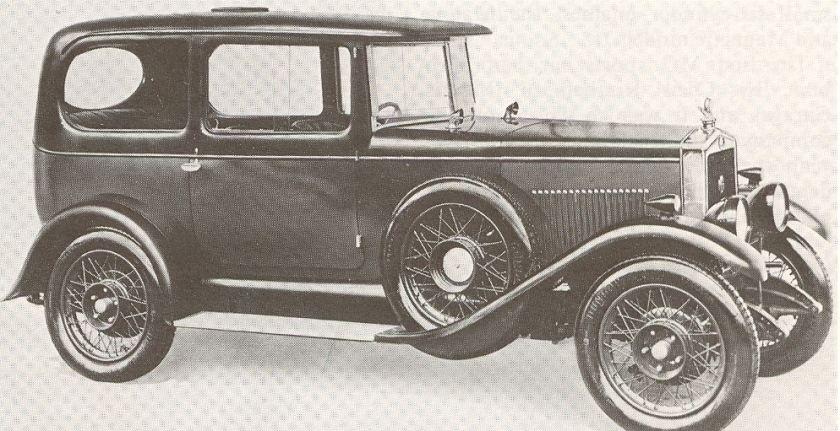
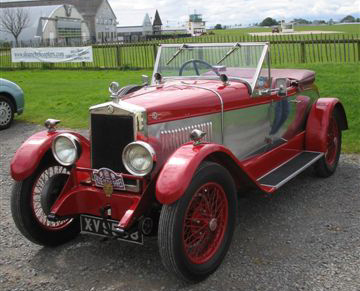
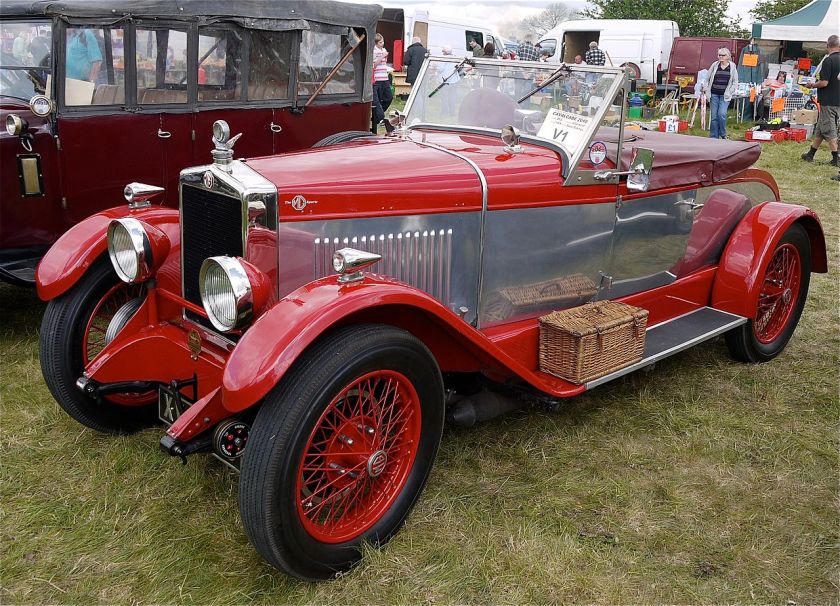
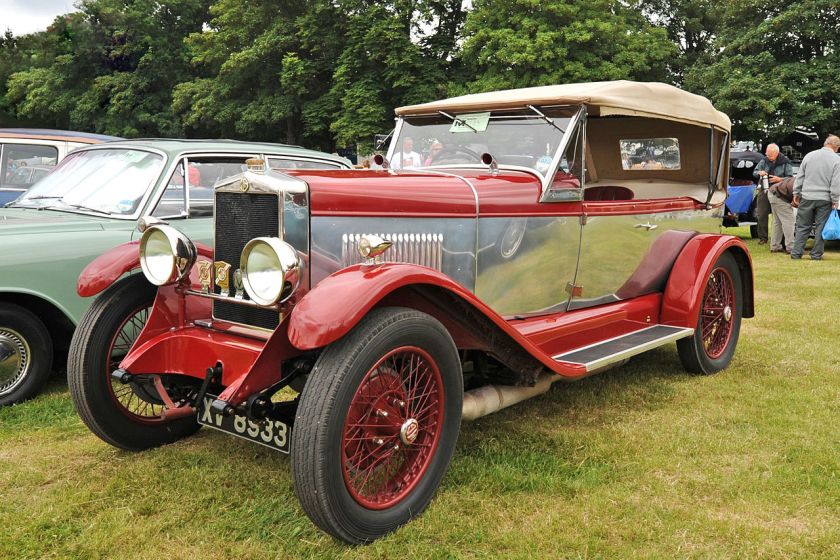 1927–1929: MG 14/40
1927–1929: MG 14/40
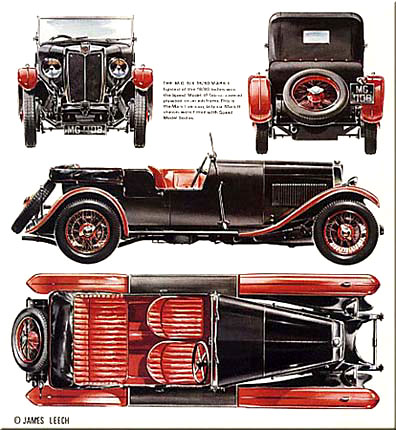
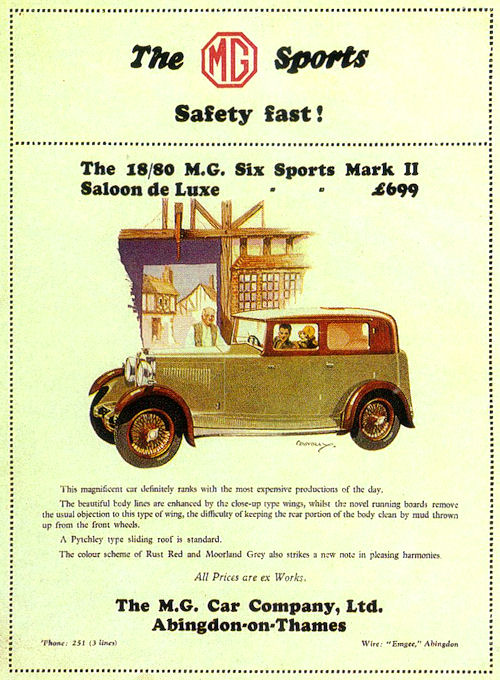
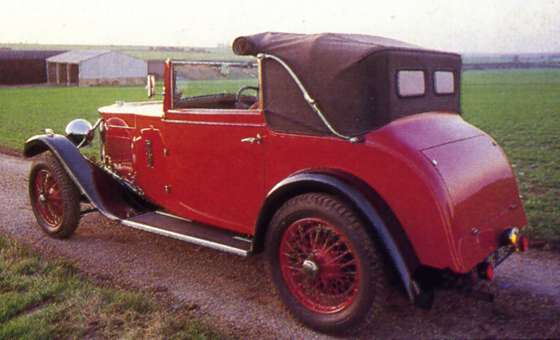
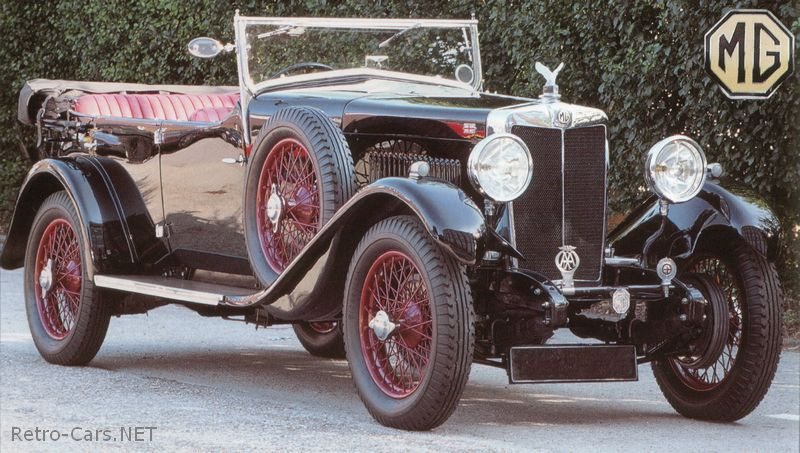
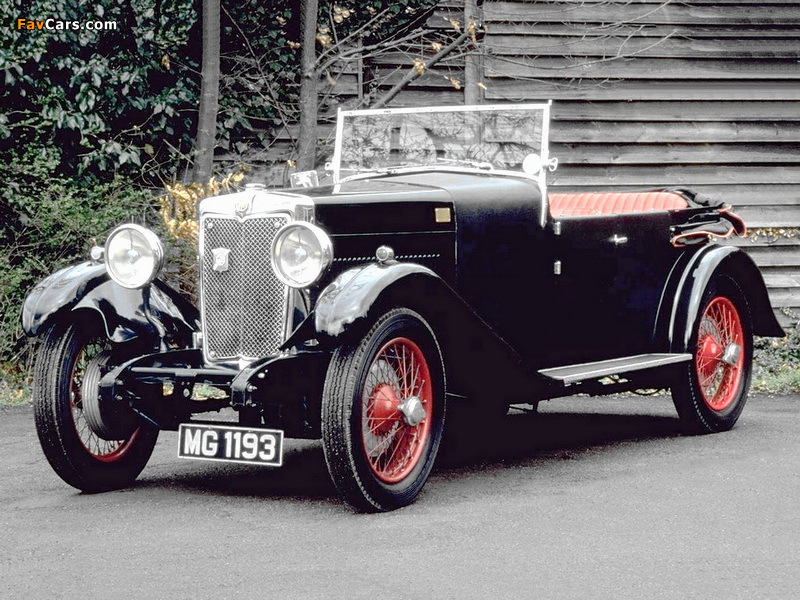
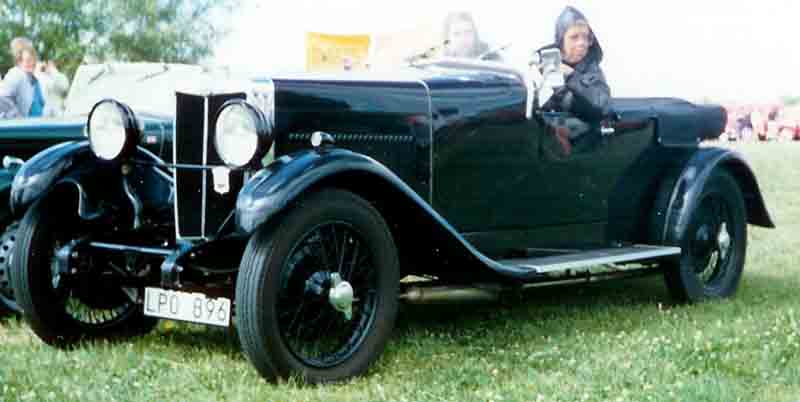
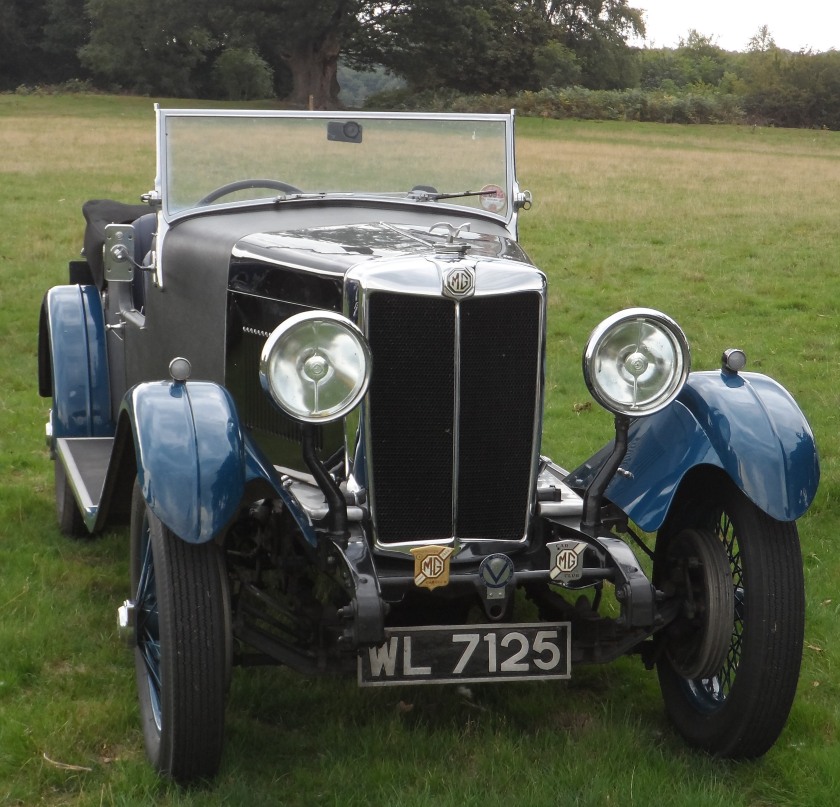
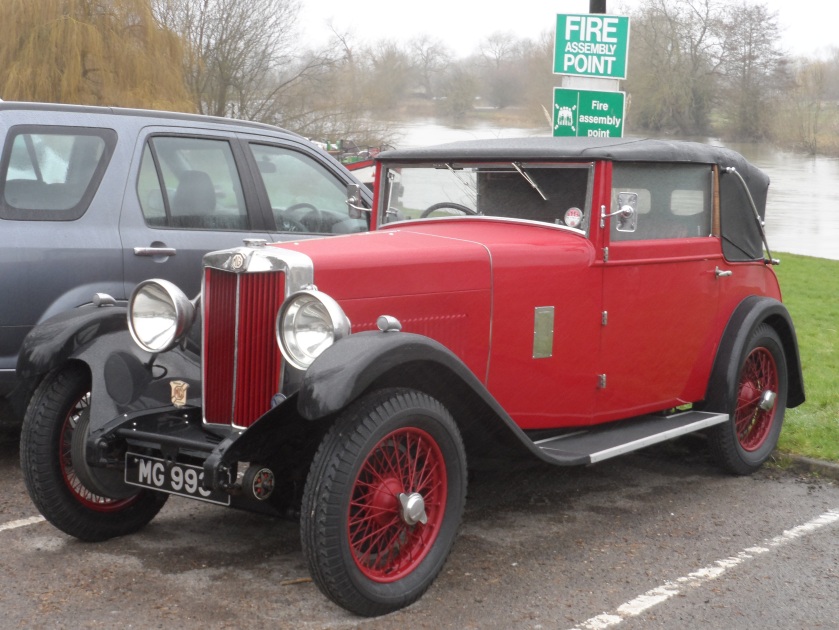
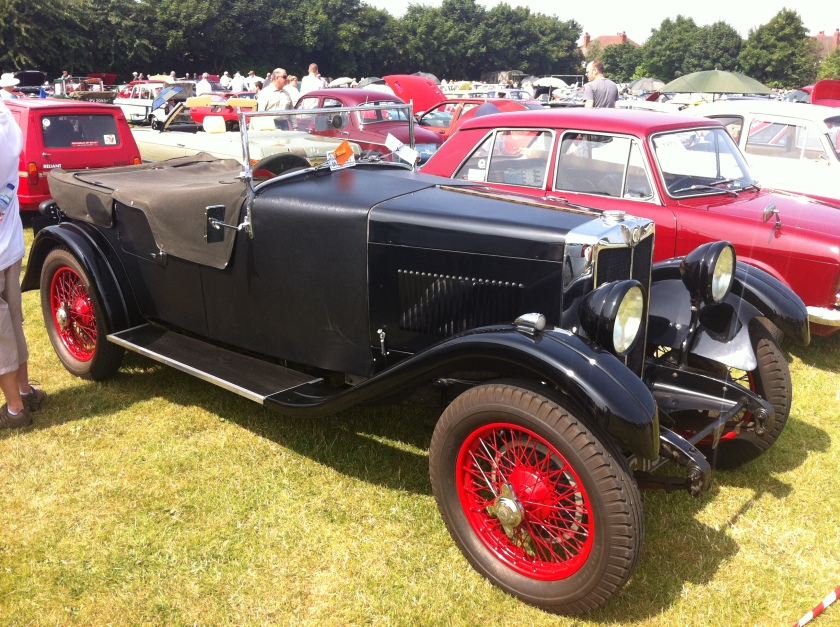
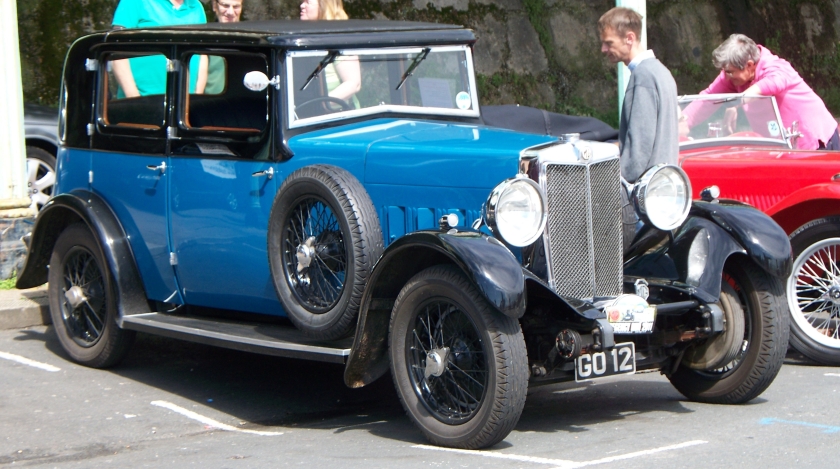 1928–1933: MG 18/80
1928–1933: MG 18/80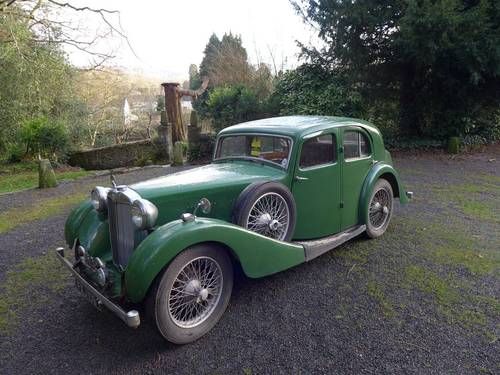
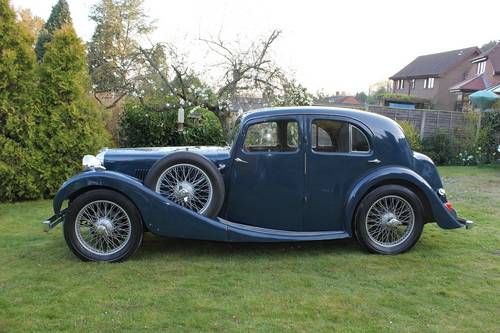
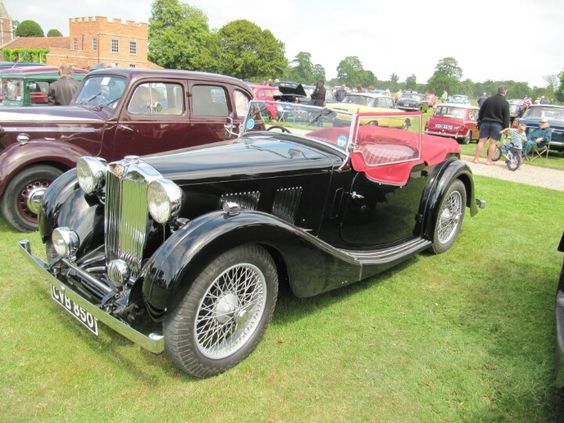
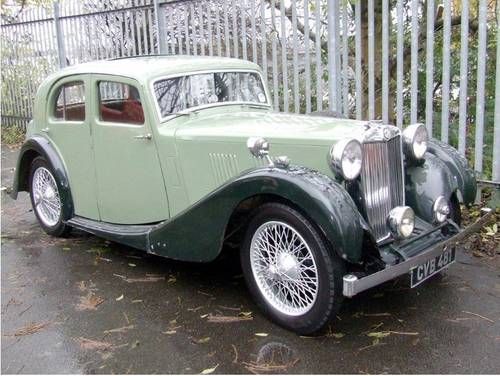 1937–1939: MG VA
1937–1939: MG VA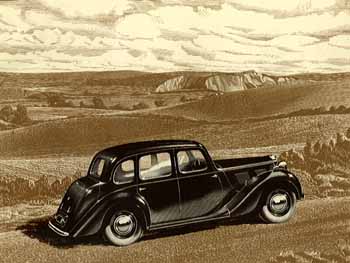
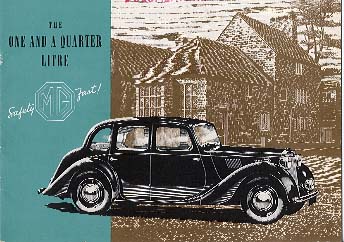
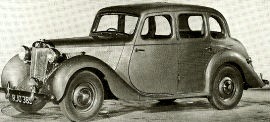
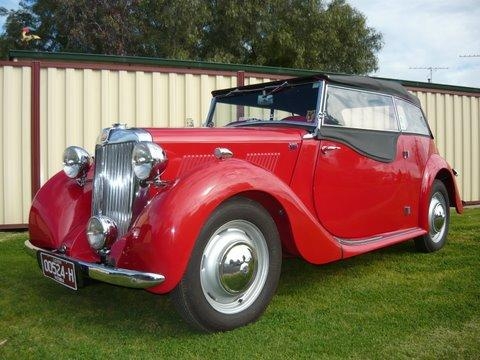
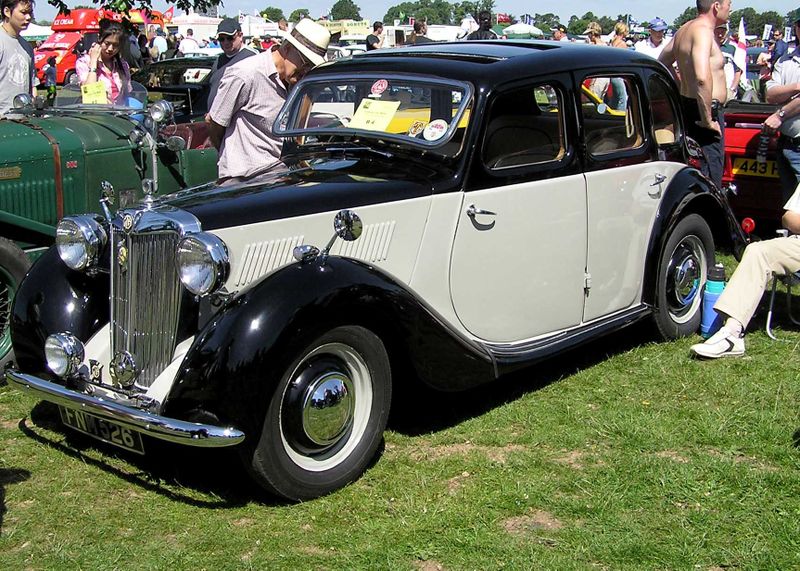
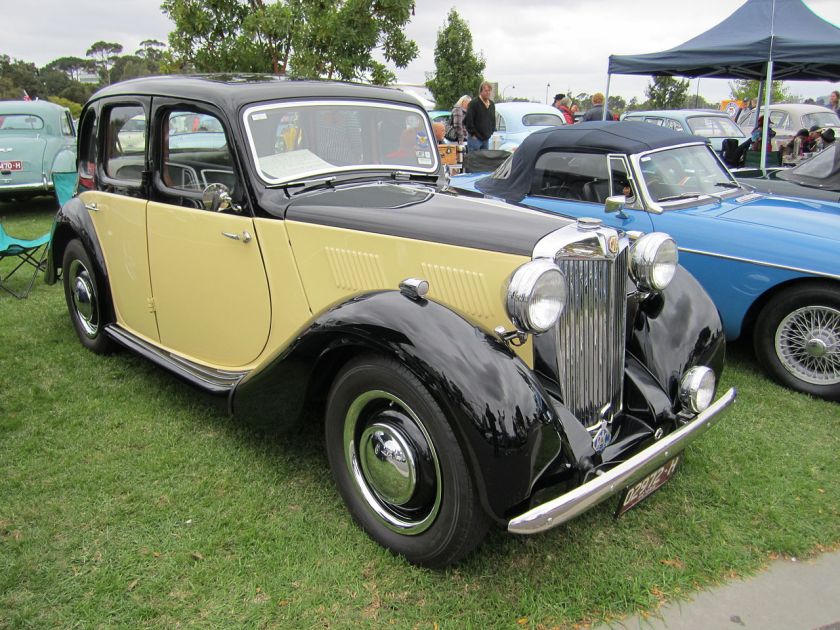
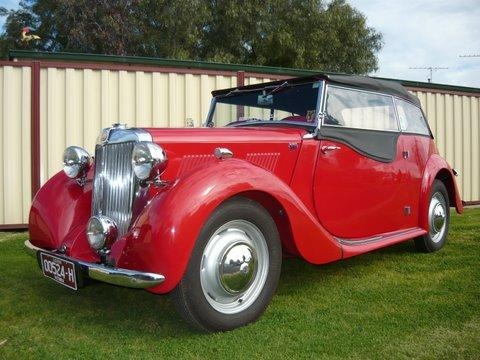
 1947–1953: MG Y-type
1947–1953: MG Y-type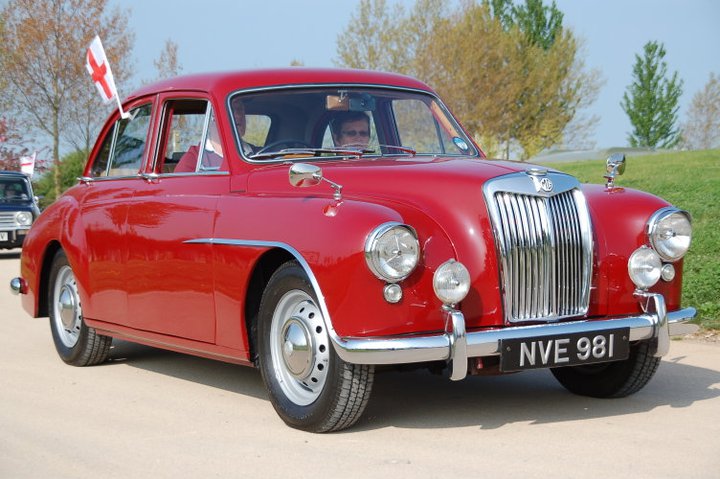
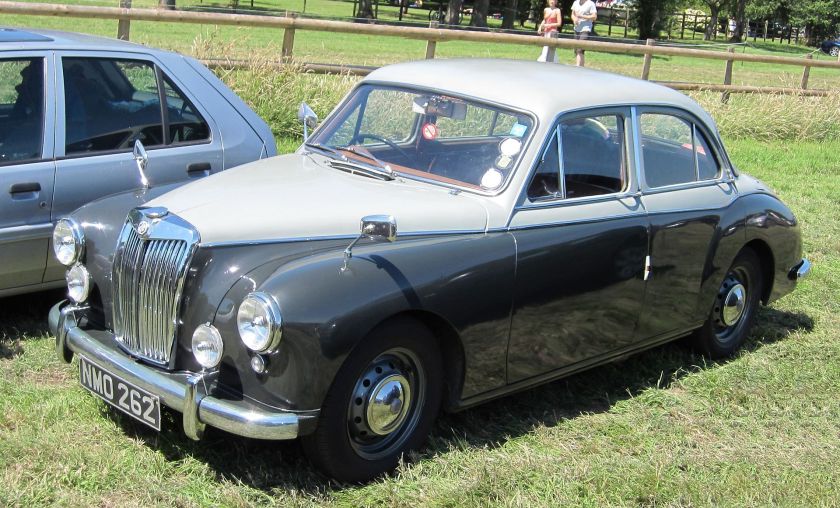
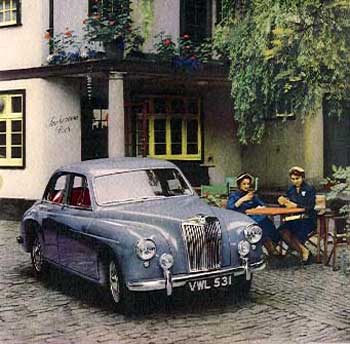
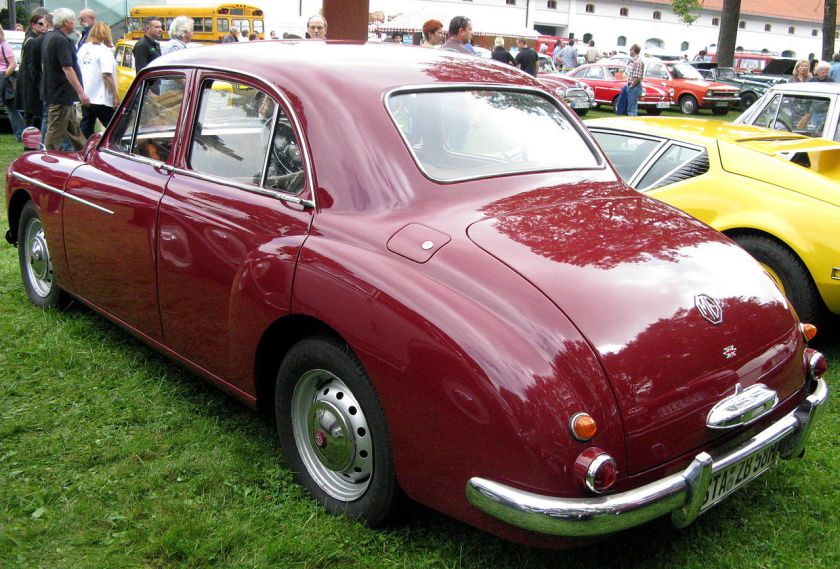
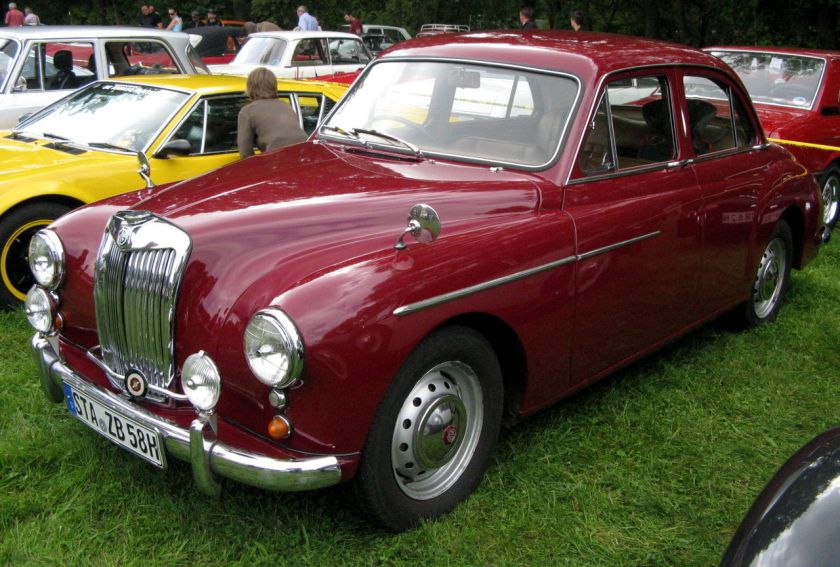
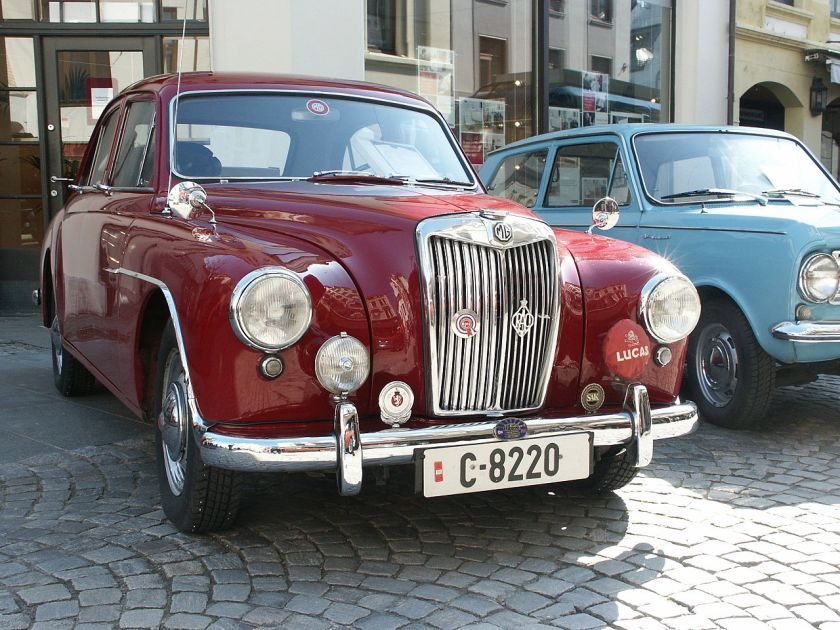 1953–1956: MG Magnette ZA + 1956–1958: MG Magnette ZB
1953–1956: MG Magnette ZA + 1956–1958: MG Magnette ZB
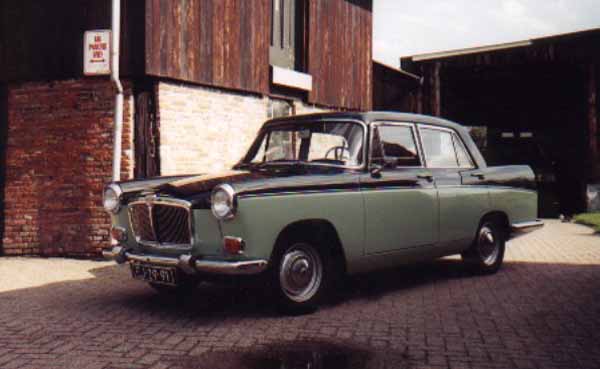
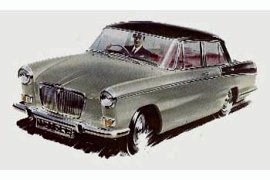
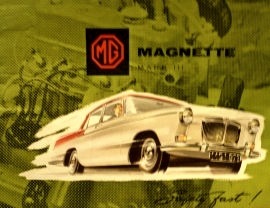 1959–1961: MG Magnette Mk. III
1959–1961: MG Magnette Mk. III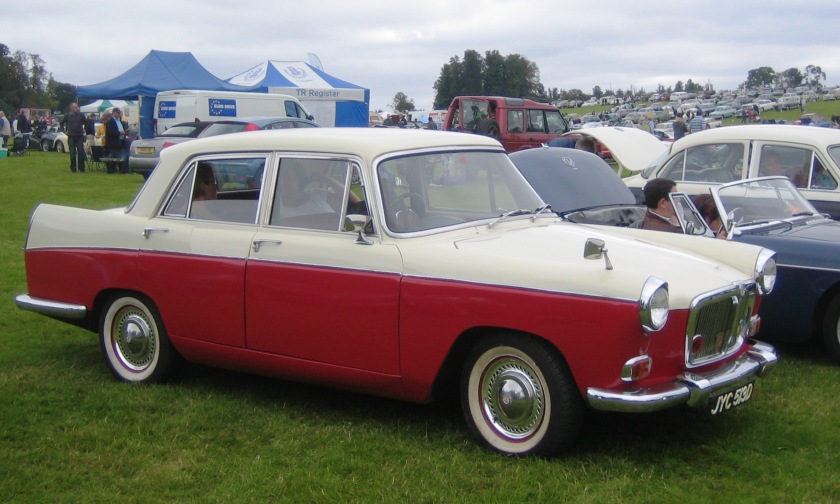 1961–1968: MG Magnette Mk. IV
1961–1968: MG Magnette Mk. IV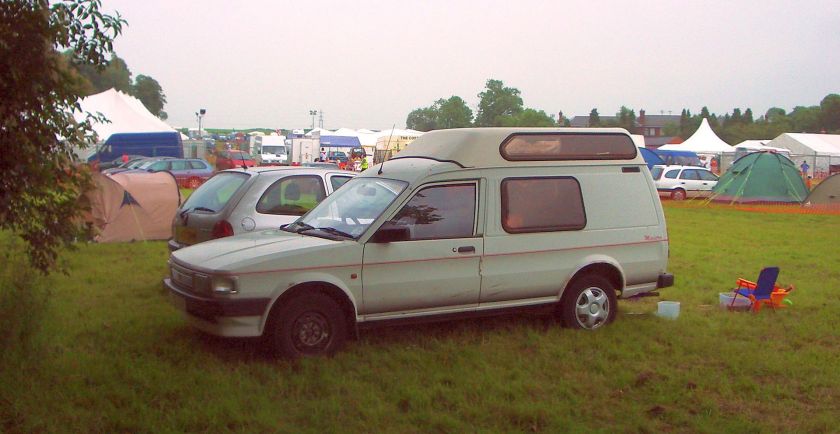
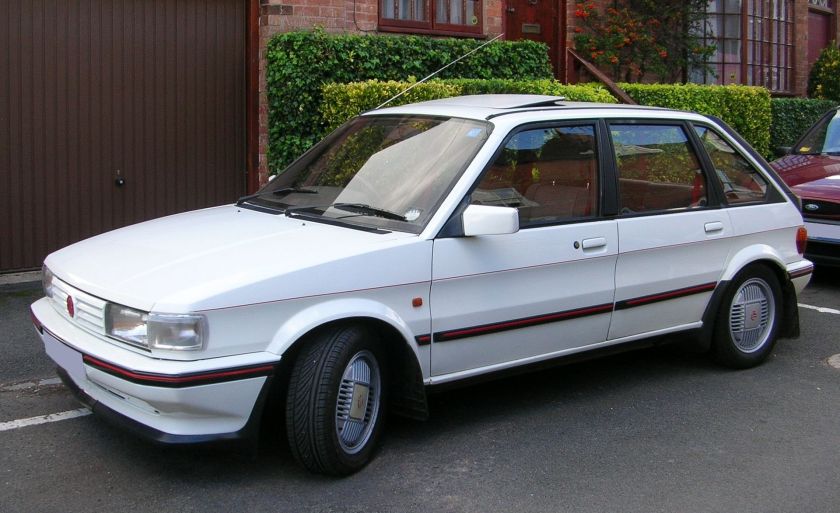

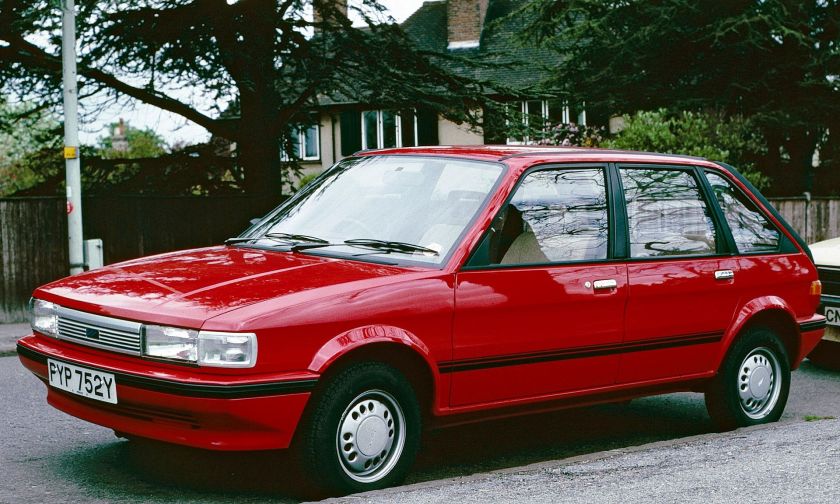
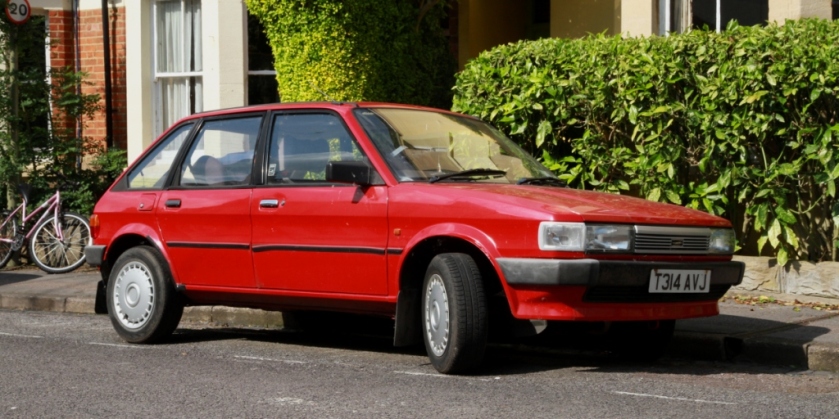
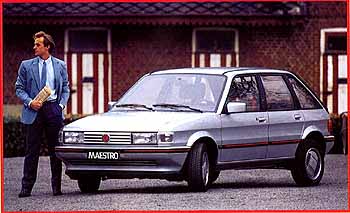
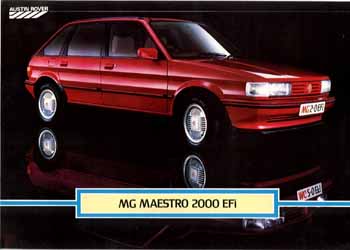 1983–1991: MG Maestro
1983–1991: MG Maestro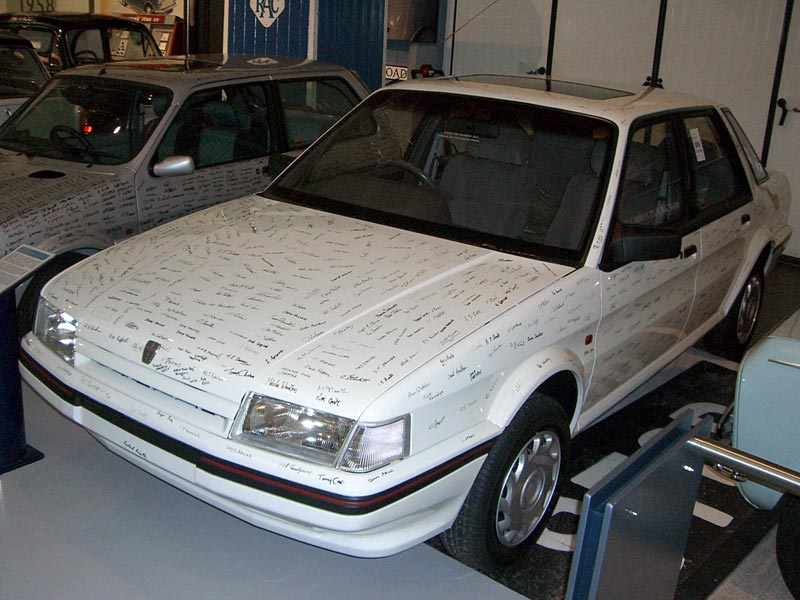
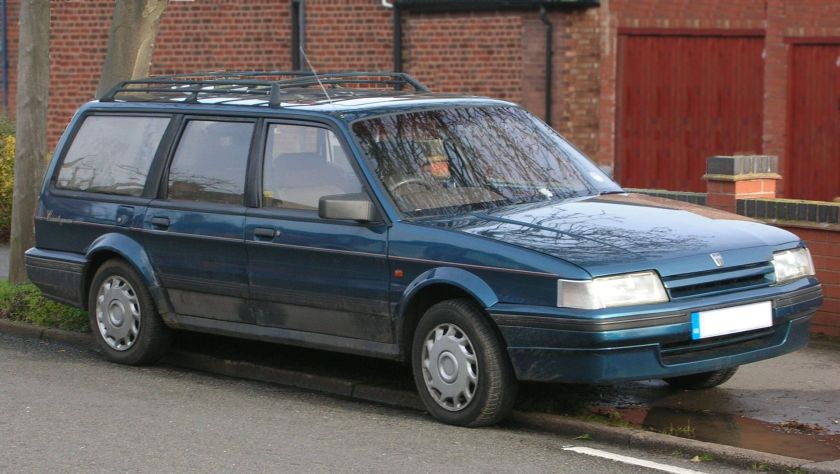
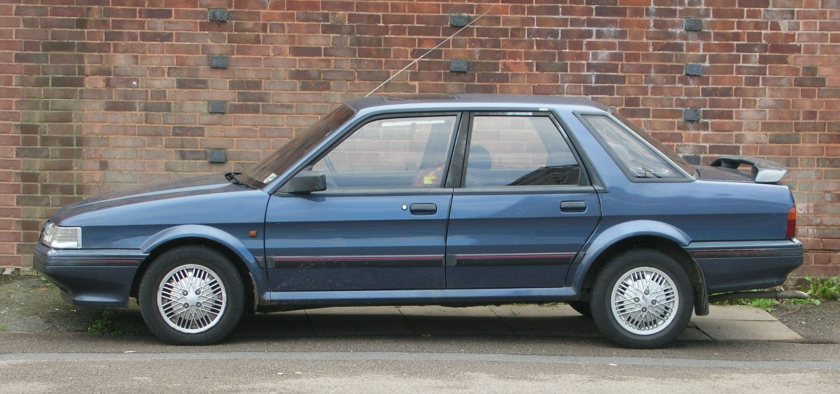
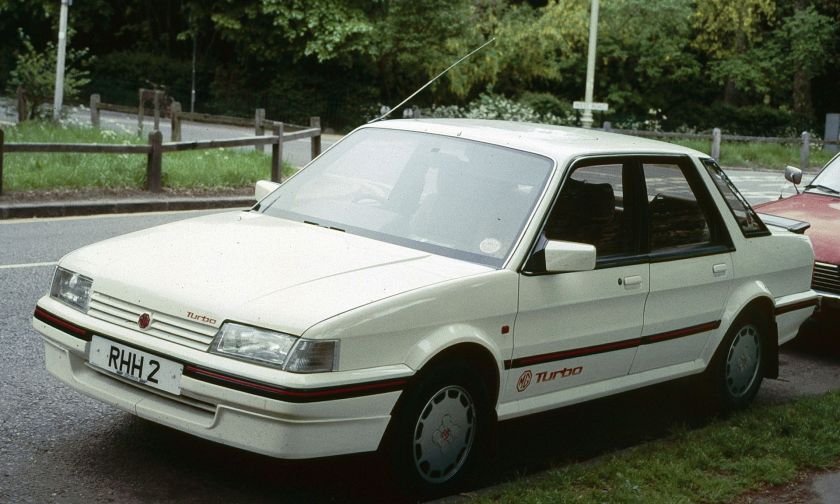
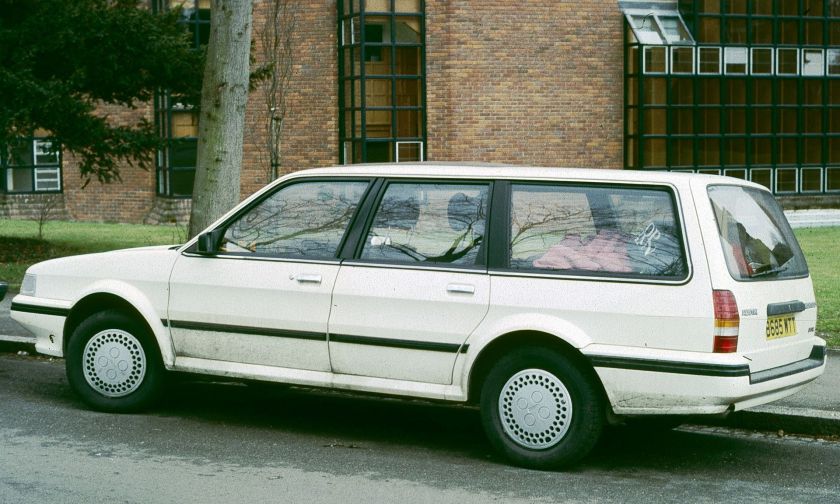
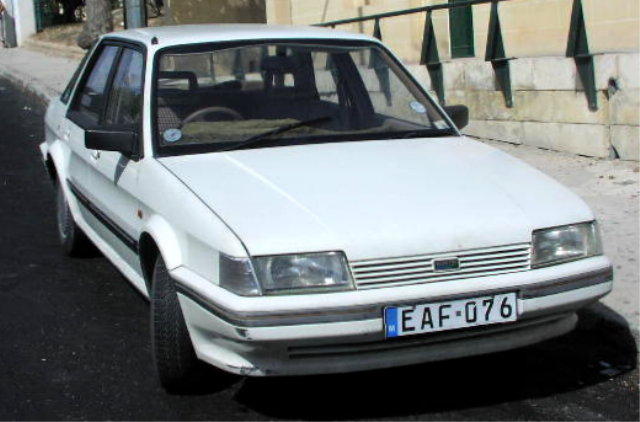
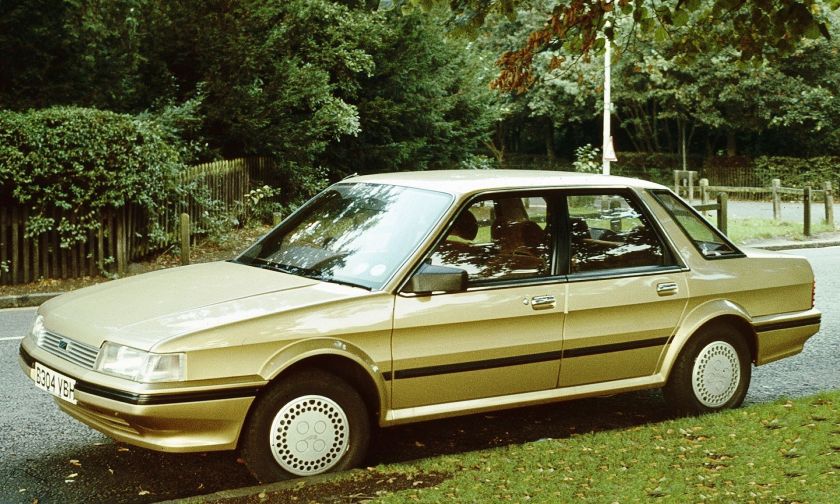
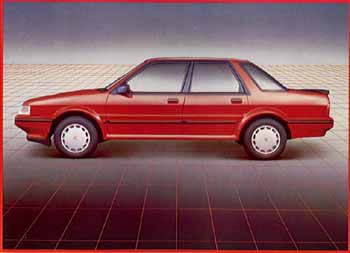
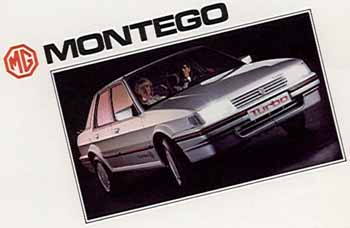 1985–1991: MG Montego
1985–1991: MG Montego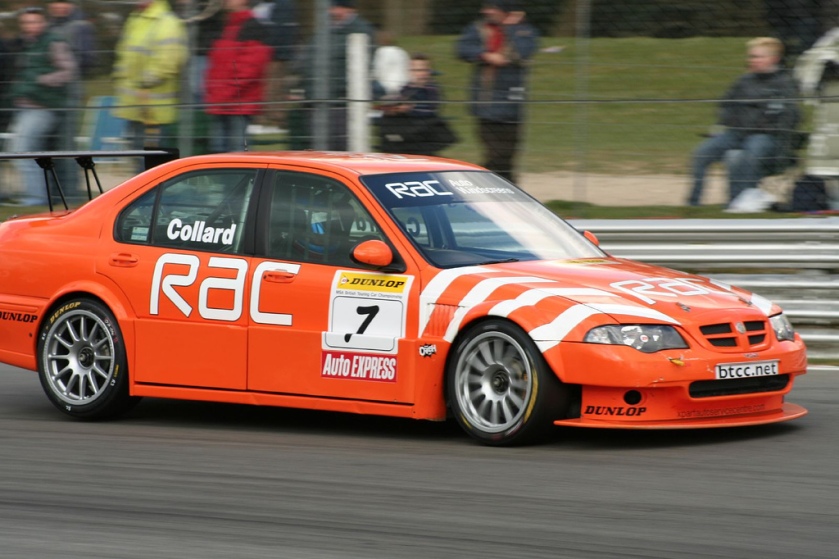
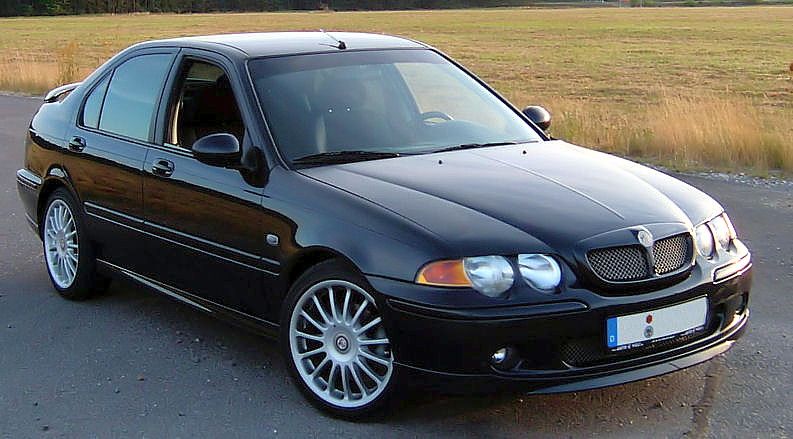
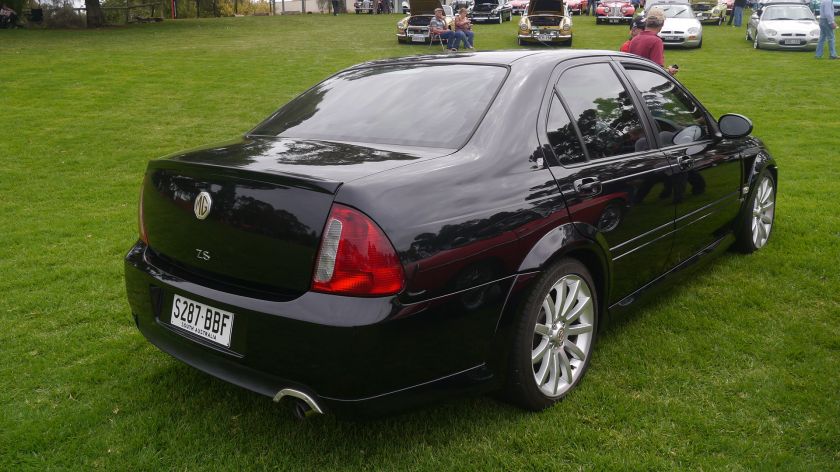
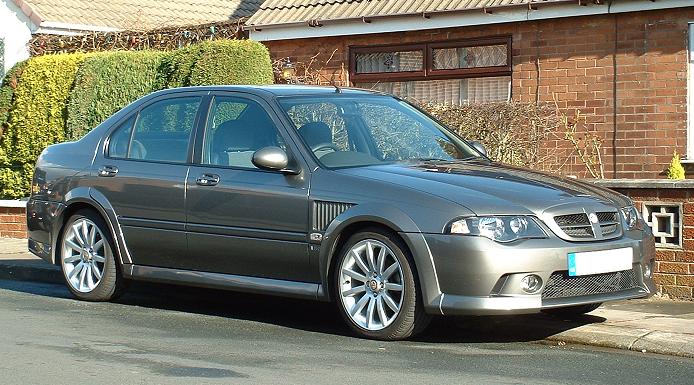
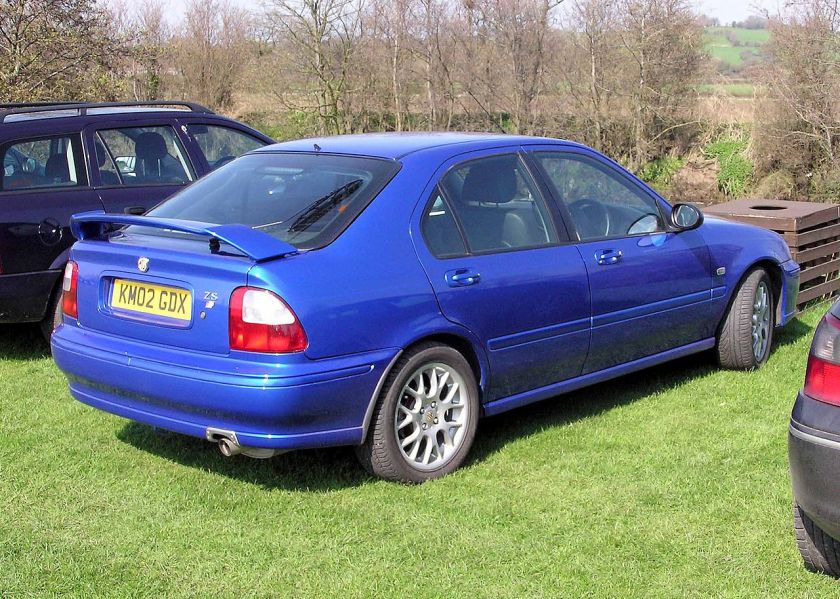
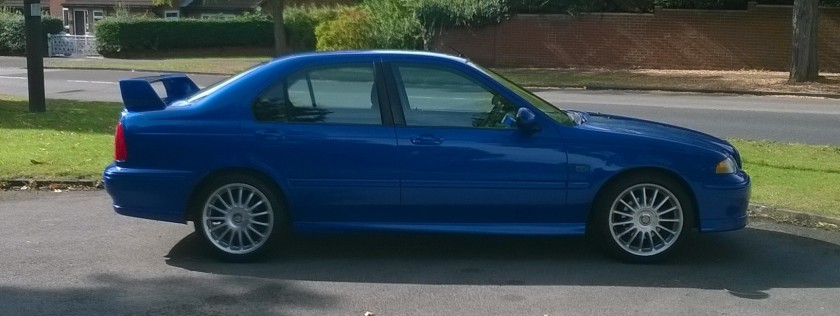
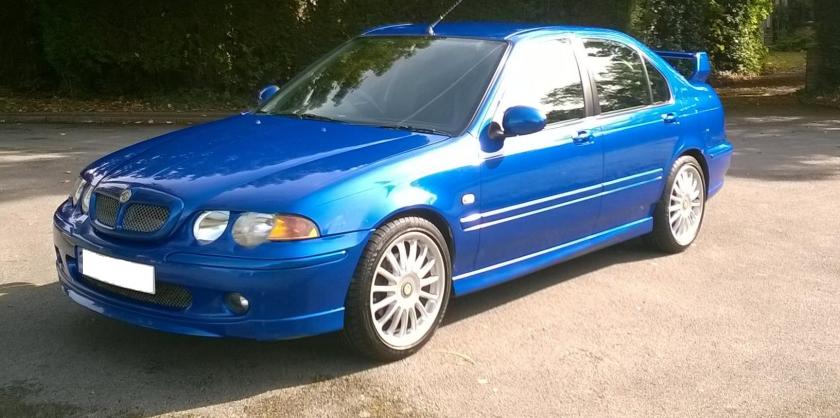
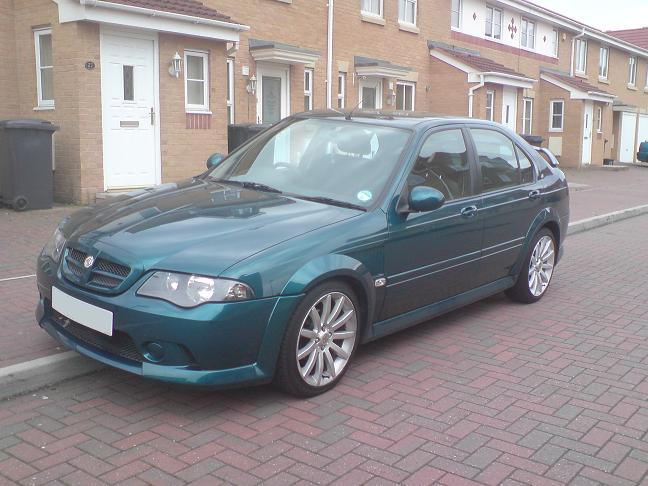 2001–2005: MG ZS
2001–2005: MG ZS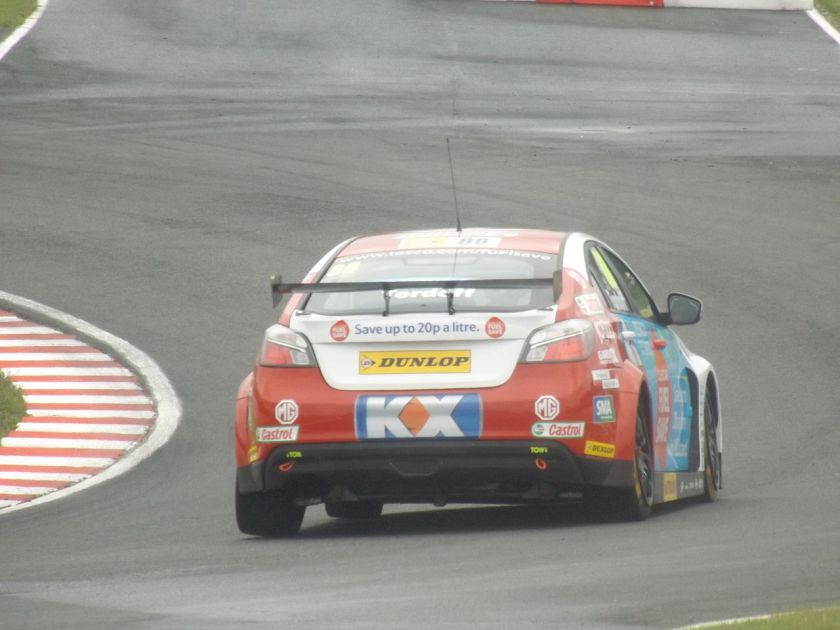
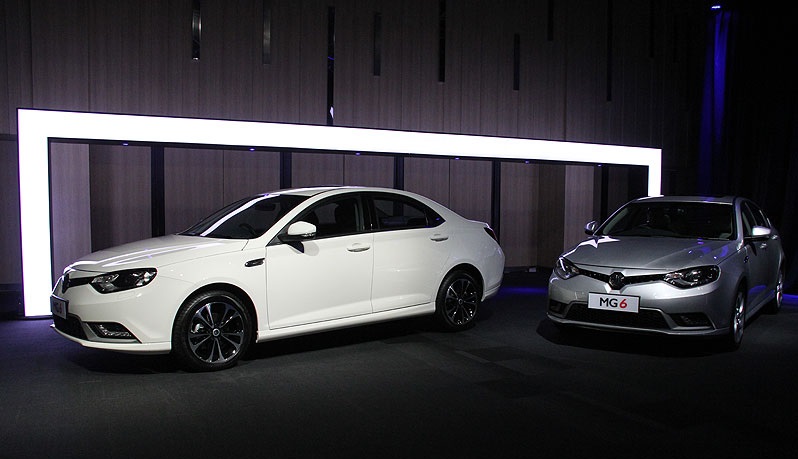
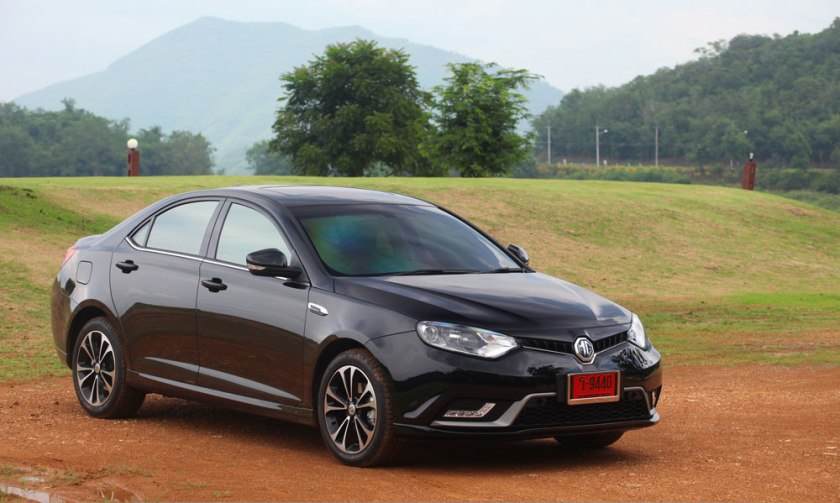
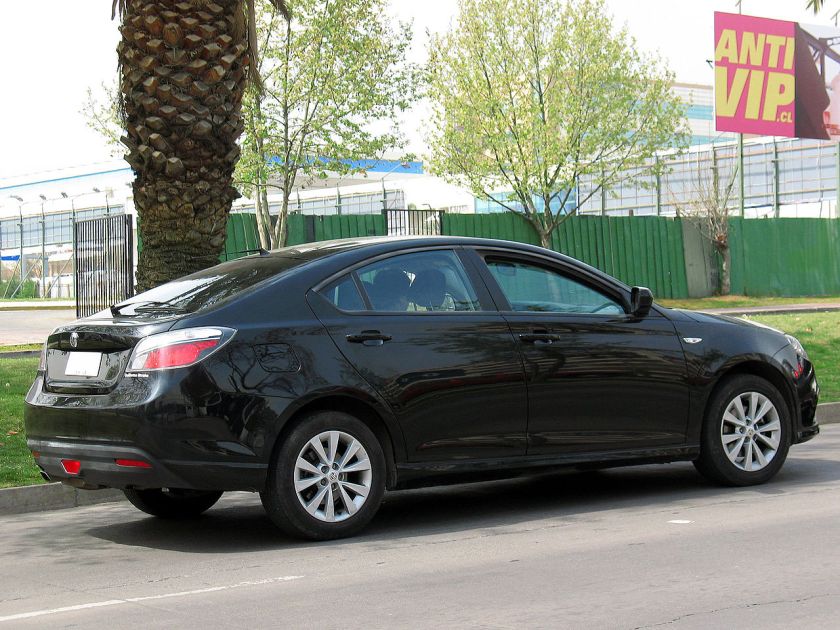
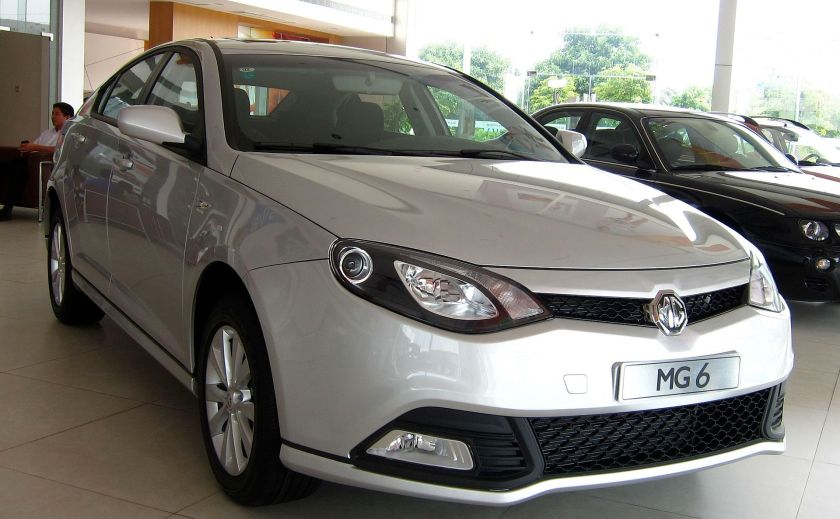
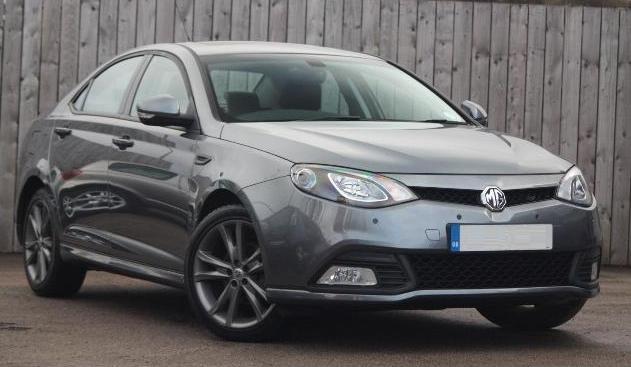 2011–Present: MG 6
2011–Present: MG 6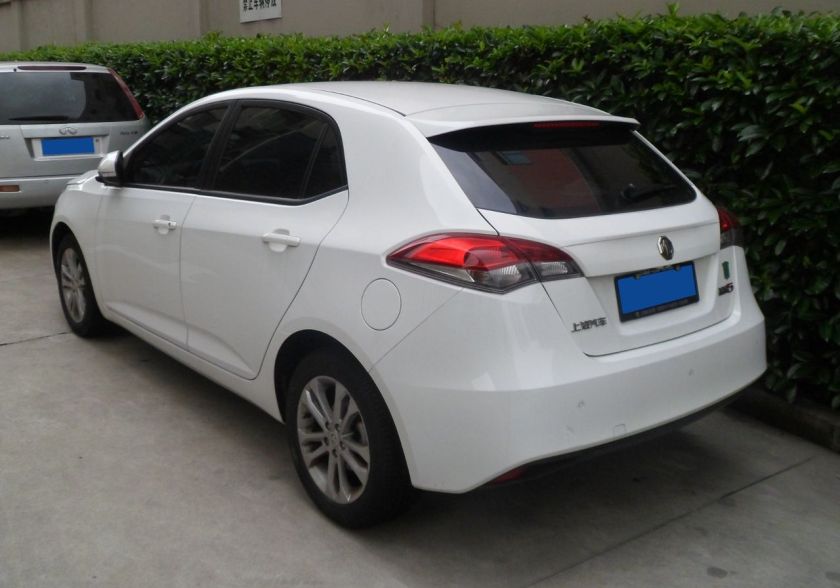
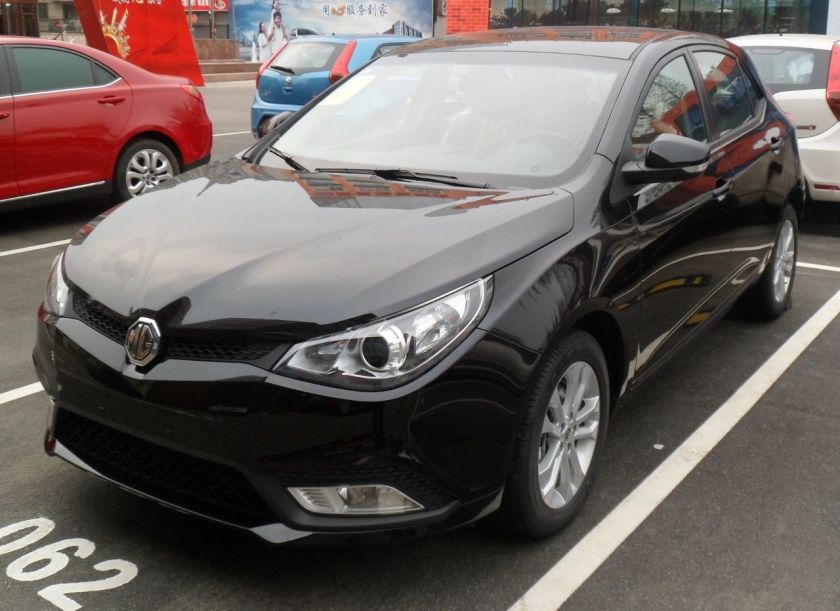 2012–Present: MG 5
2012–Present: MG 5
Full-size cars (Large saloons)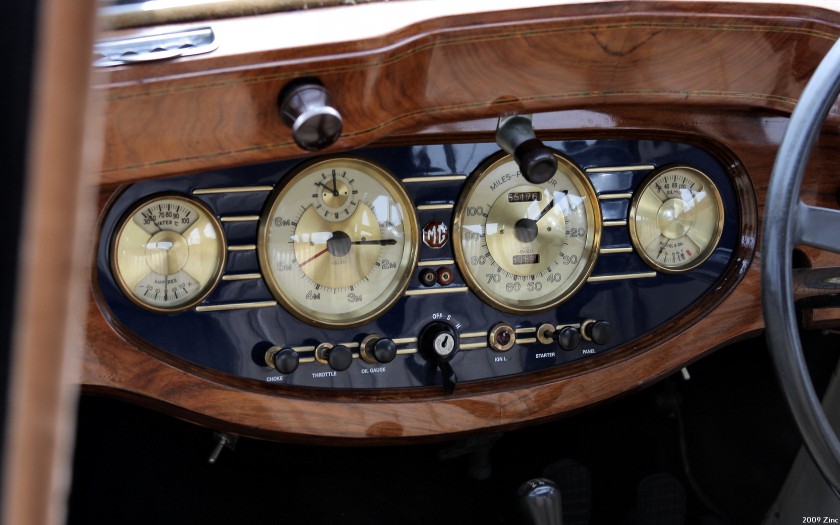
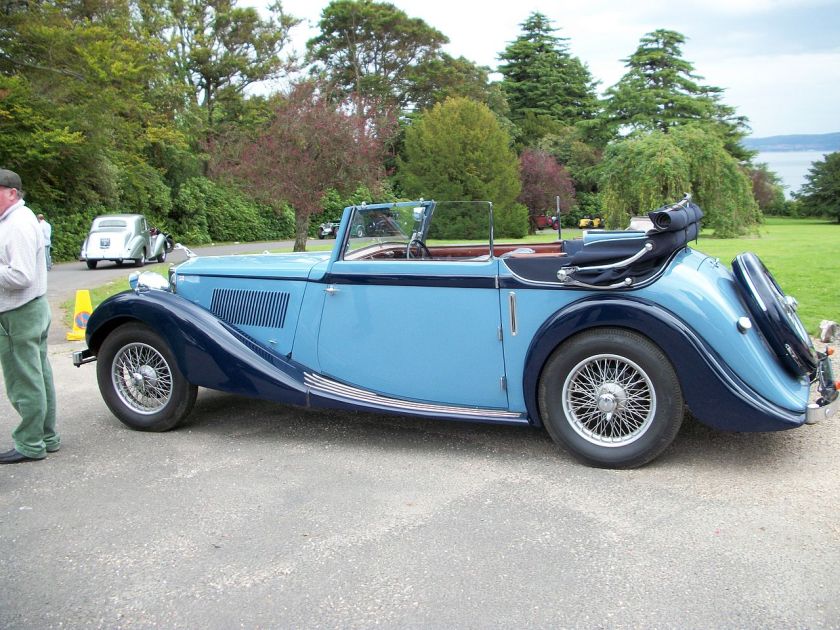
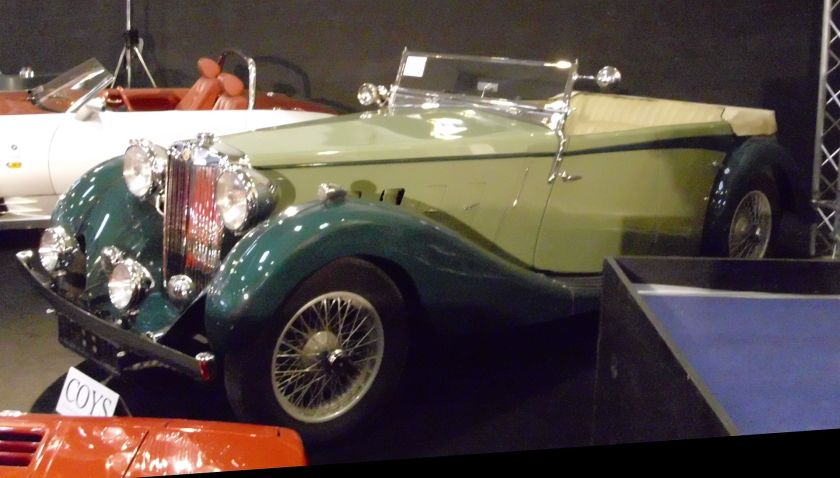
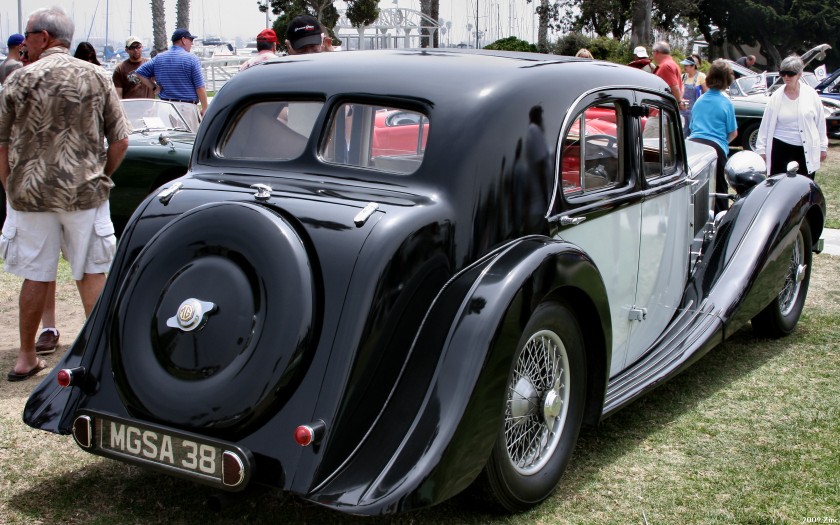
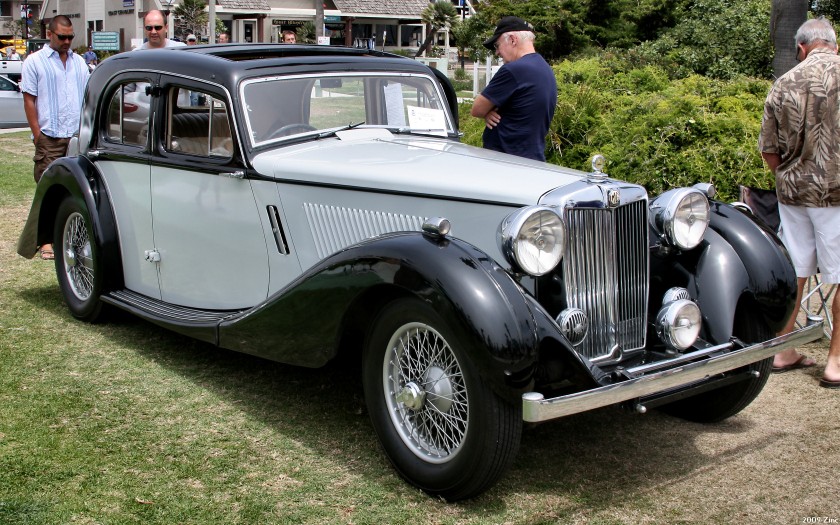
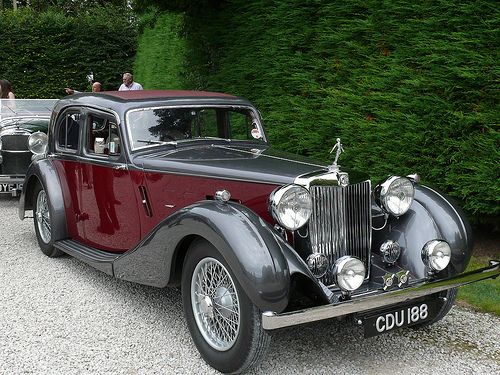
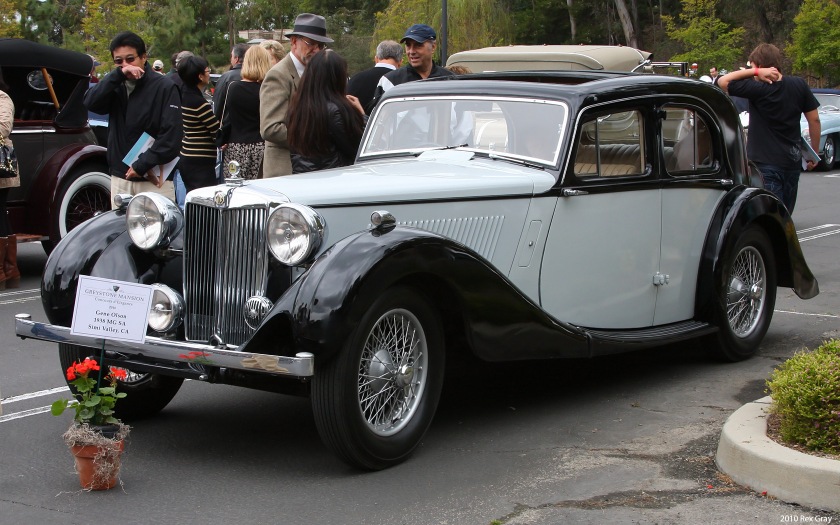 1936–1939: MG SA
1936–1939: MG SA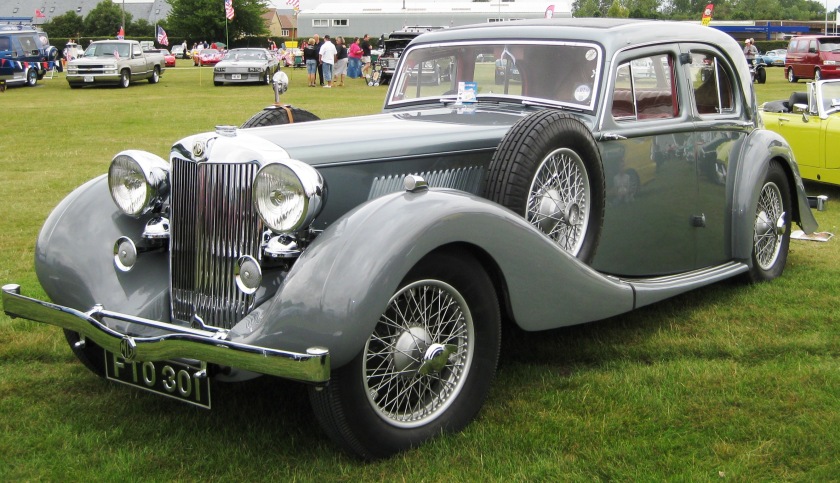
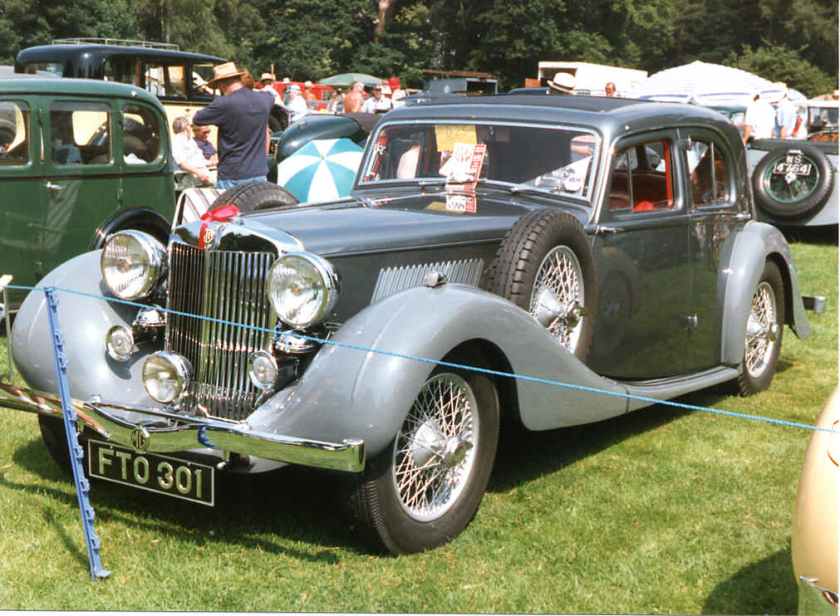
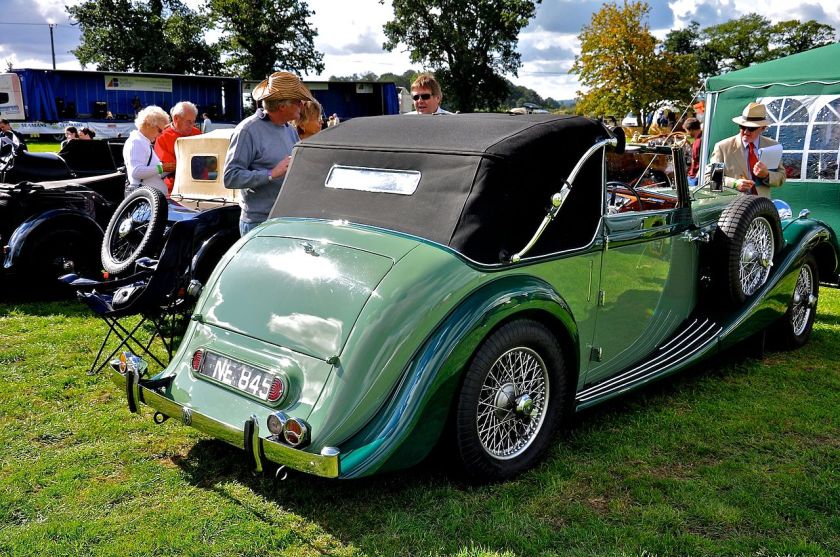
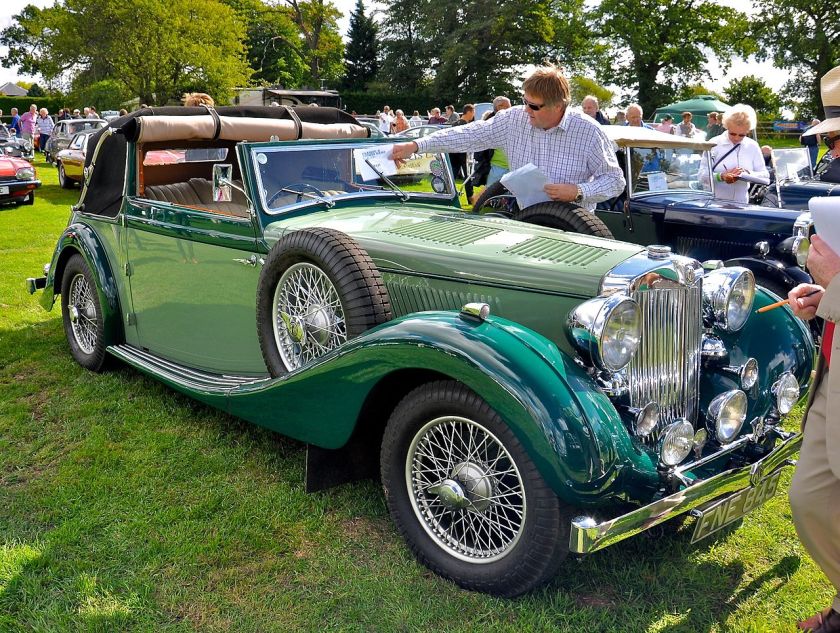
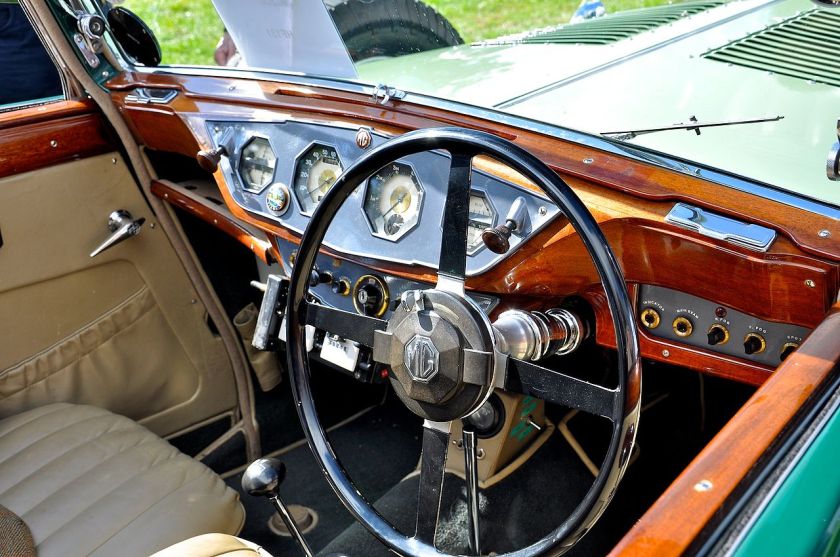 1938–1939: MG WA
1938–1939: MG WA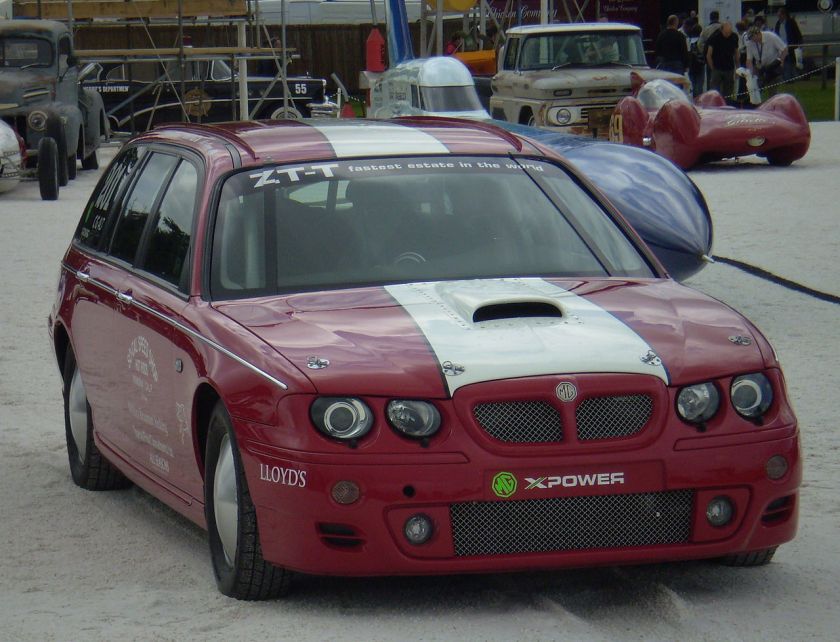
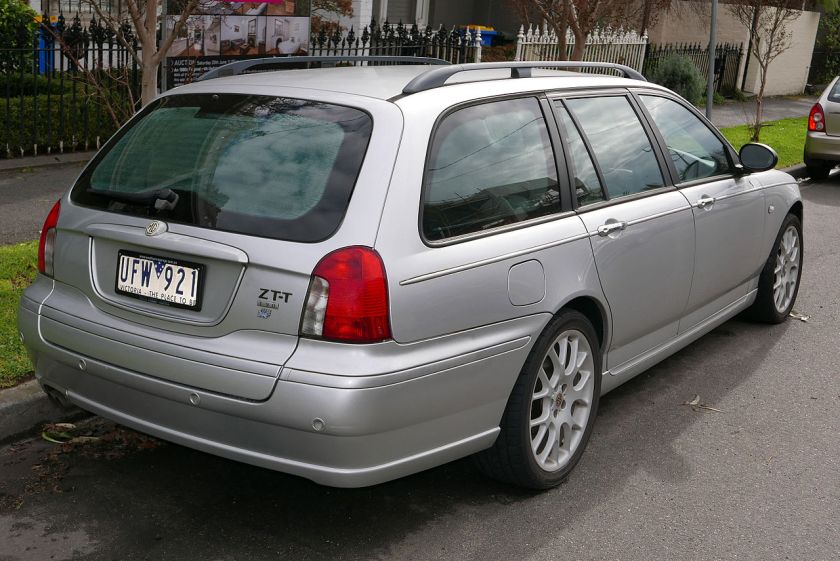
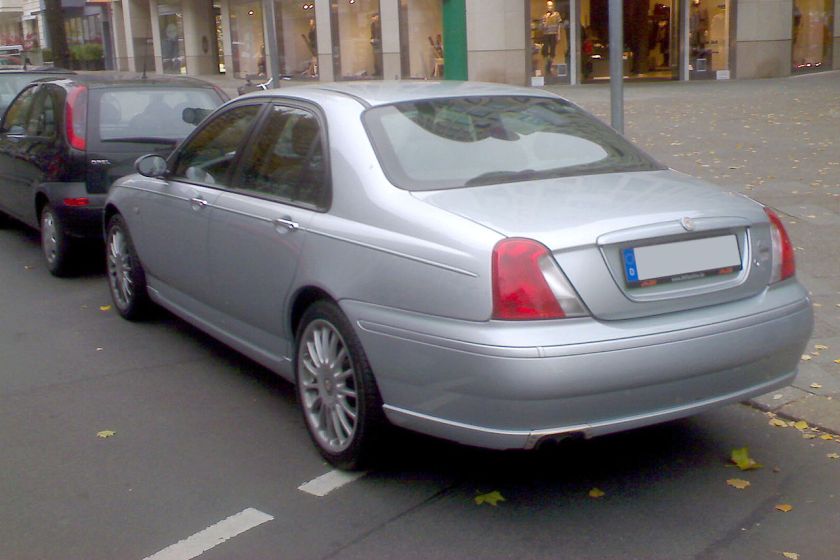
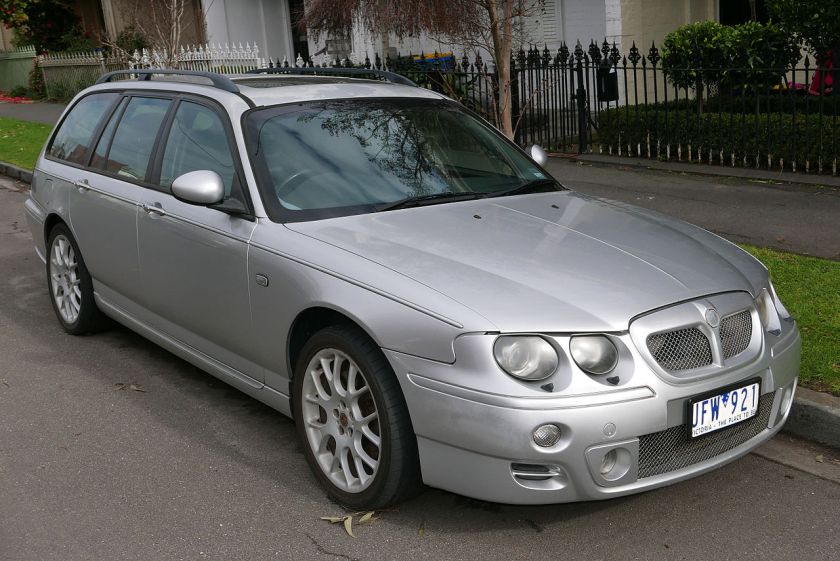 2001–2005: MG ZT
2001–2005: MG ZT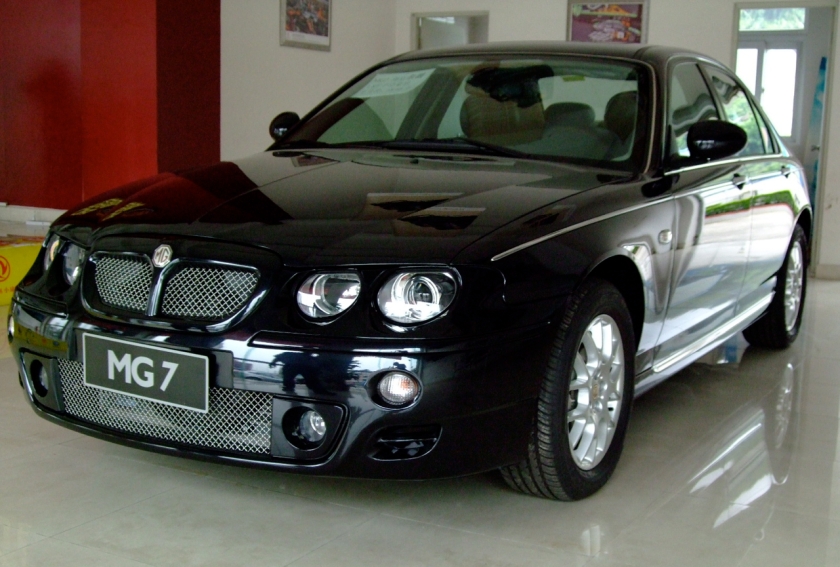 2007–2013: MG 7
2007–2013: MG 7
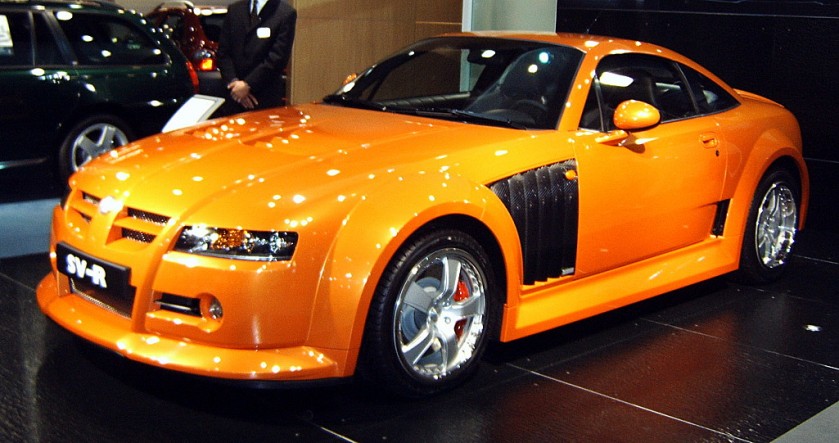
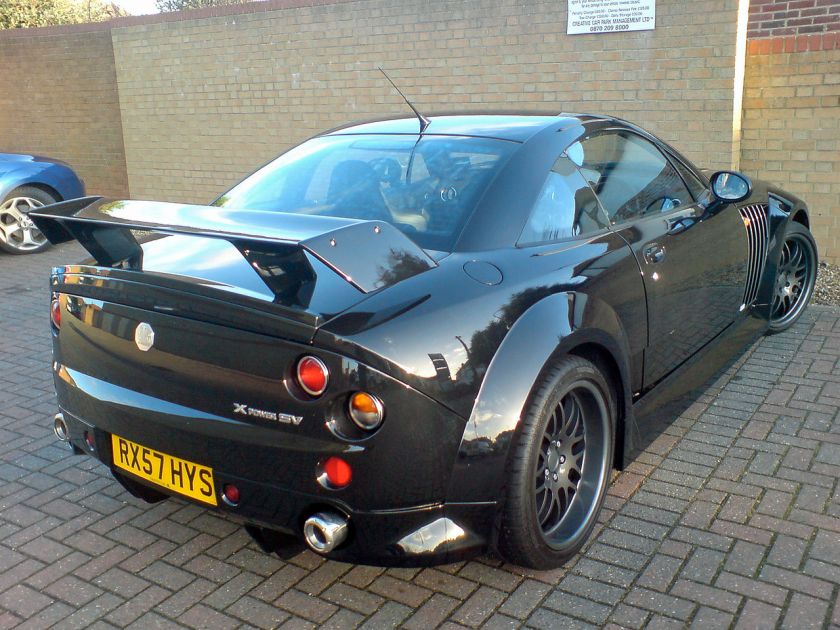 2002–2005: MG XPower SV
2002–2005: MG XPower SV
Racing cars
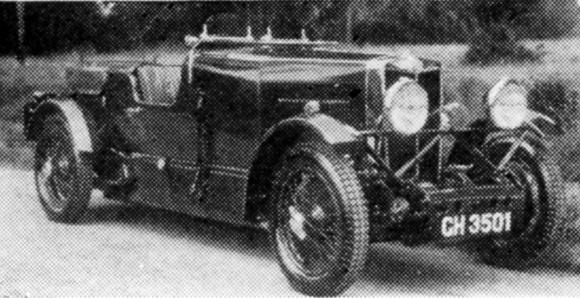
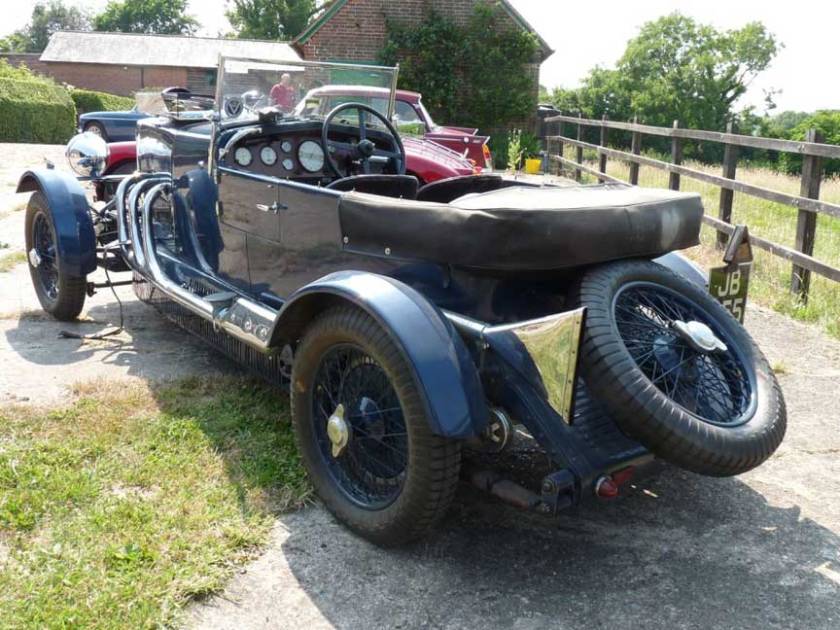
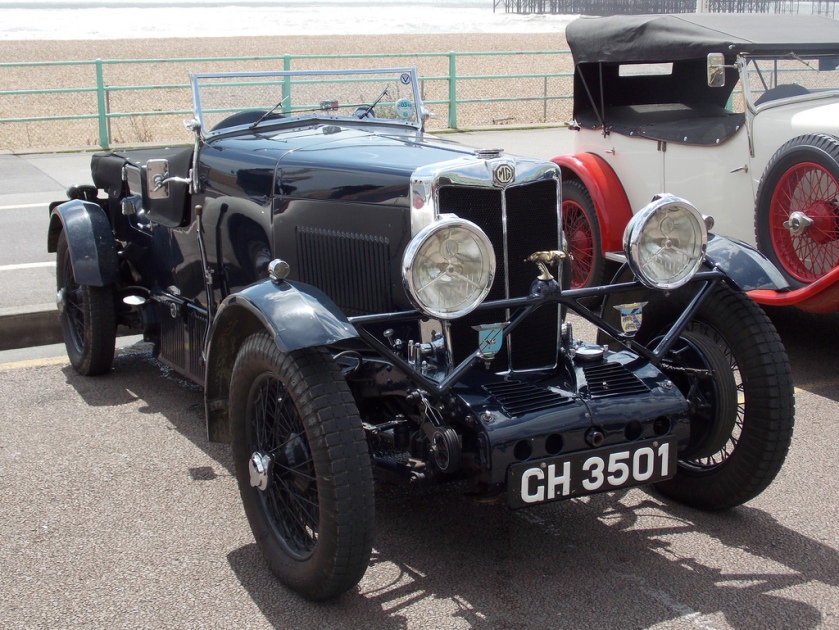
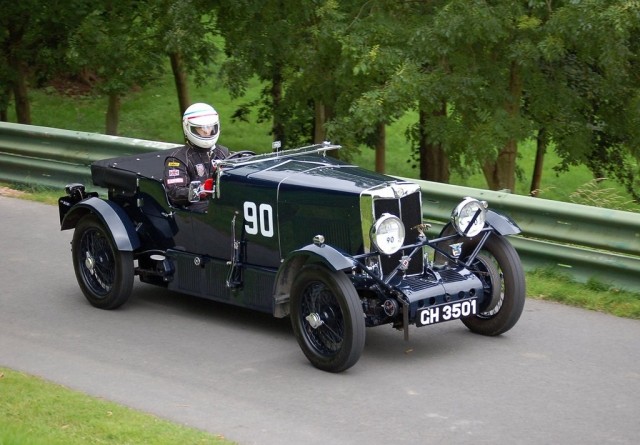
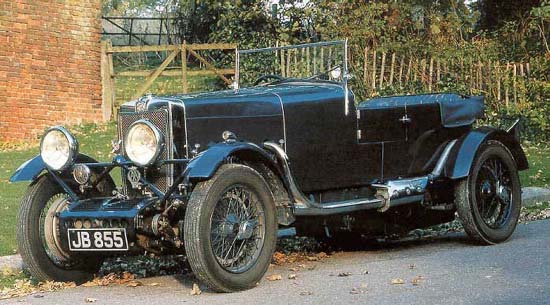
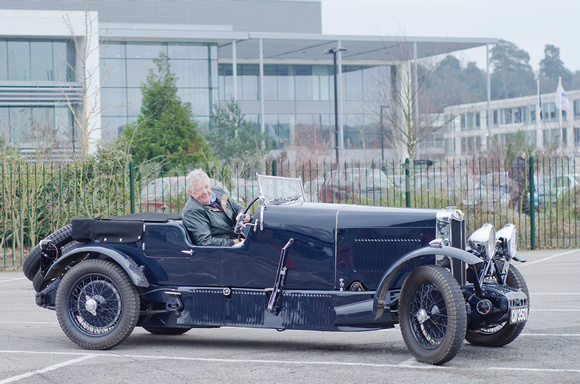
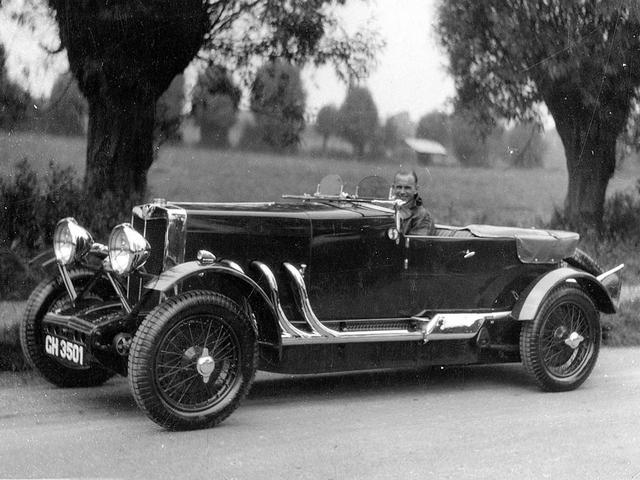 1930–1931: MG 18/100 “Tigress”
1930–1931: MG 18/100 “Tigress”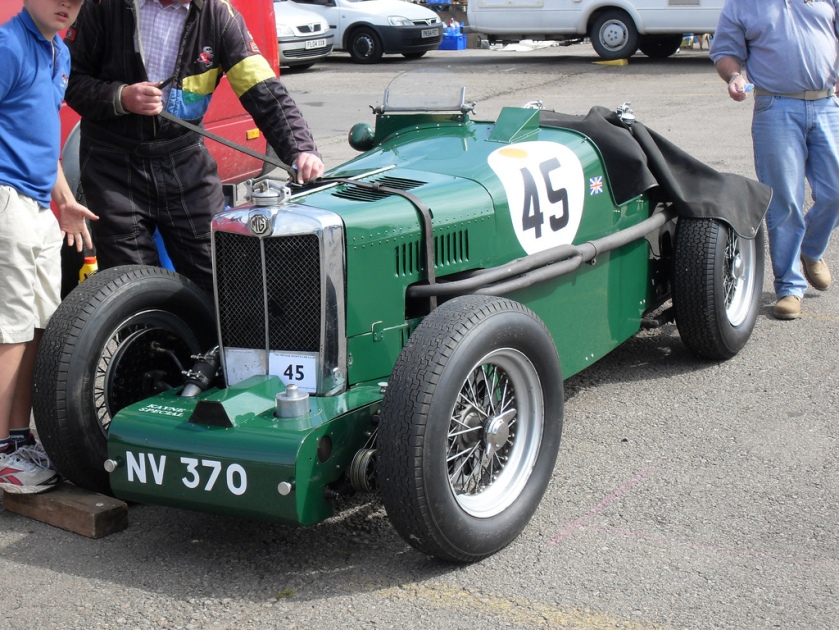 1934: MG Q-type
1934: MG Q-type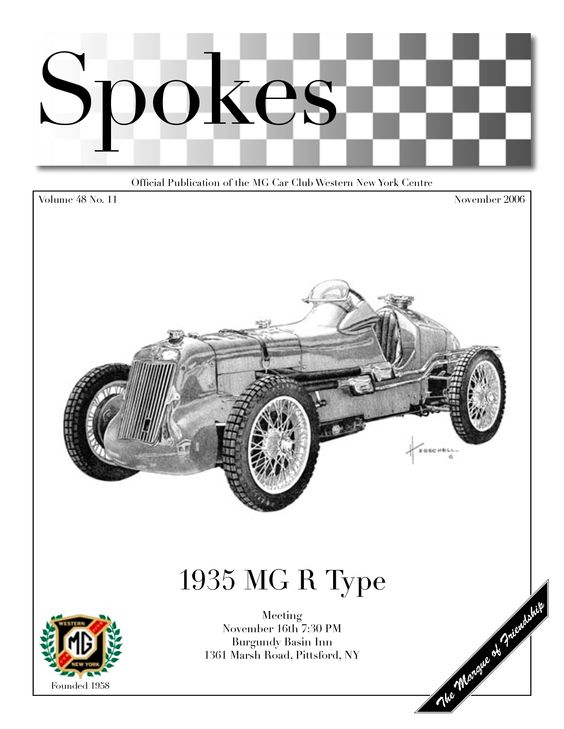
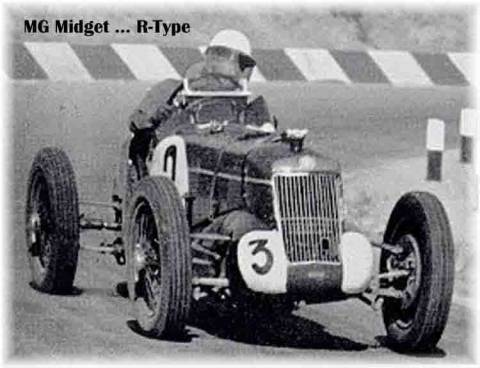
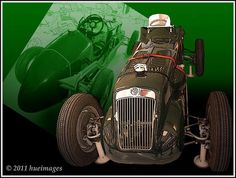
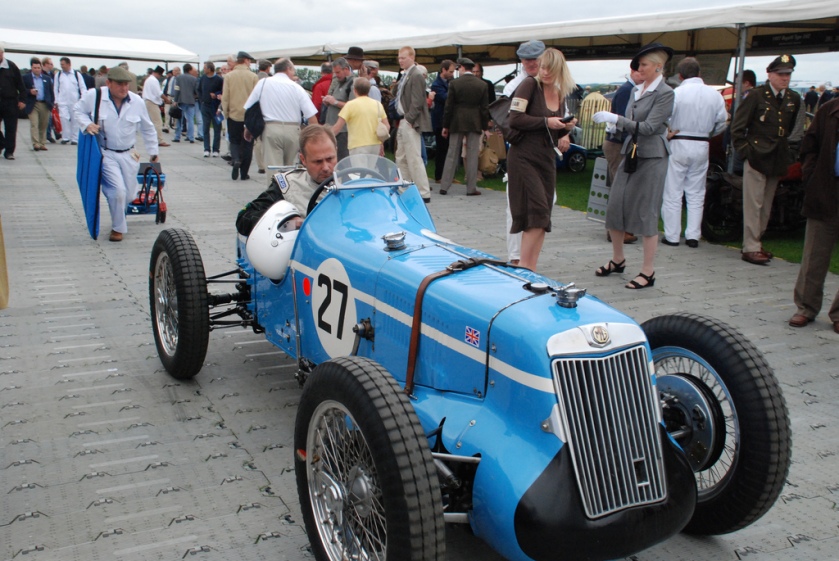
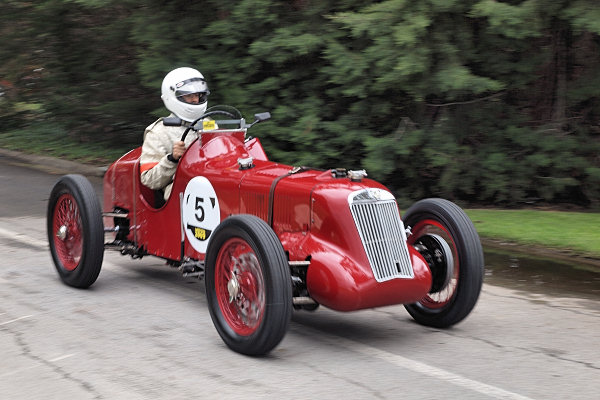
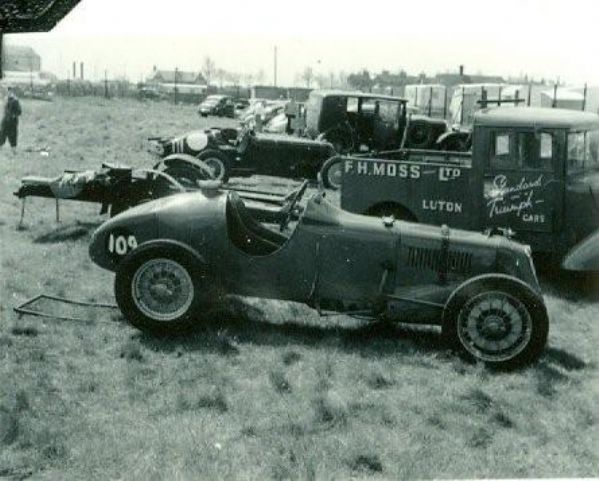
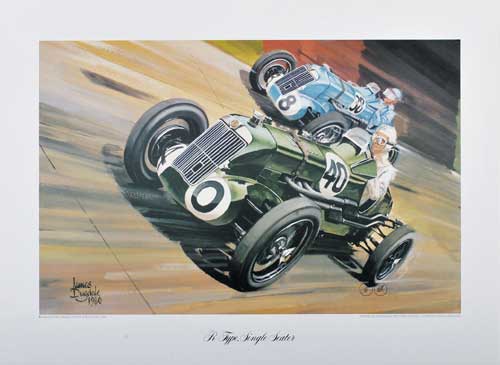
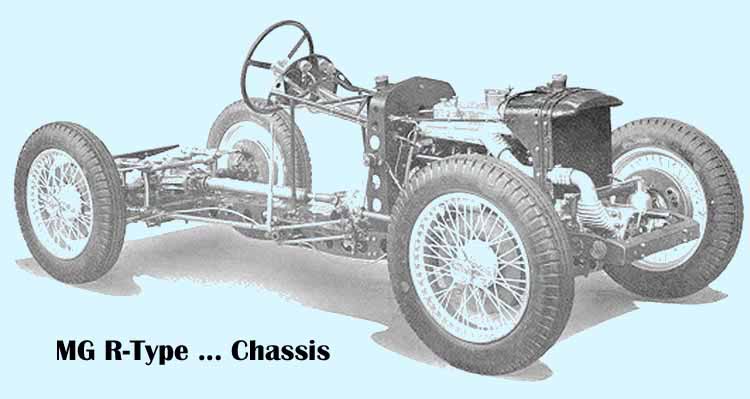 1935: MG R-type
1935: MG R-type
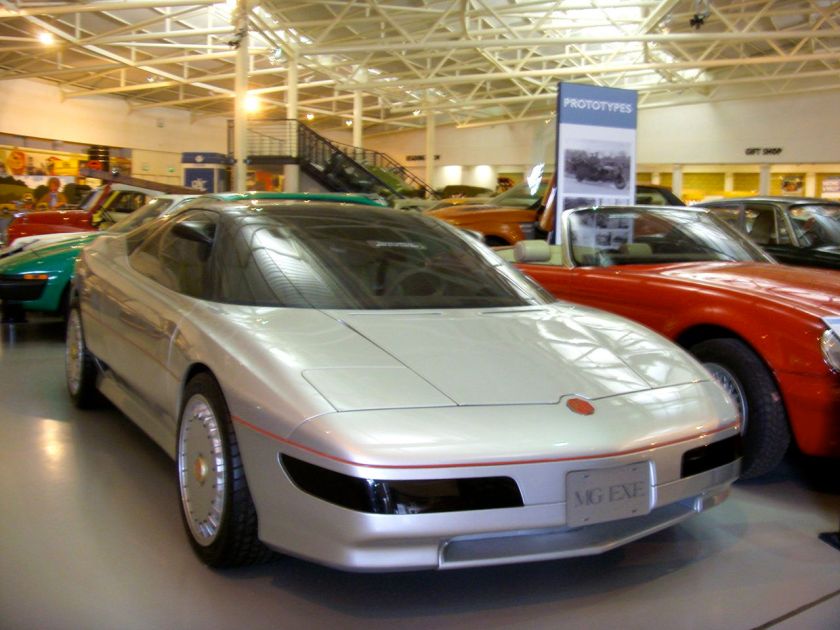
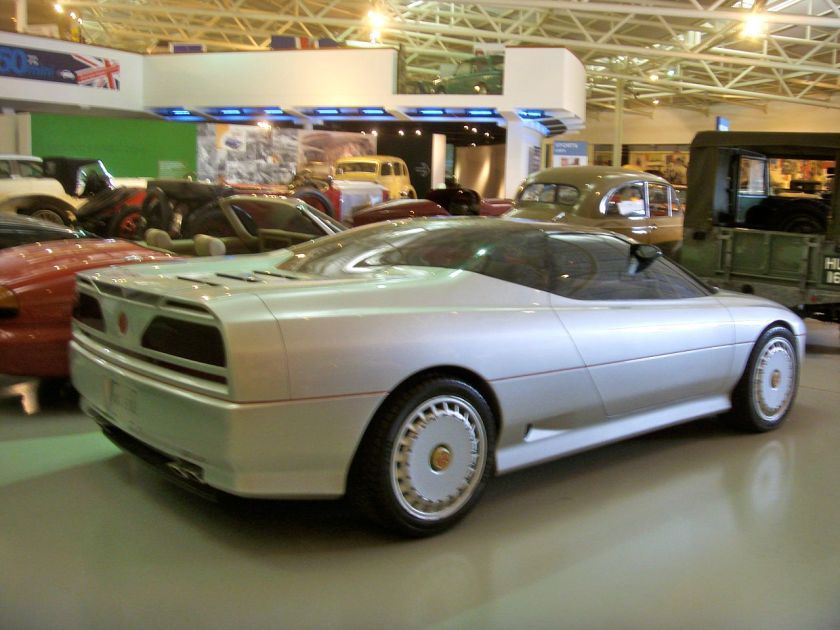 1985: MG EX-E
1985: MG EX-E
Vans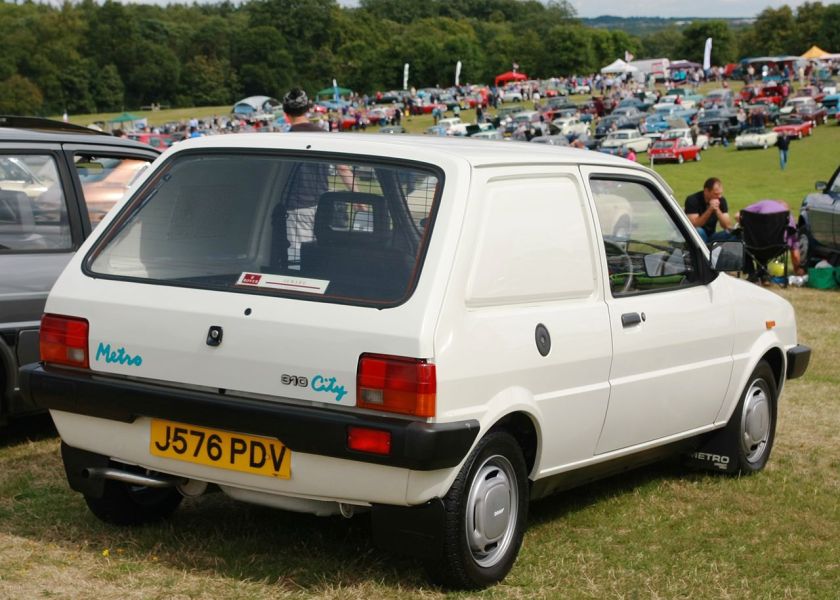 1980s: MG Metro van
1980s: MG Metro van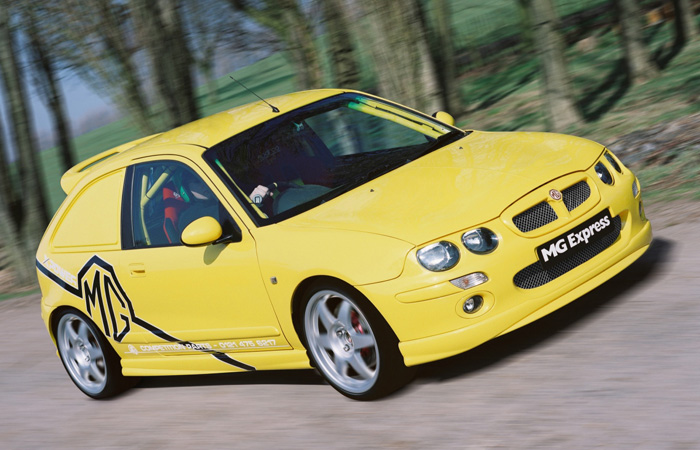
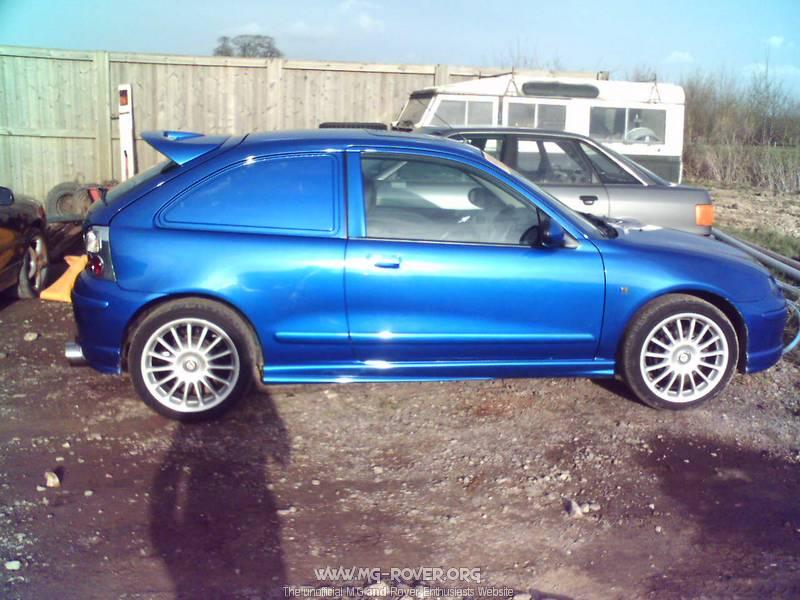 2003–2005: MG Express
2003–2005: MG Express
Notes
- Jump up^ The M.G. Car Company Limited, incorporated 21 July 1930. Dissolved 15 June 2010. Company No. 00249645
References
- Jump up^ Adams, Keith. “MG: A potted history”. AROnline. Retrieved 9 May 2011.
- Jump up^ Wolseley And M.G. Companies. The Times, Friday, Jun 14, 1935; pg. 20; Issue 47090.
- Jump up^ Bristow, Grahame (2002). Restoring Sprites and Midgets. Brooklands Books. p. 5.
- Jump up^ Motor Sport, February 1932, Pages 168, 171.
- Jump up^ Smith, Craig S. (2007-03-13). “The Classic British Sports Car From China”. The New York Times. Longbridge. Retrieved 2012-03-17.
- Jump up^ MG? Not In America! Auto Trends, September 2, 2008. Retrieved September 7, 2008.
- Jump up^ http://www.mgnuts.com/mgname/
- ^ Jump up to:a b c d e f Green, Malcolm (1997). MG Sports Cars. Godalming, UK: CLB. ISBN 1-85833-606-6.
- Jump up^ Jenkins, Stephanie. “Old Morris Garages, 21 Long Wall Street”. Oxford History. Retrieved 18 June 2016.
- Jump up^ Motor Sport, December 1930, Page 80.
- Jump up^ “Leyland builds the last MG”. Retrieved 2011-11-08.
- Jump up^ [7][8]
- Jump up^ [9]
- Jump up^ [10]
- Jump up^ [11][12]
- Jump up^ [13]
- Jump up^ [14]
- ^ Jump up to:a b c Culshaw, David; Horrobin, Peter (2013) [1974]. “MG”. The complete catalogue of British Cars 1895 – 1975 (Paperback ed.). Poundbury, Dorchester, UK: Veloce Publishing. pp. 212–213. ISBN 978-1-874105-93-0. Retrieved 2013-12-06.
The TC Midget was … announced in 1945, and its successor, the TD of 1950, though at first received with horror by enthusiasts on account of its specification, which actually included independent front suspension and even bumpers, is now … revered and sought after…. The last of the traditionally-styled MGs, the TF, came in 1953 and was built in both 1 1⁄4– and 1 1⁄2– litre form.
- Jump up^ “Smokey Cook Career Statistics”. Racing-Reference.info. Retrieved 2011-01-06.
- Jump up^ “MG makes a return to racing”. The Telegraph. 25 January 2012. Retrieved 25 January 2012.
- Jump up^ “MG WINS FIRST BRITISH TOURING CAR CHAMPIONSHIP MANUFACTURER TITLE”. MG Motor UK. 14 October 2014. Retrieved 14 October 2014.
- Jump up^ “MANUFACTURER – CONSTRUCTOR STANDINGS”. BTCC. Retrieved 30 October 2015.
- ^ Jump up to:a b “Austin Rover Online”. Austin-rover.co.uk. Retrieved 2011-01-06.
External links
- MG Cars Official Website (Archive)
- Discussion forums for all types of classic and modern MGs
- Rovertech – The MG and Rover Enthusiast Community
- MG Car Club
- MG Owners Club
- BBC photos: MG Heritage Day in Windsor
- Classic MG Magazine Website – a magazine covering all types of MG
MG Motor
 |
|
| Subsidiary | |
| Industry | Automotive |
| Founded | 2006 |
| Headquarters | Longbridge, Birmingham,United Kingdom |
|
Key people
|
William Wang (Managing Director) |
| Products | Automobiles |
| Brands | MG (Introduced 1923) |
| £15.7 million (2012) | |
| -£4 million (2012) | |
| Owner | SAIC Motor |
|
Number of employees
|
Approx 540 |
| Parent | SAIC Motor UK |
| Website | mg.co.uk |
MG Motor UK Limited (MG Motor) is a Chinese car manufacturing company headquartered in Birmingham, United Kingdom, and a subsidiary of SAIC Motor UK, which in turn is owned by the Shanghai-based SAIC Motor. It designs, develops, assembles and markets cars sold under the MG marque. The marque returned to competitive motorsport in 2012, and won the 2014 British Touring Car Manufacturers Championship.
History
Following the collapse of MG Rover in 2005, the Chinese automaker Nanjing Automobile acquired the Longbridge plant and the MG marque for GB£53 million (US$97 million). Nanjing Automobile formally established NAC MG UK Limited as a holding company for the plant and marque on 12 April 2006. In March 2007, Nanjing Automobile unveiled the first MG vehicles manufactured in China, the MG TF, MG 3 and MG 7.
Assembly of cars restarted at Longbridge in August 2007, with production of the MG TF LE500.
In 2007, Nanjing Automobile was acquired by SAIC Motor, and in early 2009 NAC MG UK Limited was renamed MG Motor UK Limited.
The first all-new model from MG for 16 years, the MG6, was officially launched on 26 June 2011 during a visit to MG Motor’s Longbridge plant by Chinese premier Wen Jiabao. This car was imported briefly into the UK, but it was not a sales success and was withdrawn from sale in 2016.
By March 2012, SAIC had invested a total of £450 million in MG Motor. Sales in the UK totalled 782 vehicles in 2012.
The MG3 went on sale in the United Kingdom in September 2013.
MG Motor was voted third place for the ‘Best Manufacturer’ category in the Auto Express 2014 Driver Power survey. 2014 also saw MG celebrated its 90th birthday. MG enjoyed further celebrations with a record-breaking year that saw the company lead UK car industry growth in 2014. The brand’s sales rose by 361% during 2014 part thanks to the introduction of the MG3 to the product range, with a total of 2,326 cars sold in the UK.
Operations
MG Motor operates the historic Longbridge plant. Currently the majority of MG vehicles sold in Europe are principally manufactured in China before being shipped to Longbridge as semi-knock-down kits for final assembly. There is also a major research and development facility at the Longbridge site which employs around 500 people.
MG announced in 2015 that it will open a GB£30million flagship dealership in the heart of London’s Piccadilly. MG Piccadilly opened in July 2015. Its location is 47-48 Piccadilly, London(opposite Fortnum & Mason).
Products
Current
Currently the majority of MG vehicles are principally manufactured in China. For the UK market, vehicles are shipped to Longbridge for final assembly. Since the merger of NAC with SAIC, some MG models have Roewe-badged equivalents.
MG GS
The MG GS is MG’s first production SUV launched in 2015, with sales in the UK commencing June 2016. The MG GS starts at £14995, with a 1.5 liter turbo petrol engine delivering 166 PS and 250NM Torque. The top of the range model also comes with the option of a 7 speed automatic transmission.
MG 6
The MG 6 hatchback was announced in April 2009. It is based on the Roewe 550.
The MG6 went on sale in Europe in May 2011. The model is assembled at Longbridge using complete knock-down kits produced in China.
The MG6 GT received mixed reviews, although the initial one engine choice (1.8 litre petrol) received some criticism. A 1.9 diesel engine was added in December 2012. It has also had mixed reviews from some in the media as regards the quality of the lower dash plastics though reviewers say the drive and handling make up for it.
A saloon version of the MG6, the MG6 Magnette, went on sale in July 2011 after making its debut in June 2011.
The MG6 won the What Car? 2012 Security Award. In the Auto Express Driver Power survey in 2014 it won the ‘Best Handling Award’ and came 6th overall in the ‘Best Car to Own’ category. In 2016 the MG6 won 3 awards: Auto Express Driver Power Best Family Car Bronze Winner, Auto Express Driver Power Road Handling Silver Winner and The Caravan Club Tow Car of the year class winner under £17500.
The MG6 Facelift was launched in 2015, with an updated look, improved interior design including EPB. Enhancements were also made including a 75 kg (165 lb) reduction in weight to assist in reducing the emissions and improving fuel economy.
The MG6 was withdrawn from sale in the UK in 2016.
MG 5
The MG 5 was originally unveiled at the 2011 Shanghai Auto Show as a concept model. It is a FordFocus sized hatchback using the same base as the Roewe 350. It was released for sale in China in 2012 but has never been exported to the UK.
MG 3
In 2010, MG unveiled the all new MG 3, which was shown in concept car form as the MG Zero. The car was initially launched in China with a choice of 1.3L or 1.5L petrol engines, and underwent a facelift in 2013, with sales in the UK following in September 2013.
During 2014 MG Motor UK was the fastest growing brand in Britain as shown by official figures issued by the Society of Motor Manufacturers and Traders. Currently MG has the fastest growing network of dealers in the UK.
The MG3 was voted the 10th ‘Best Car To Own’ in the Auto Express Driver Power survey 2015.
Concepts
MG Icon
MG unveiled the MG Icon concept car at the Beijing Auto Show in 2012.
MG CS
The MG CS is a SUV concept that was unveiled at the Shanghai Motor Show 2013. The CS previews MG’s first production SUV. The design team was led by MG’s Global Design Director, Anthony Williams-Kenny.
MG EV
The MG EV concept car was unveiled in 2014 based on the Roewe E50 to celebrate the marque’s 90th anniversary. The EV has a claimed acceleration 0-50 kph – 5.3 seconds and 0–100 km/h – 14.6 seconds with a top speed – 130 km/h. The LFP battery generates 52 kW and working in conjunction with the regenerative braking system enables a range of over 100 km. The battery retains more than 80% capacity after 2,000 charging cycles, equivalent to approximately ten years of typical use. The battery takes six hours to fully charge on a standard charge (220–240V), while a fast charge (380–400V) takes just 30 minutes.
MG3 Trophy
MG unveiled the MG3 Trophy Championship concept car at the MG90 event at Silverstone in June 2014.
The MG3 Trophy Championship concept, based on the current MG3 production vehicle platform and created to highlight in-house engineering, design and calibration capabilities by SMTC UK at Longbridge, continues the MG tradition of club racing.
The racing concept was created solely by a team of engineers, managed by Vehicle Engineering Specialist Adrian Guyll, and based at SAIC Motor’s European Design and Technical Centre (SMTC), located alongside MG Motor UK at the Longbridge site in Birmingham.
Former
MG TF
The MG TF brand was relaunched in Britain during 2007. An updated MG TF model produced in a limited edition of 500, called the TF LE500, was assembled at the Longbridge plant by NAC MG UK. This was followed by a TF 135 model and a further limited edition TF 85th Anniversary, of which only 50 were produced. Production of the TF at Longbridge was suspended again in October 2009 and finally ended in March 2011. MG have said that they will first concentrate on building passenger cars, and have not given a release date for the TF’s successor.
MG3 SW
The MG3 SW, a car similar to that of the Rover Streetwise, was sold in China between 2008 and 2011.
Sales numbers
| Calendar Year | UK sales |
|---|---|
| 2008 | 133 |
| 2009 | 374 |
| 2010 | 282 |
| 2011 | 363 |
| 2012 | 782 |
| 2013 | 504 |
| 2014 | 2326 |
| 2015 | 3152 |
Motorsport
In January 2012, MG Motor announced that it would enter the 2012 British Touring Car Championship through the newly established MG KX Momentum Racing team. In its debut season the team ran two MG6s driven byJason Plato and Andy Neate. Jason ended the season in third place, with the car yet to find its foot in wet conditions.
The team returned in 2013 with Sam Tordoff driving, who performed well in his debut year having joined through the KX Academy scheme. Plato once again came third, with Tordoff sixth.
In 2014, MG won the Manufacturer’s Championship to break Honda’s four-year reign. After just three years of competition, the MG6 GT sealed the title by 95 points at the season finale at Brands Hatch.
Drivers Plato and Tordoff racked up seven wins and 20 podiums in the 30-race calendar. Plato finished the Driver’s Championship in second place, behind Colin Turkington, while Tordoff finished seventh. The 2014 season also saw a third MG6 GT was on the grid, driven by Marc Hynes. Also maintained by Triple Eight but in a new livery which didn’t resemble the other two MG cars. Hynes finished his debut season in 18th.
For the 2015 campaign MG fought to regain the Manufacturers / Constructors title with a new driver line up. 2013 Champion Andrew Jordan and young gun Jack Goff pair up in the MG6 to fight against Honda, BMW and Infiniti for the title. MG finished 2nd in the Manufacturers / Constructors title challenge, with Andrew and Jack in 5th and 9th respectively in the drivers standings.
MG announce a new three-year contract extension with Triple Eight Racing for the 2016 BTCC campaign. The team plan was to bring in young and up-and-coming drivers with an intention to grow its own champion over the duration of the contract. Josh Cook, a former 2014 Renault UK Clio Cup Vice-Champion, and BTCC 2015 Jack Sears Trophy winner(award for the top rookie) and Ashley Sutton, graduating to BTCC after leaving the Renault Clio Cup as reigning 2015 champion, were announced as the new line up for MG.
References
- ^ Jump up to:a b c d “China ‘can get MG back up to speed'”. Birmingham Mail. 20 October 2013. Retrieved 20 October 2013.
- Jump up^ “New lease of life for Longbridge”. BBC. 2006-02-22. Retrieved2009-07-26.
- ^ Jump up to:a b “Nanjing Auto Rolls Out First `Made-in-China’ MG Cars”. Bloomberg. 27 March 2007. Retrieved 3 May 2012.
- Jump up^ “Production resumes at Longbridge”. BBC. 2008-08-01. Retrieved2009-07-25.
- Jump up^ “SAIC merges with Nanjing”. CAR Magazine. Bauer Media. 2007-12-28. Retrieved 2009-07-26.
- Jump up^ “Longbridge workers laid off”. Birmingham Post. 2009-01-21. Retrieved2009-07-26.
- Jump up^ “China’s £1bn business deal with UK”. The Telegraph. 26 June 2011. Retrieved 4 March 2012.
- Jump up^ “China’s premier promotes Sino-UK trade synergies”. Reuters. 26 June 2011. Retrieved 4 March 2012.
- Jump up^ “Chinese owners plan more investment into MG Motor UK at Longbridge”. The Birmingham Post. 24 May 2012. Retrieved 1 August2012.
- Jump up^ “2012 new car market tops two million units, a four-year high”. SMMT. 7 January 2013. Retrieved 21 January 2013.
- Jump up^ “MG3 review”. The Telegraph. 4 September 2013. Retrieved20 October 2013.
- Jump up^ “MG 3 UK first drive review”. Autocar. 4 September 2013. Retrieved20 October 2013.
- Jump up^ “Best car manufacturers 2014”. Auto Express. 30 April 2014. Retrieved9 February 2015.
- Jump up^ “MG records 361 per cent growth in UK registrations during 2014”. AR Online. 7 January 2015. Retrieved 9 February 2015.
- Jump up^ “New £5m MG design studio unveiled at Longbridge site”. BBC News. 15 June 2010. Retrieved 29 July 2011.
- Jump up^ “MG opens four more dealerships including flagship central London outlet”. Birmingham Post. 2 April 2015. Retrieved 30 April 2015.
- Jump up^ “MG unveils new super-mini at Longbridge”. Express & Star. 12 June 2013. Retrieved 11 October 2013.
- Jump up^ Holloway, Hilton (2009-04-20). “MG6 to go on sale in the UK”. Autocar. Retrieved 2009-12-02.
- Jump up^ “China-Developed MG6 Will Be Built in U.K.”. Edmund’s Inside Line. 2009-11-23. Retrieved 2 December 2009.
- Jump up^ “Magnette’s back as MG 6 saloon”. Auto Express. 10 June 2011. Retrieved 3 May 2012.
- Jump up^ “MG6 Magnette TSE review”. Autocar. 7 June 2011. Retrieved 3 May2012.
- Jump up^ “Shanghai motor show: MG5 Concept”. The Telegraph. 19 April 2011. Retrieved 29 July 2011.
- Jump up^ “MG’s Focus rival unveiled in Shanghai”. Auto Express. April 2011. Retrieved 29 July 2011.
- Jump up^ Bird, Guy (2008-08-29). “MG TF LE500 (2008) CAR review”. CAR magazine. Retrieved 2 December 2009.
- Jump up^ “Press Report : MG making 85th Anniversary model at Longbridge”.http://www.aronline.co.uk. AROnline. 2009-08-14. Retrieved 2 December 2009.
- Jump up^ “BBC News: No car production ‘until spring'”. news.bbc.co.uk. BBC. 2009-10-17. Retrieved 2 December 2009.
- Jump up^ “MG ‘wants a new sports car'”. Autocar. 23 March 2011. Retrieved2011-03-26.
- Jump up^ “MG makes a return to racing”. The Telegraph. 25 January 2012. Retrieved 25 January 2012.
- Jump up^ “MG WINS FIRST BRITISH TOURING CAR CHAMPIONSHIP MANUFACTURER TITLE”. MG Motor UK. 14 October 2014. Retrieved14 October 2014.
External links
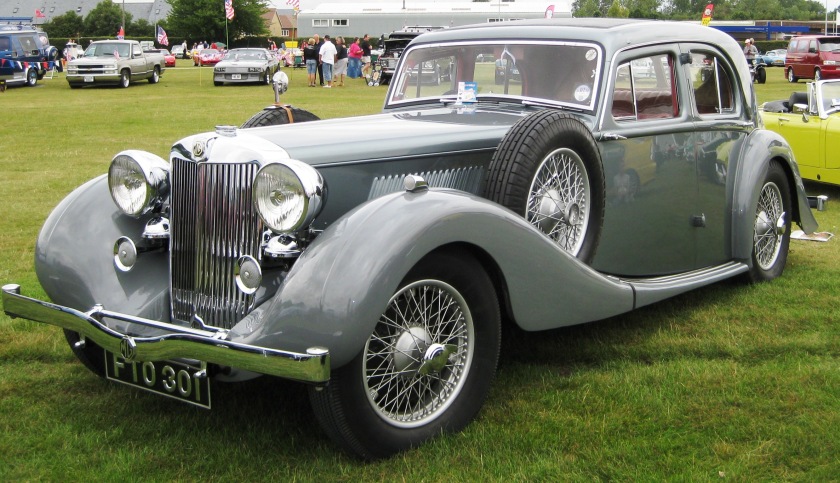
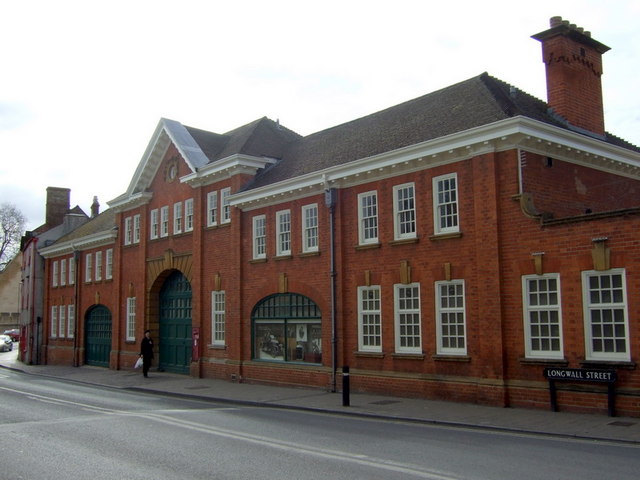
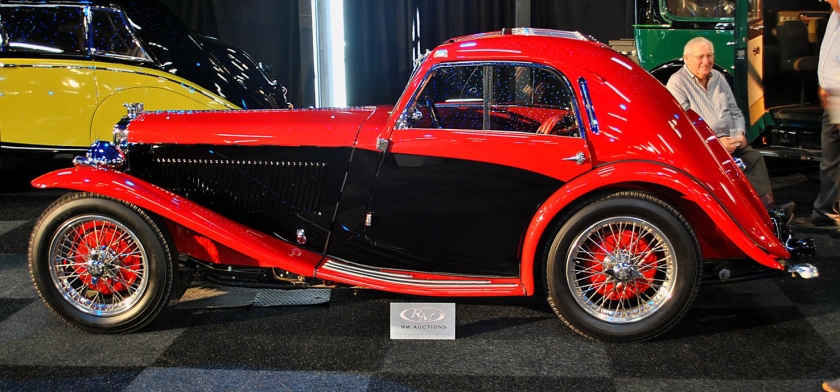
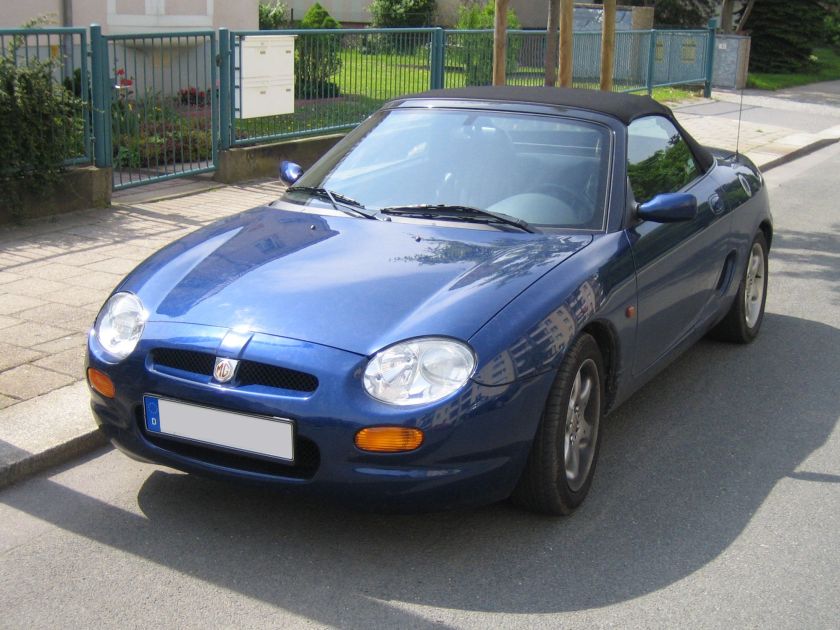
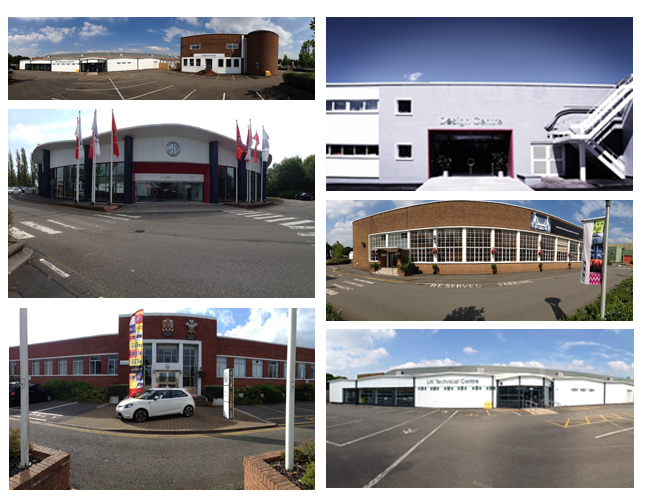

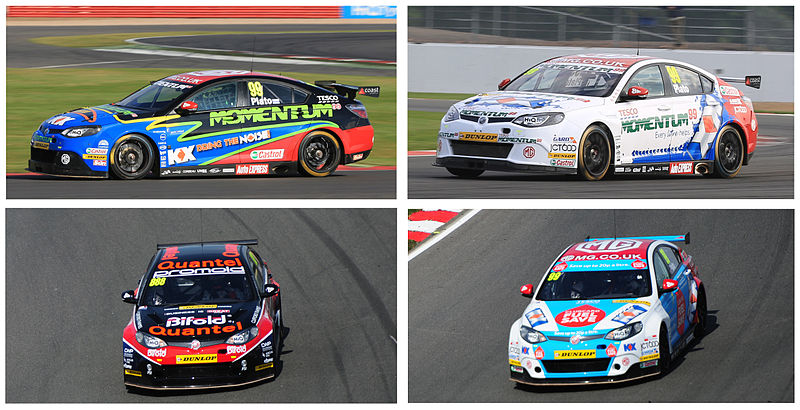
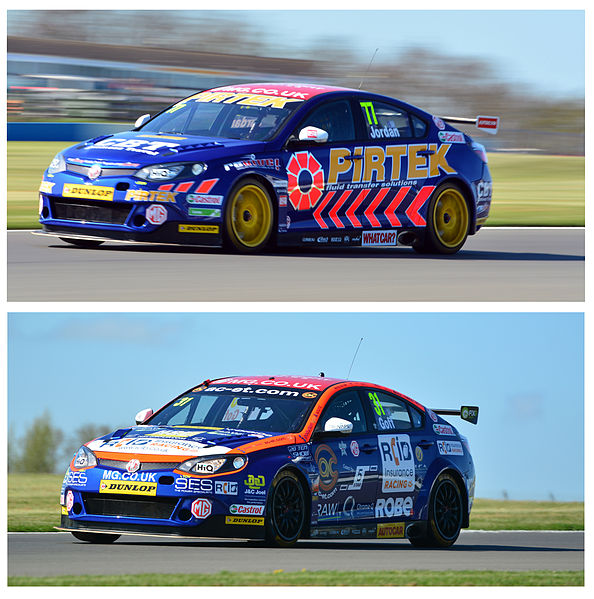
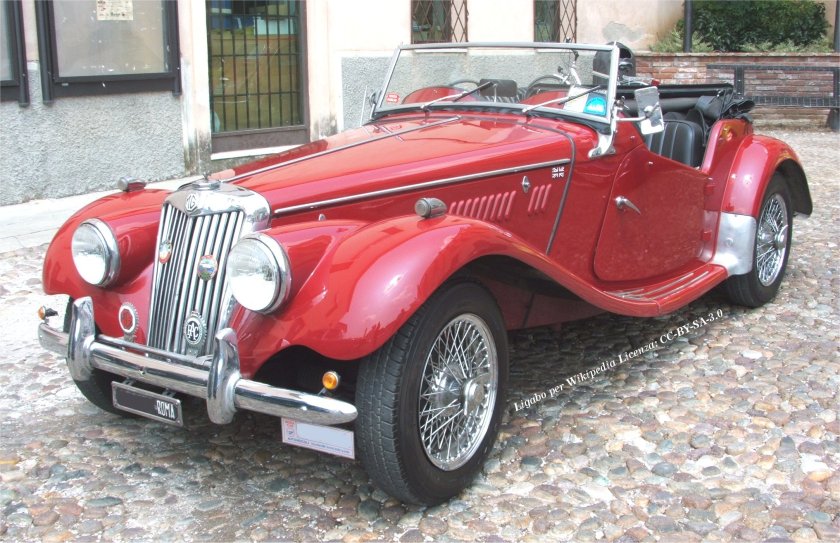
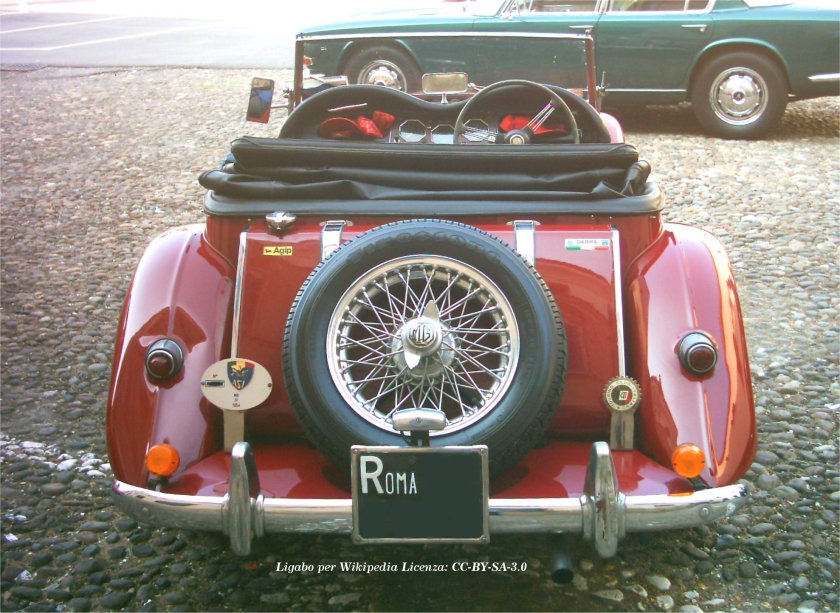
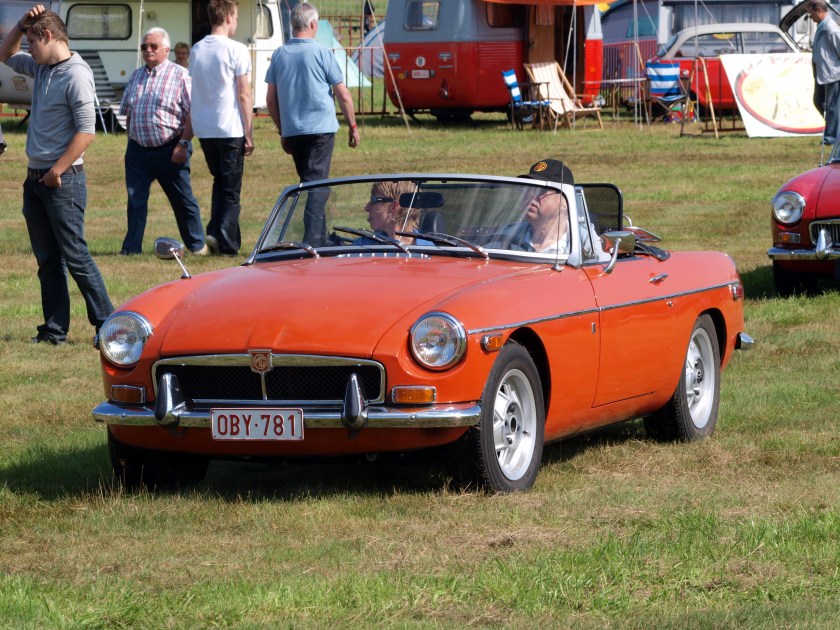
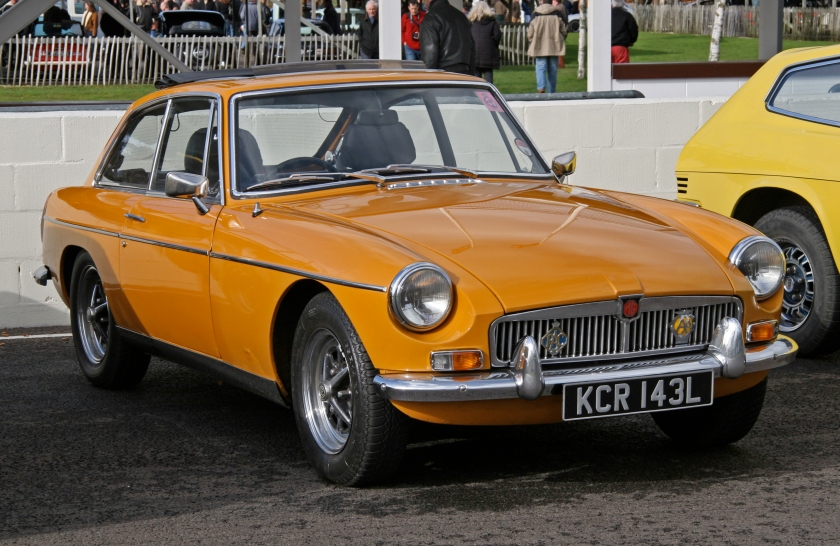
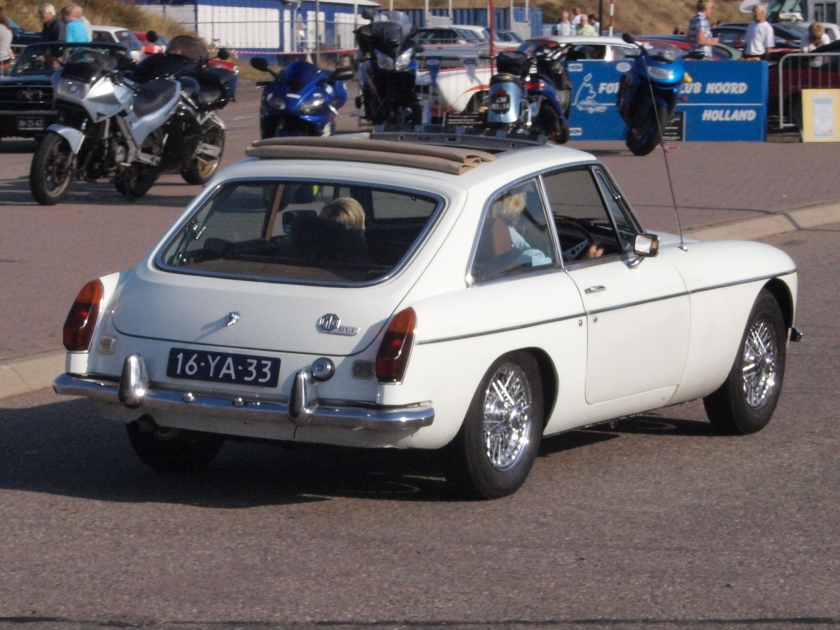
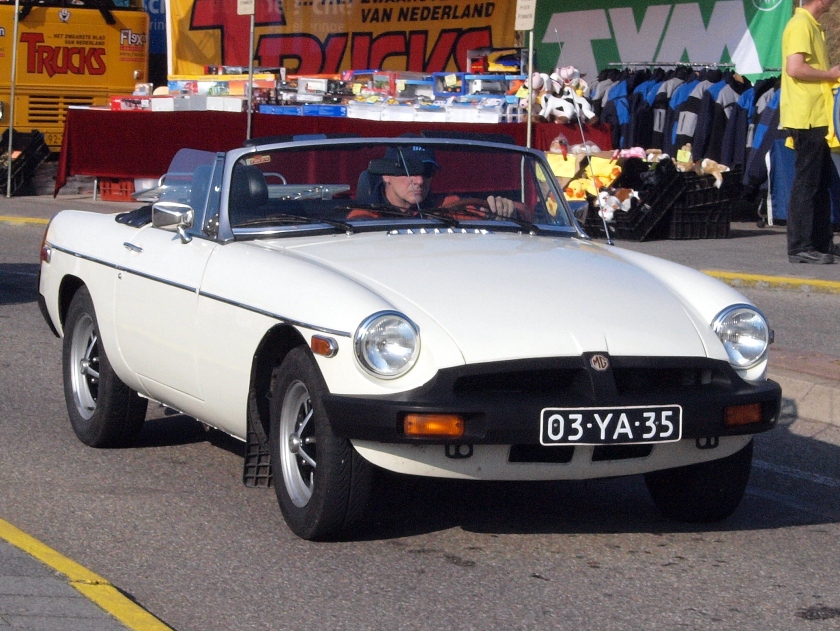
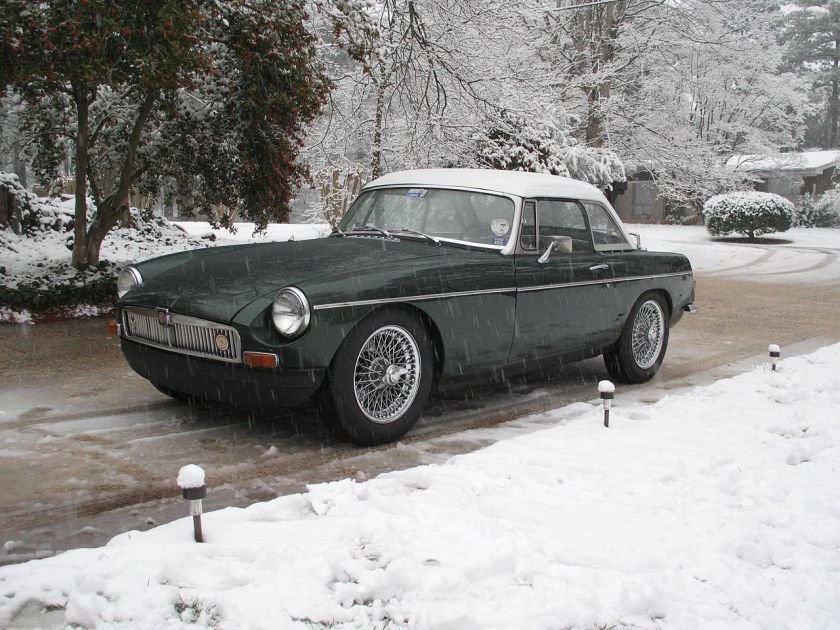
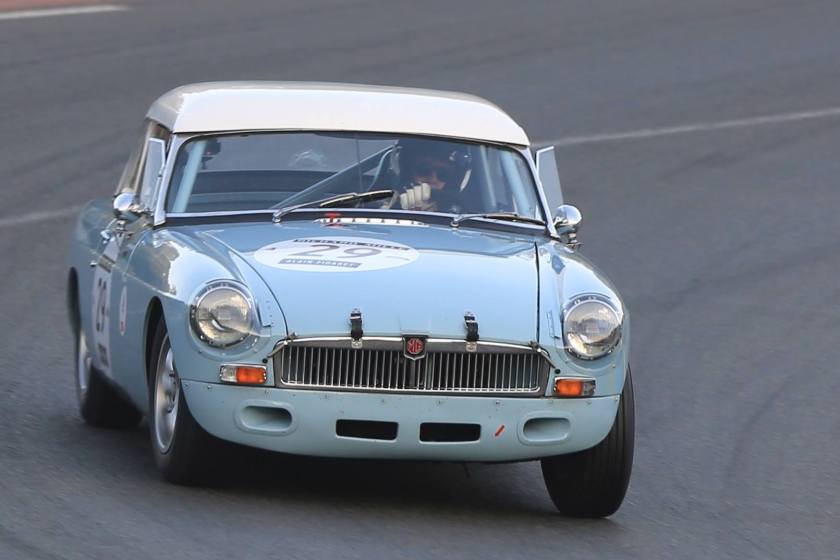
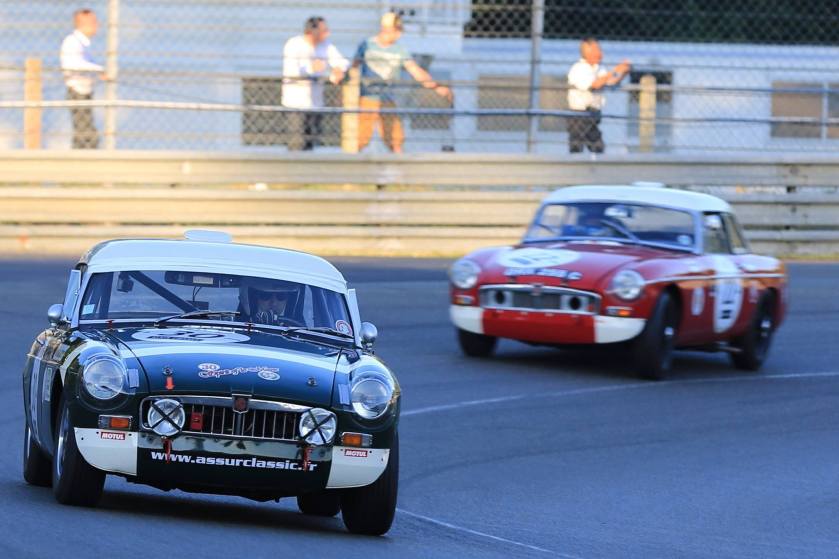
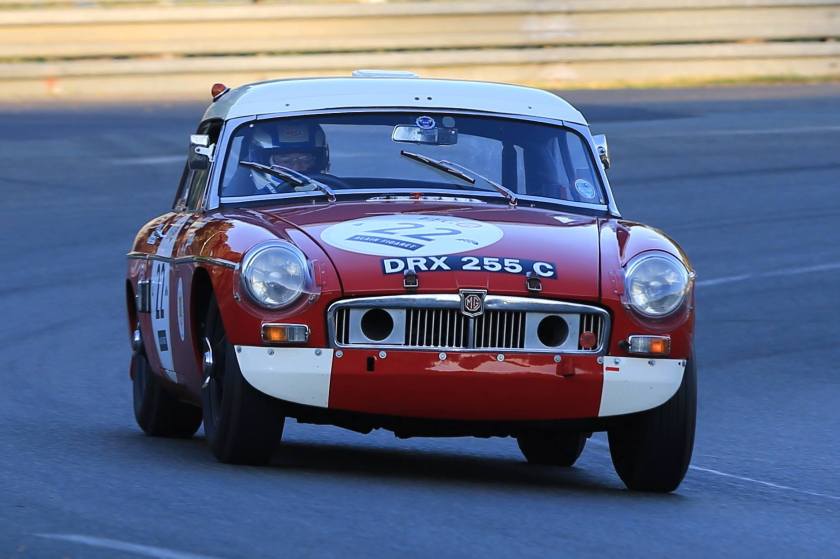
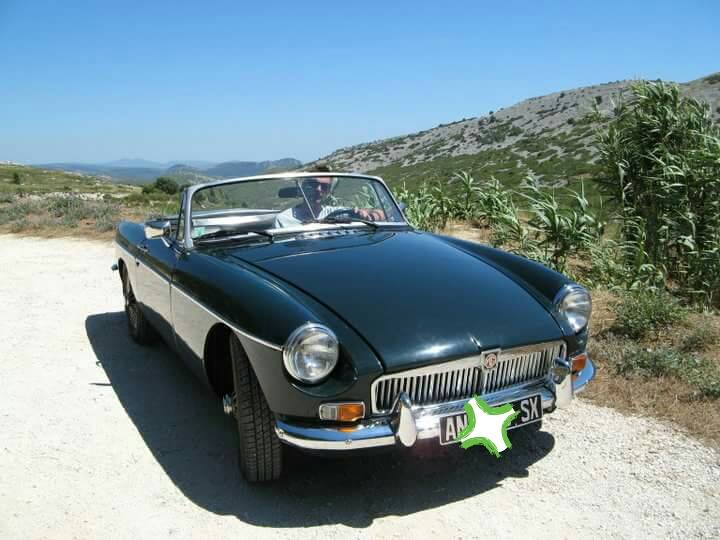
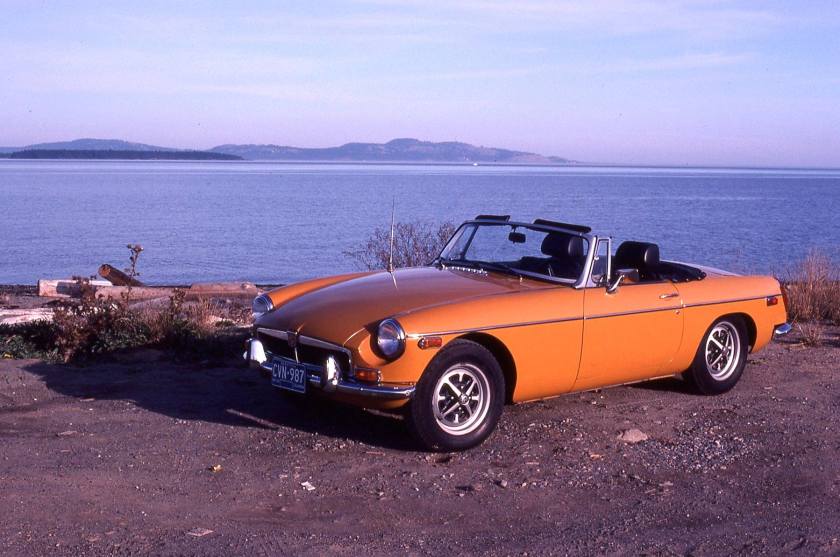
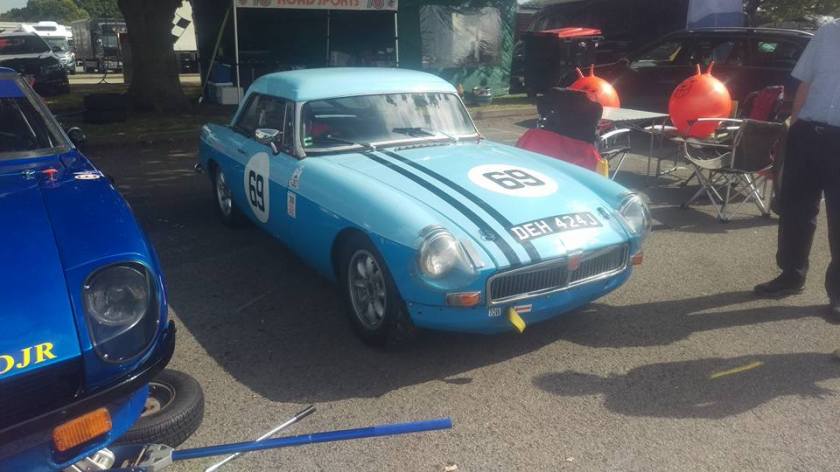
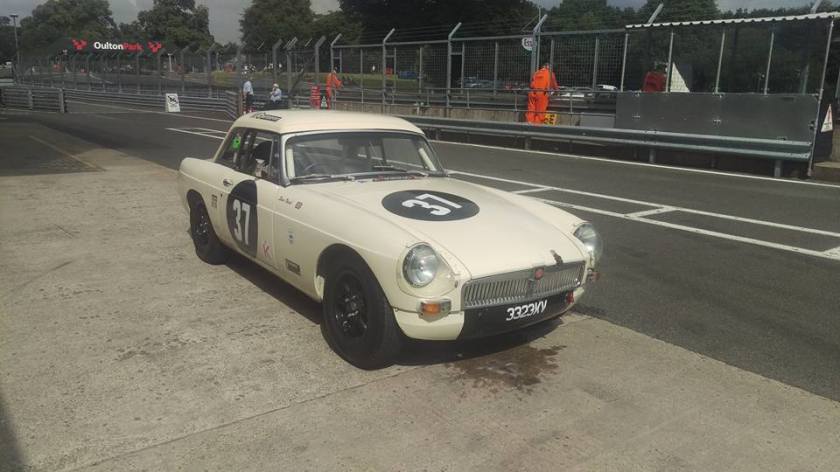
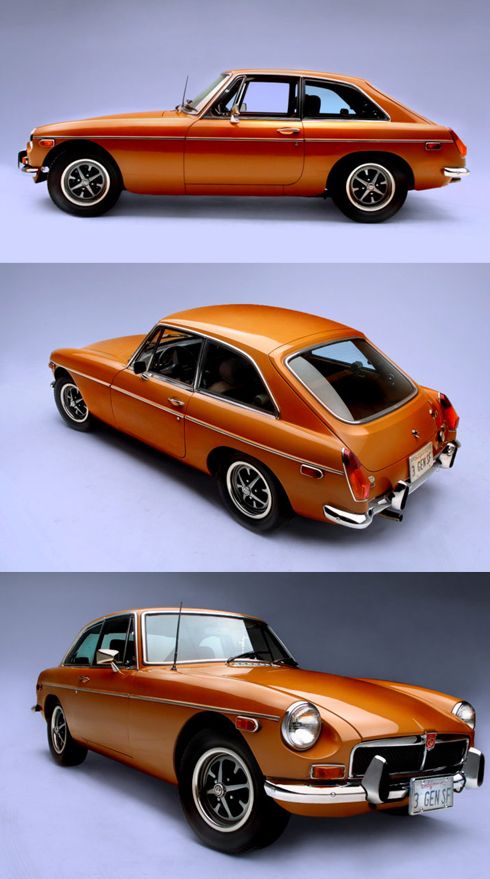
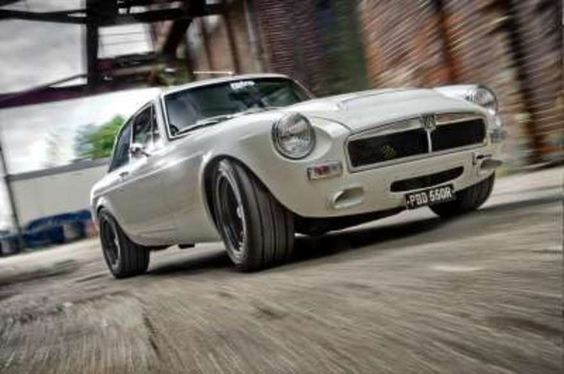
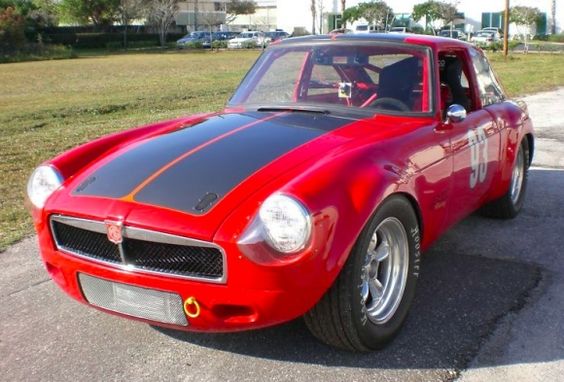
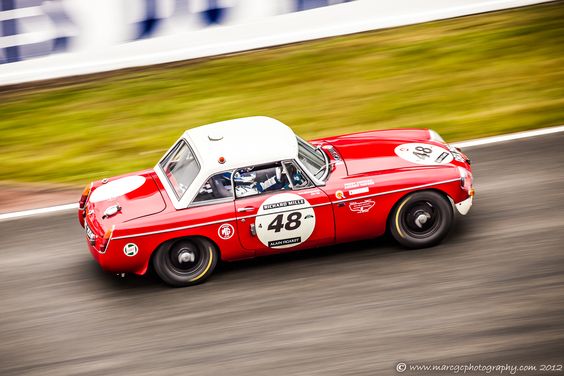
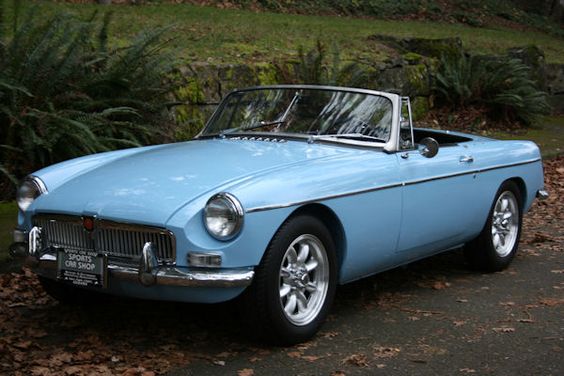
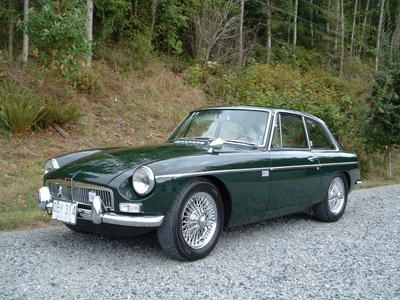
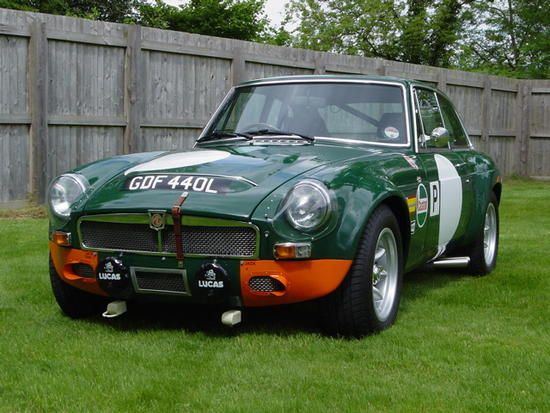
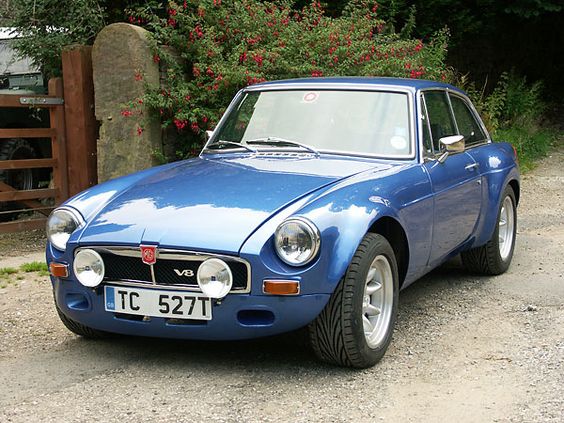
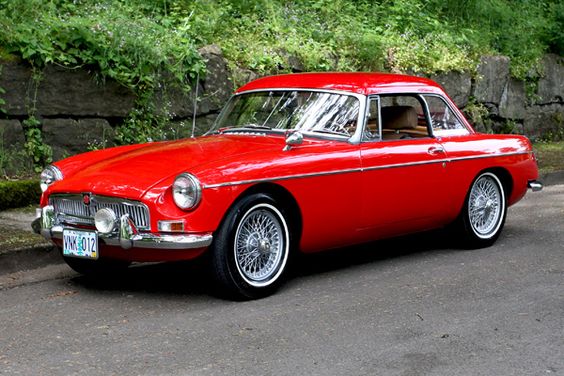

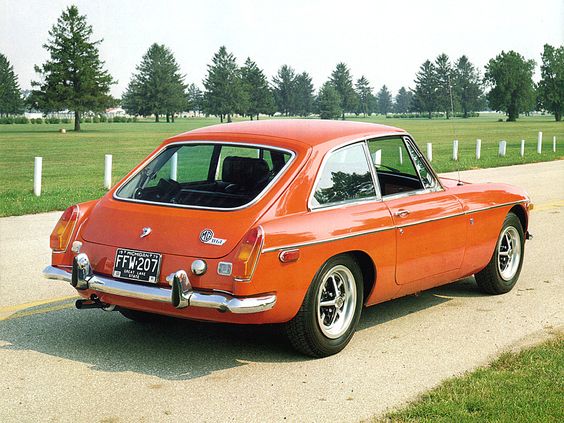
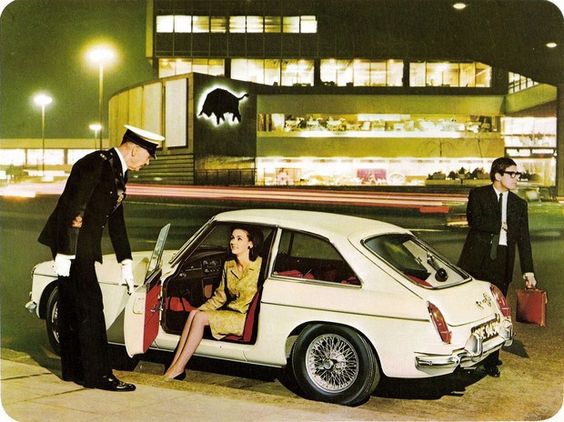
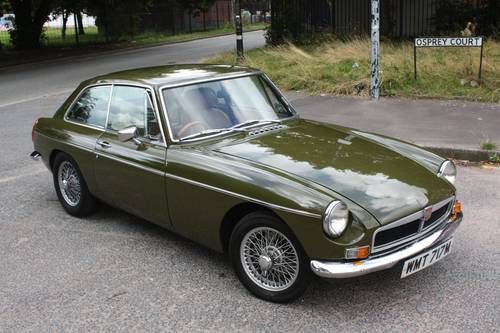
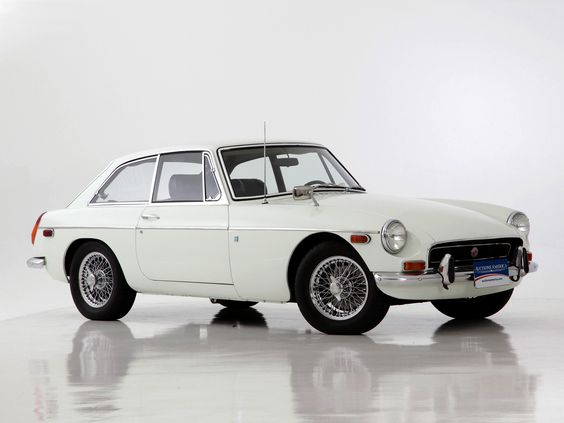
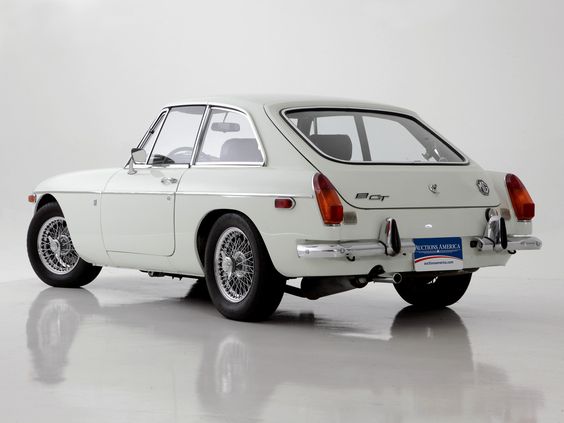
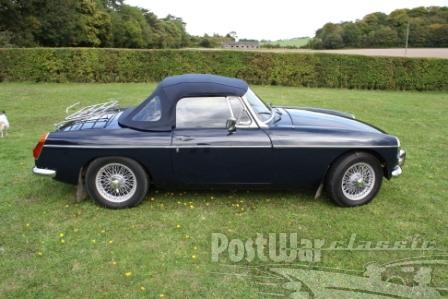
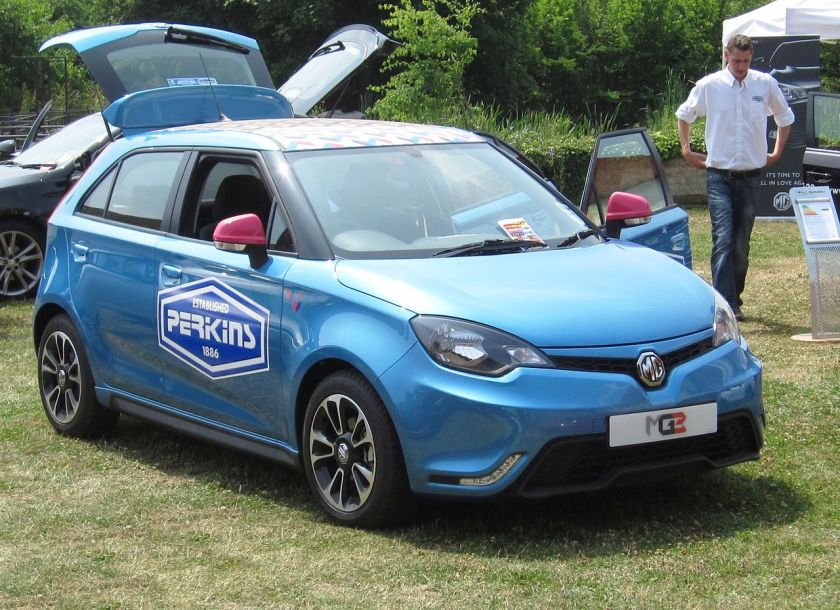
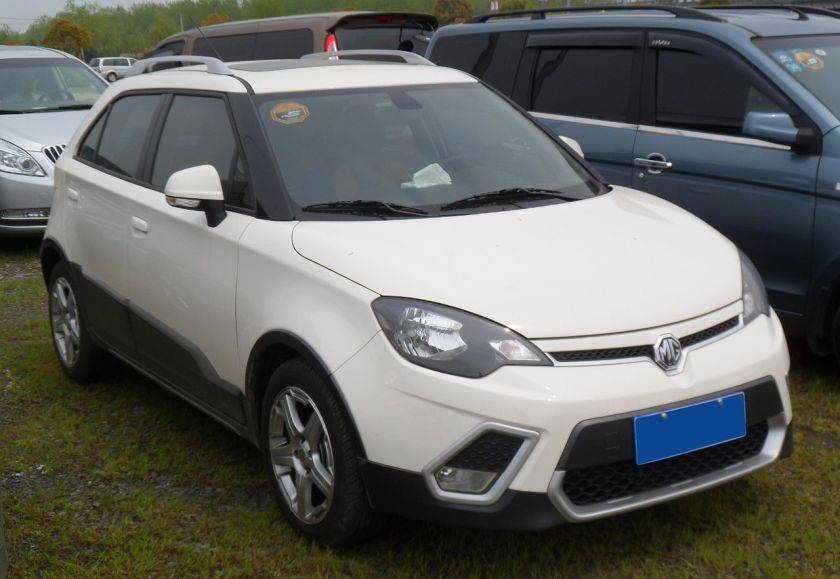
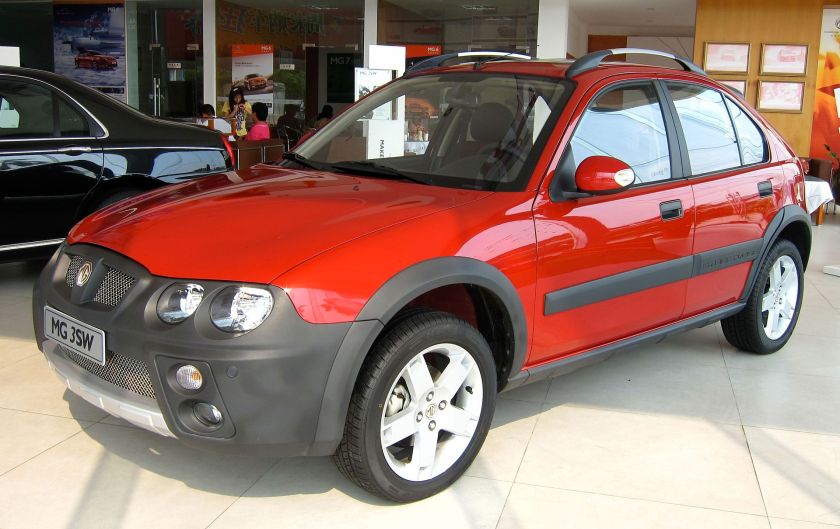
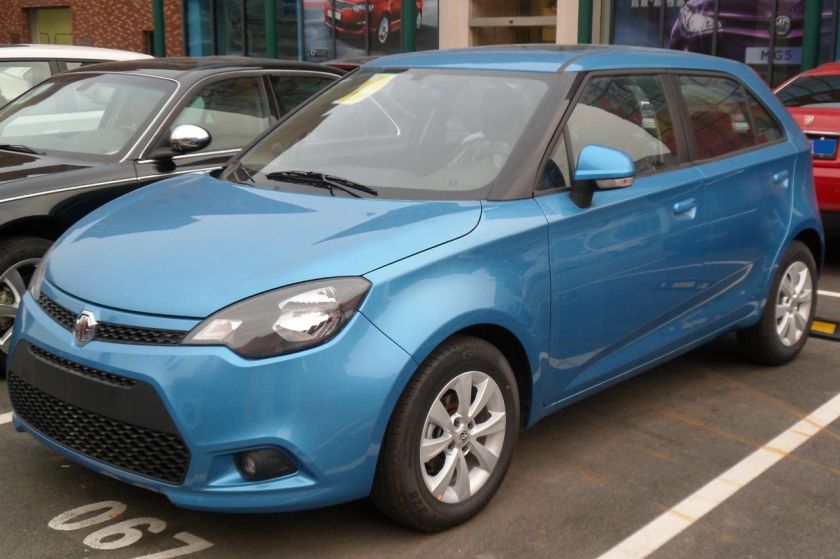
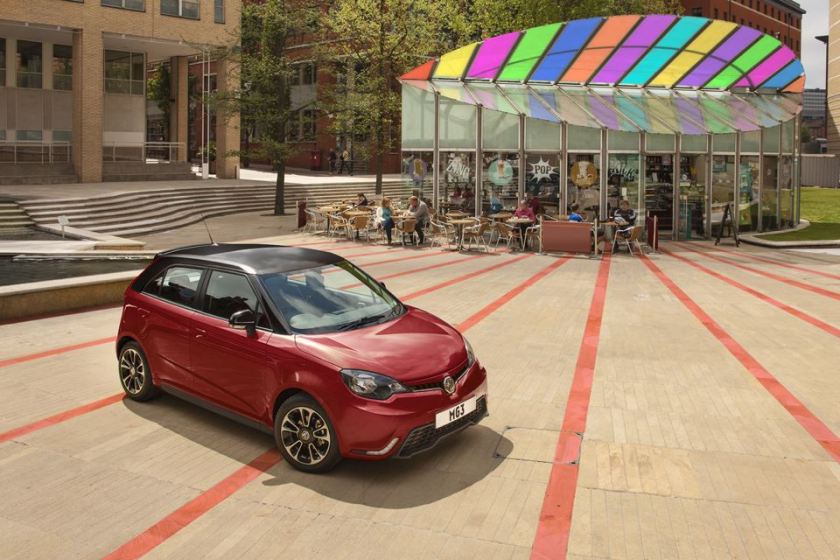
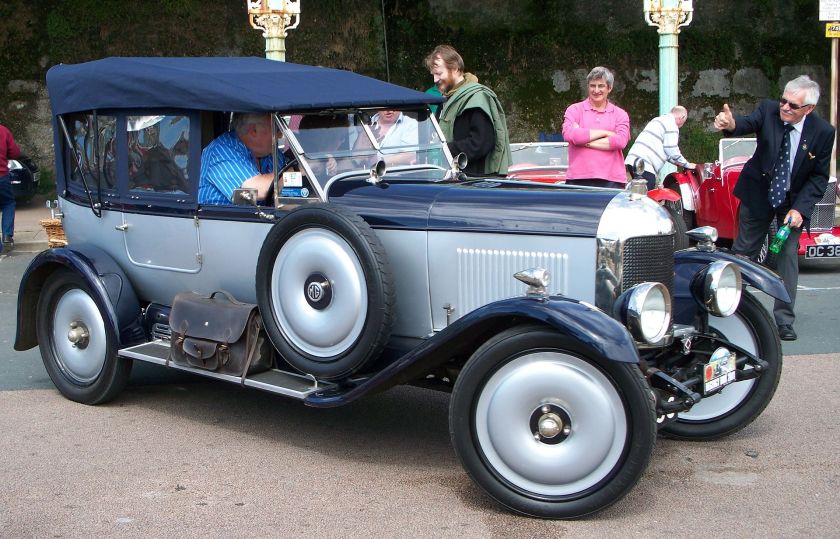
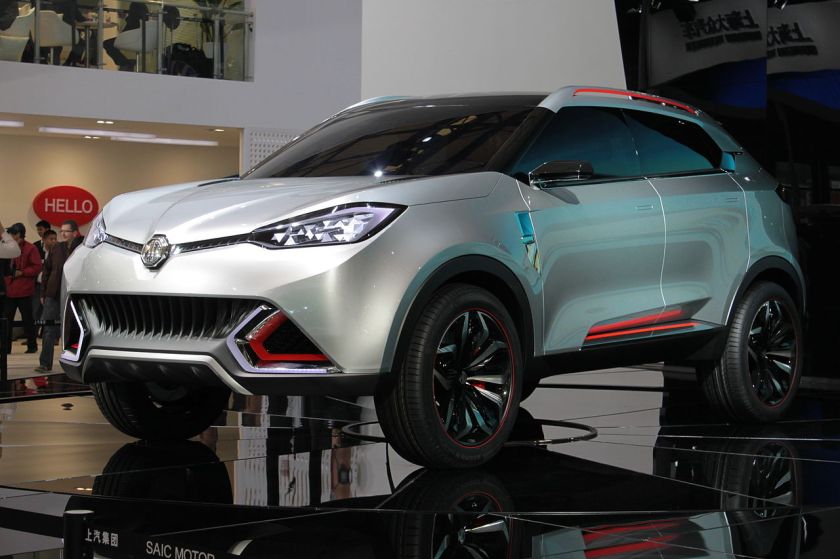
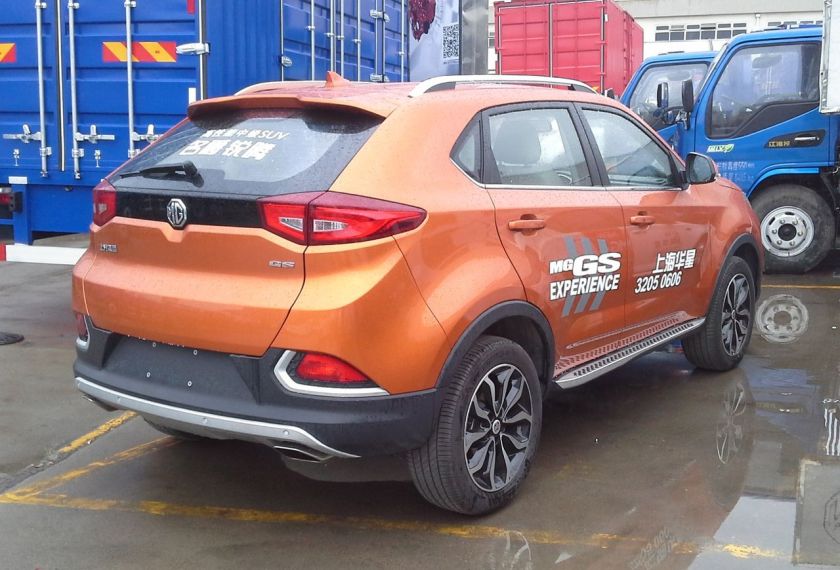
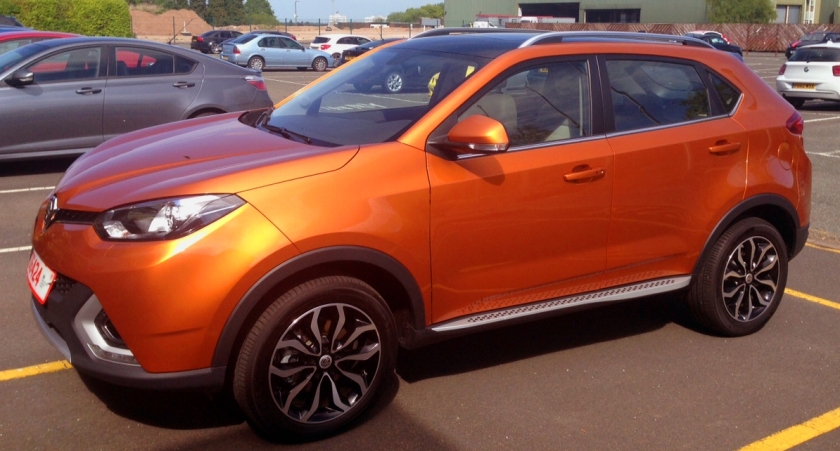

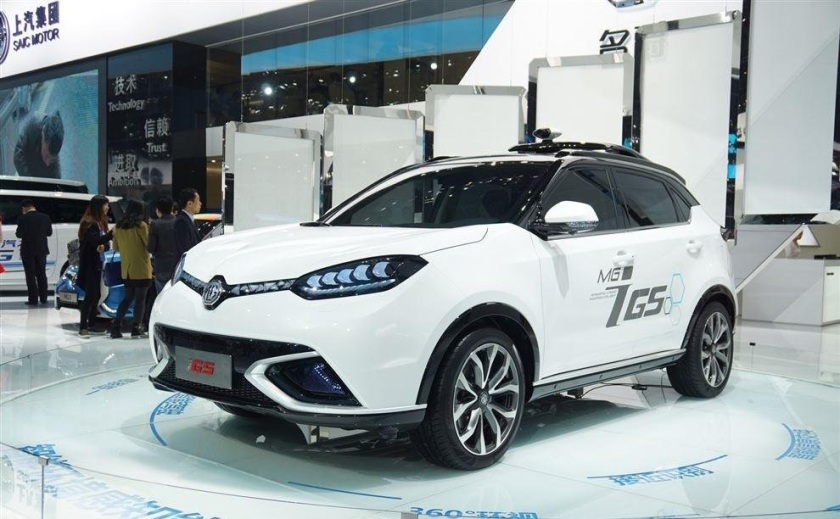
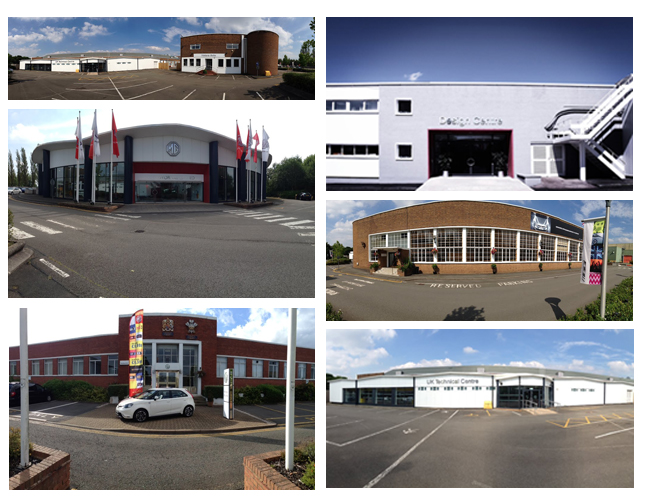
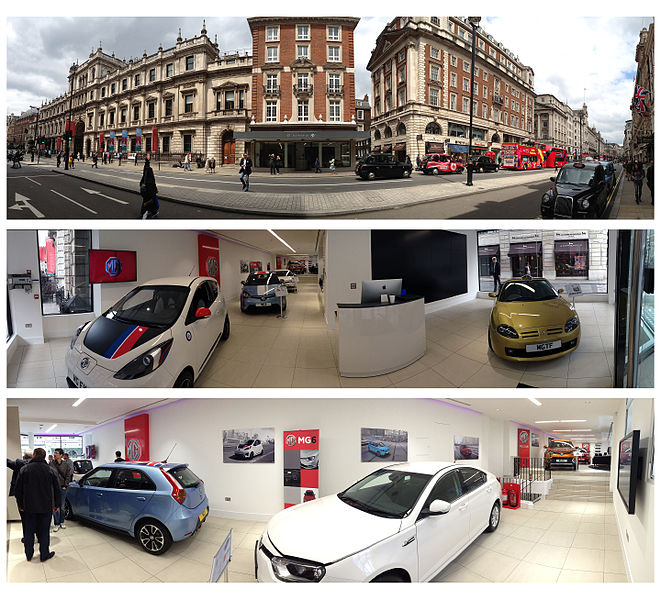
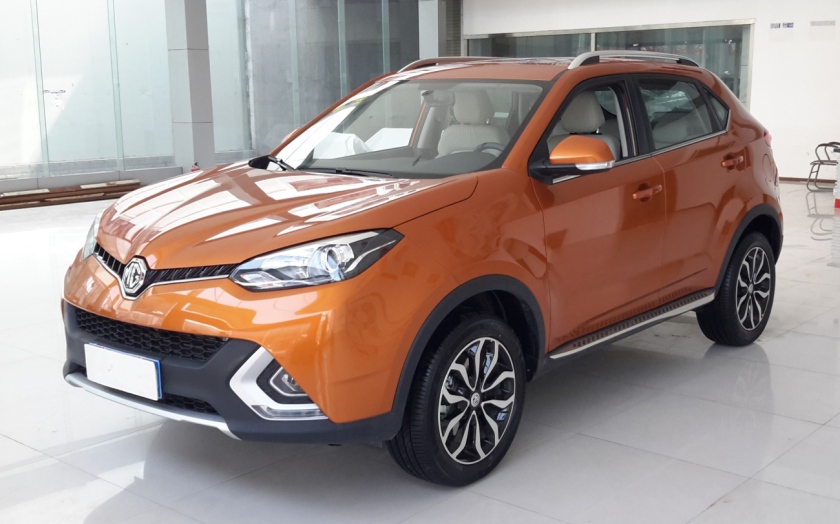
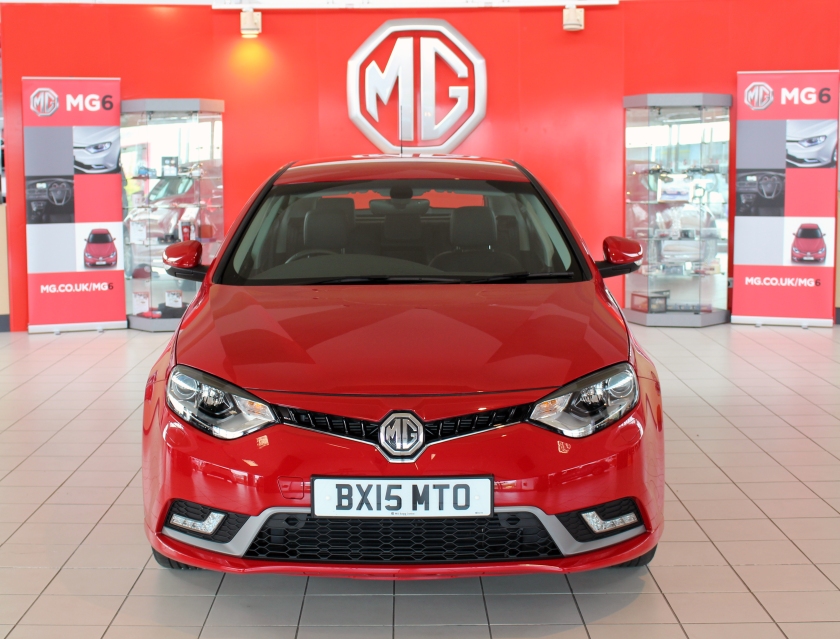
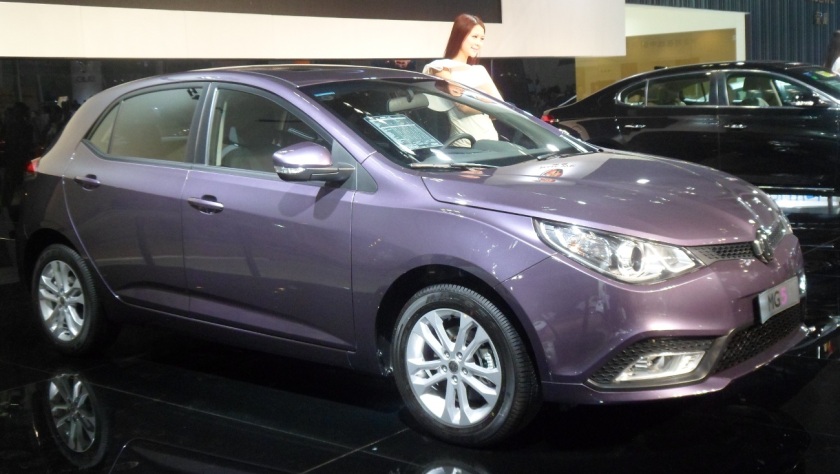
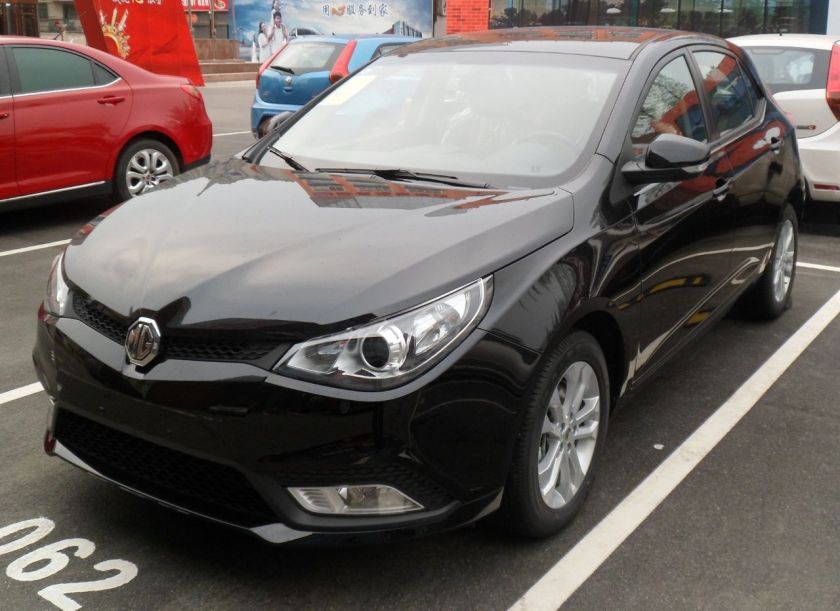
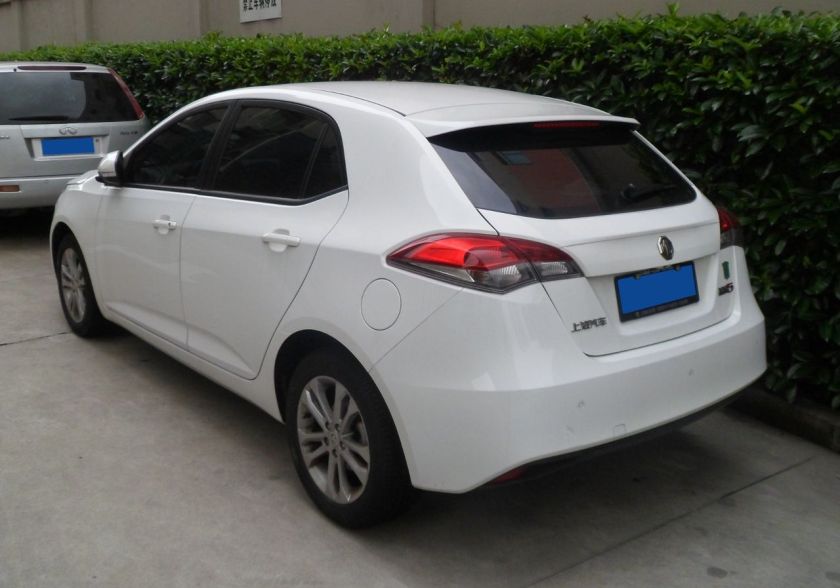
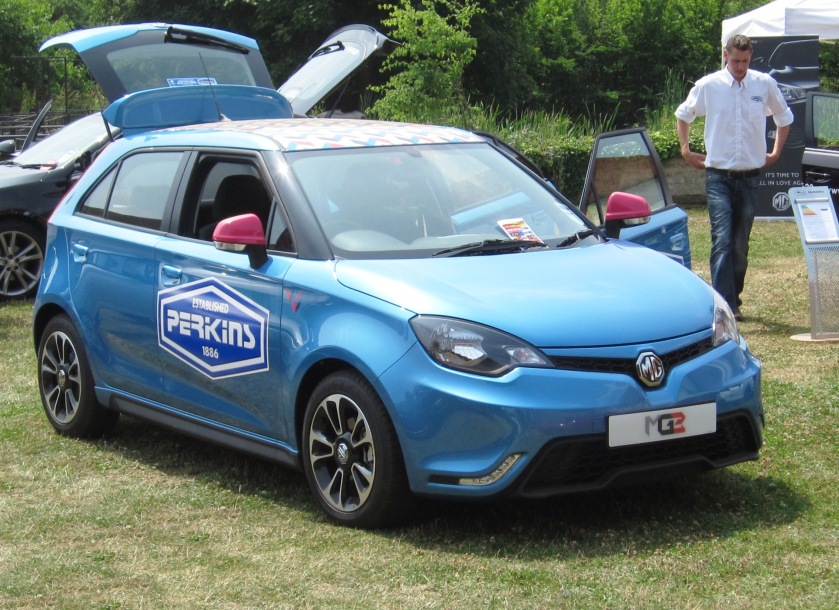
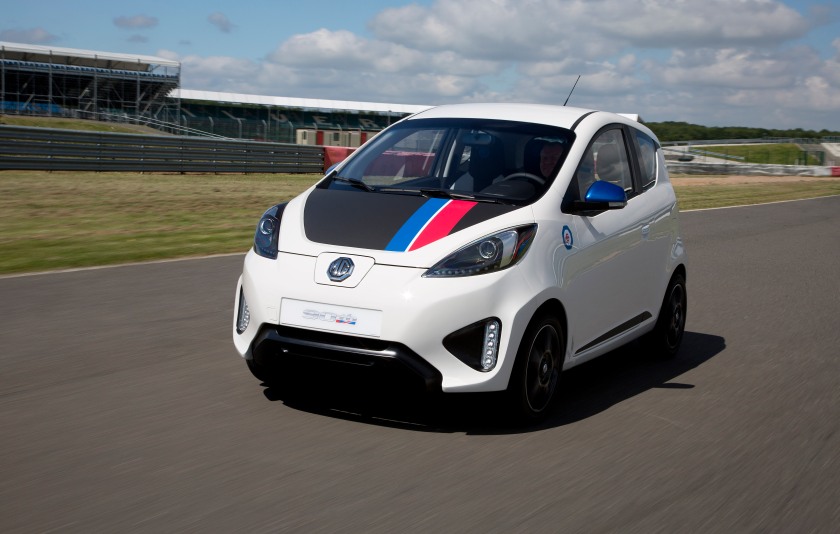
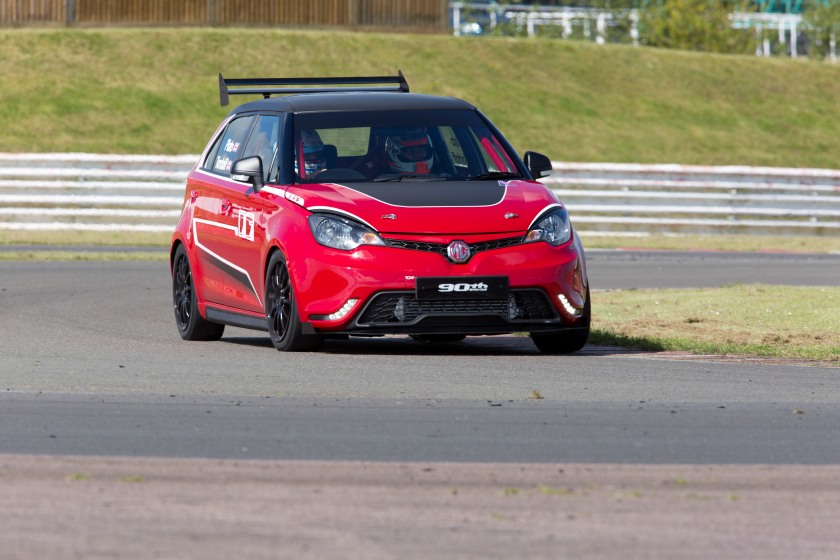
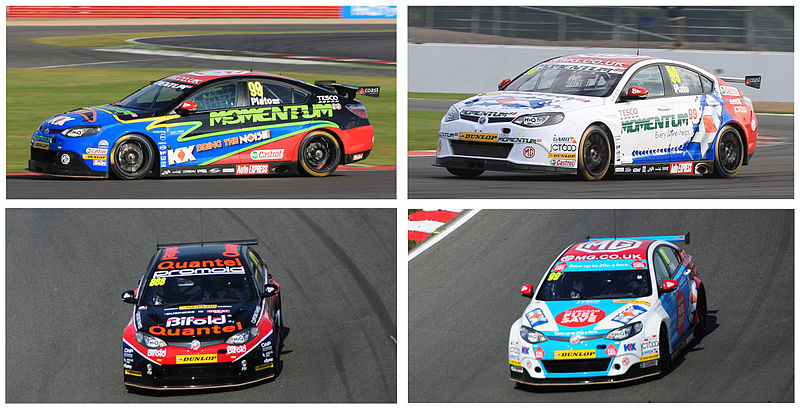
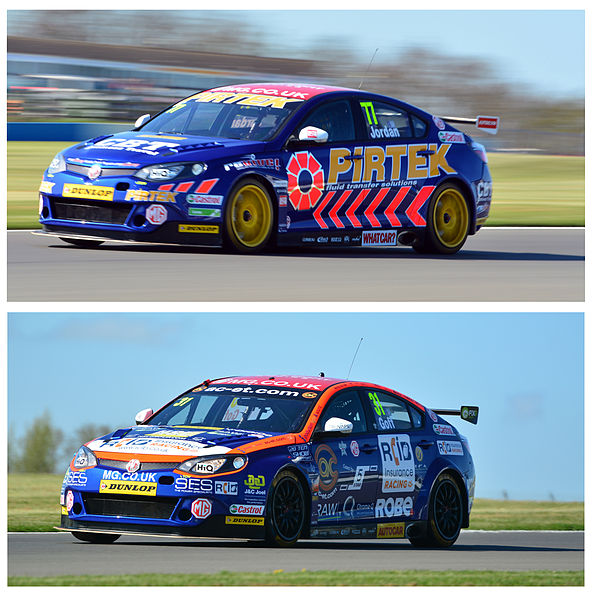
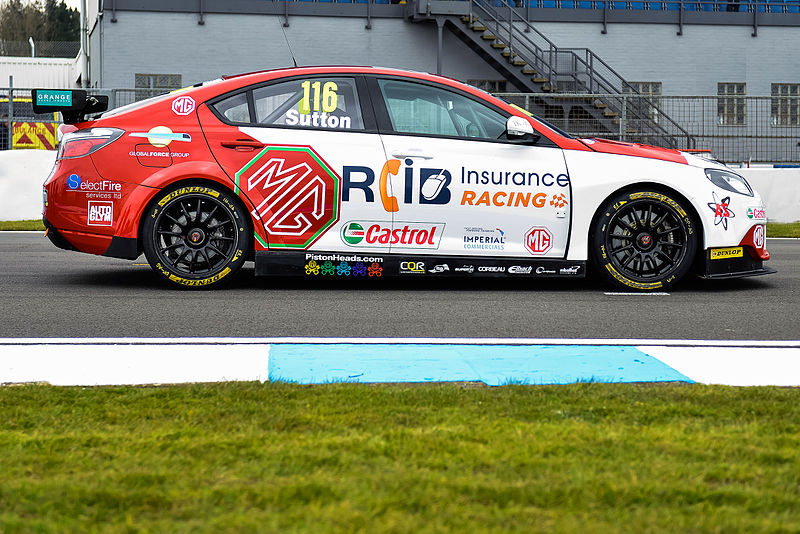

![1991 Leyland DAF 400 [V400]](https://myntransportblog.wordpress.com/wp-content/uploads/2014/05/1991-leyland-daf-400-v400.jpg?w=840)
